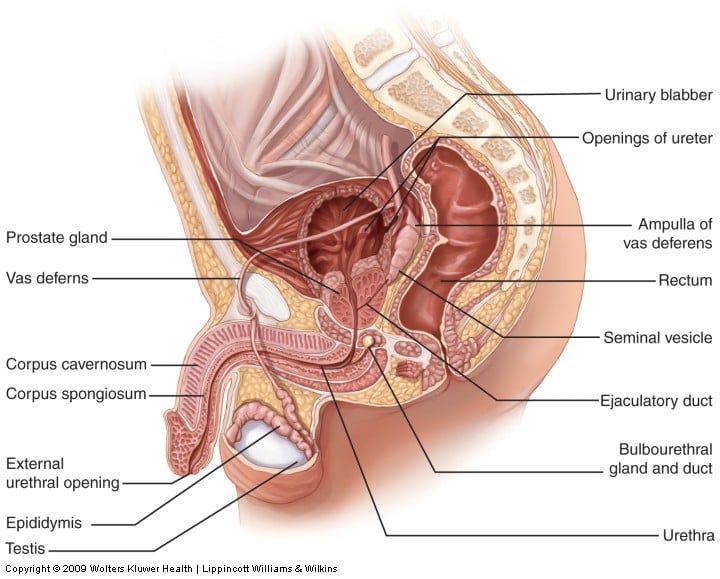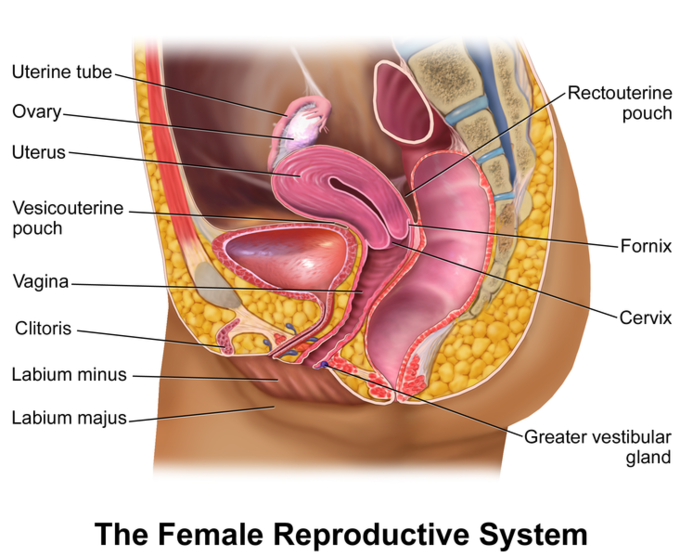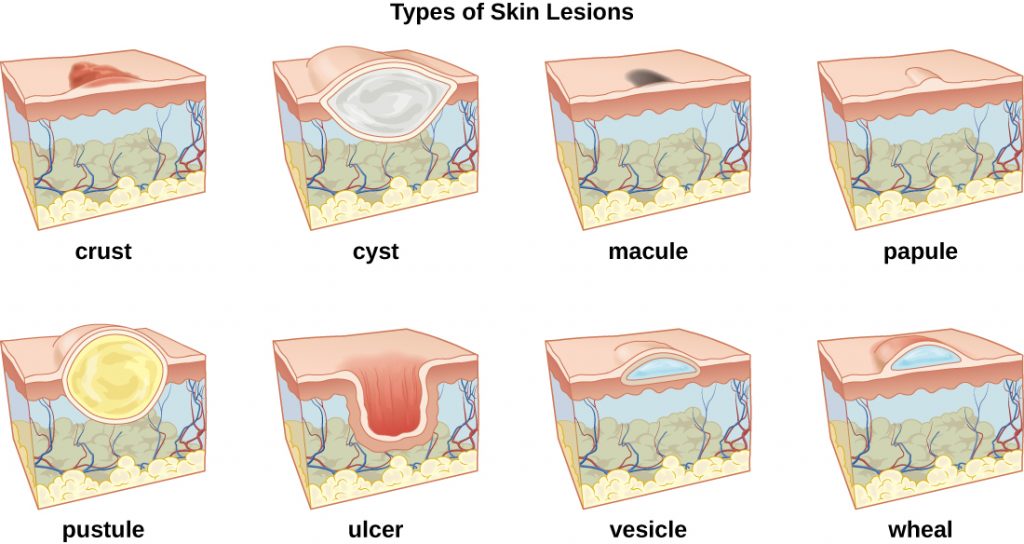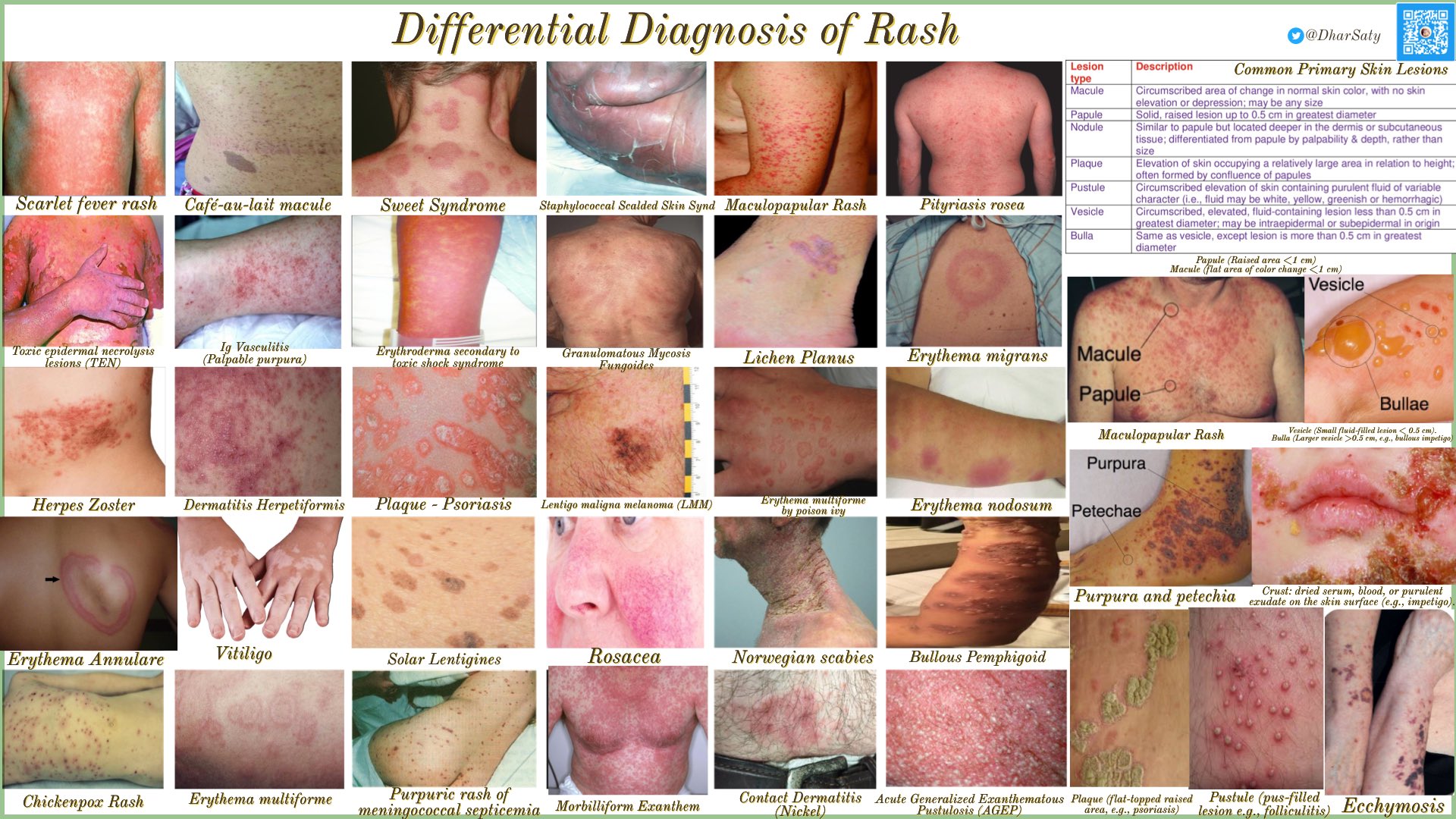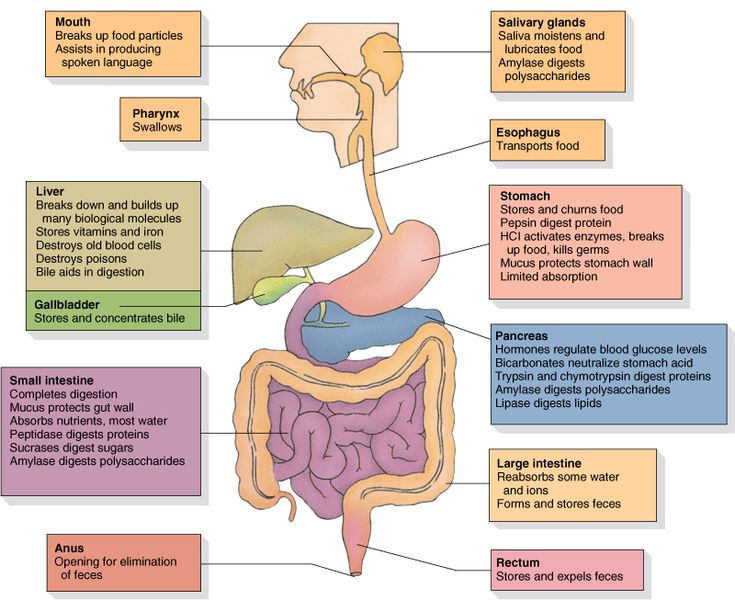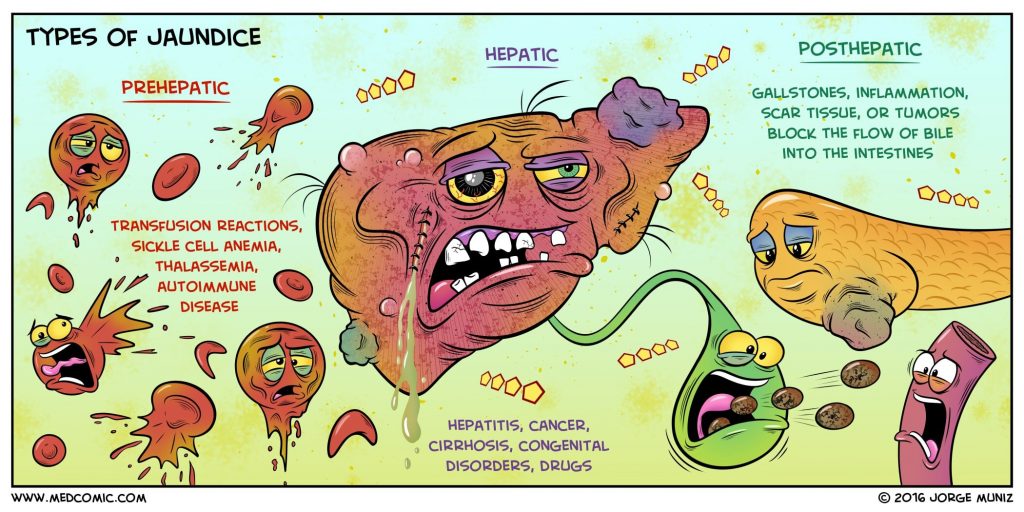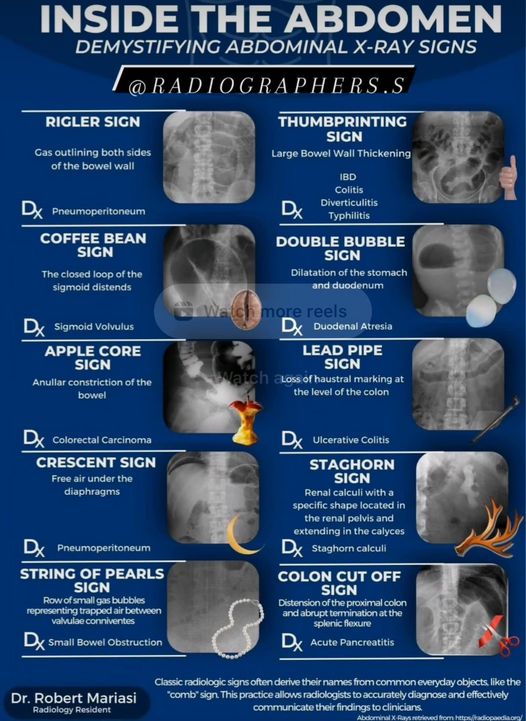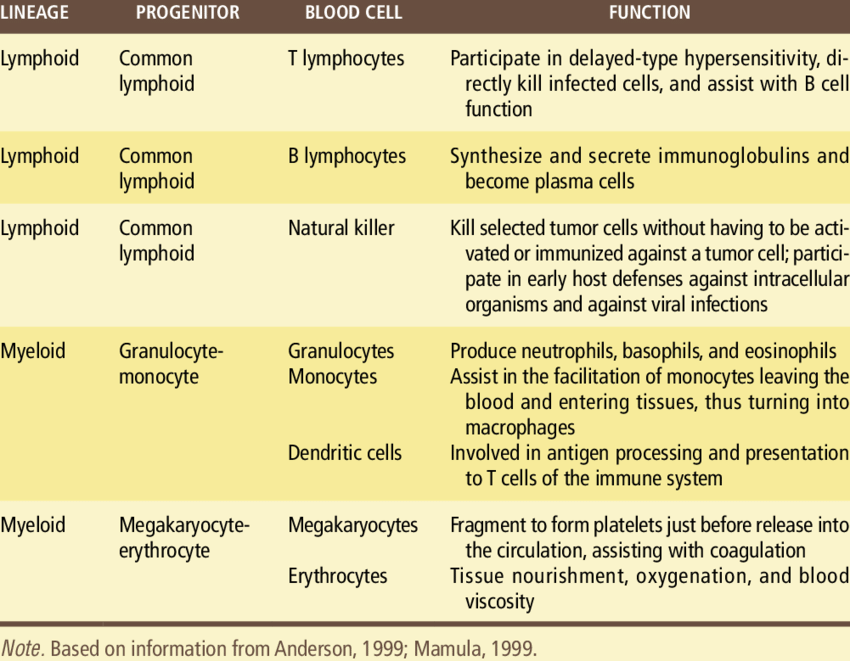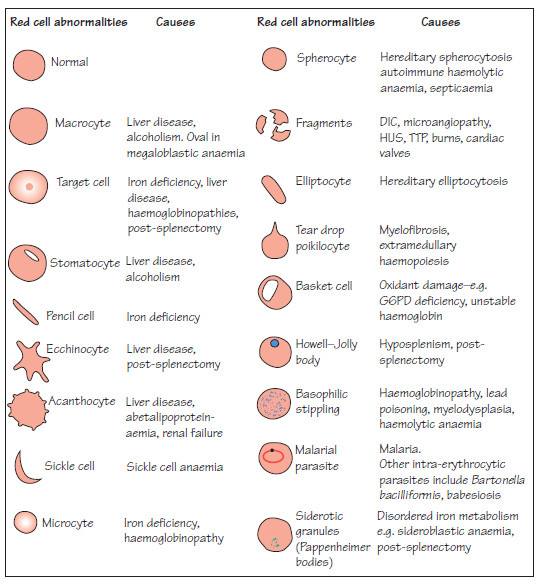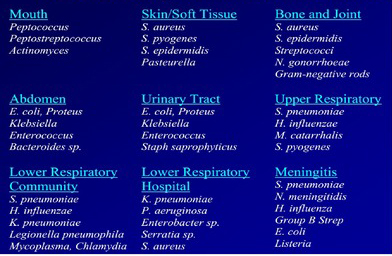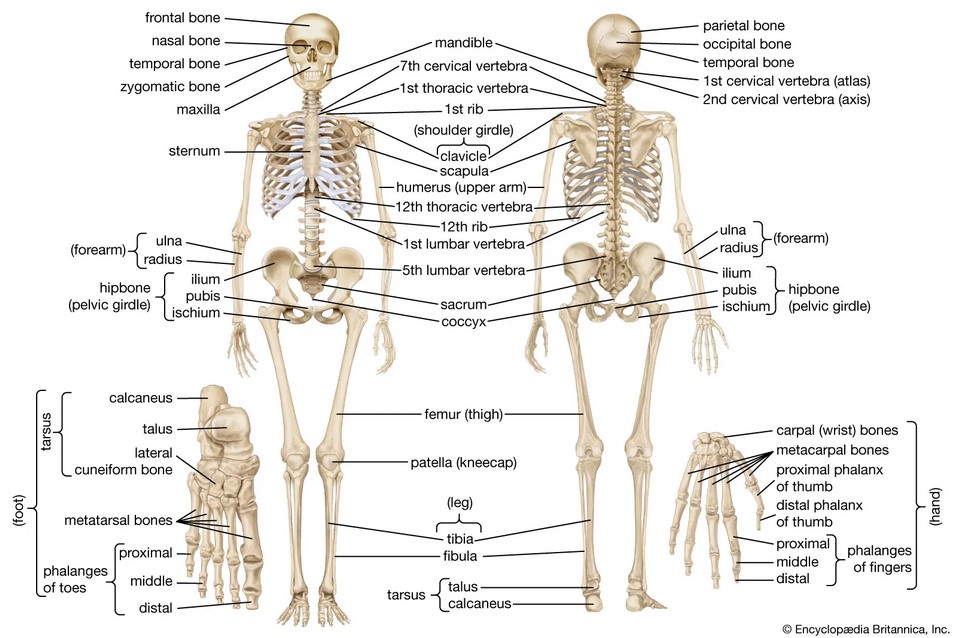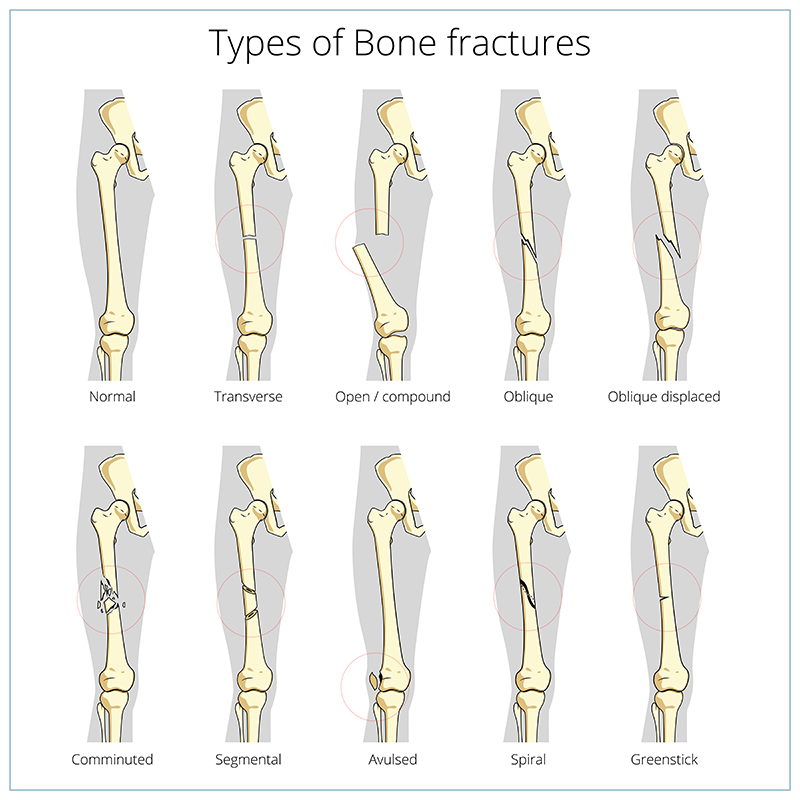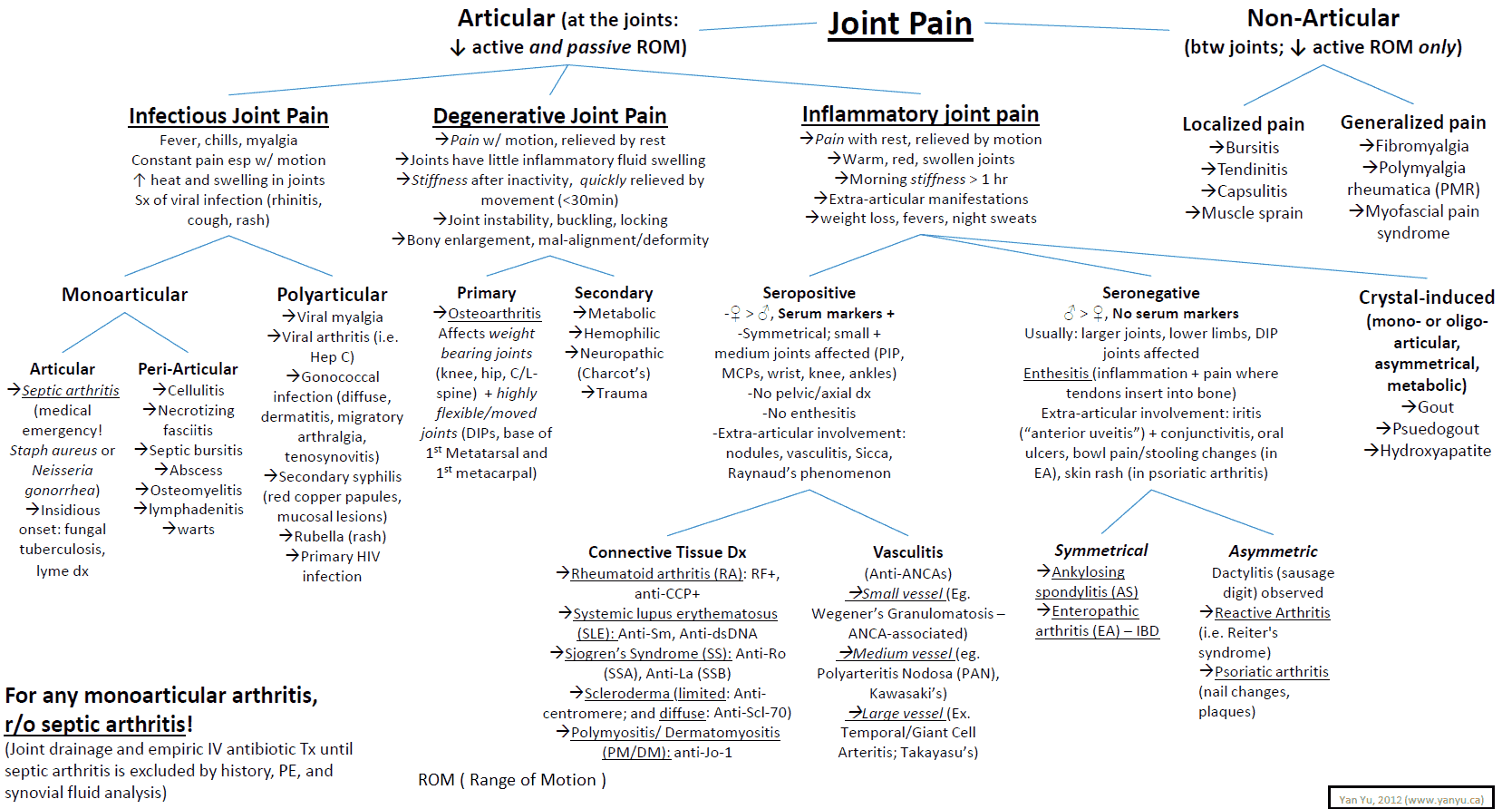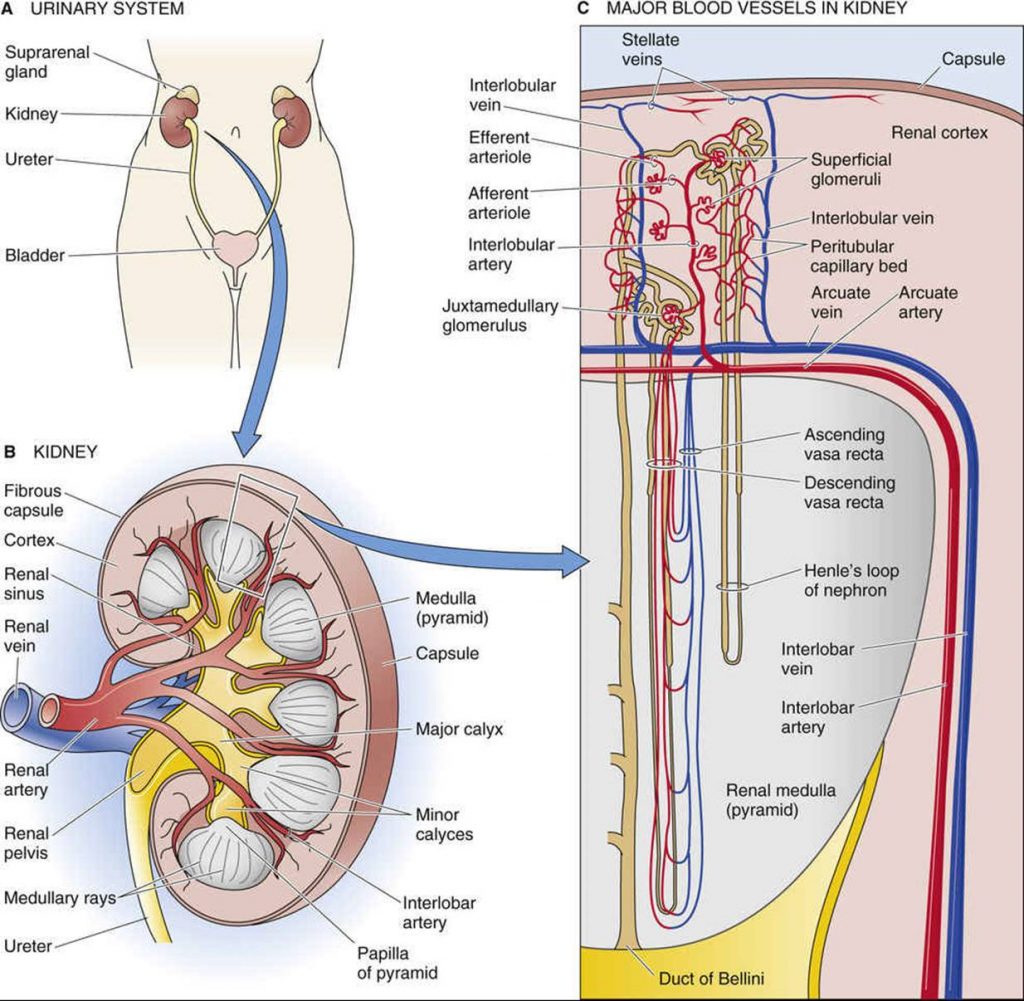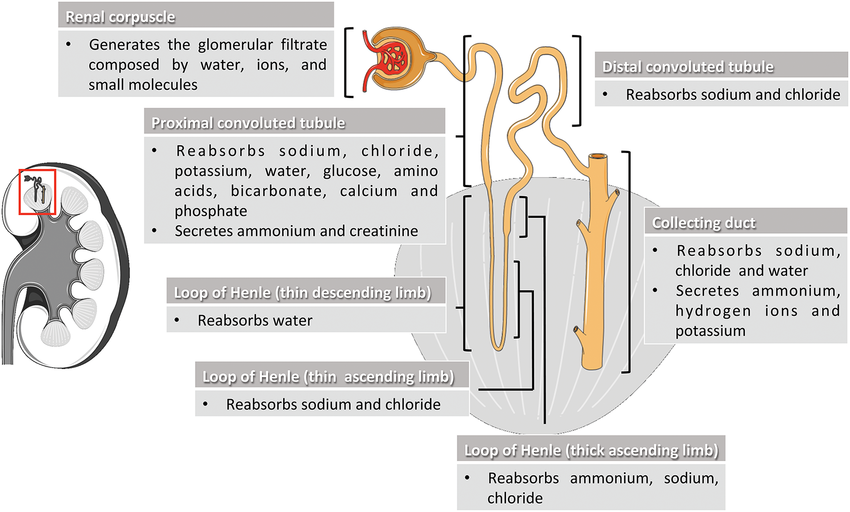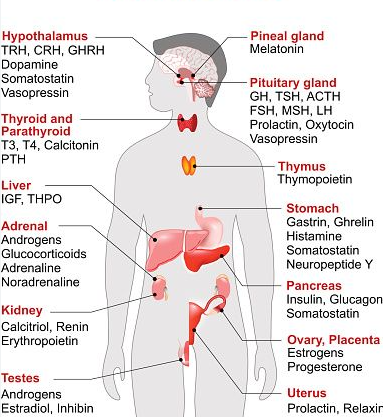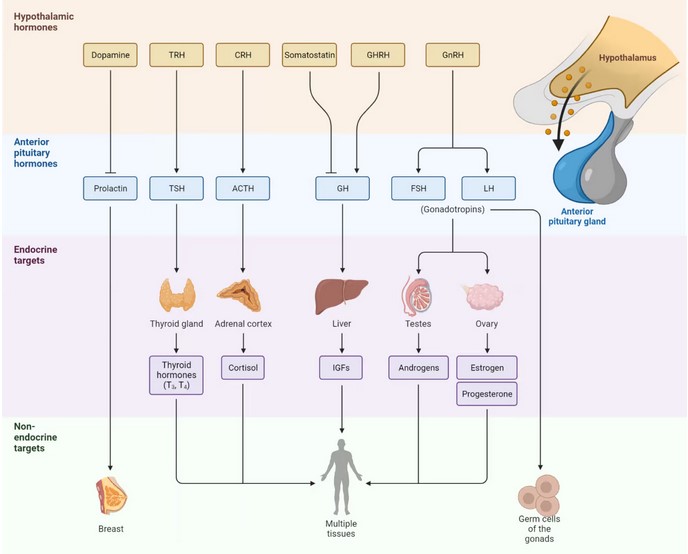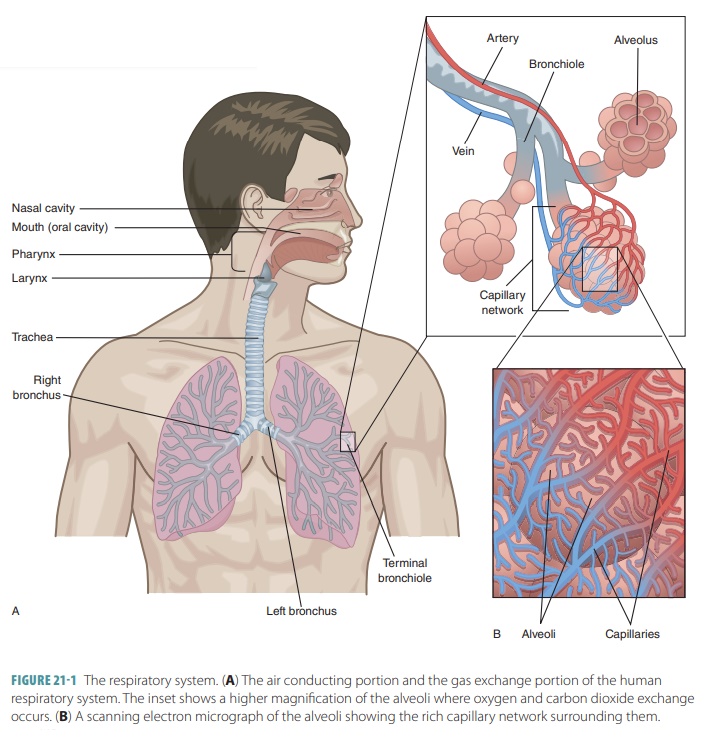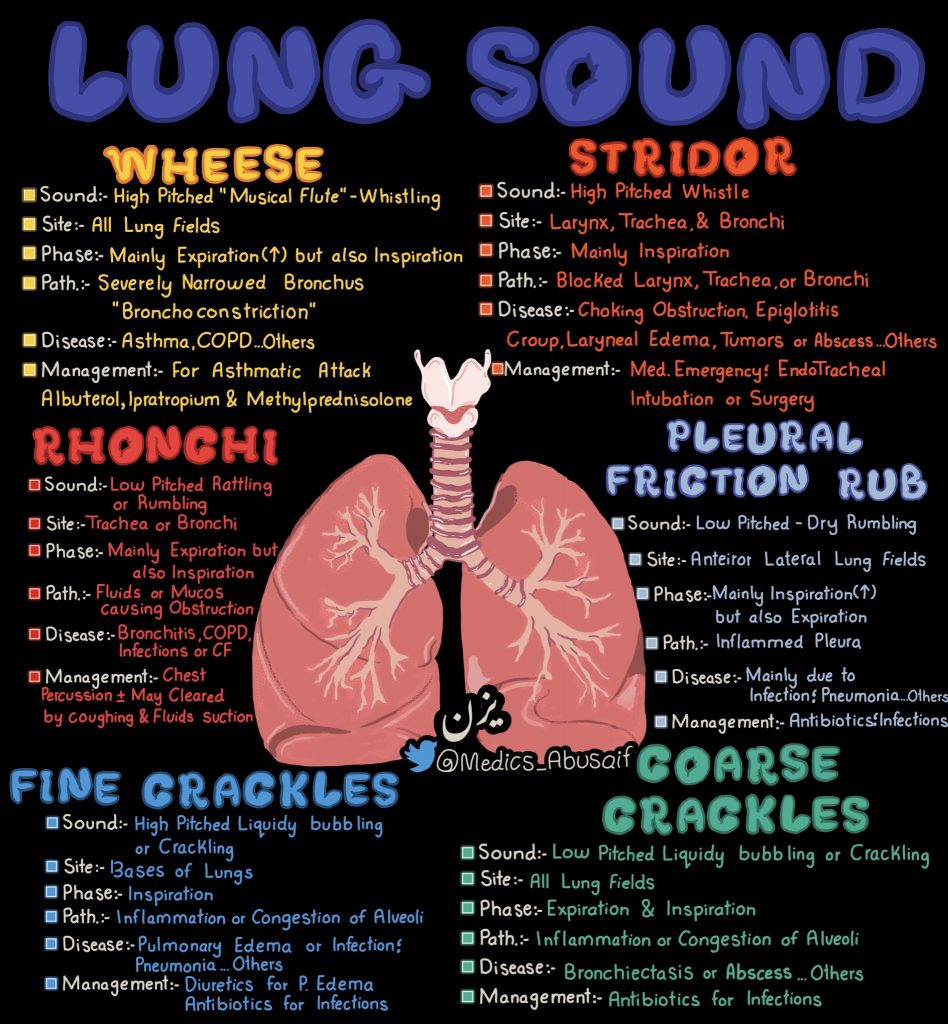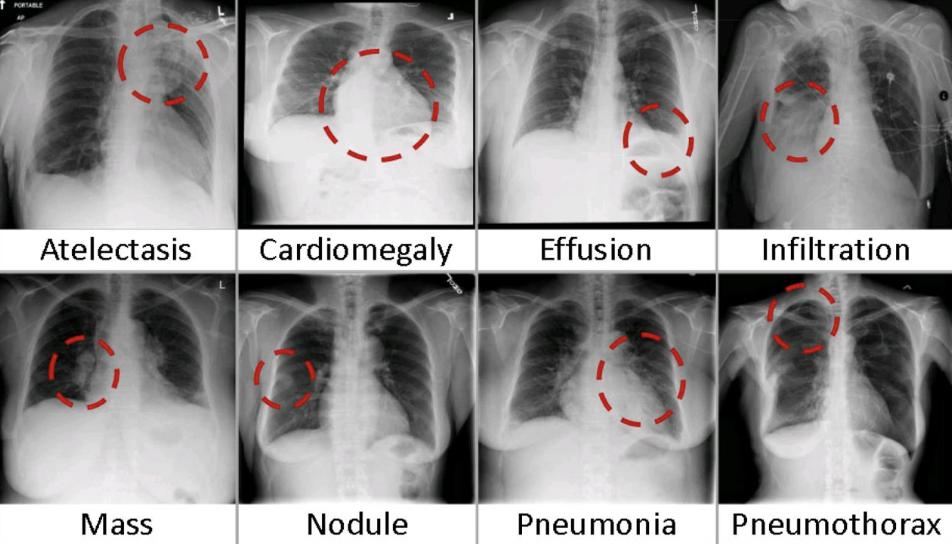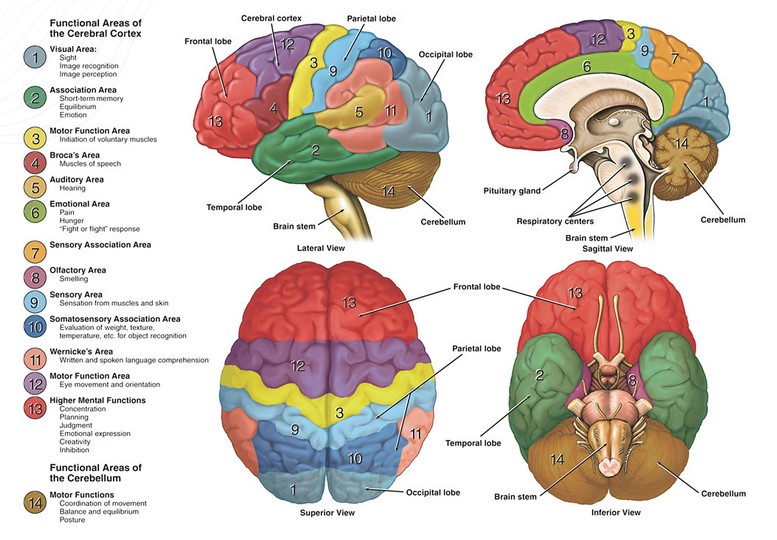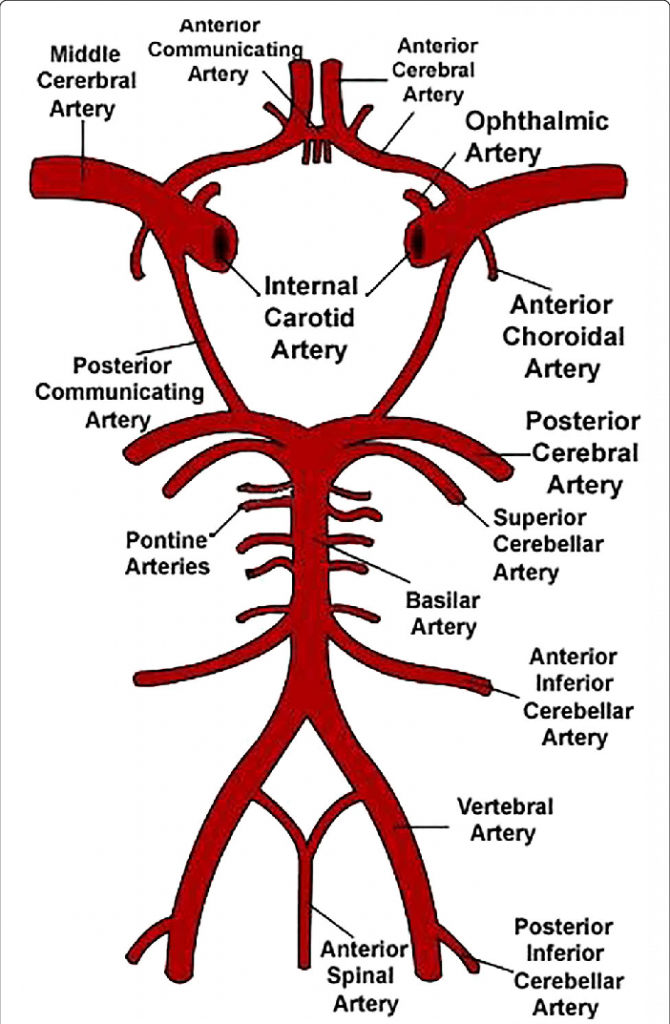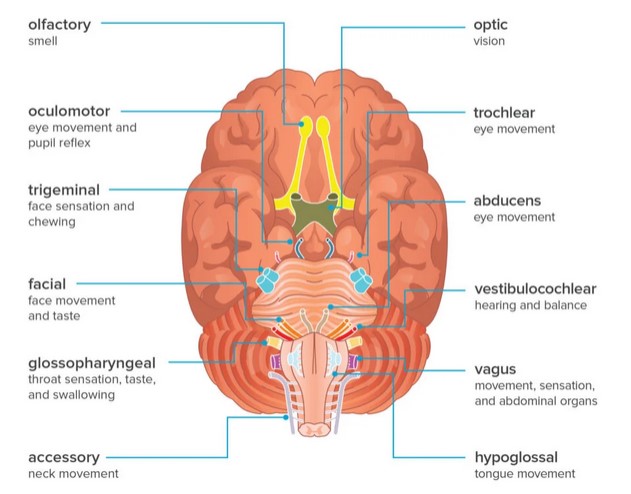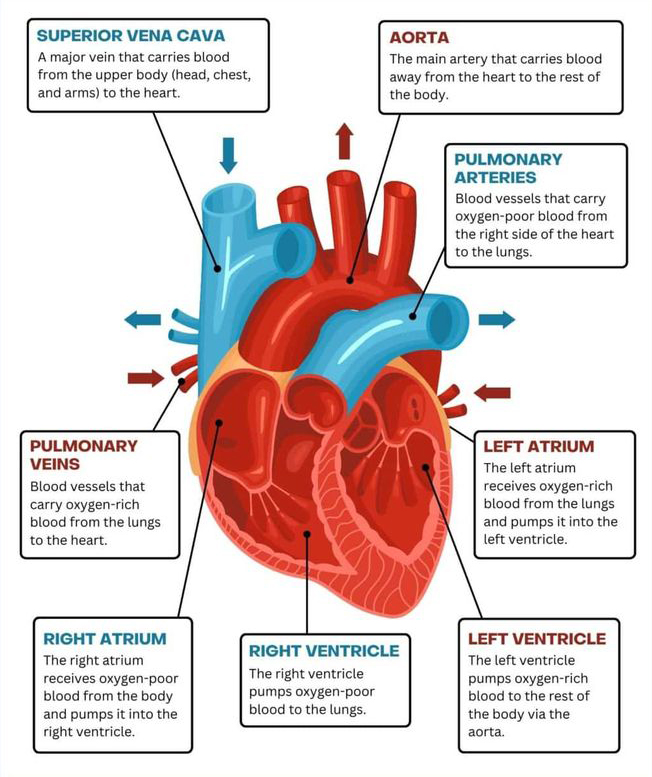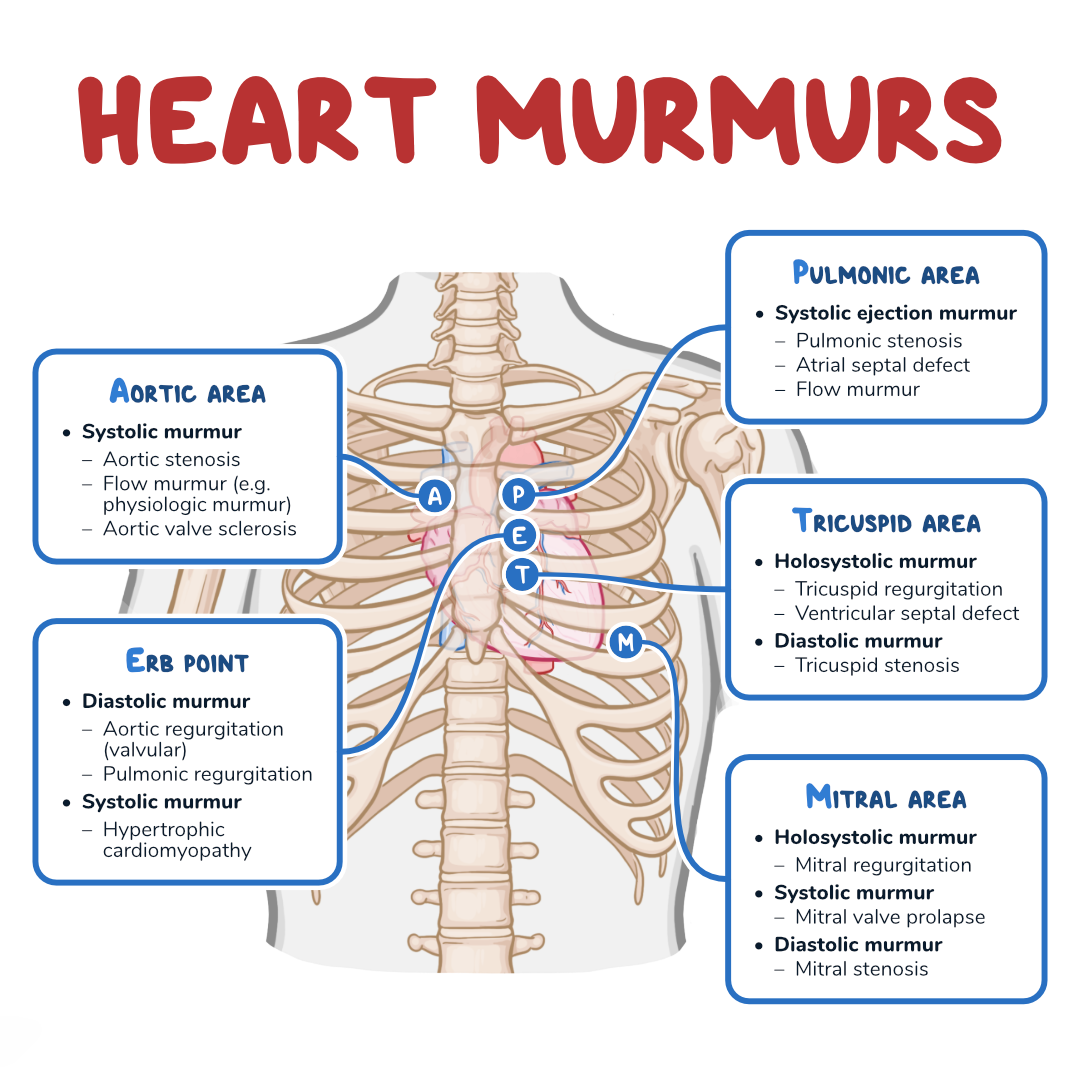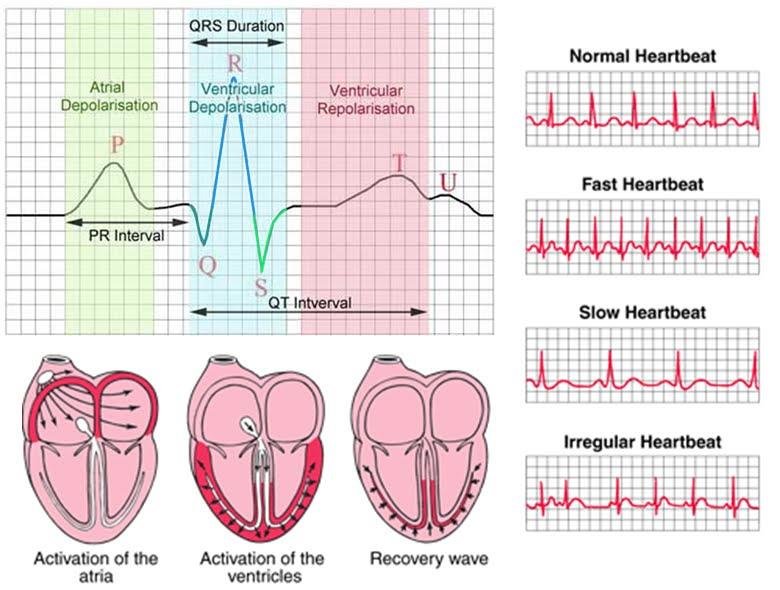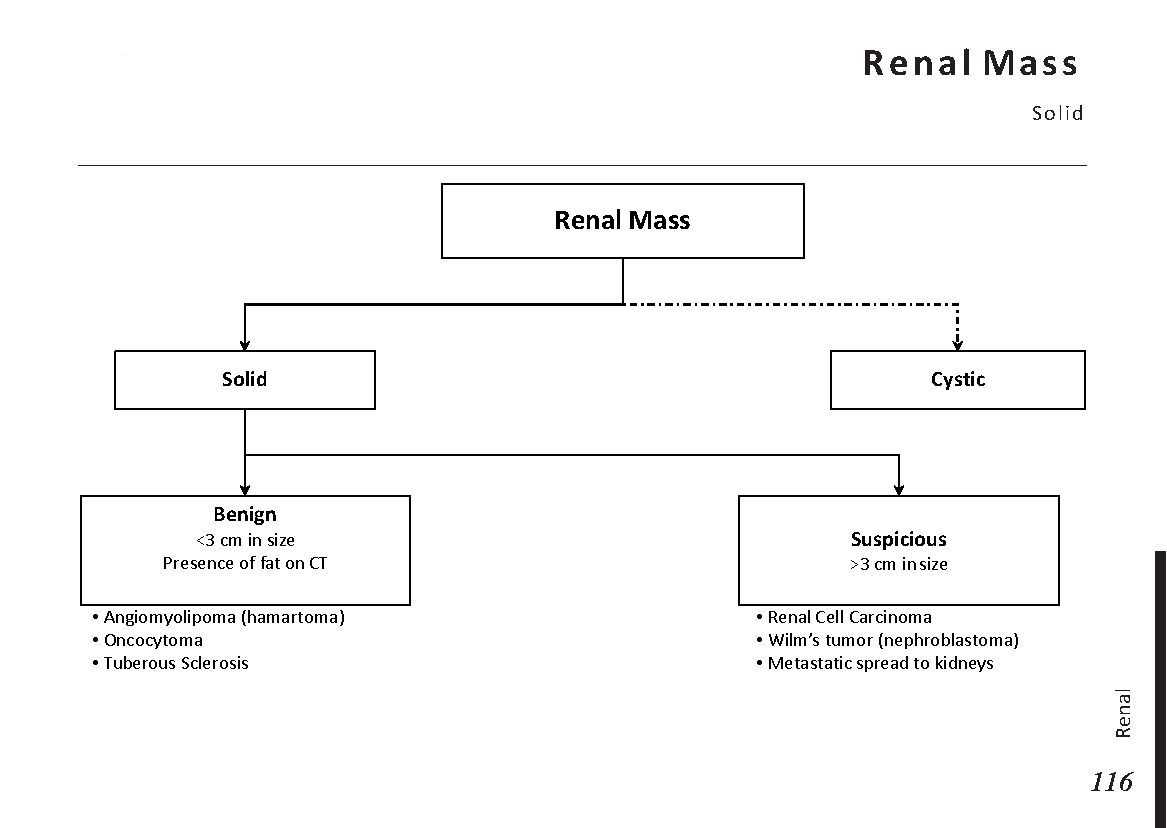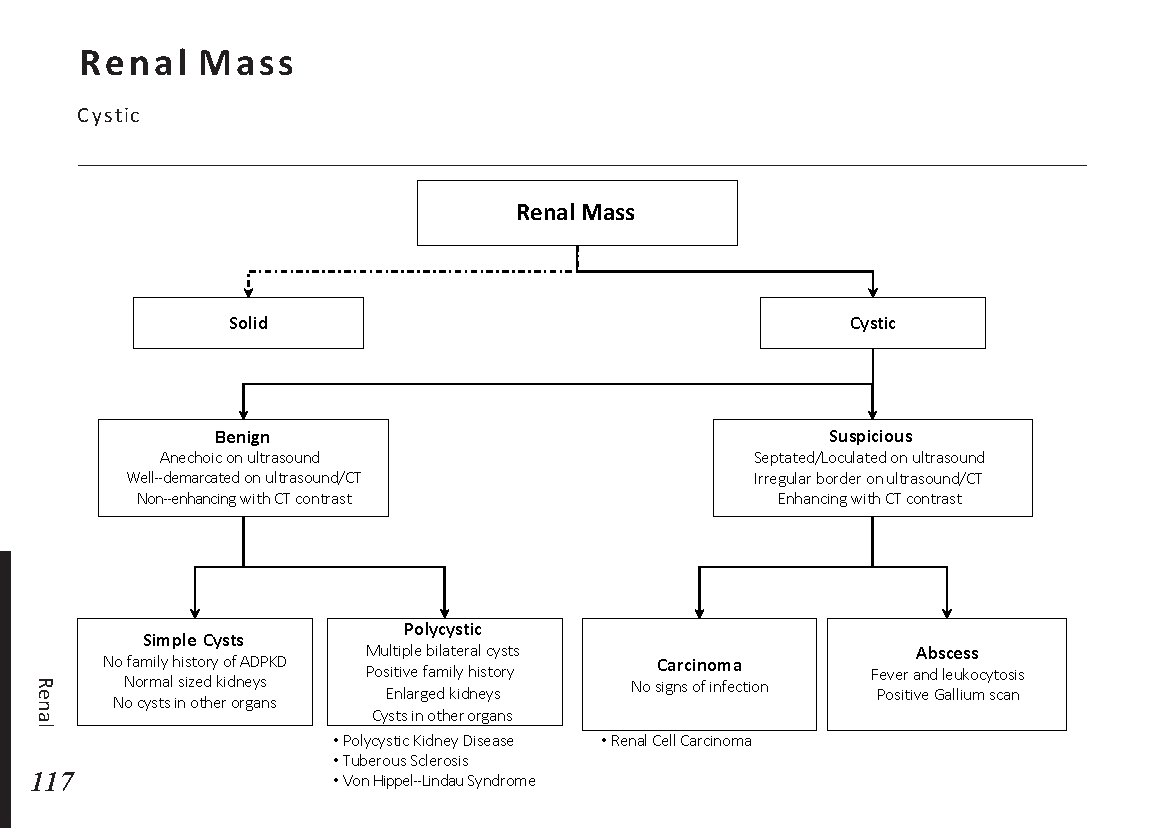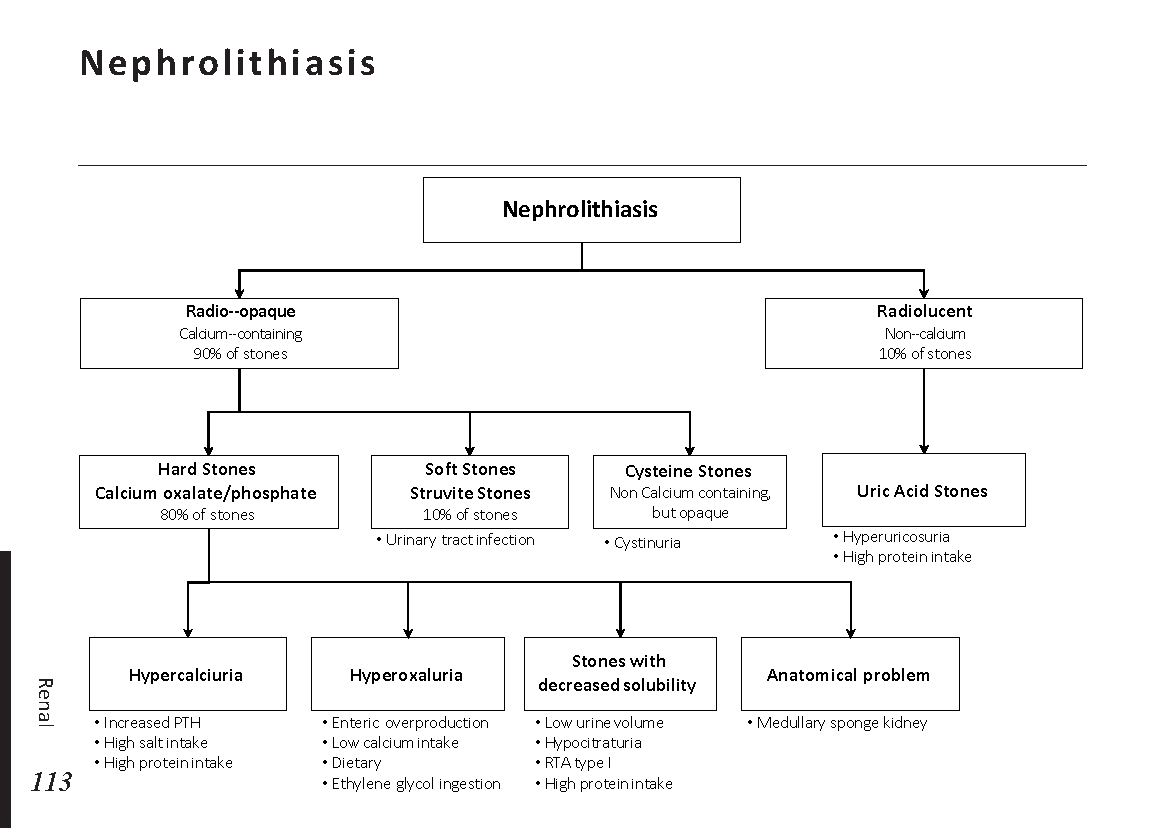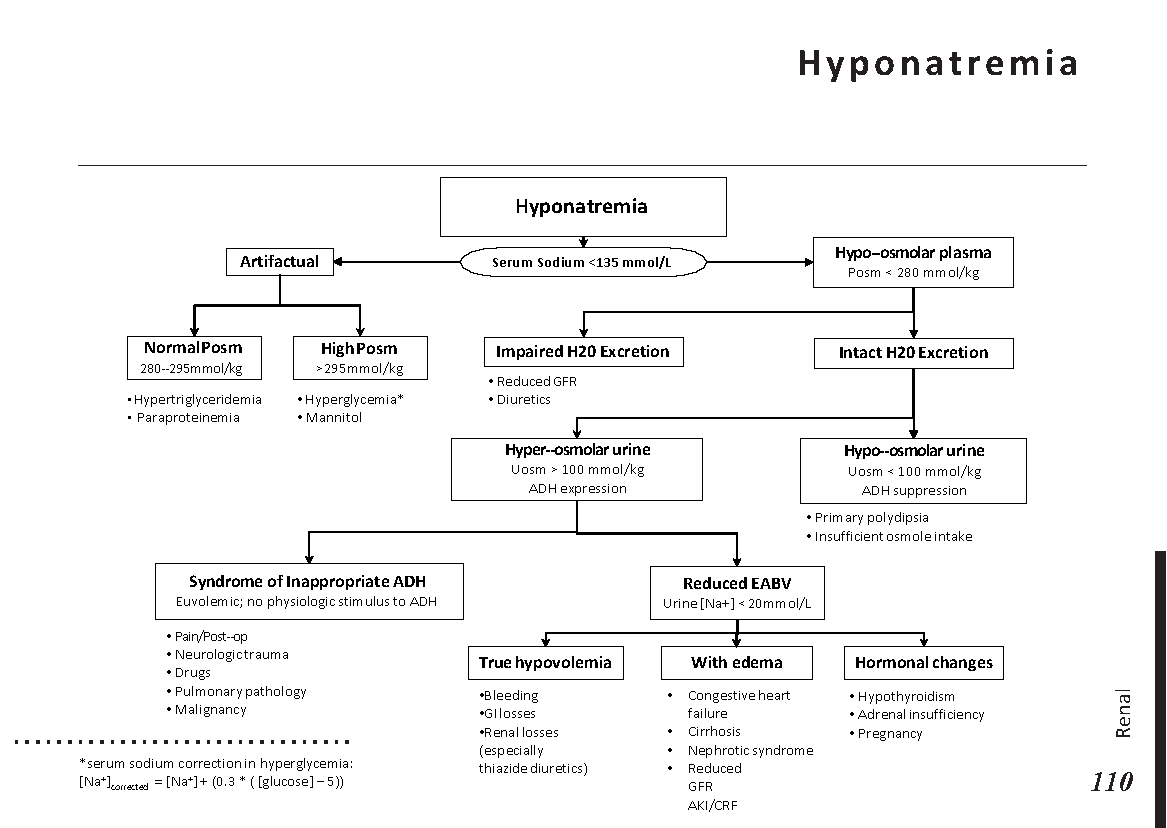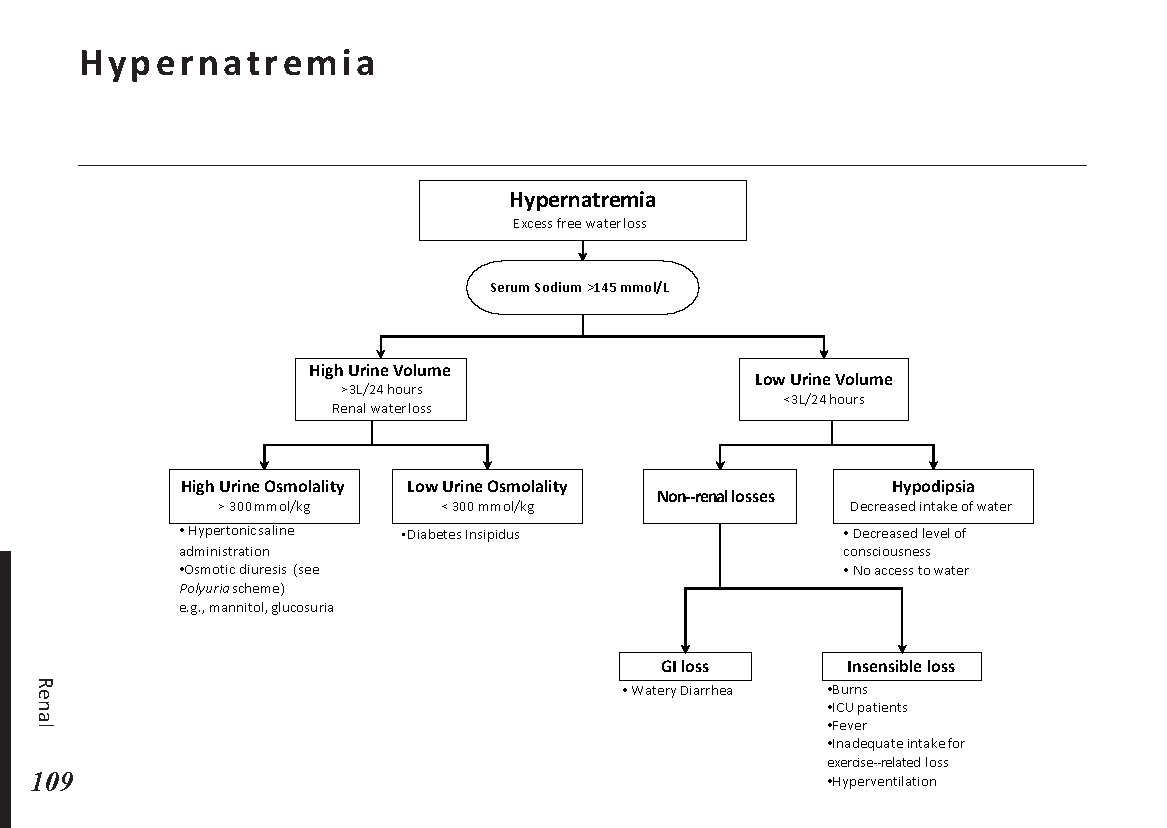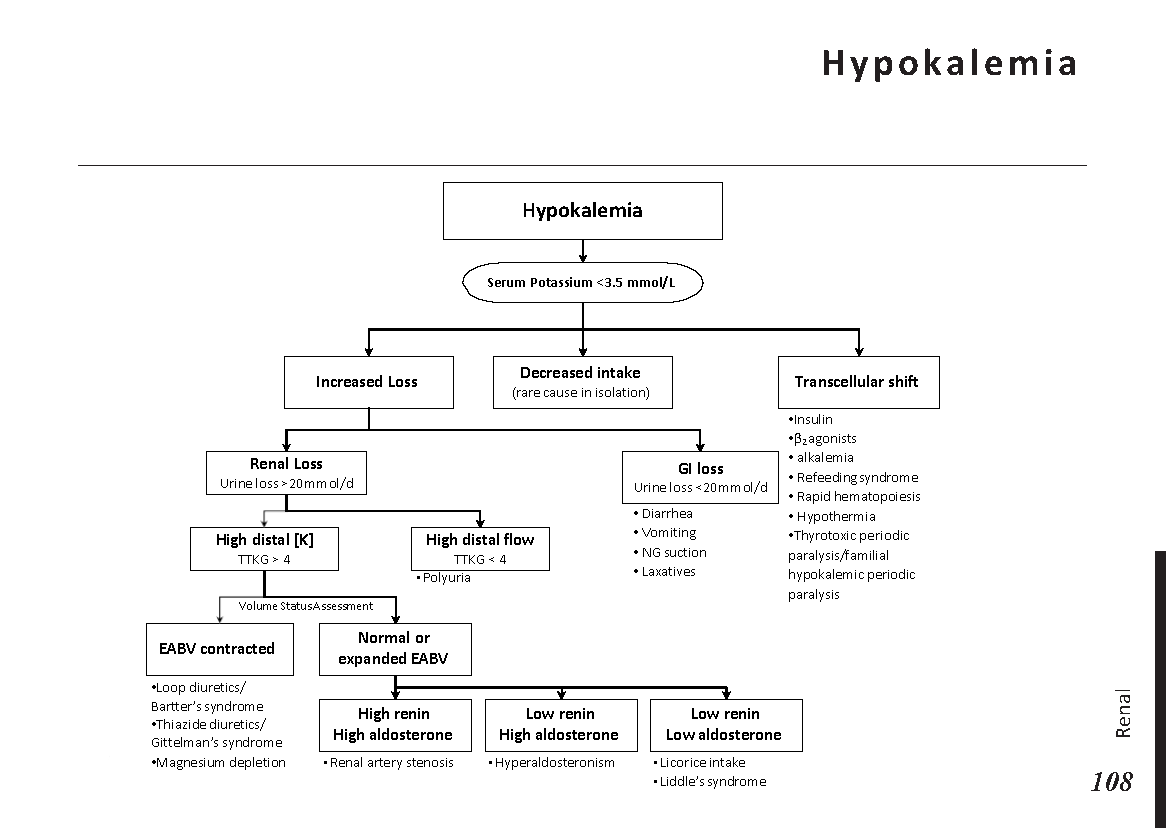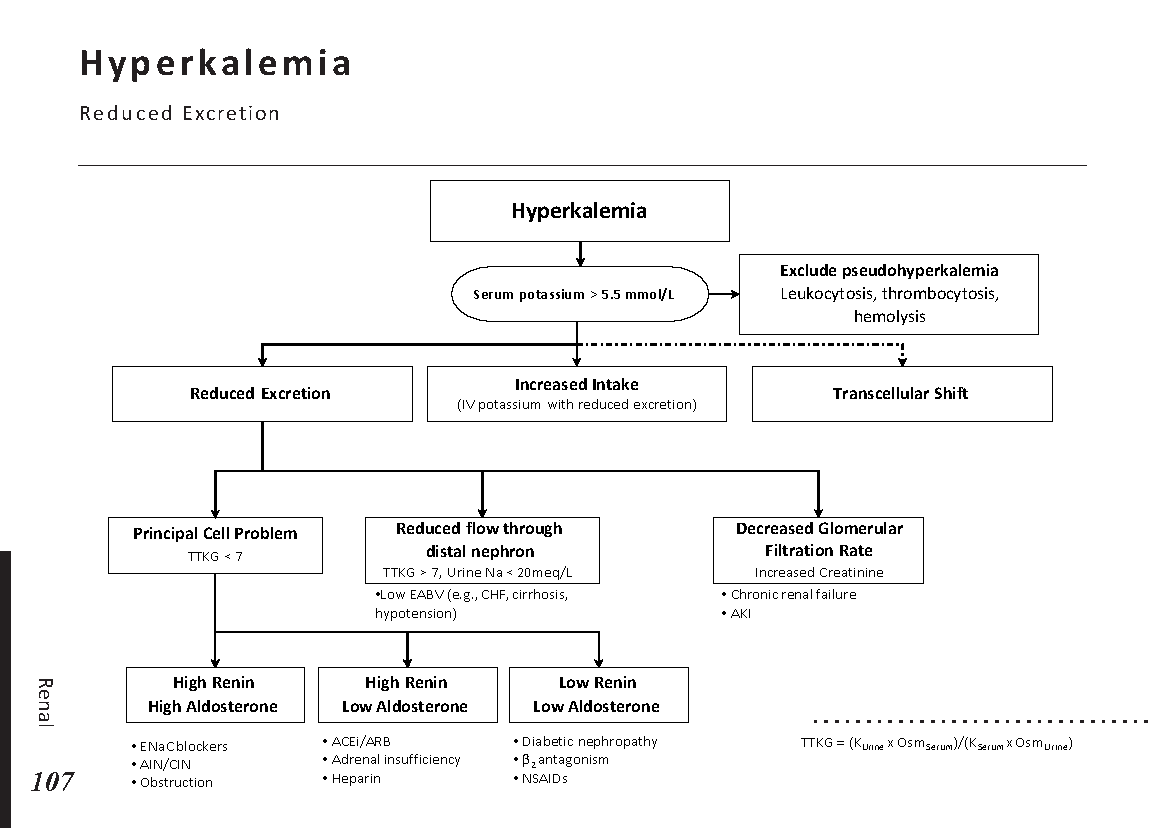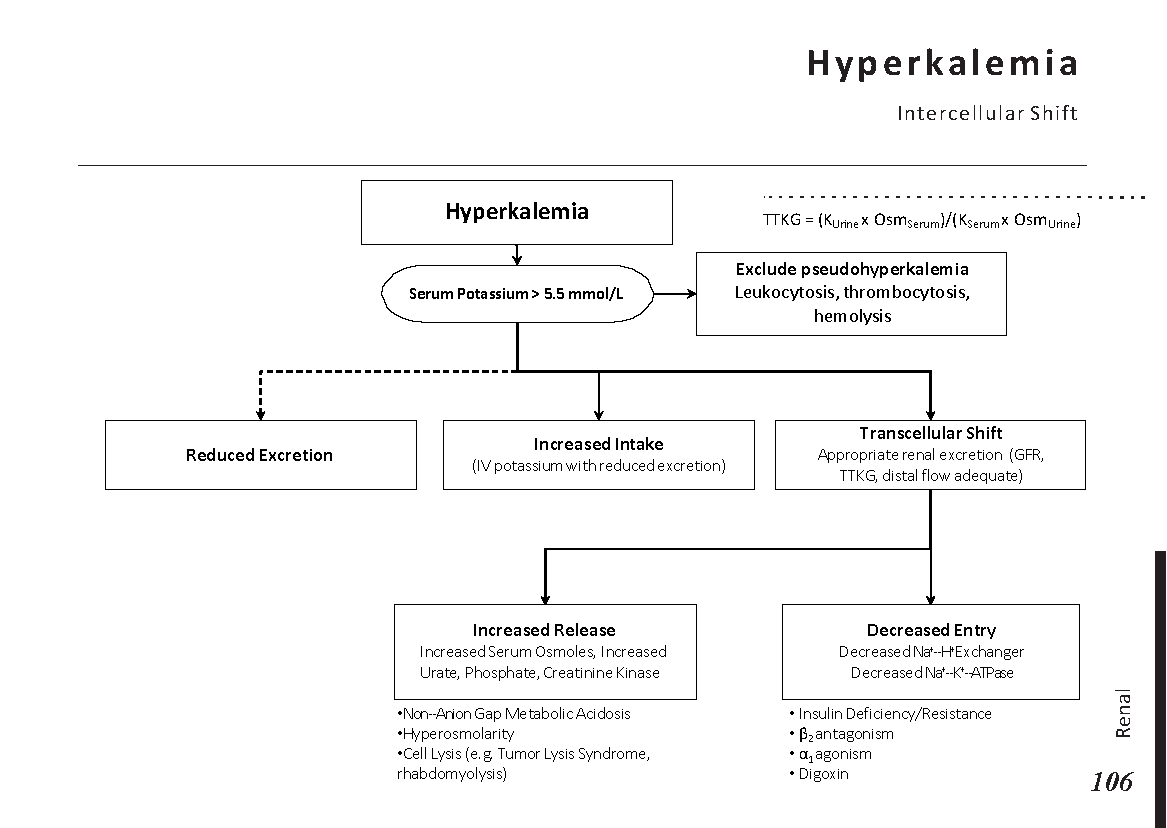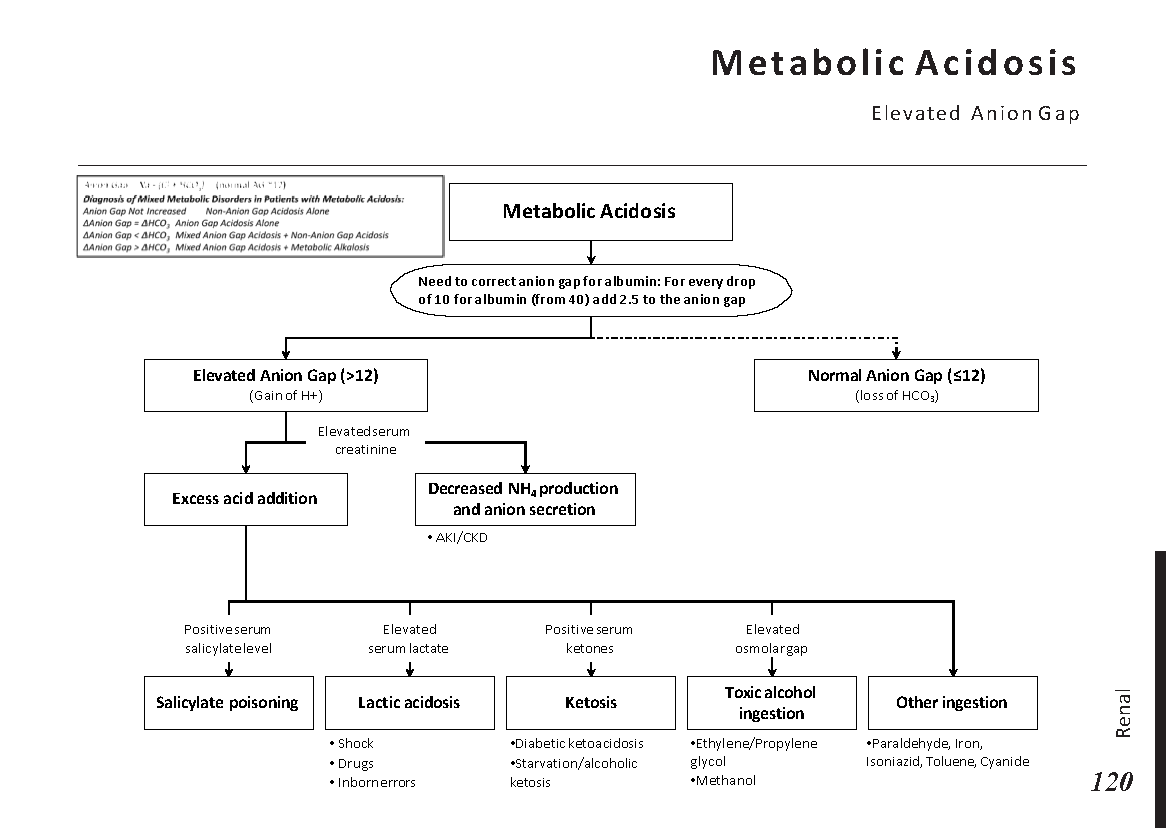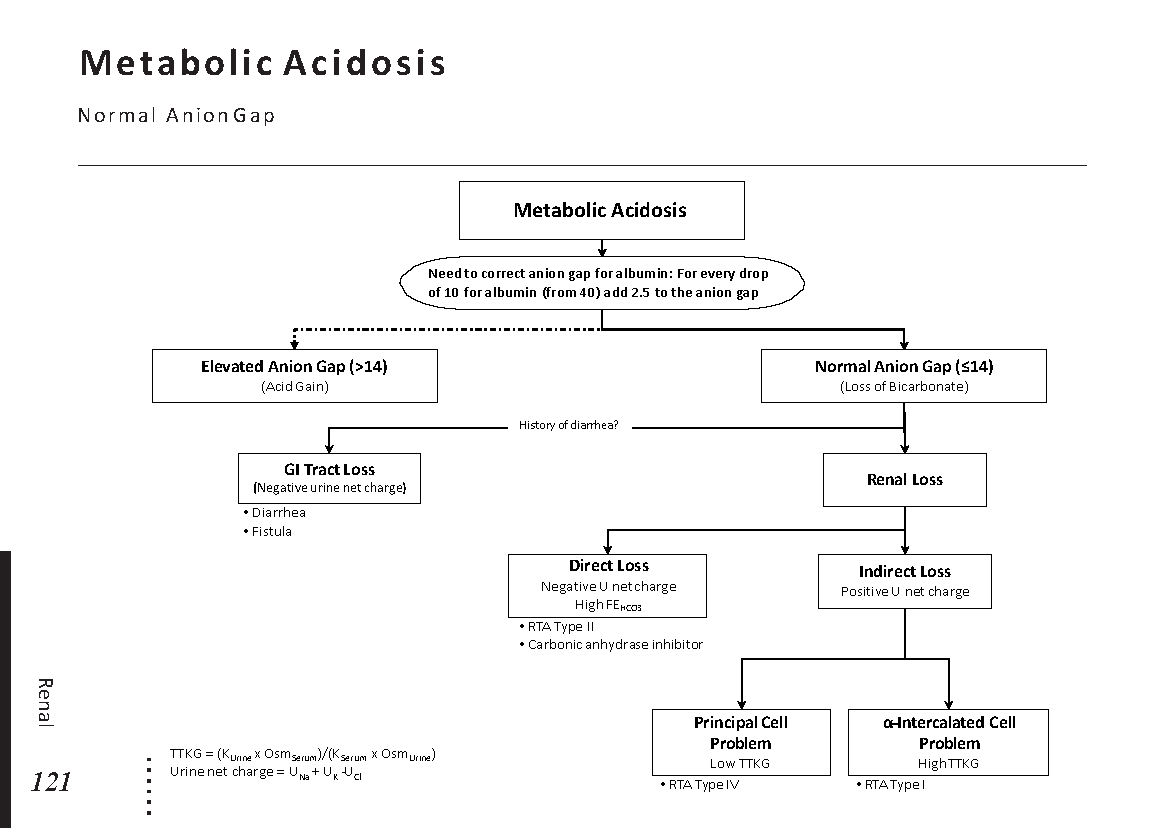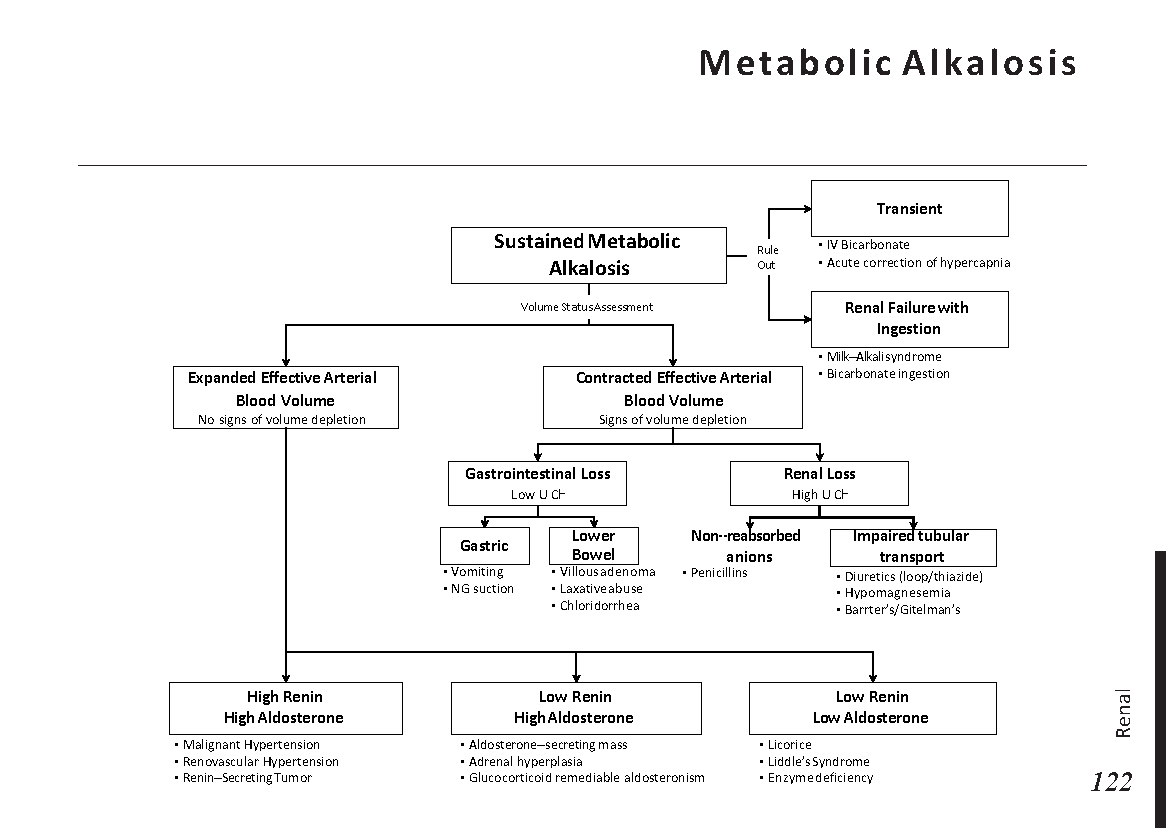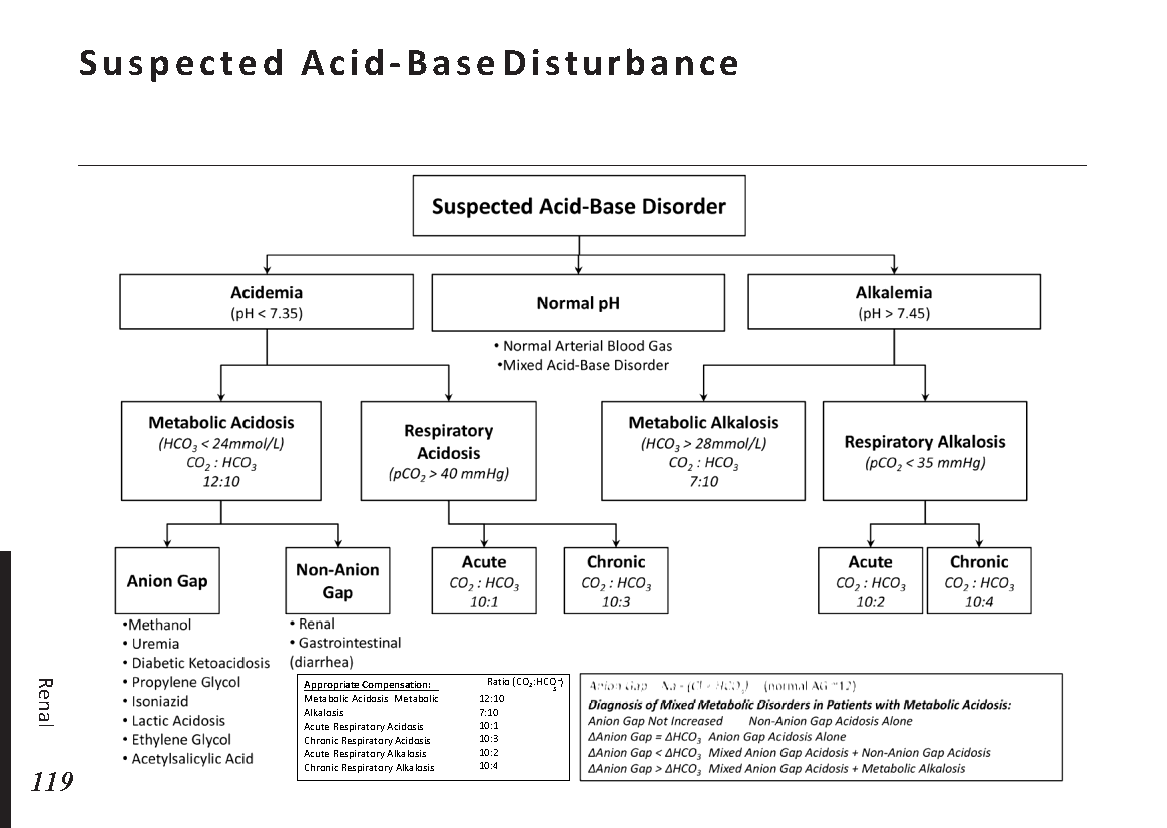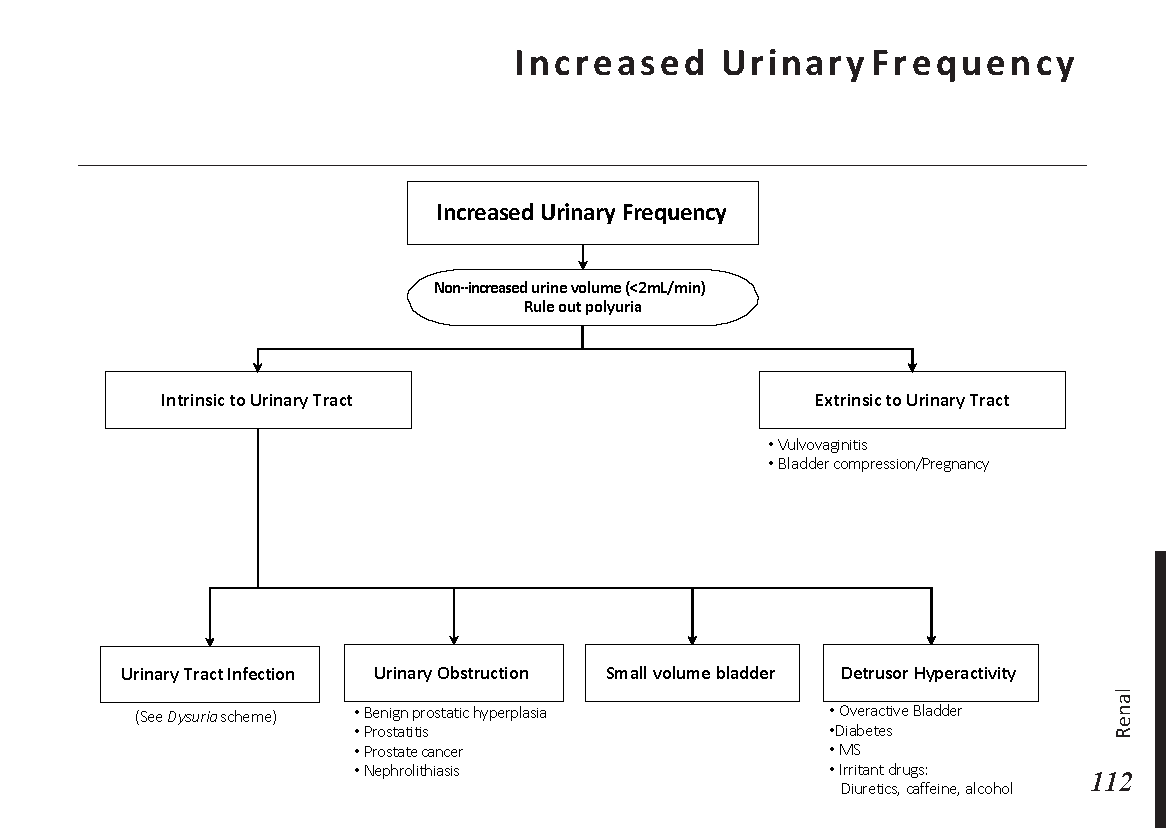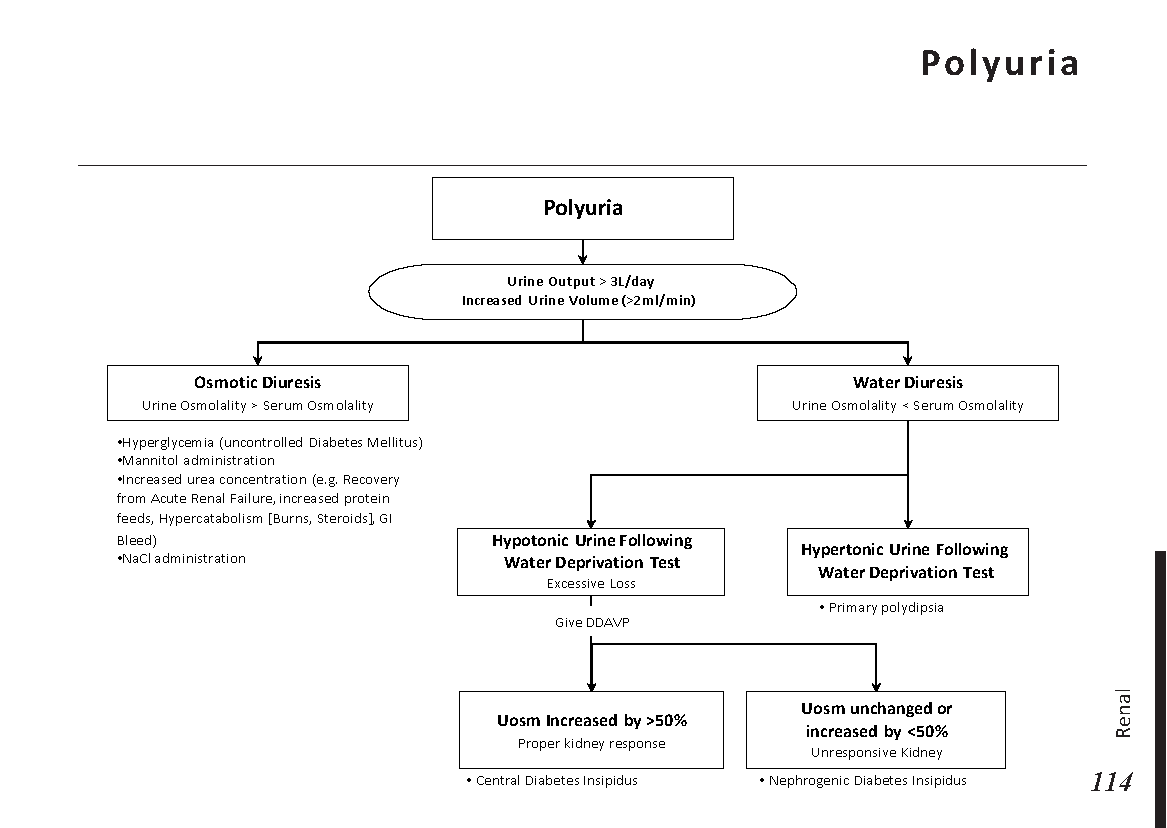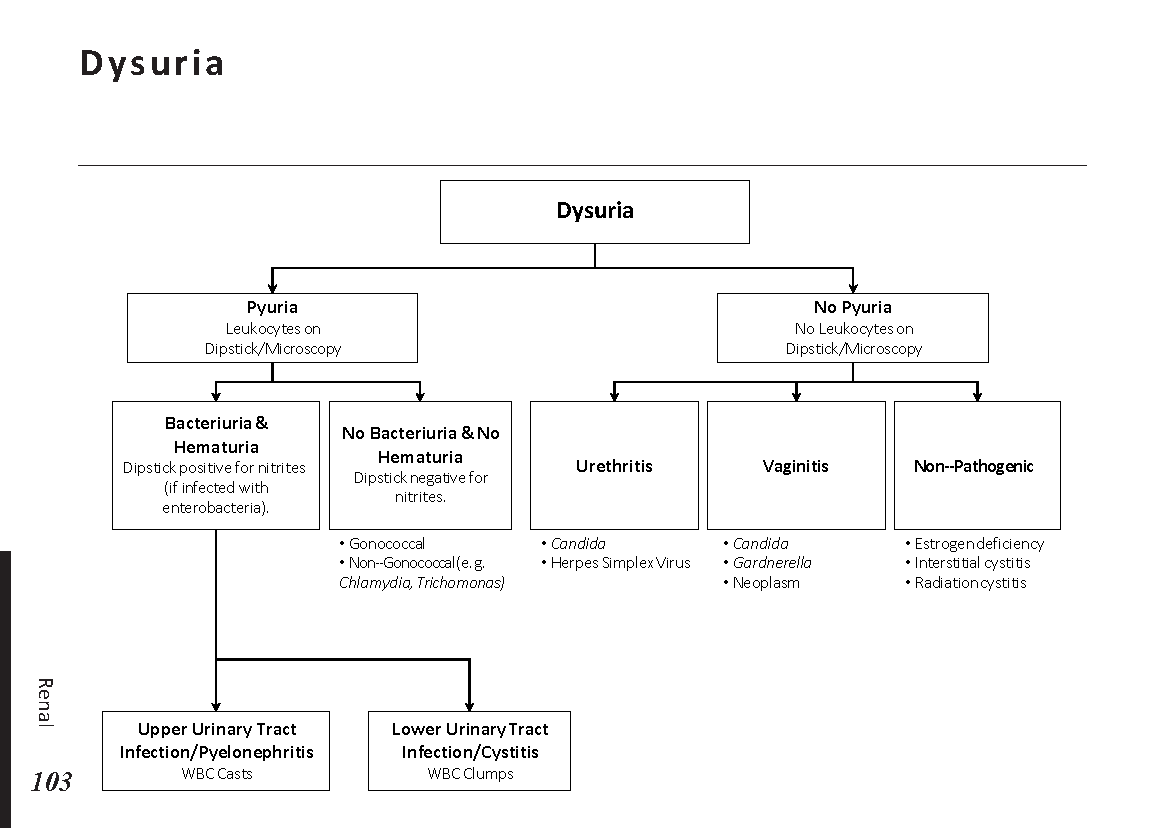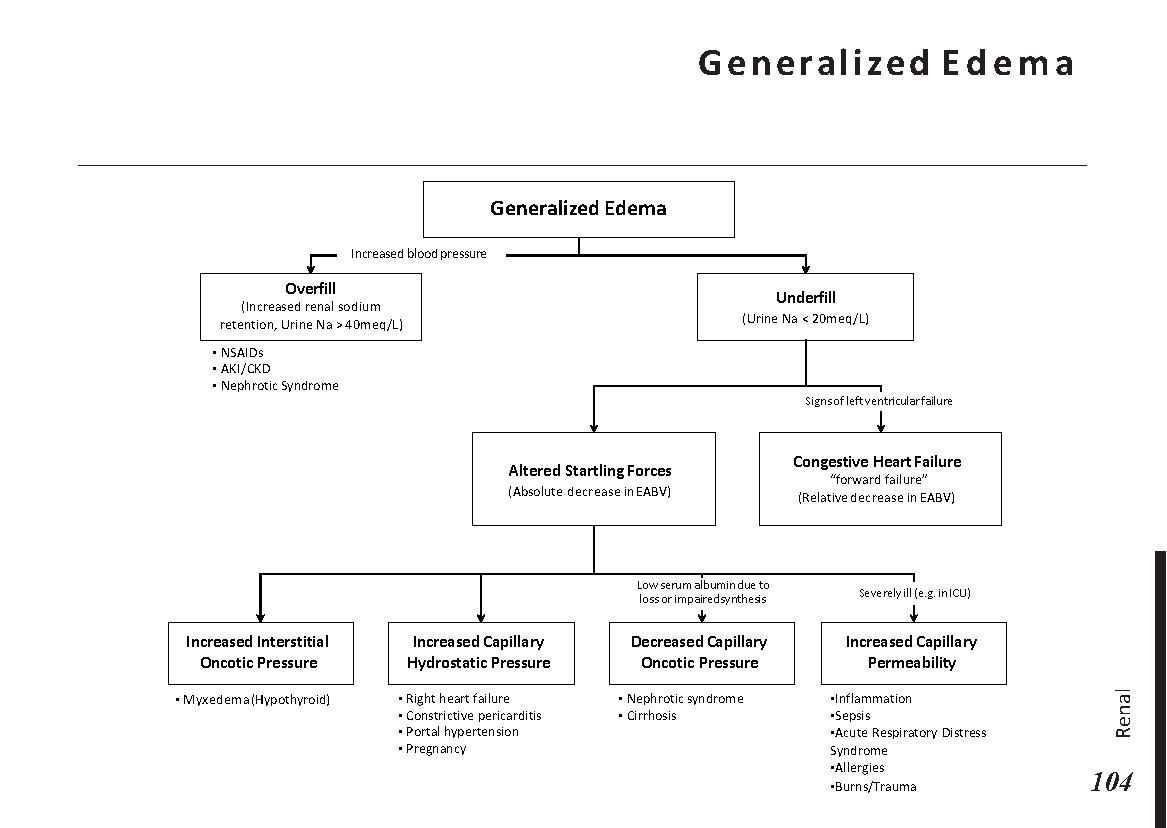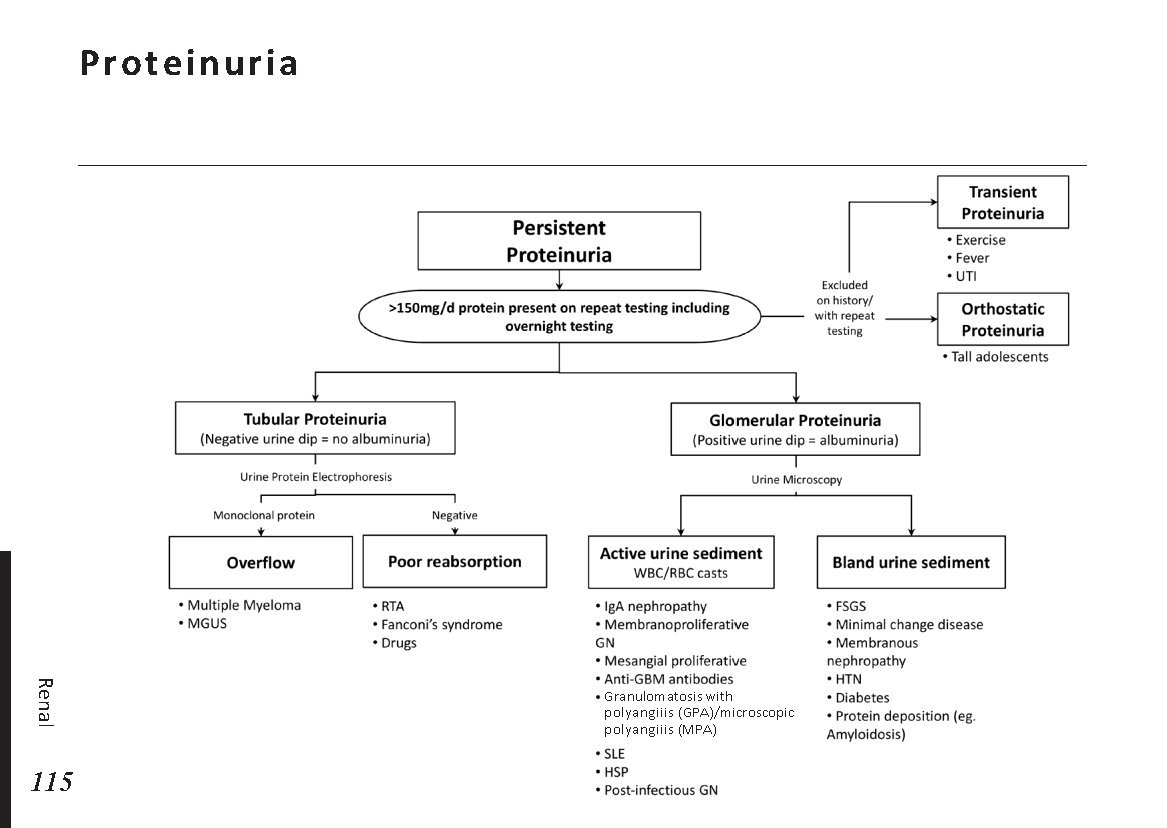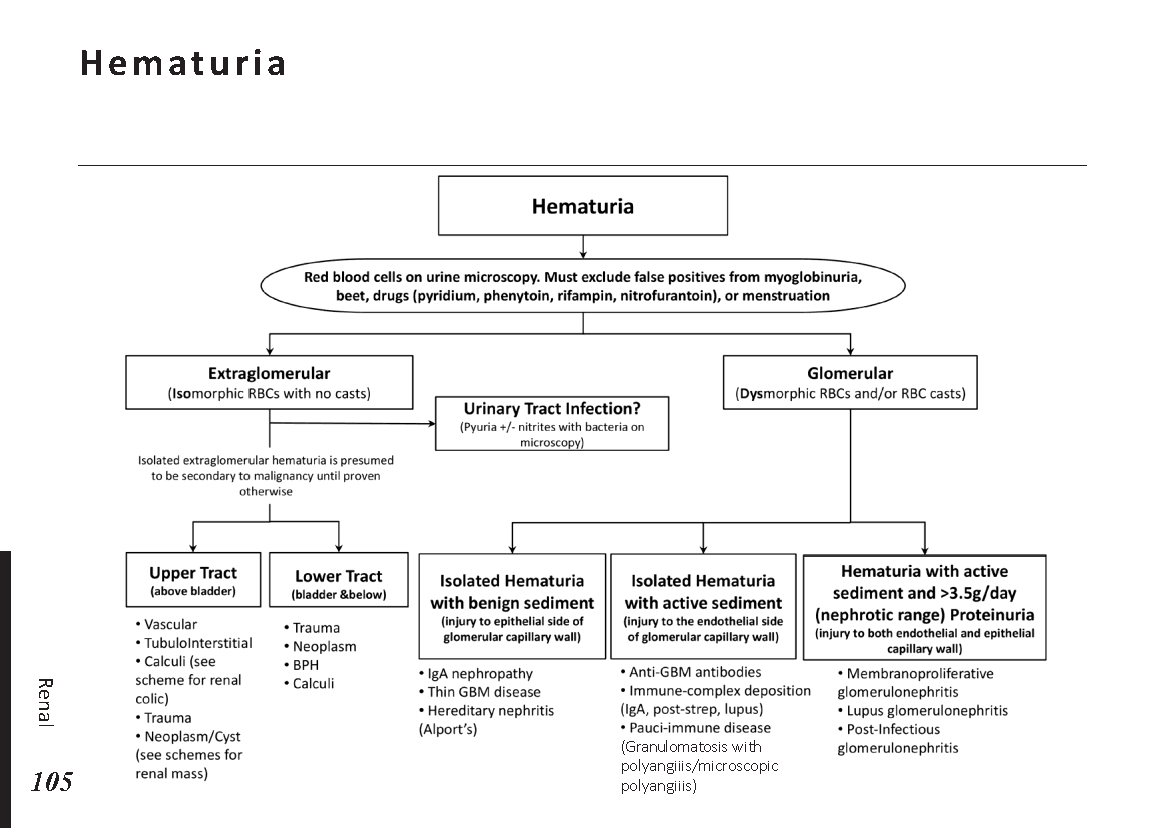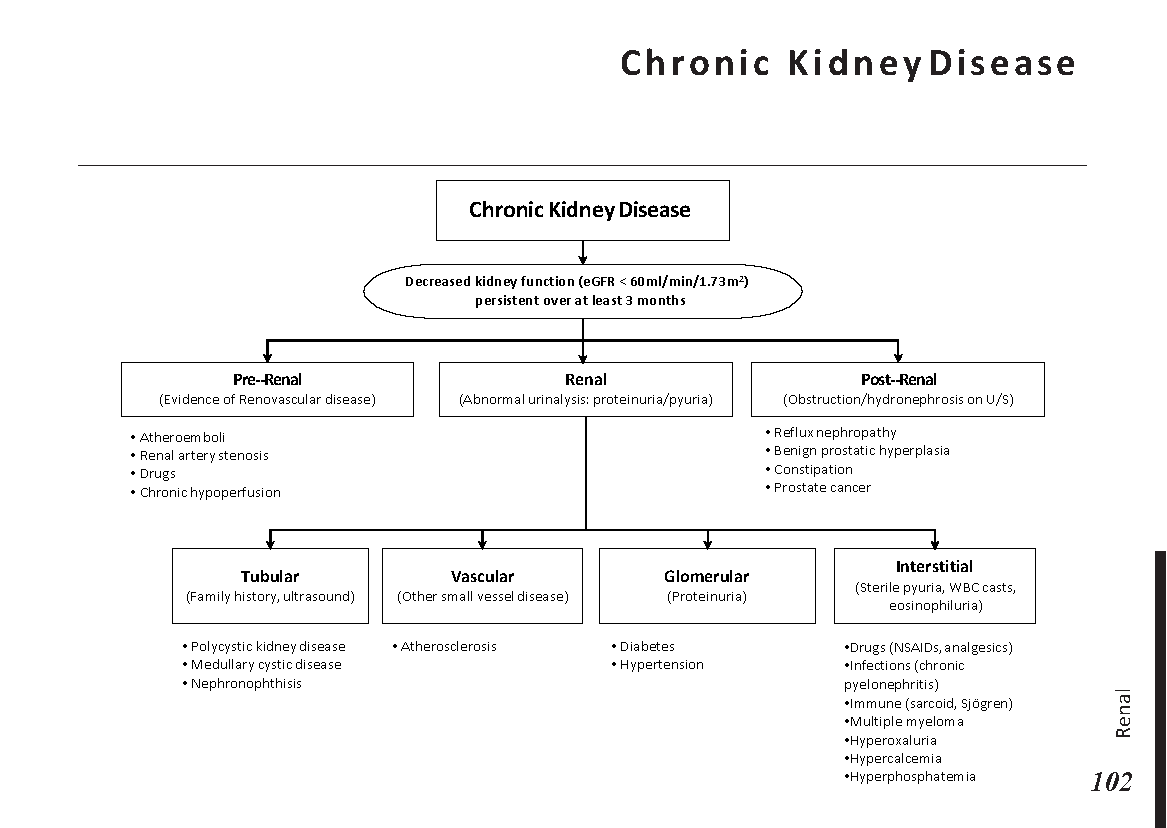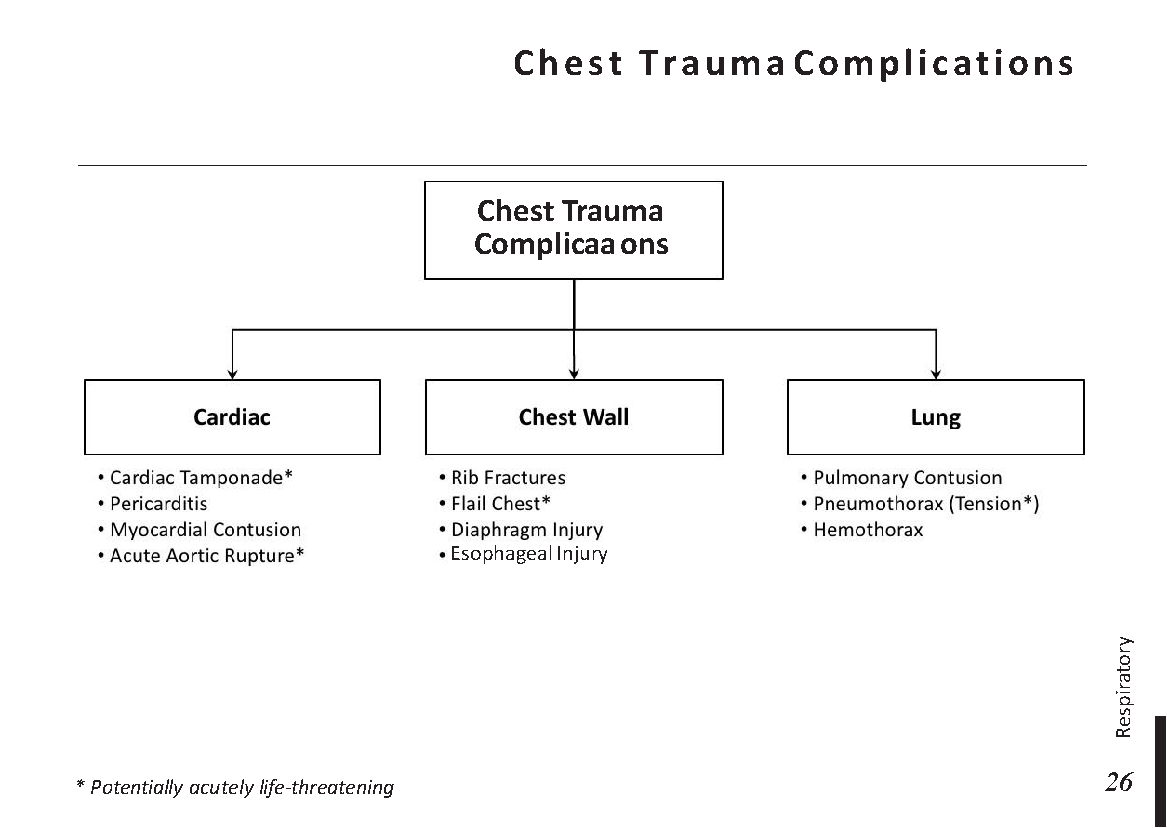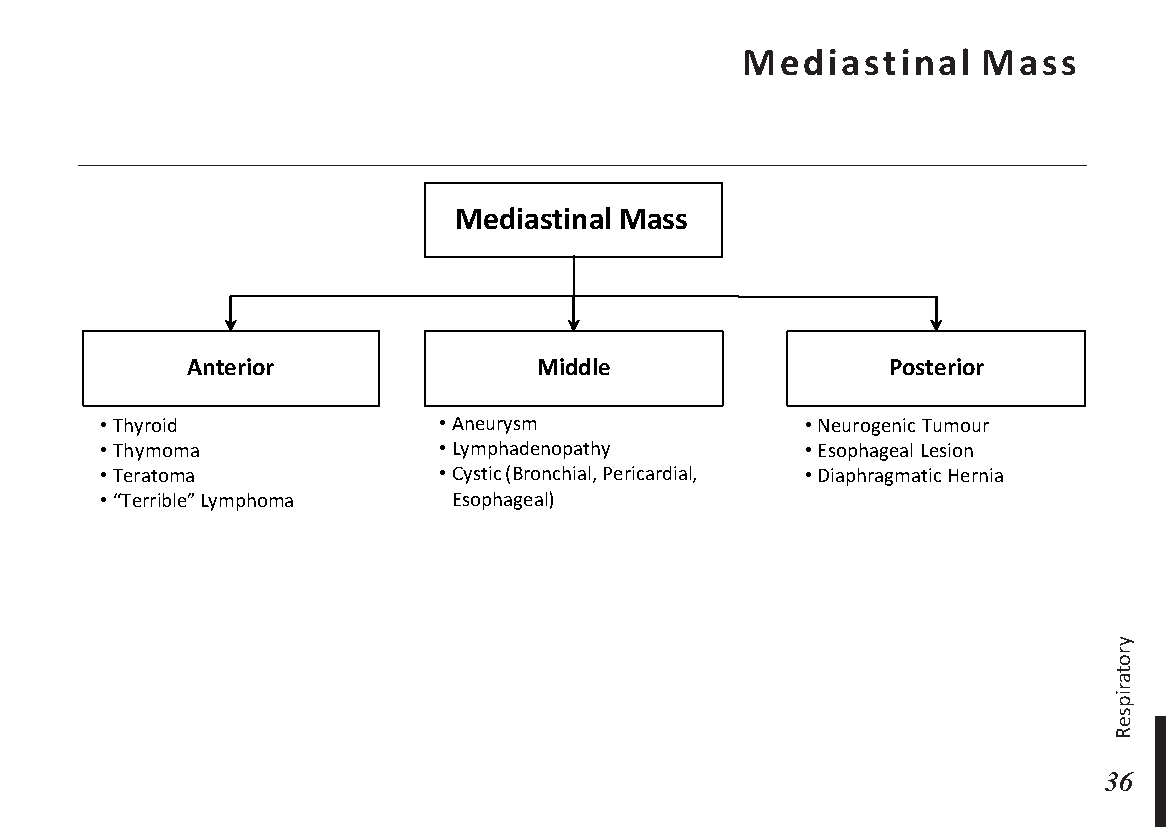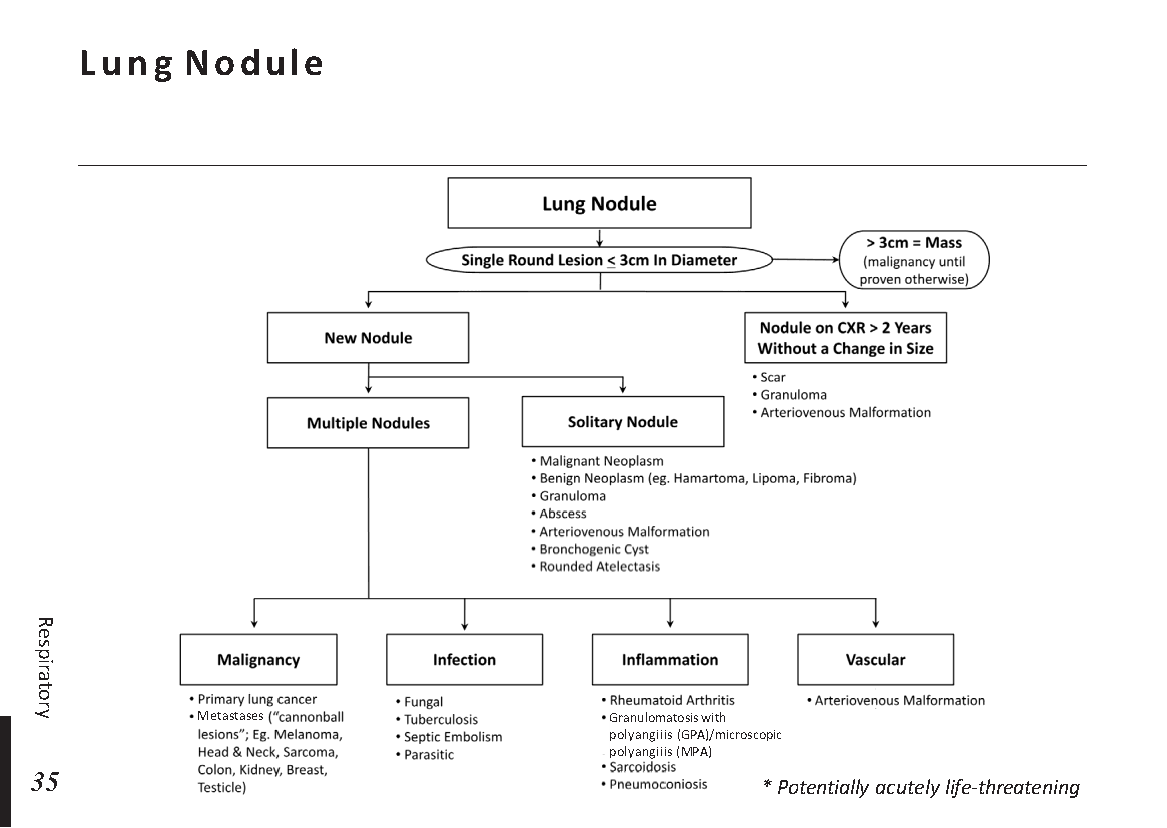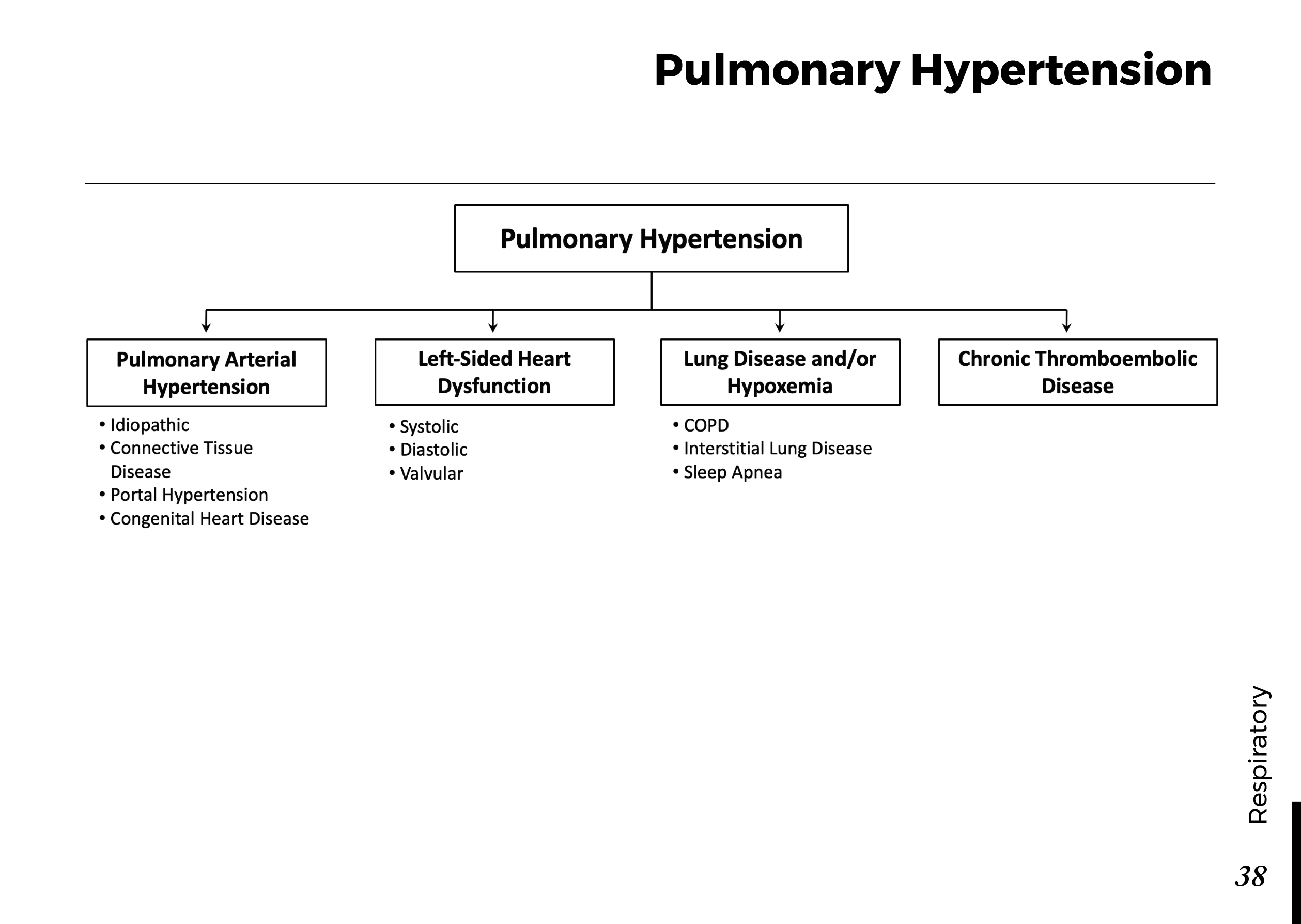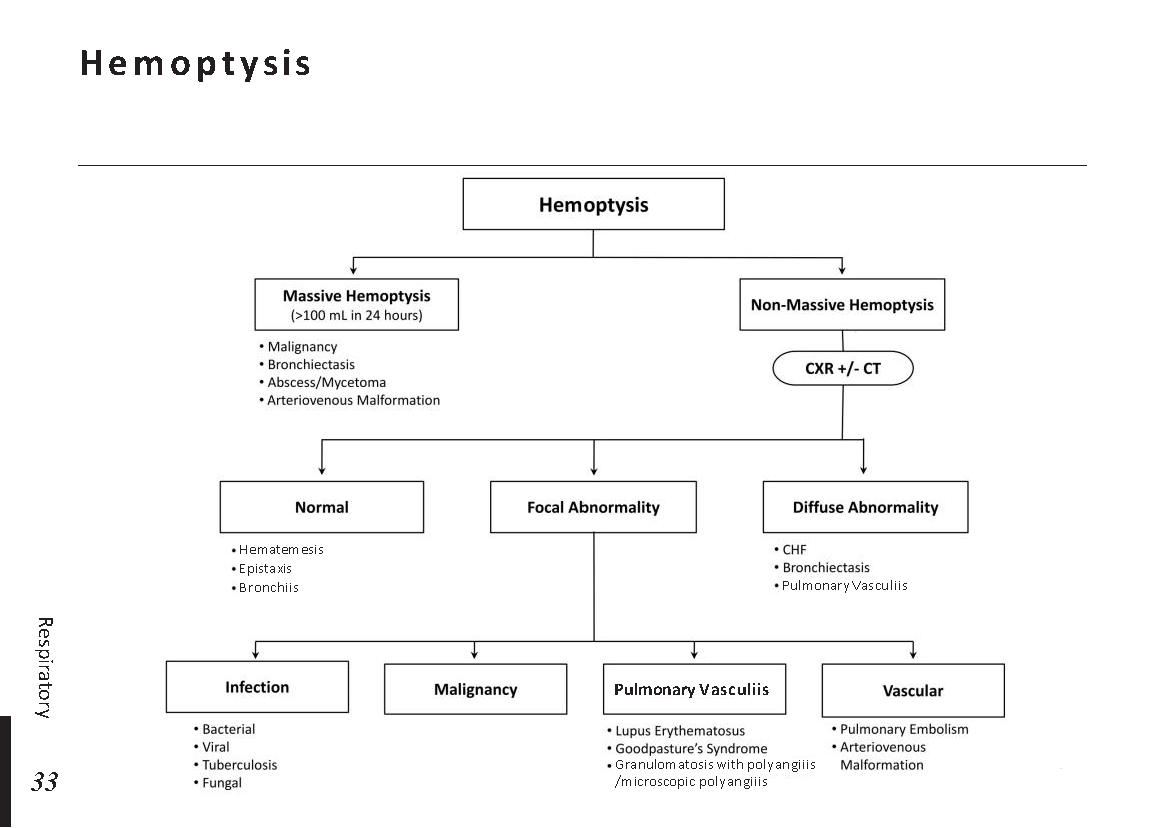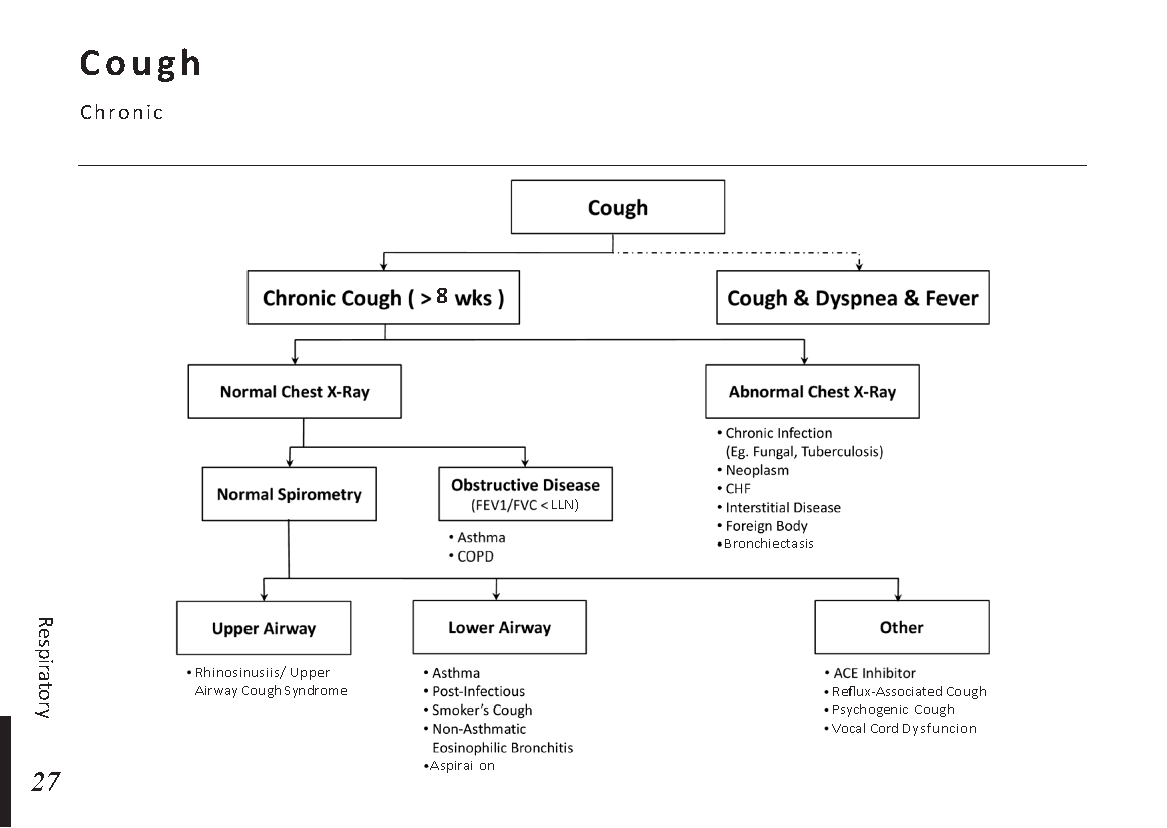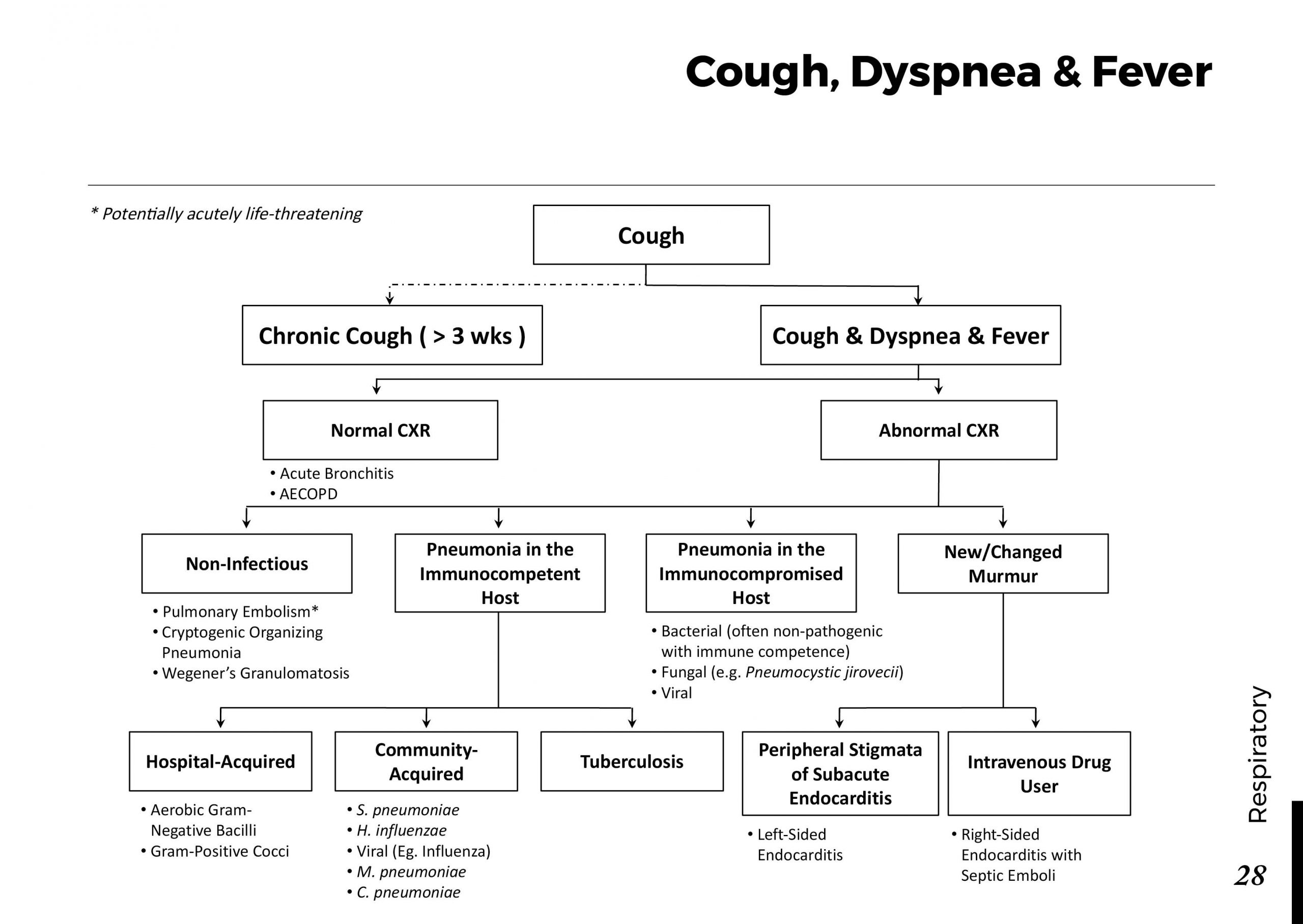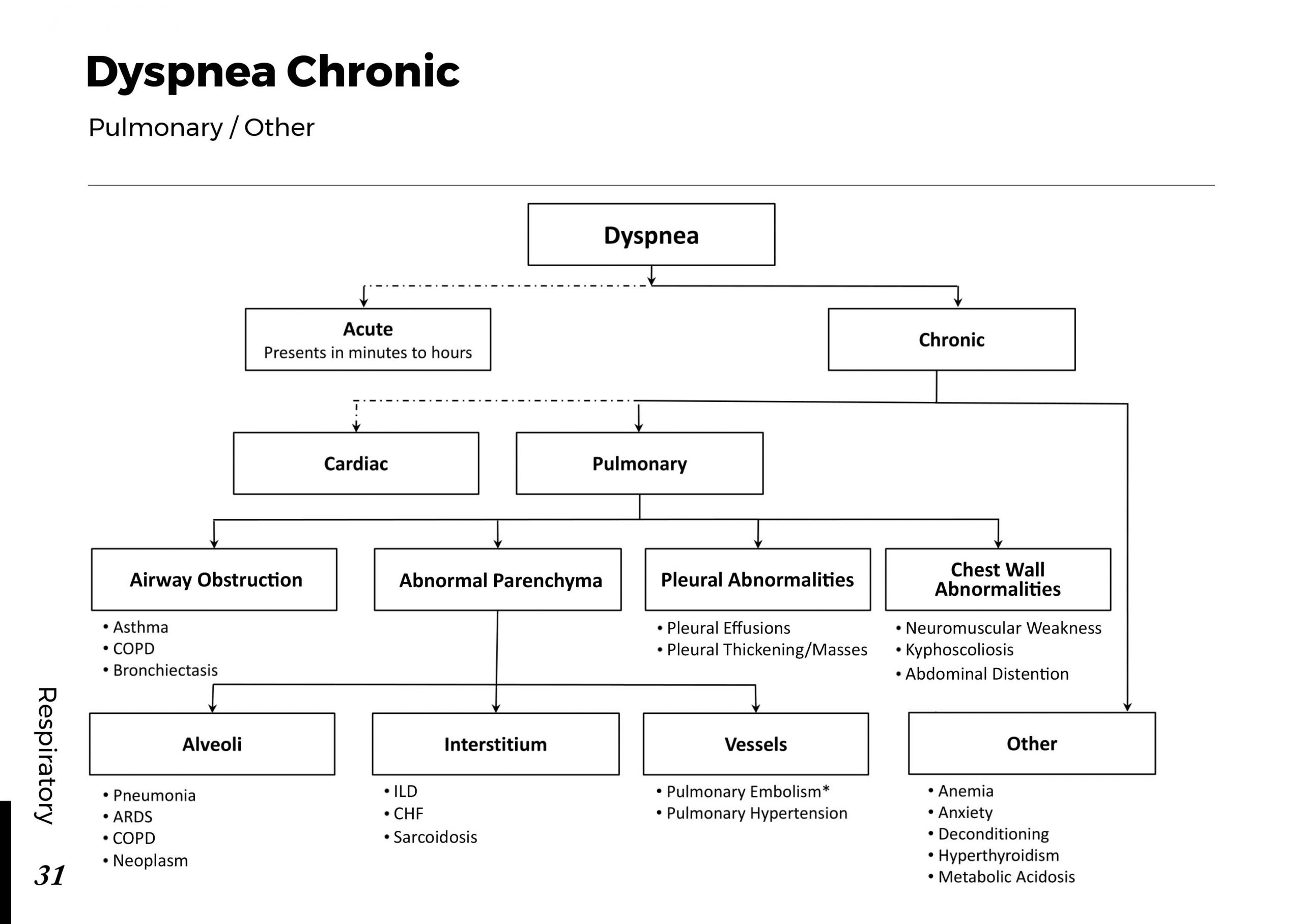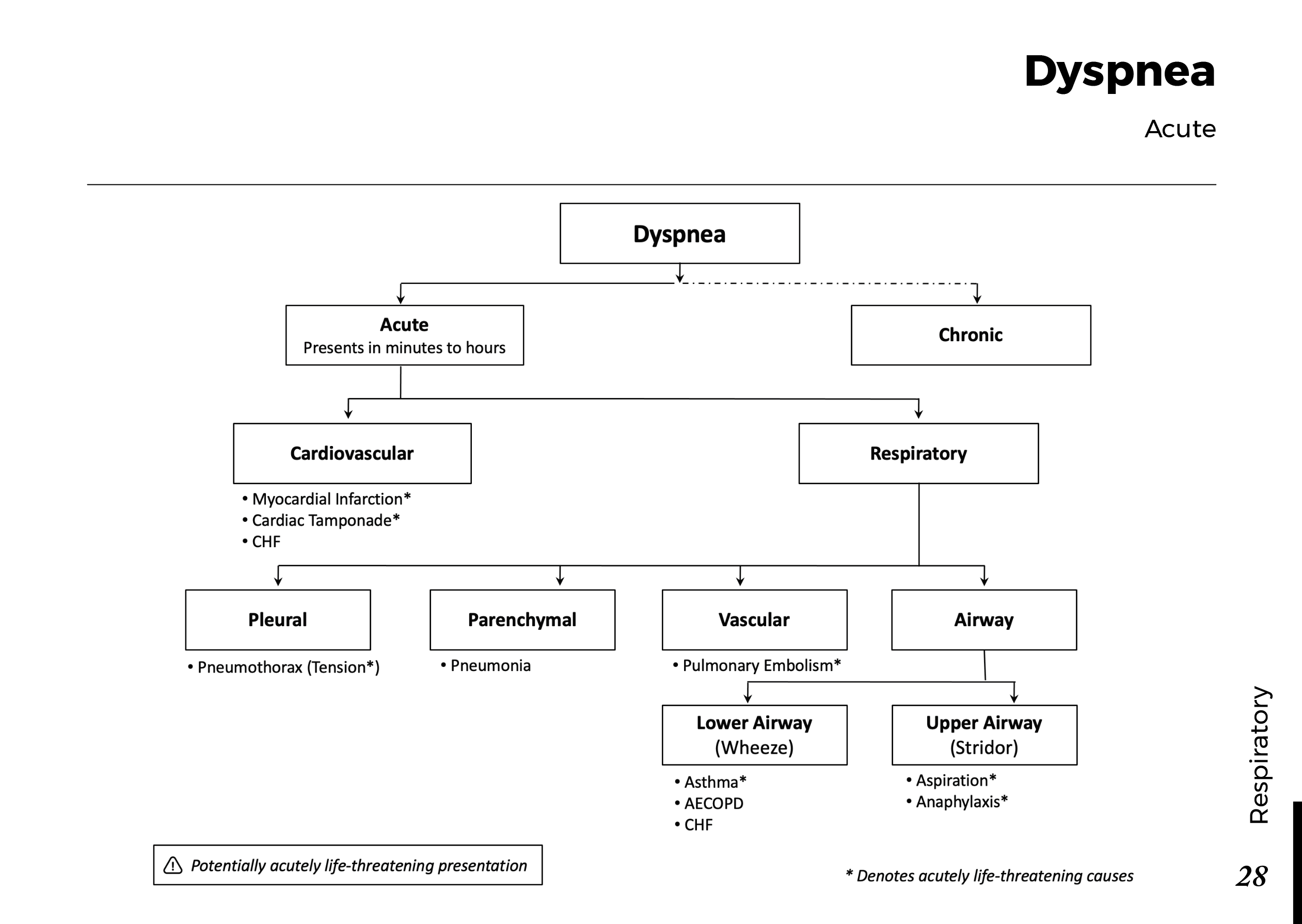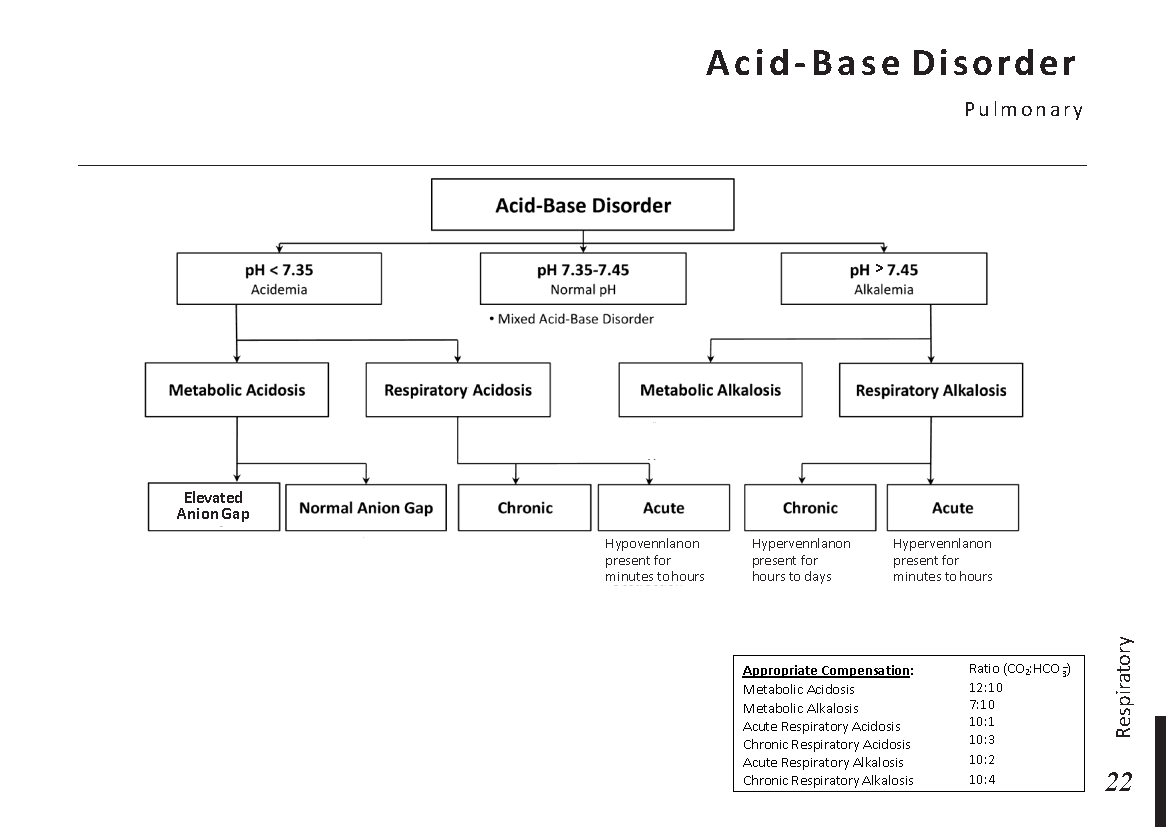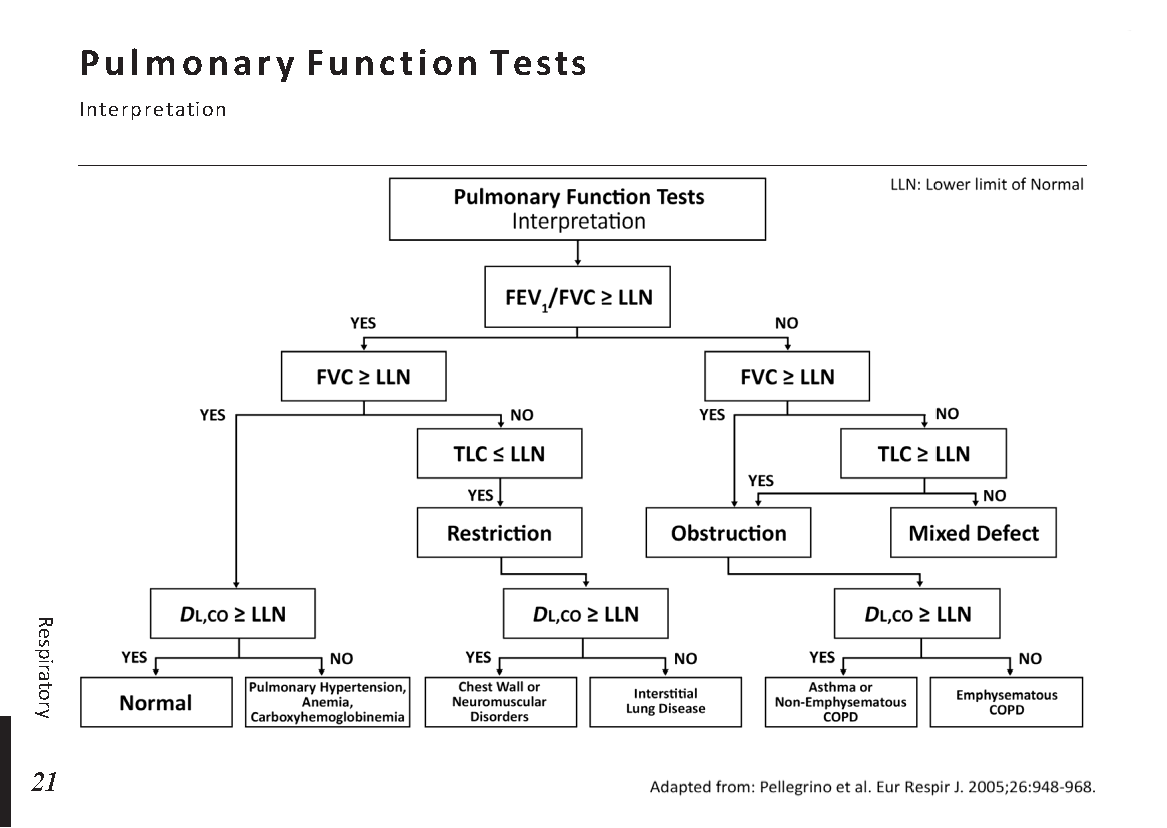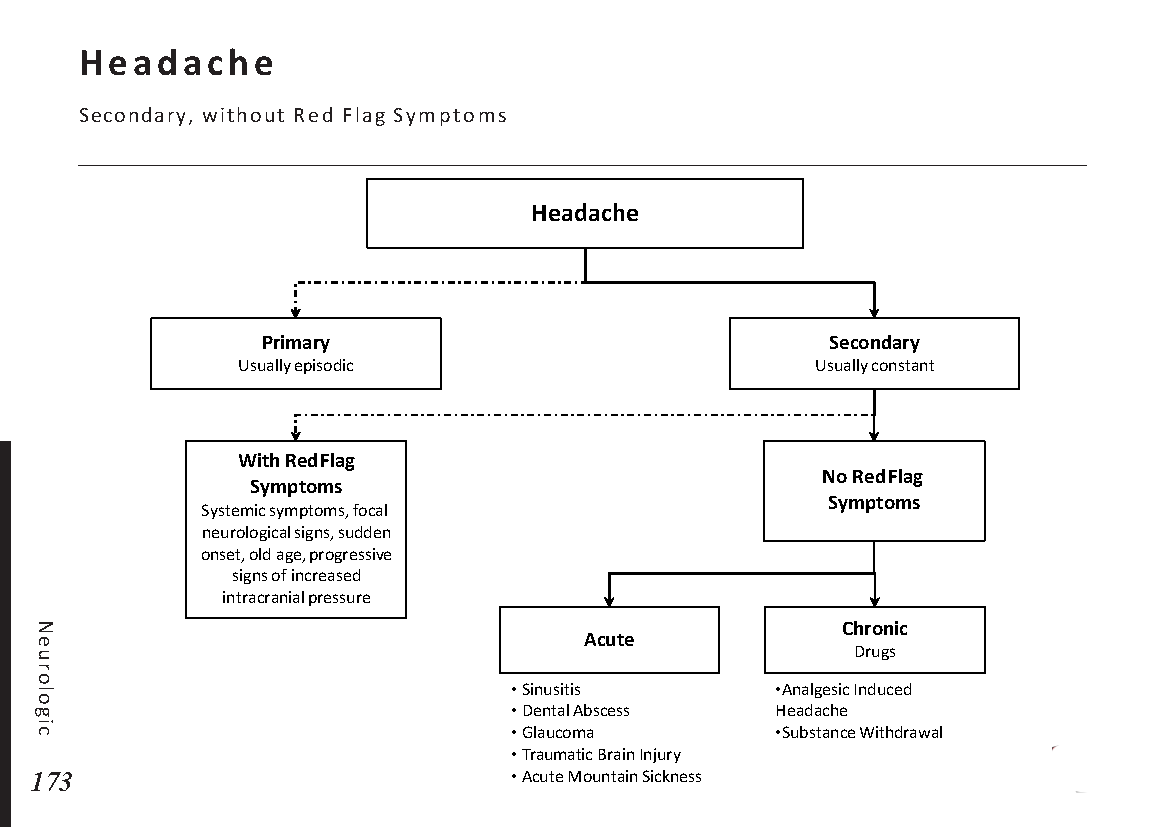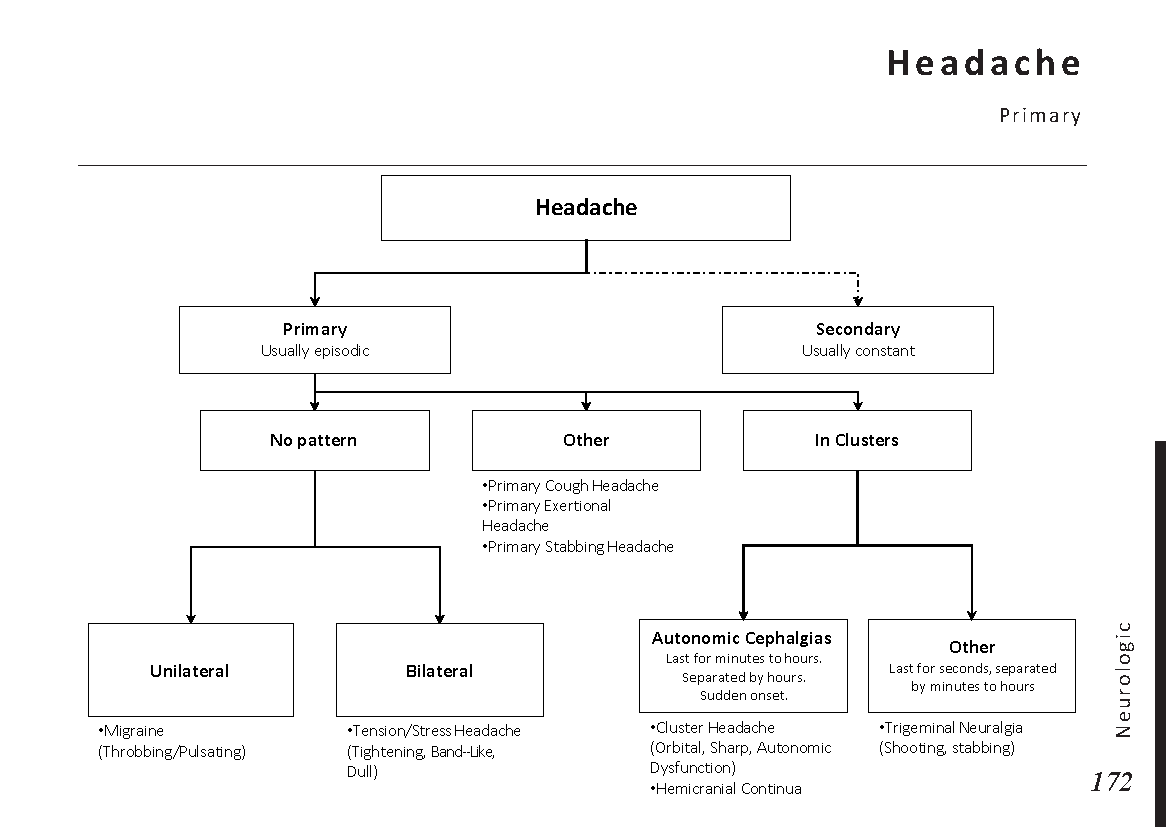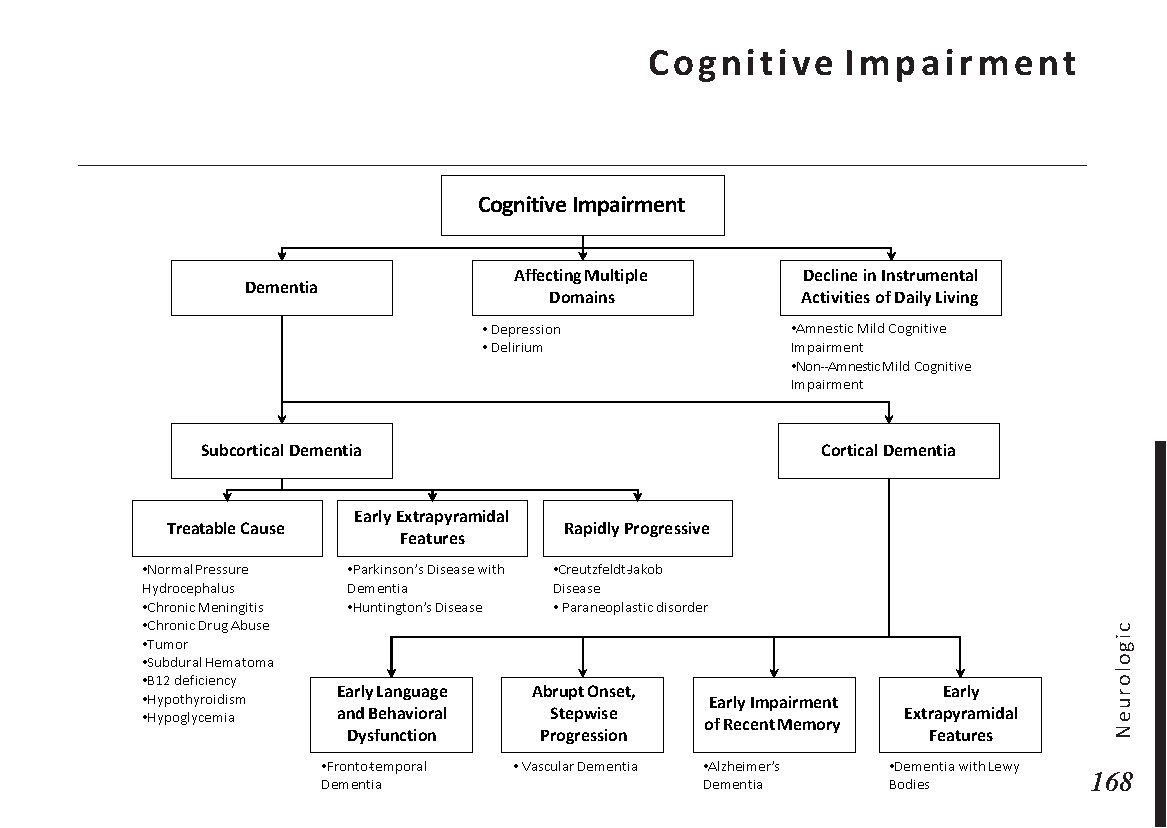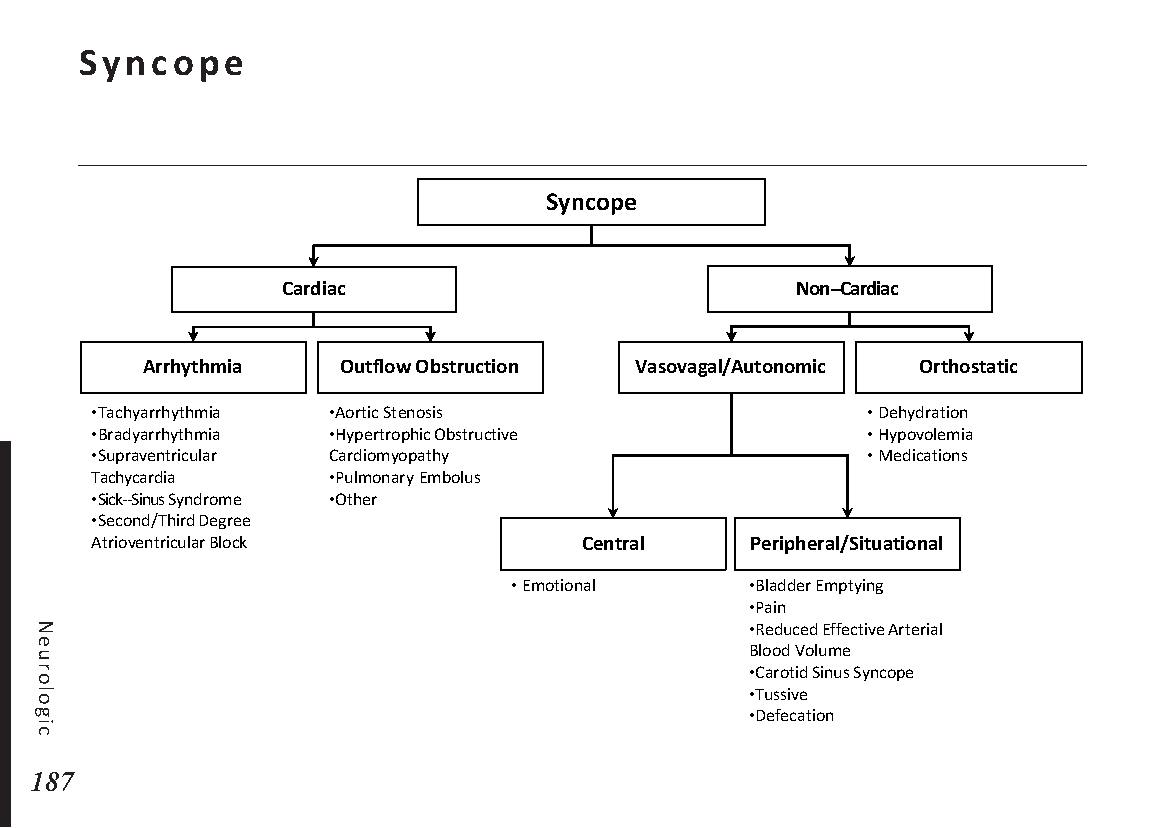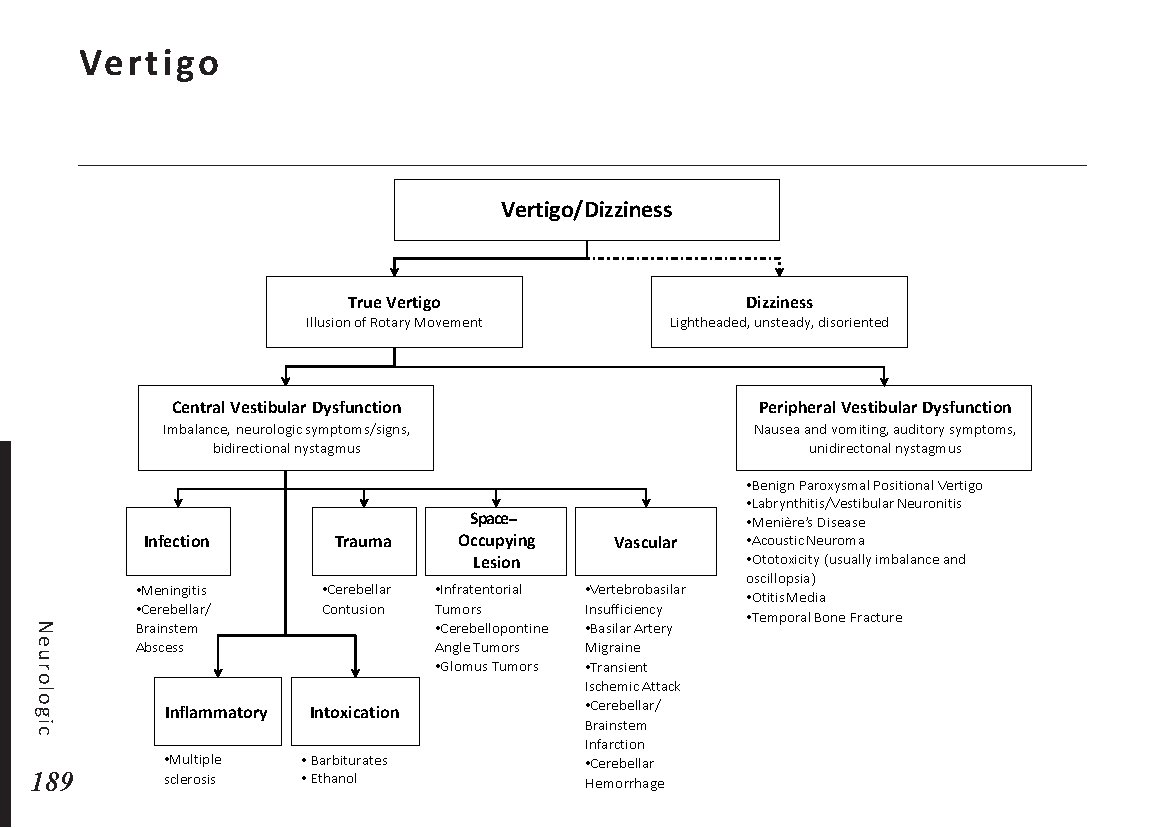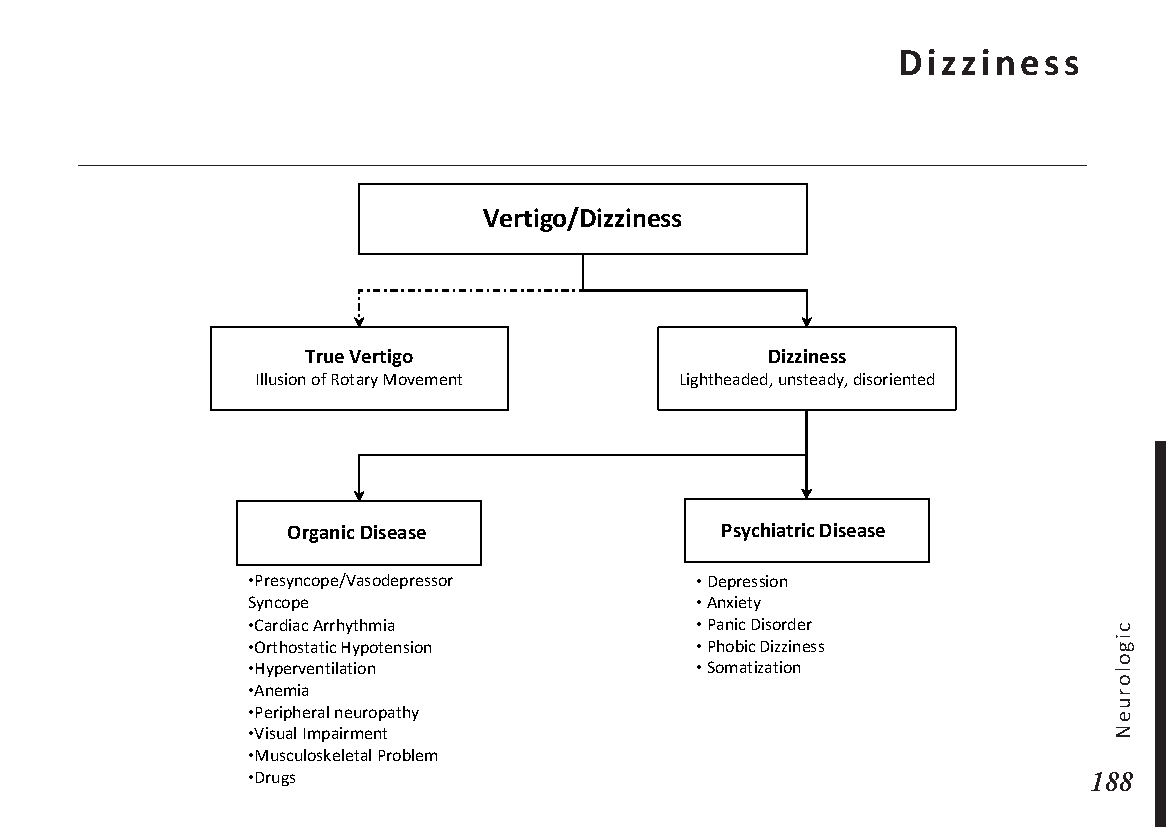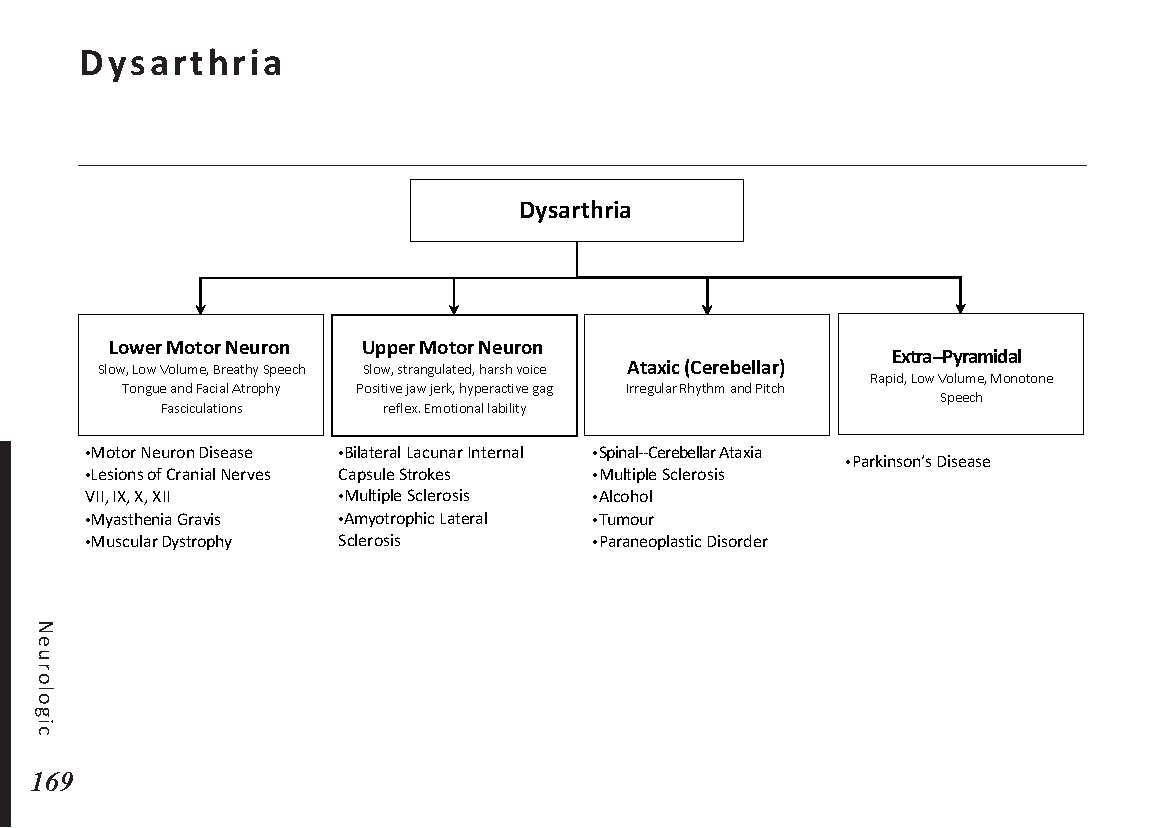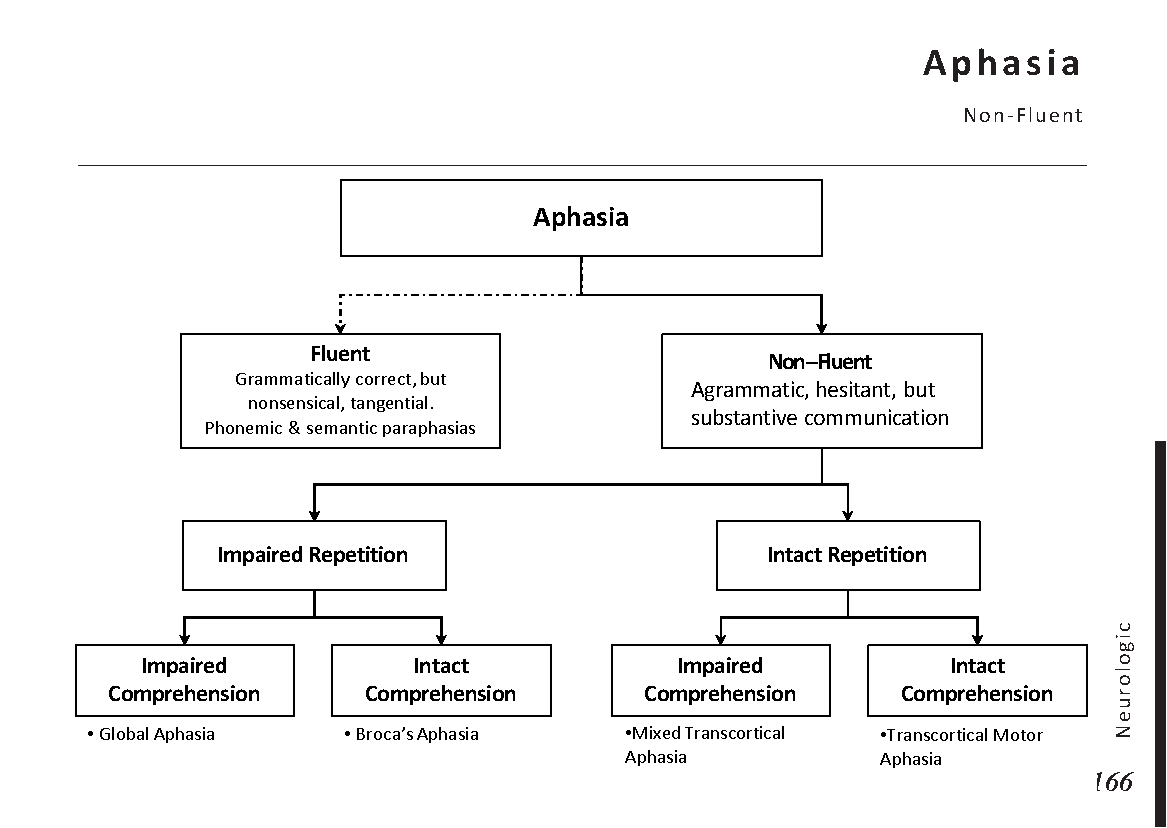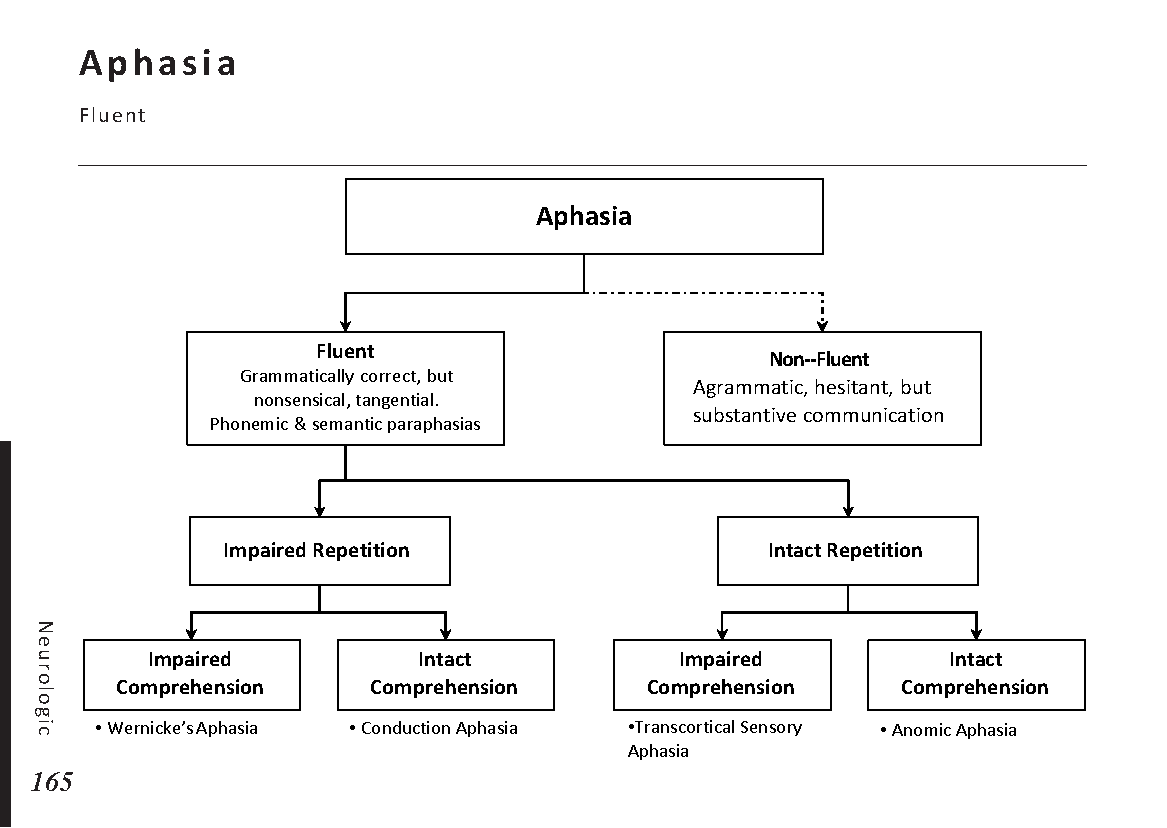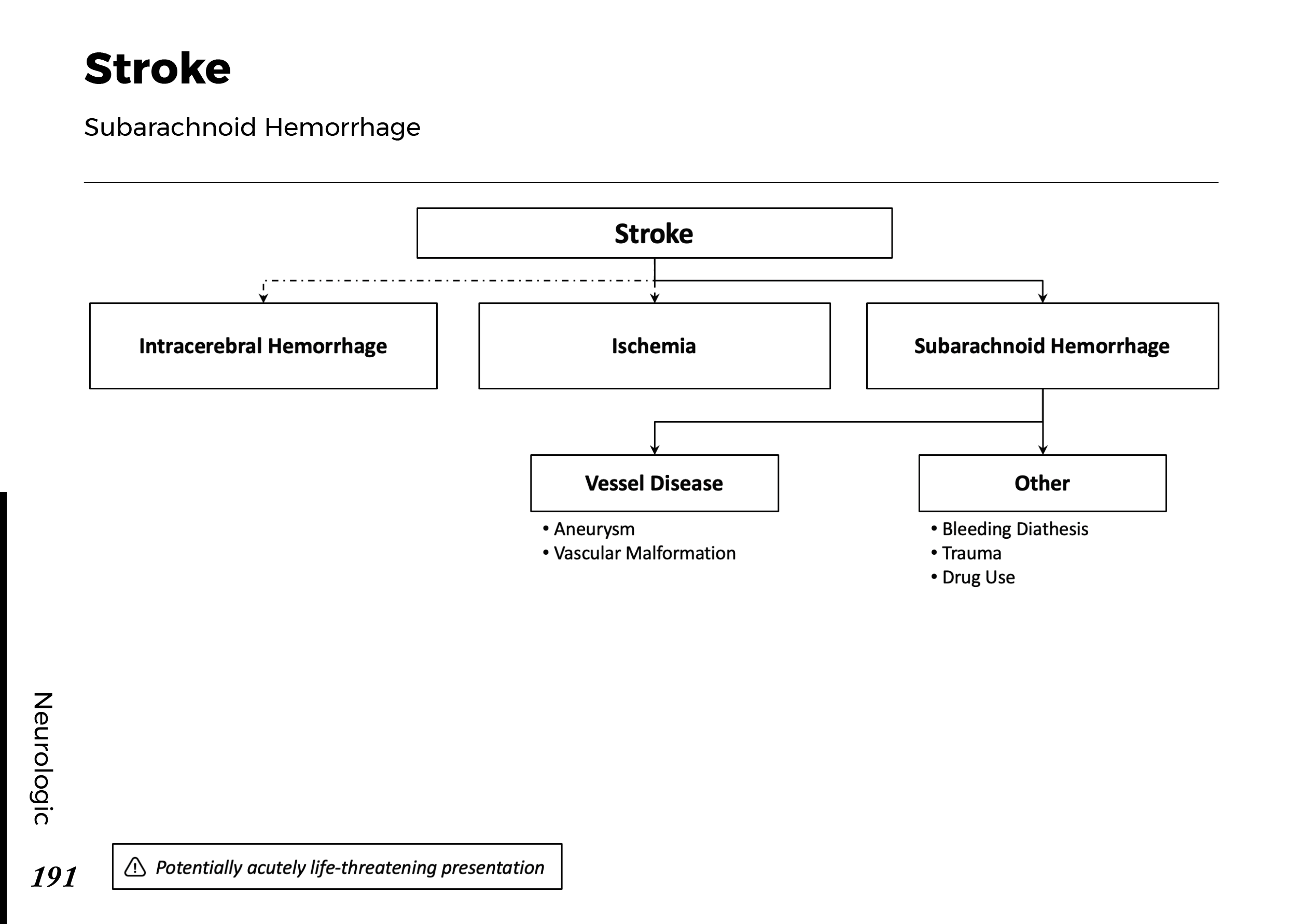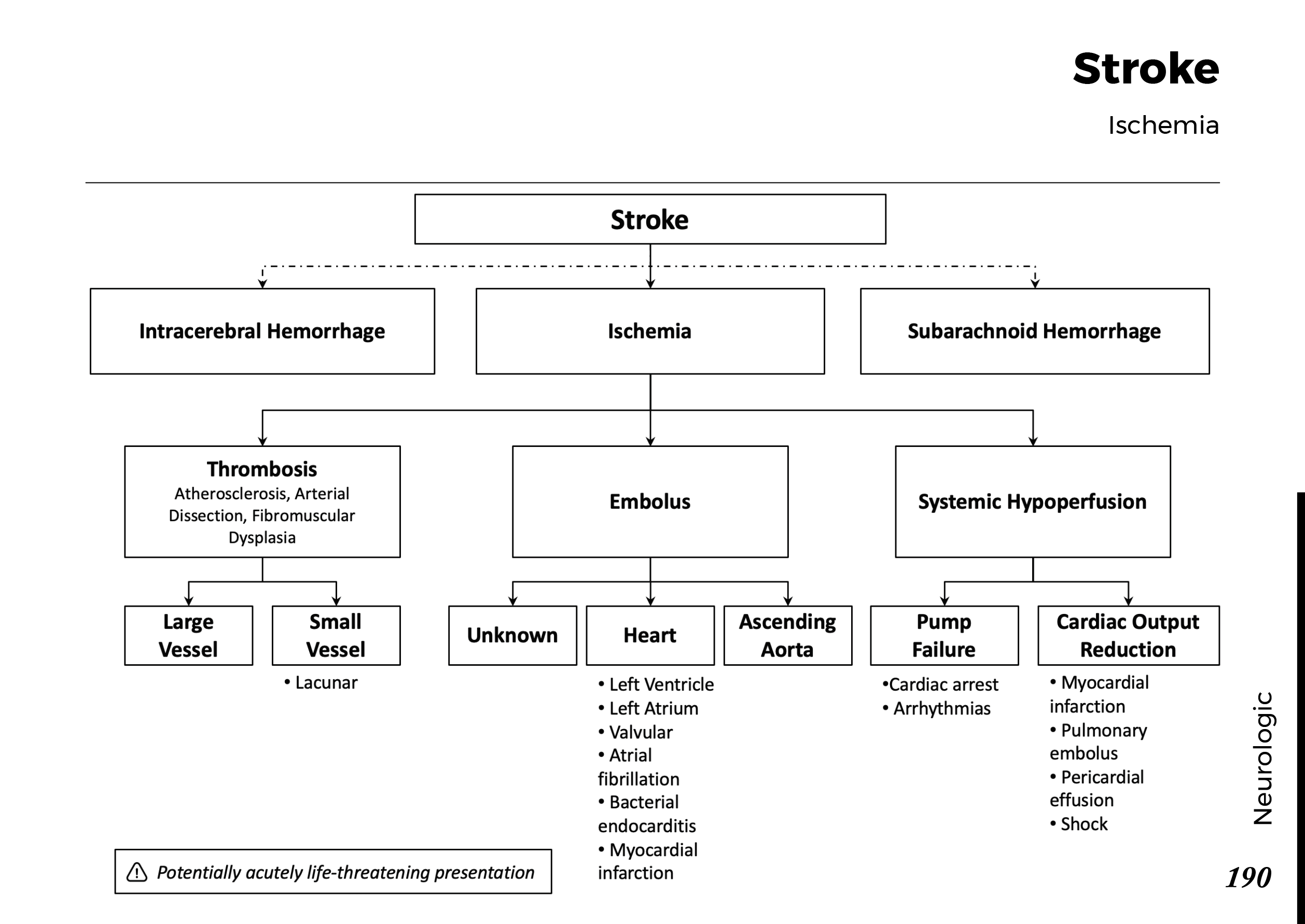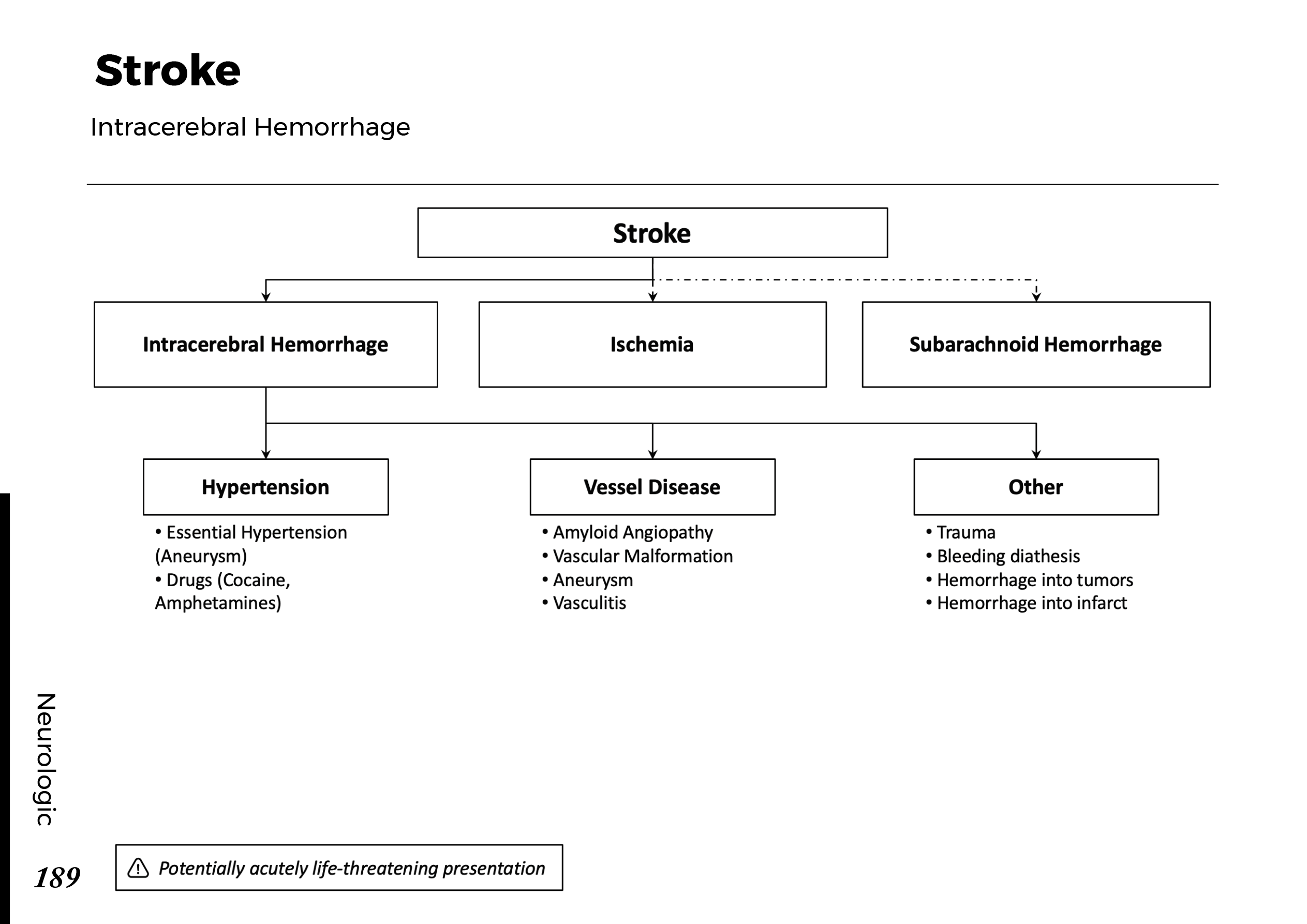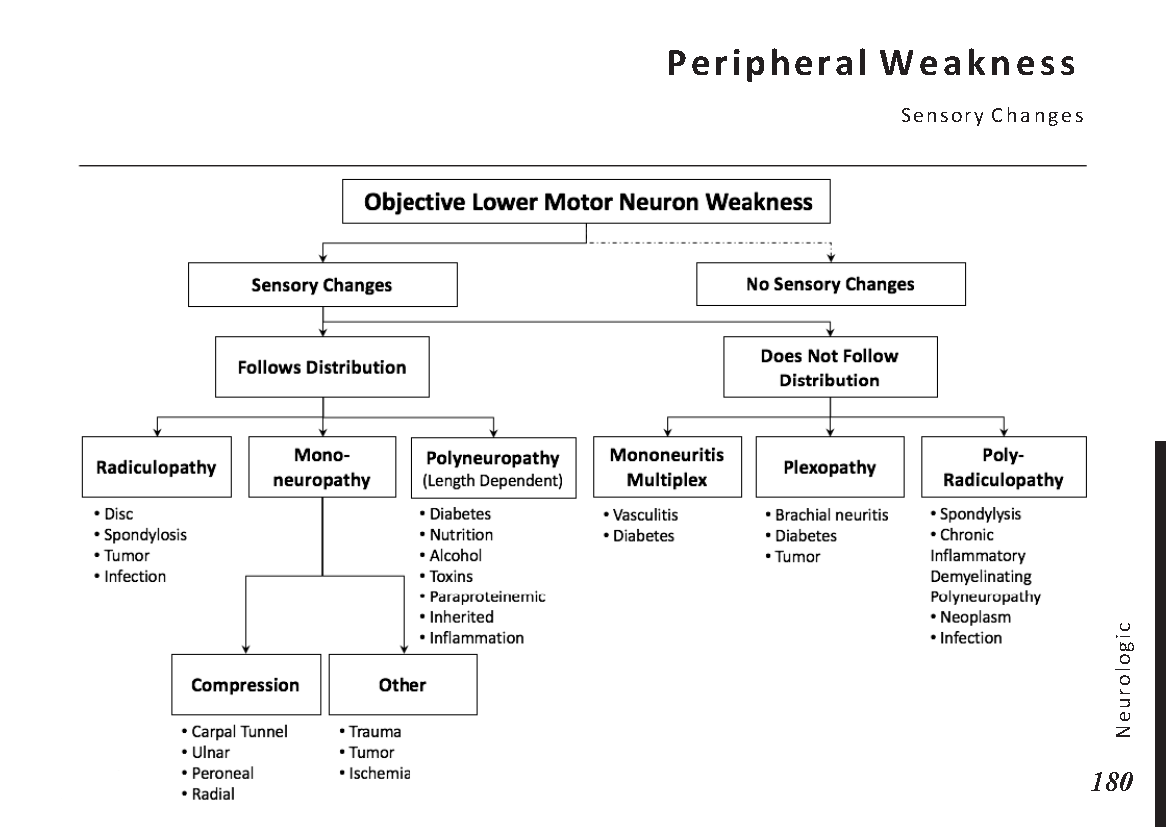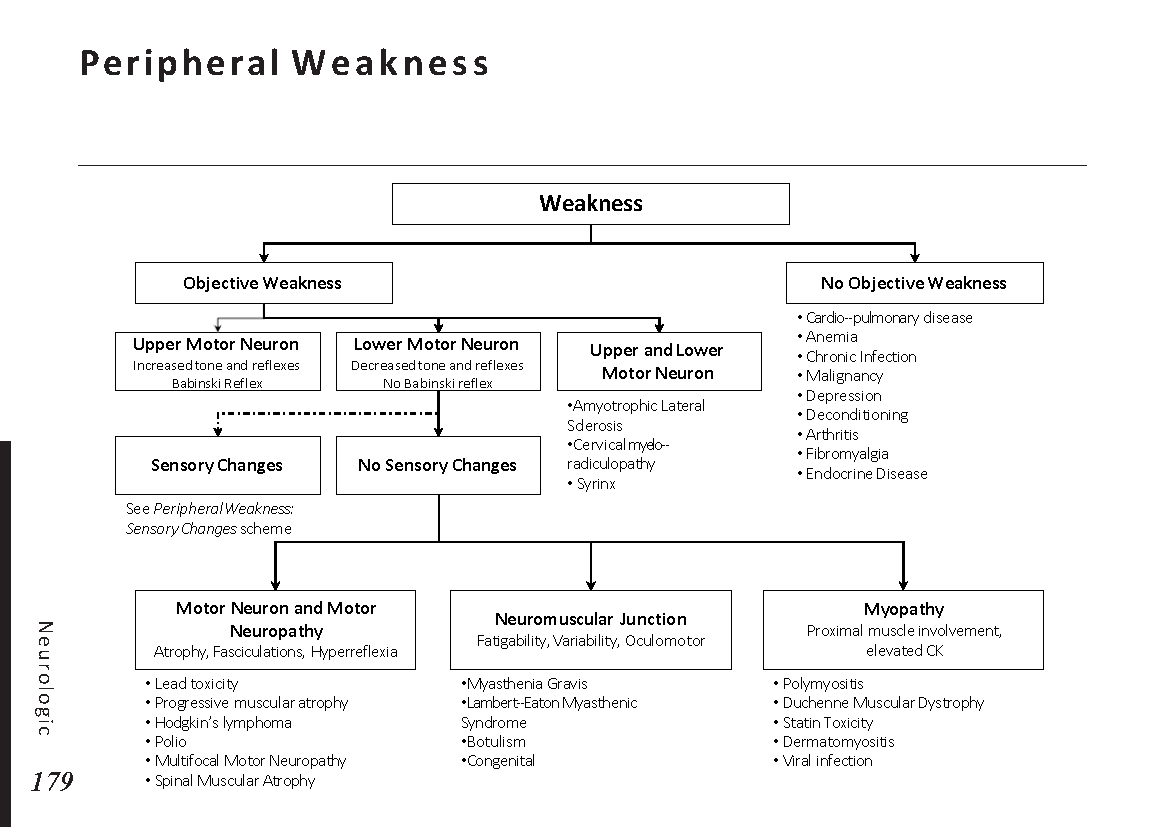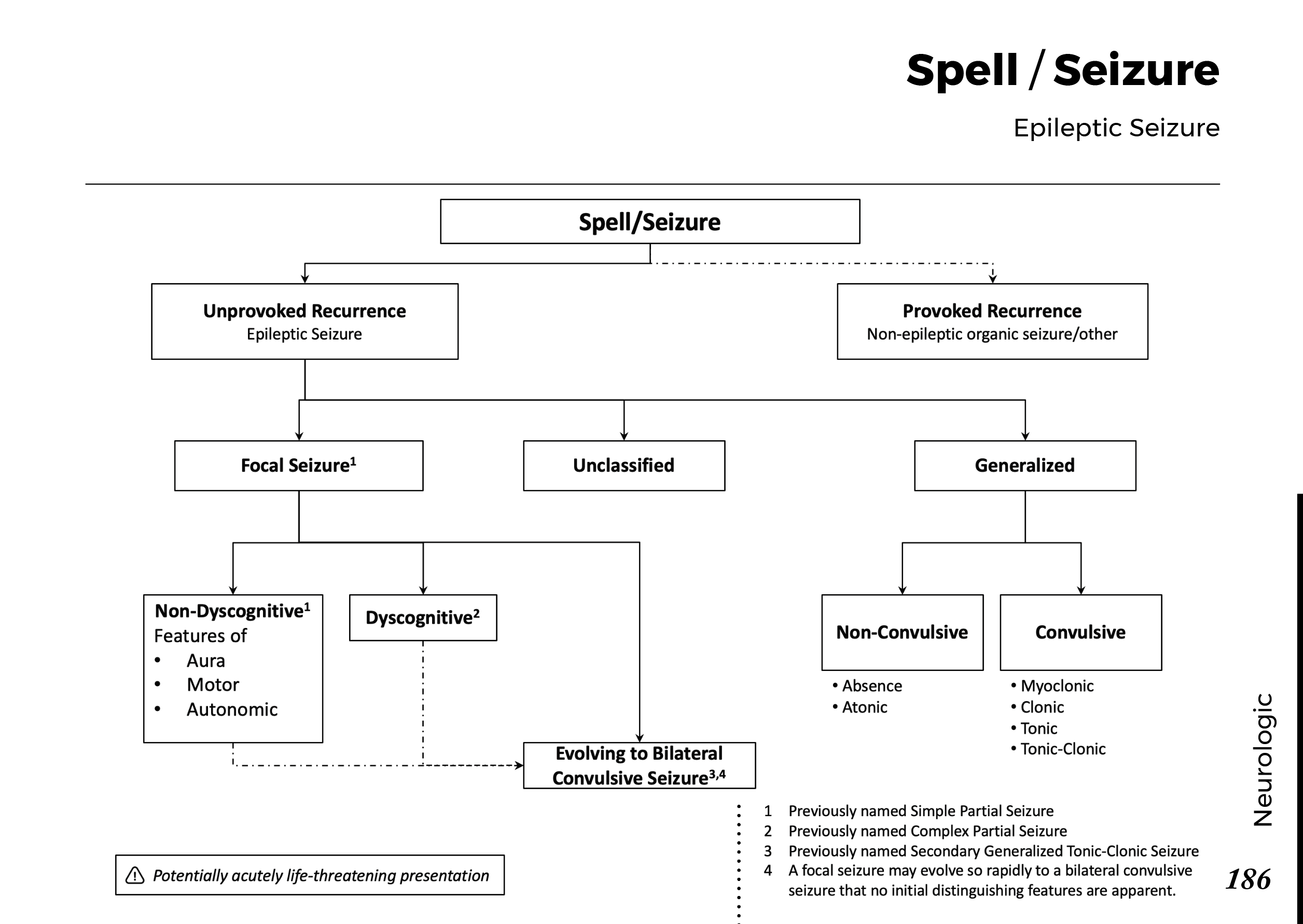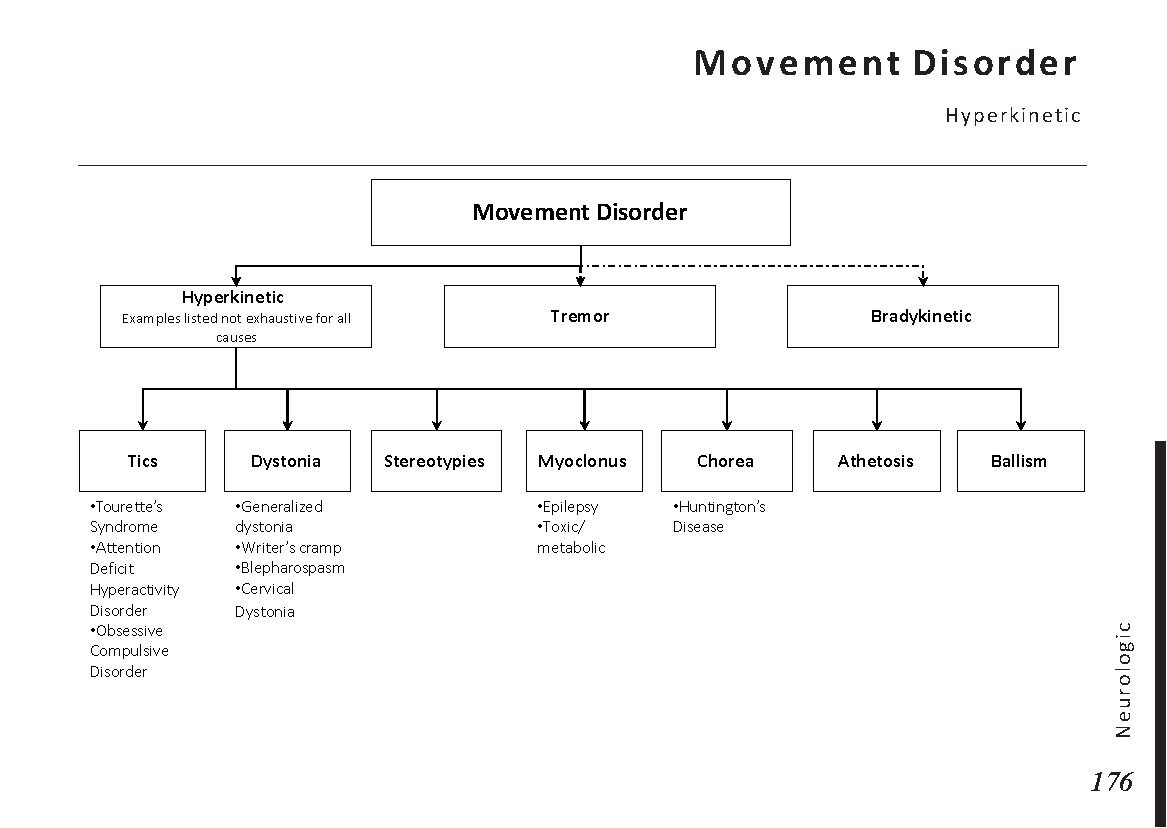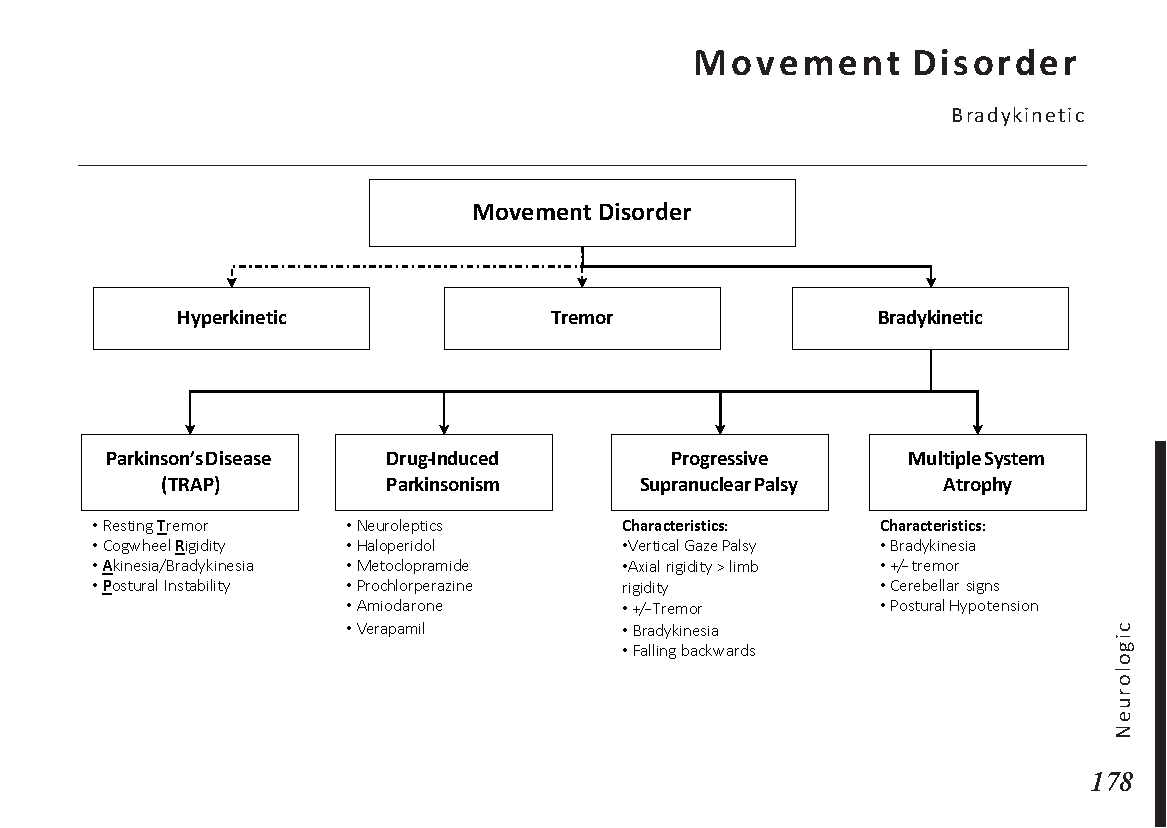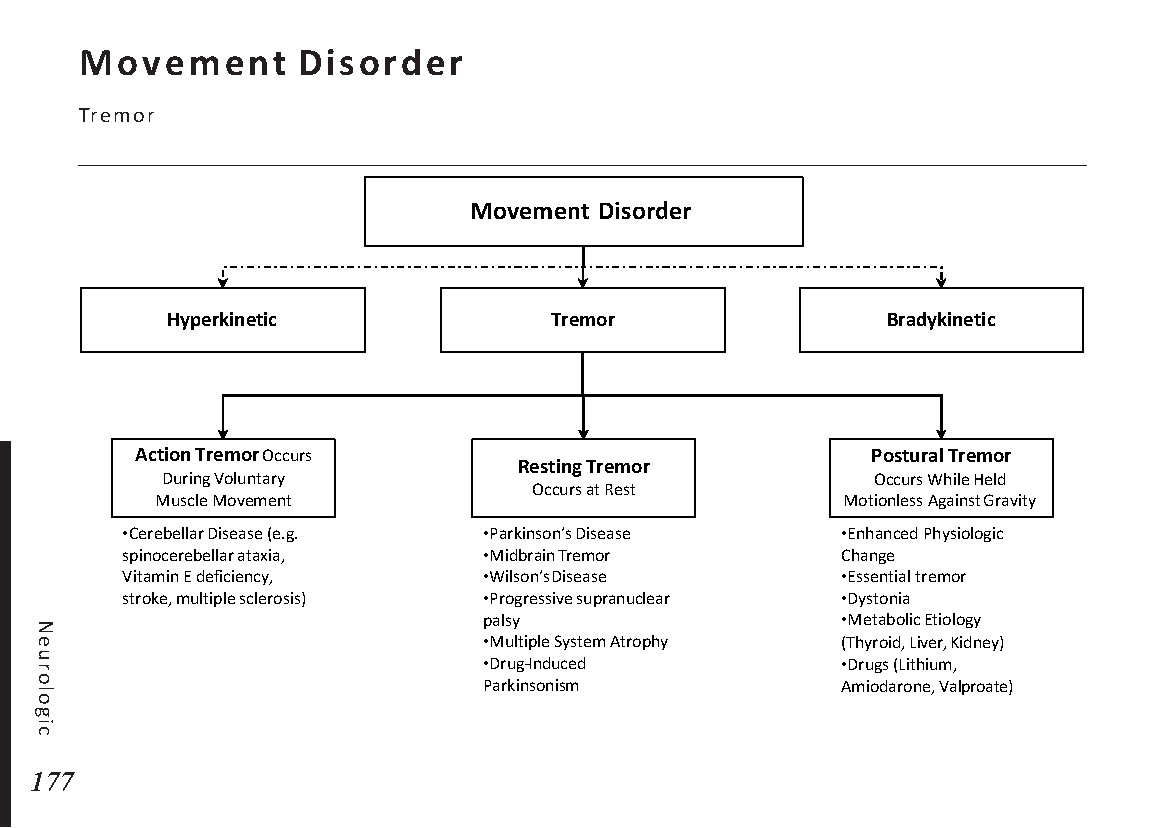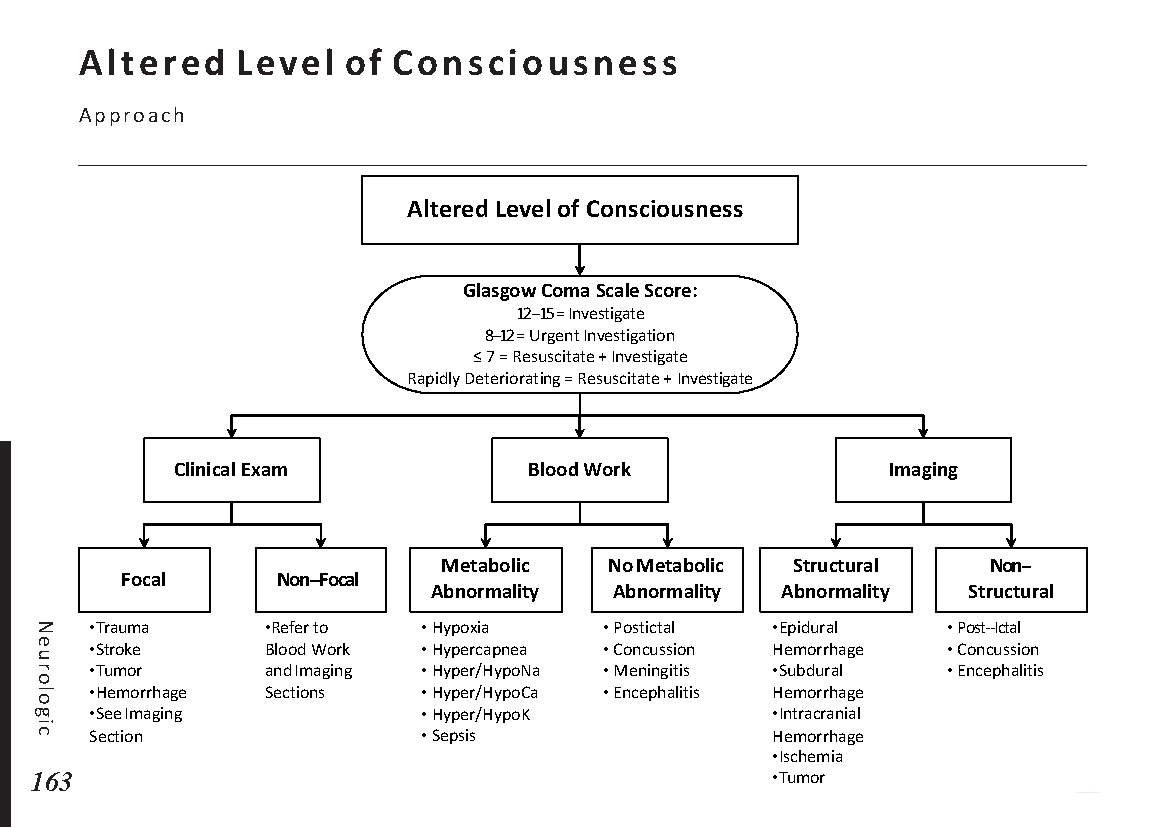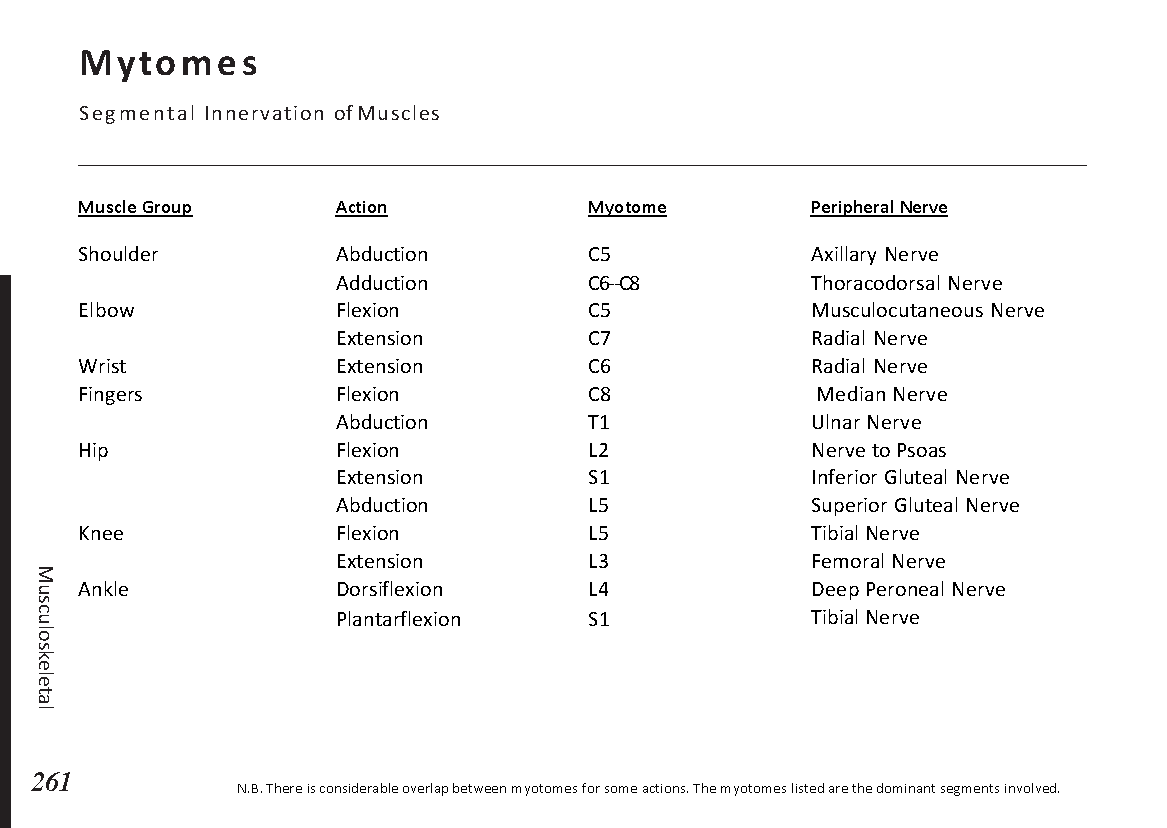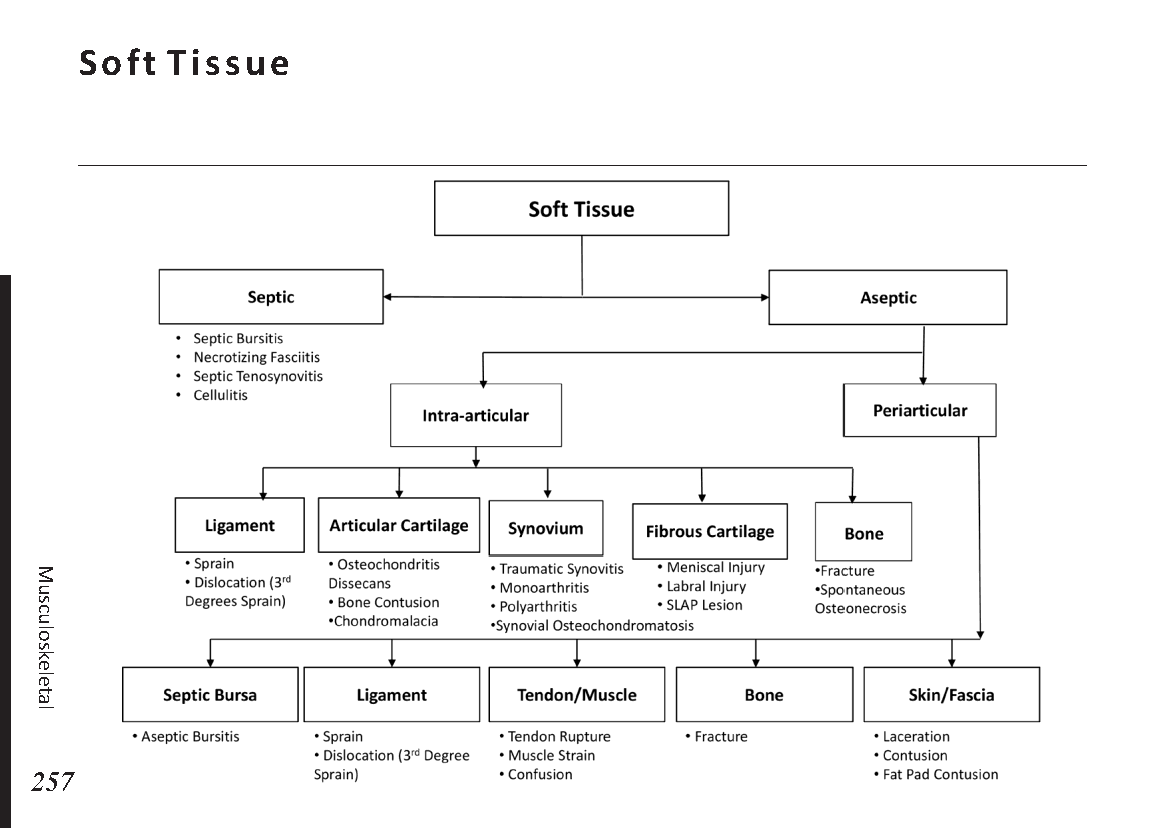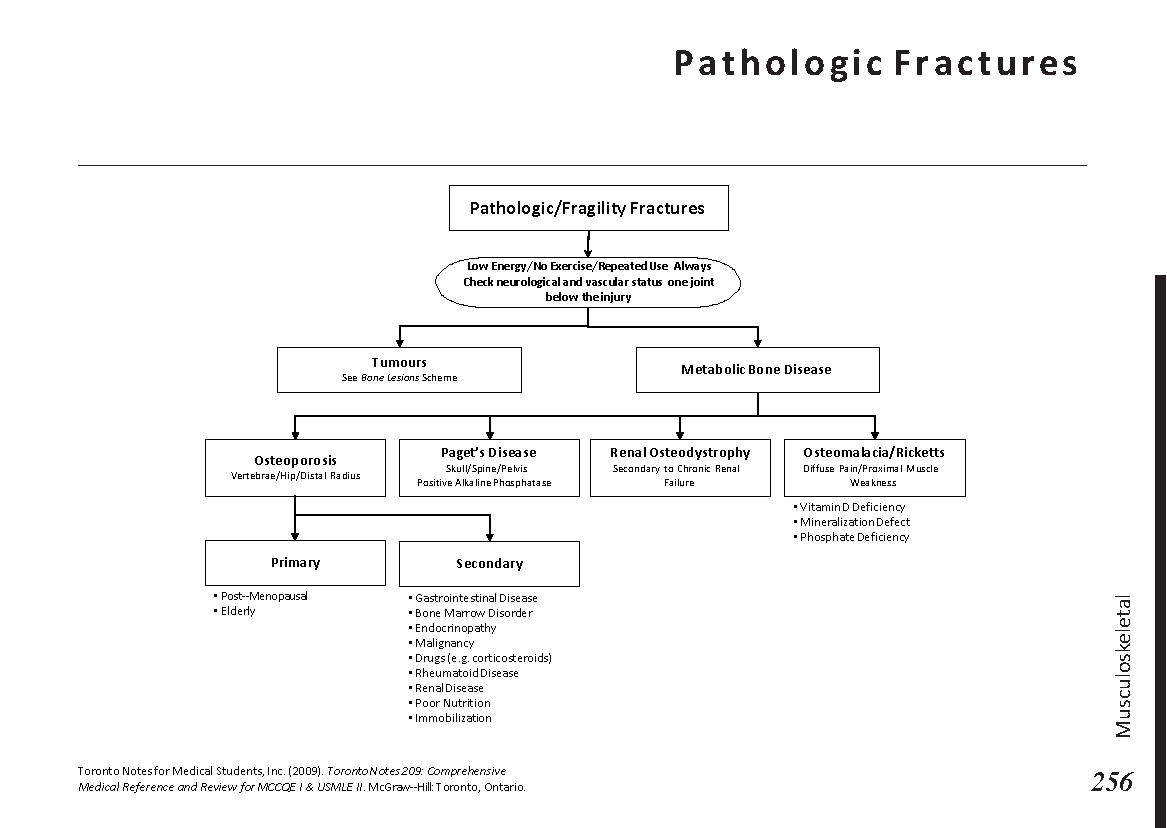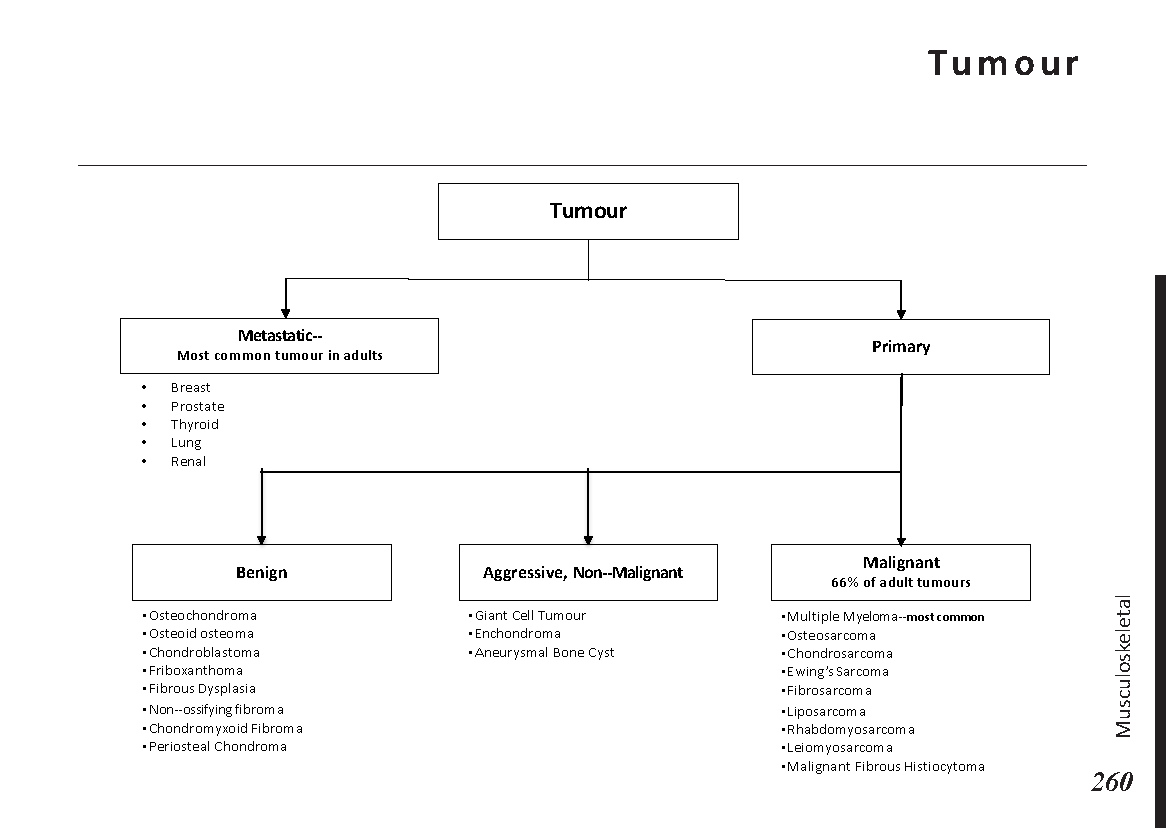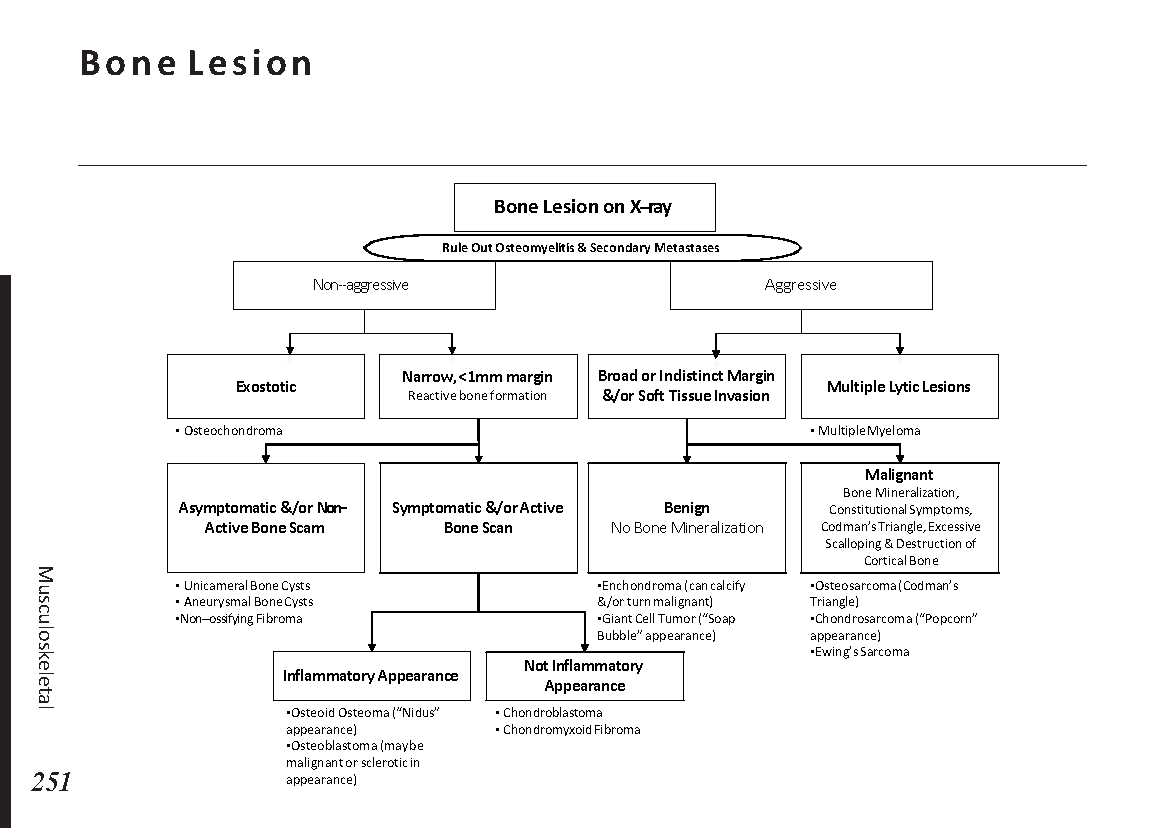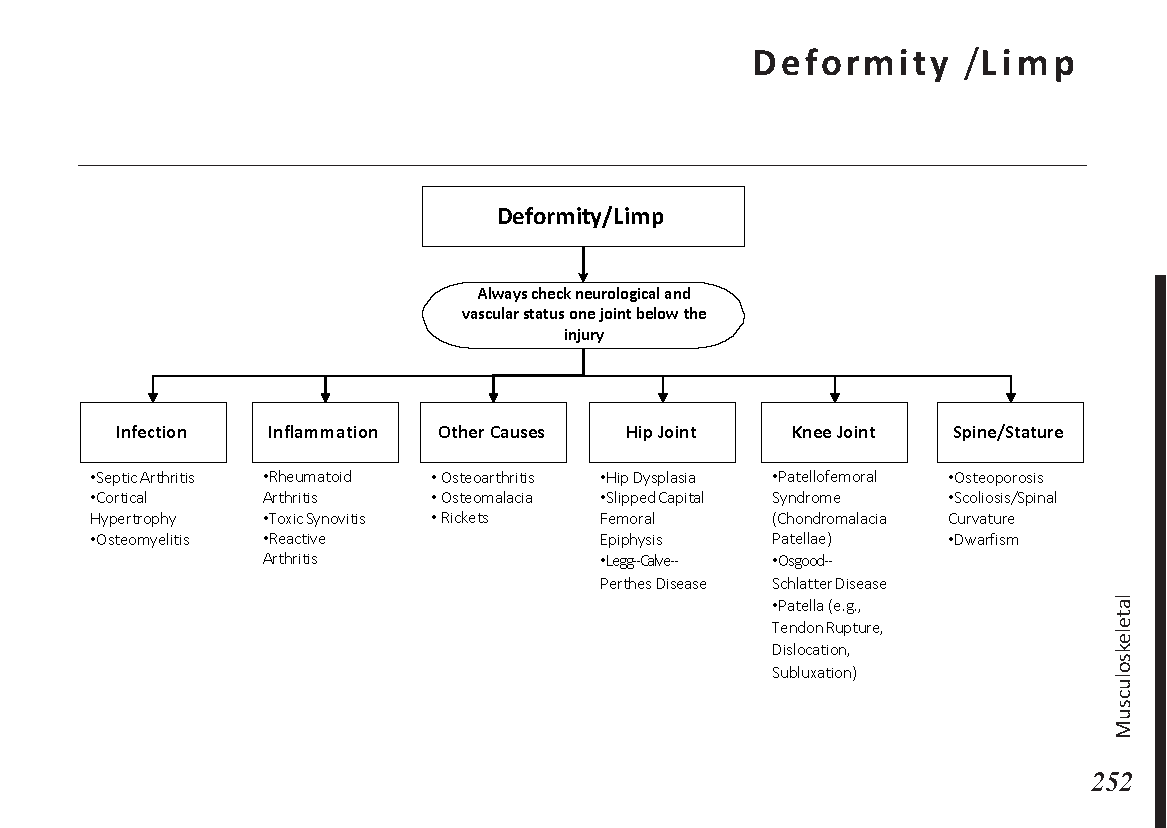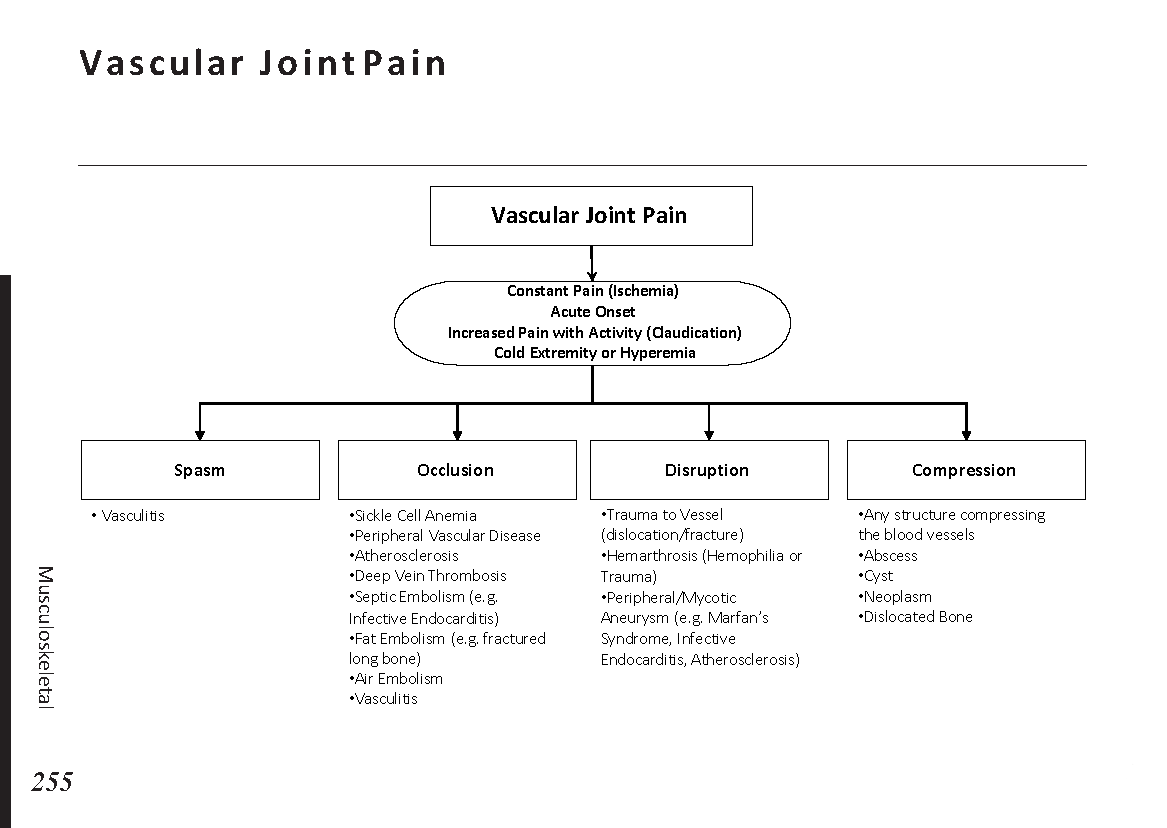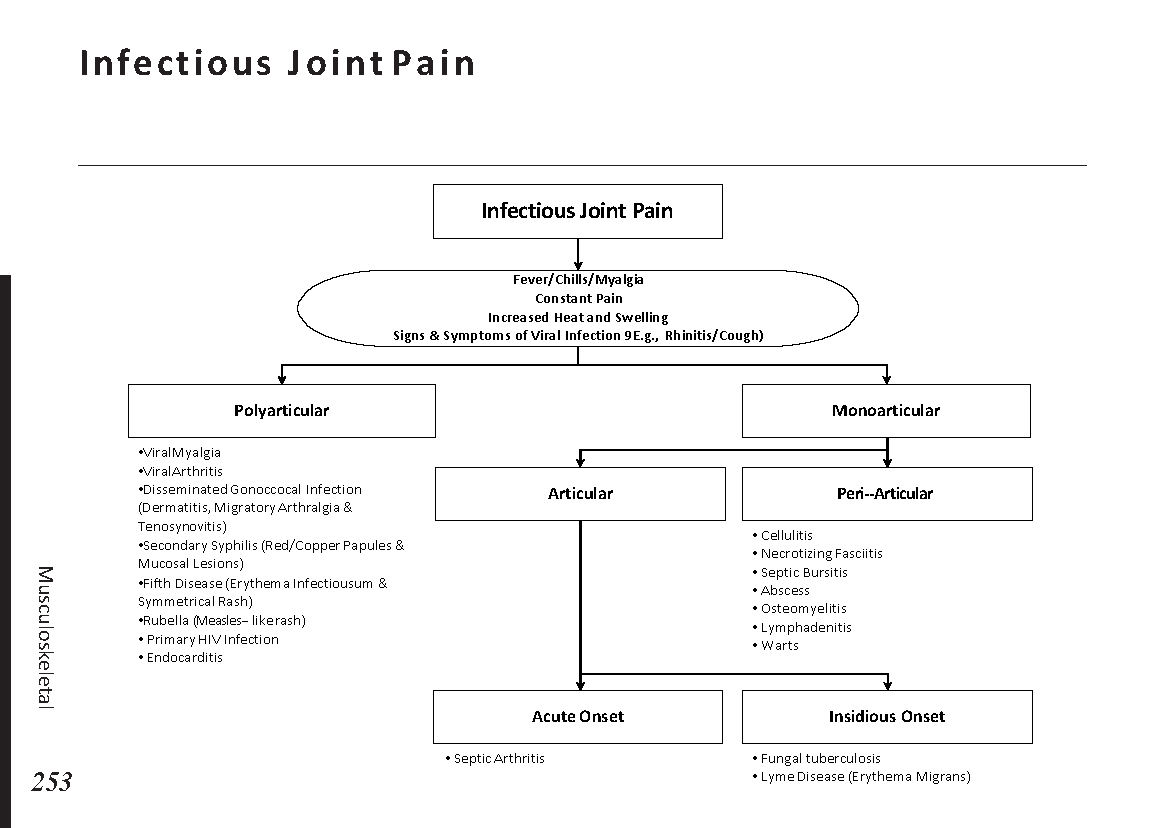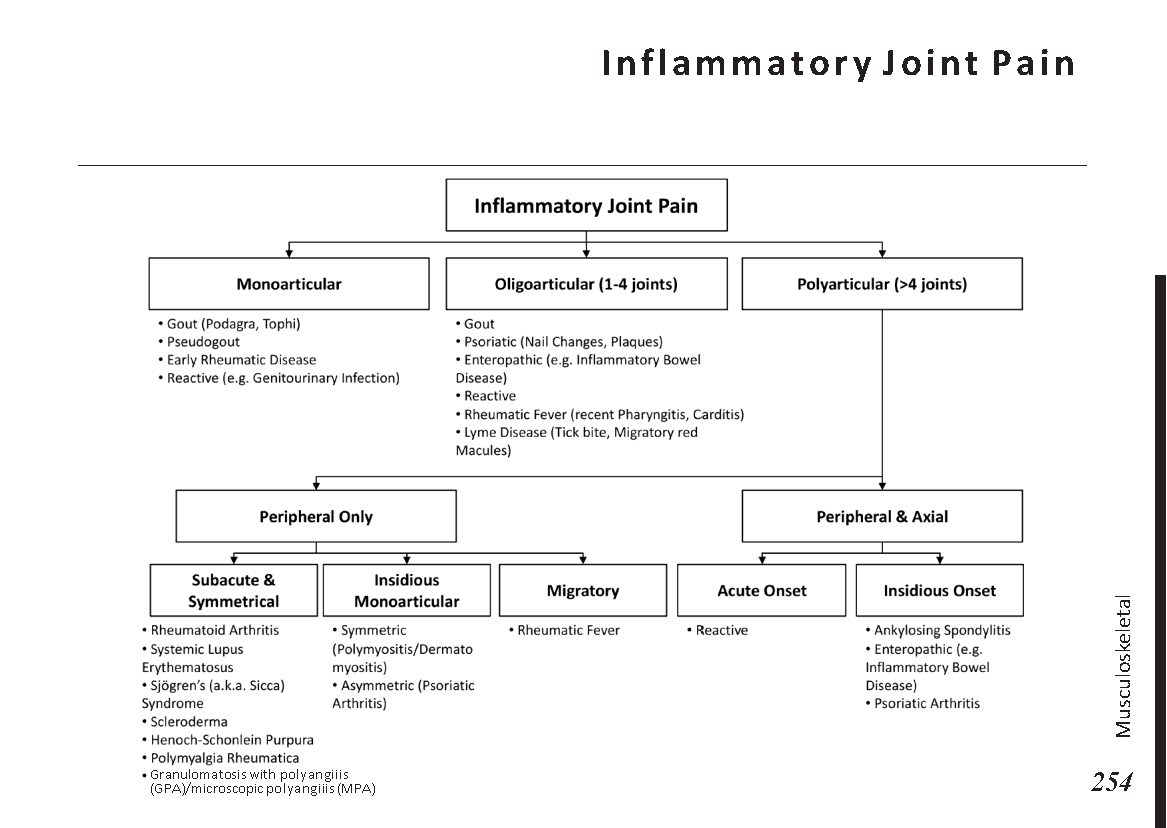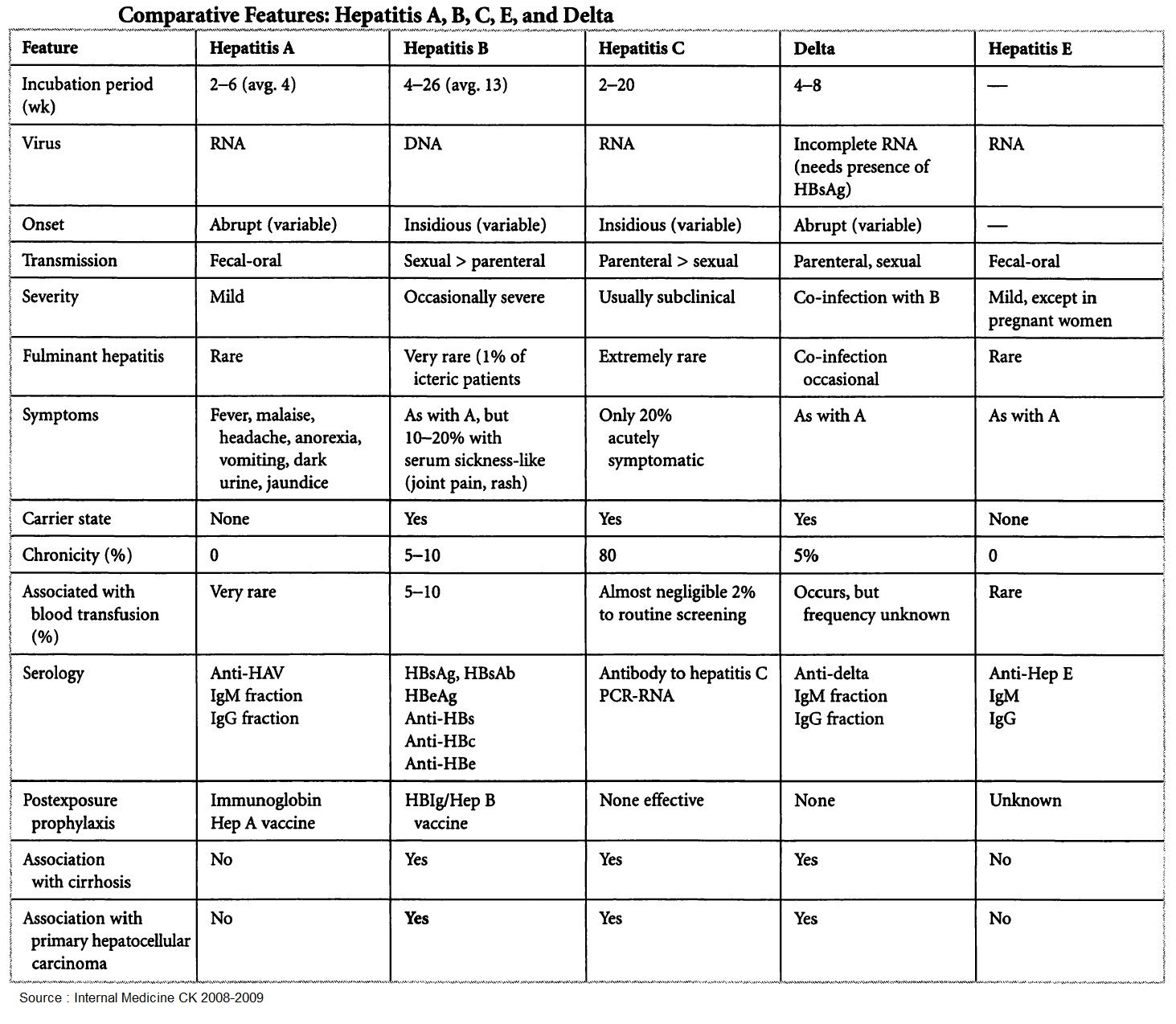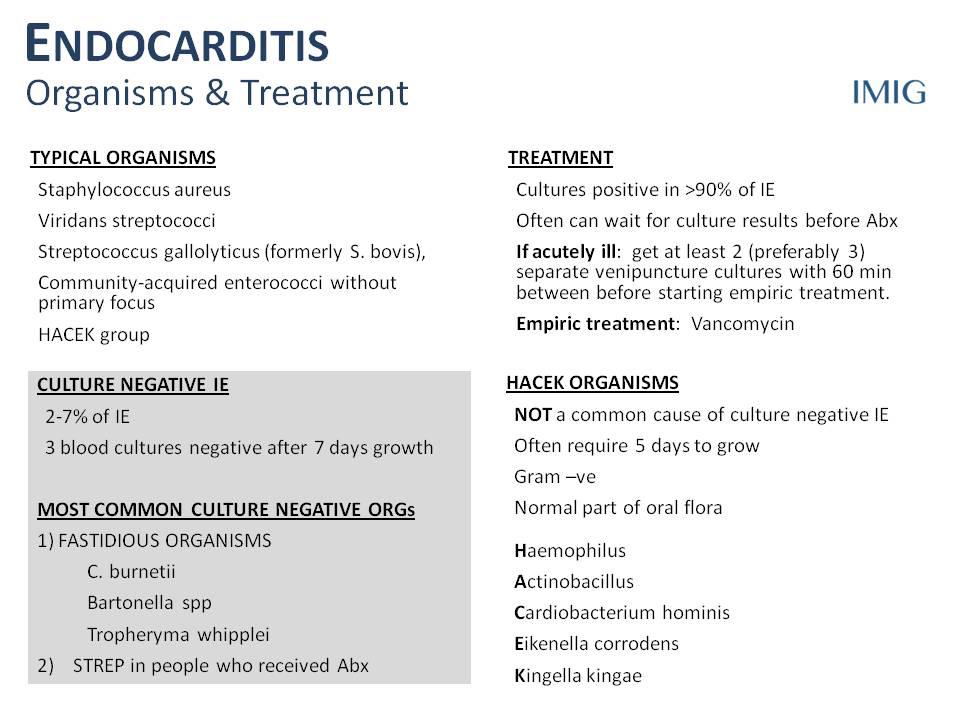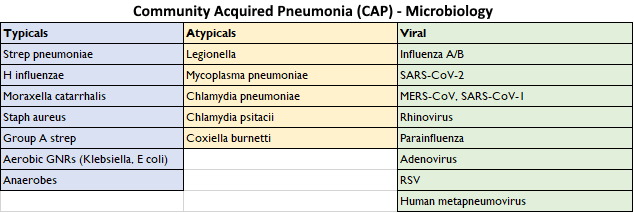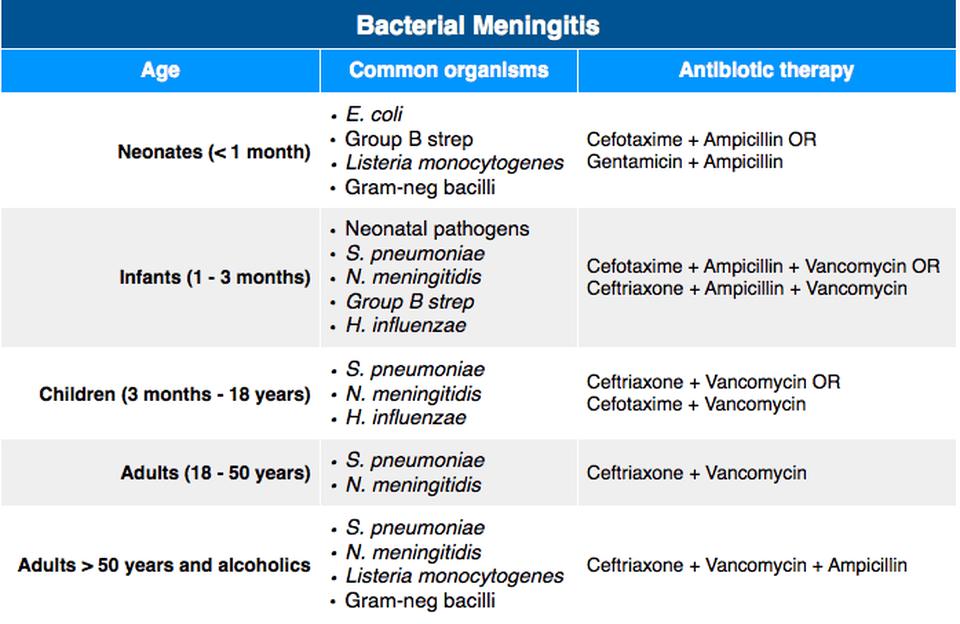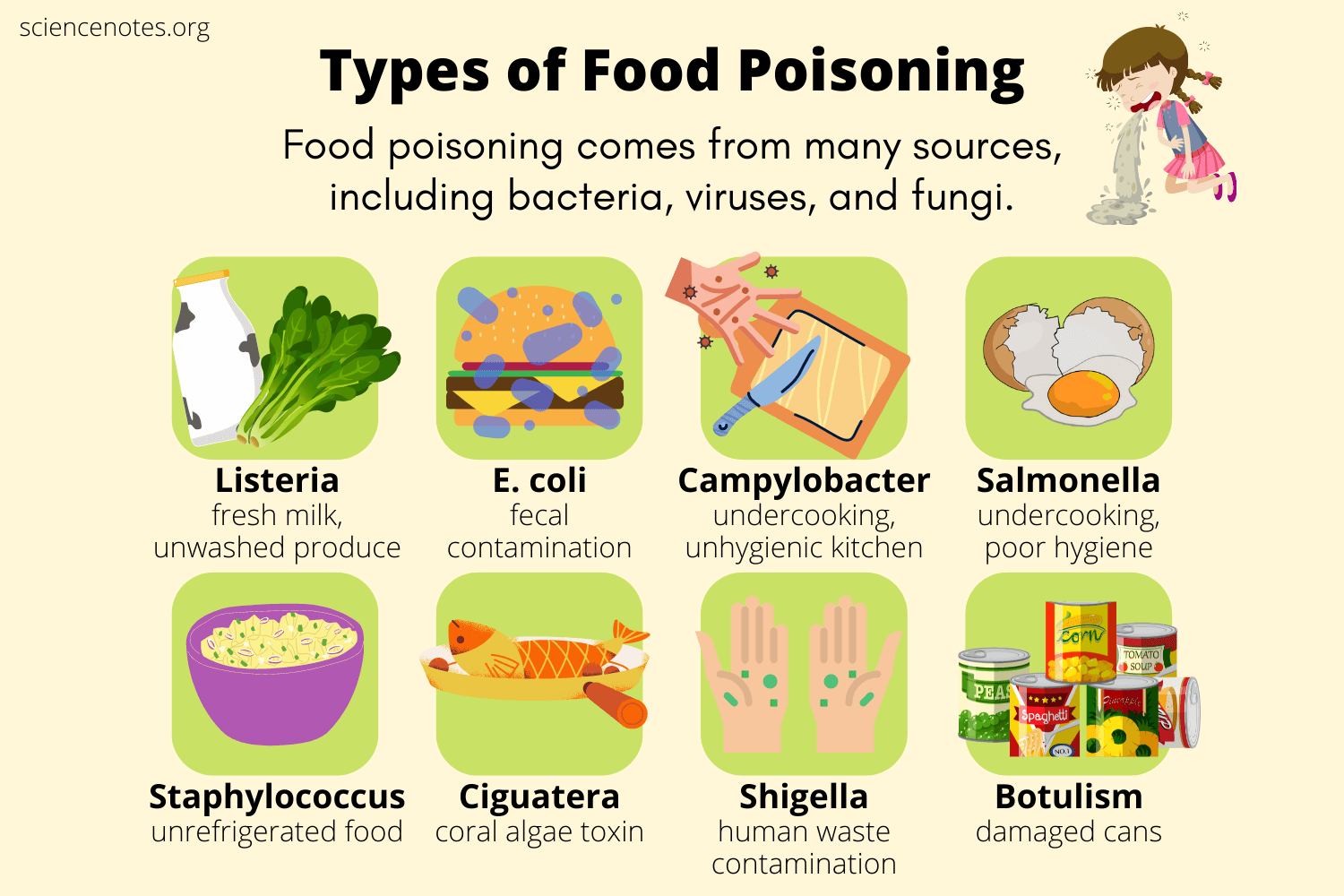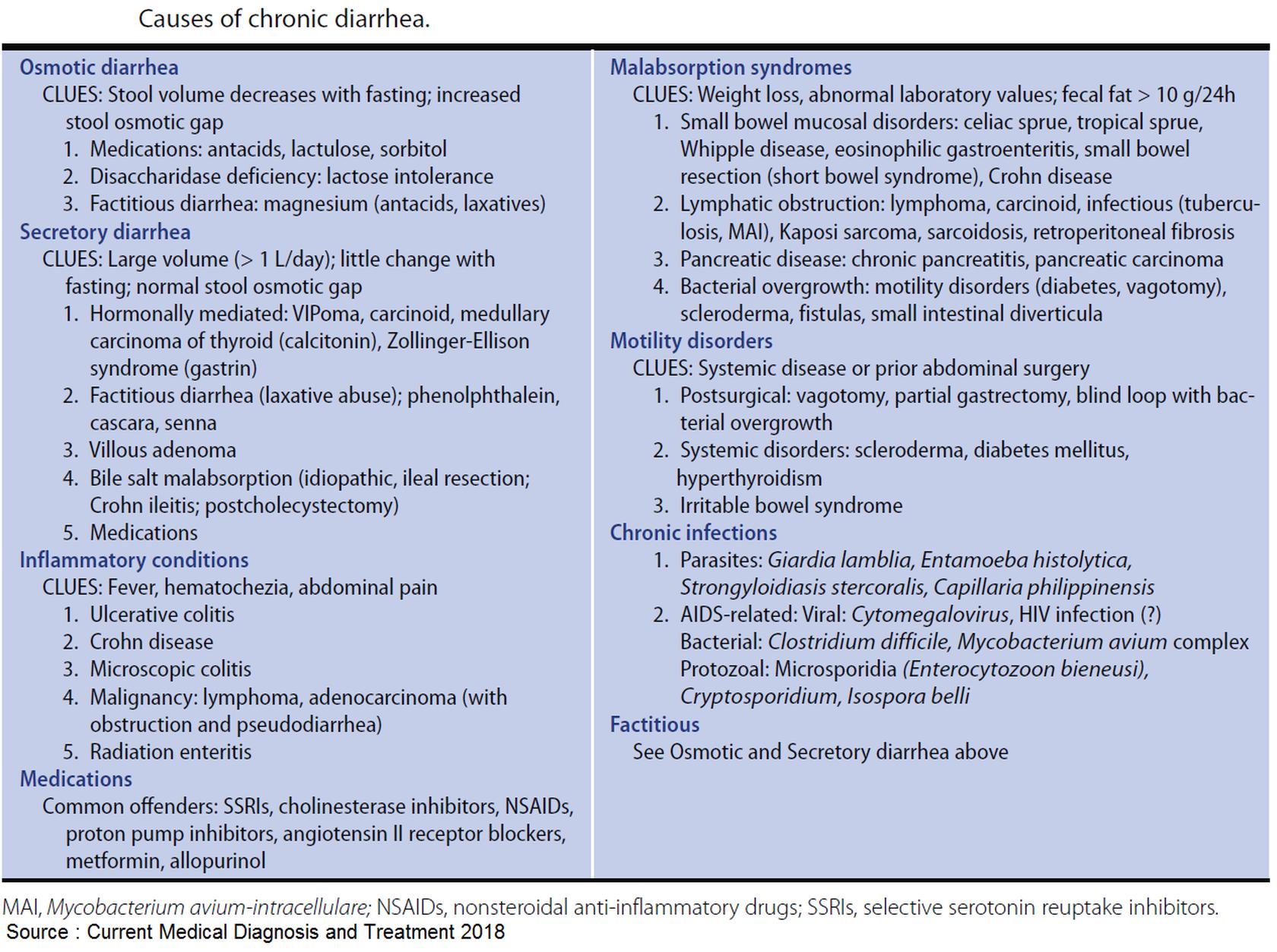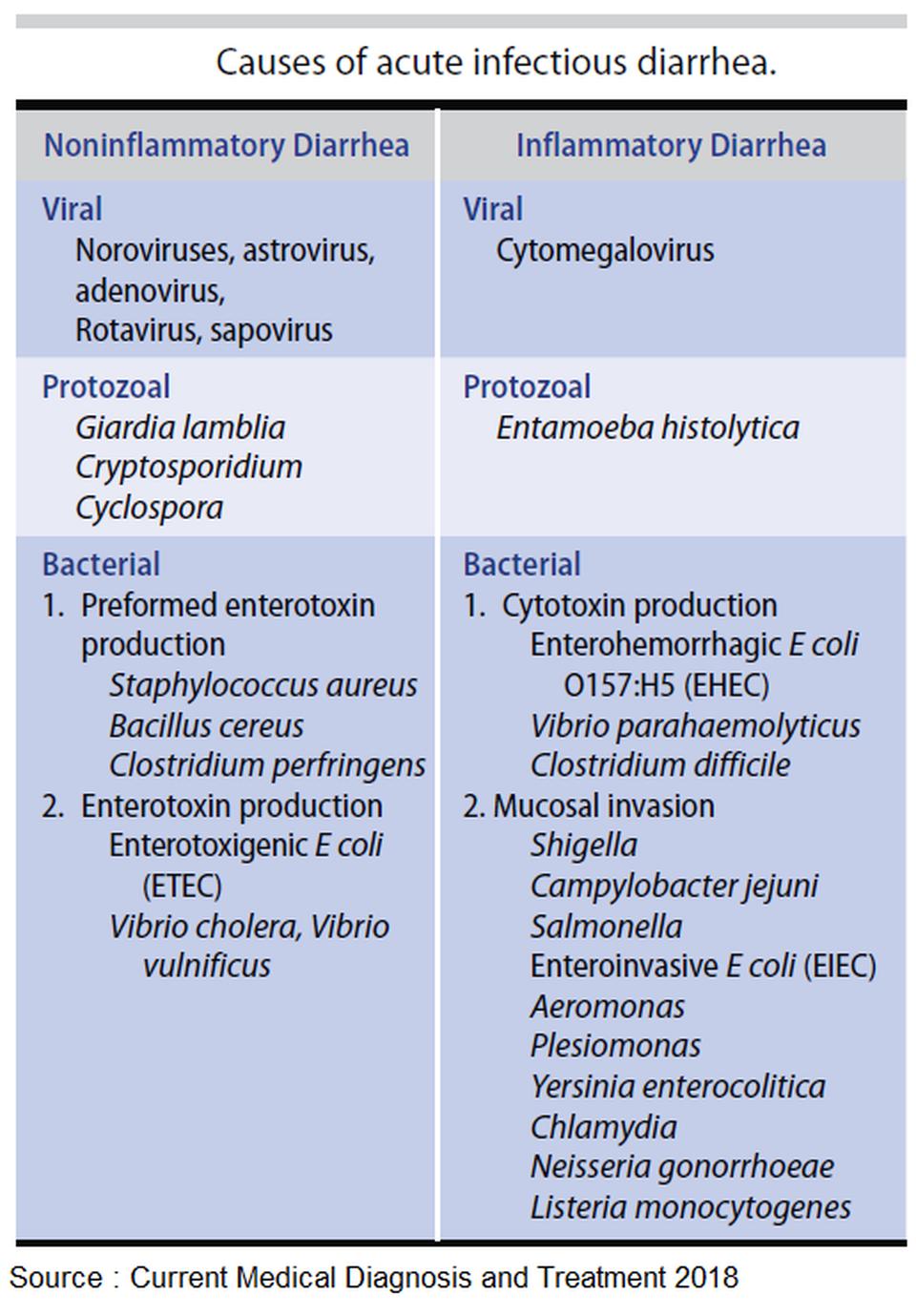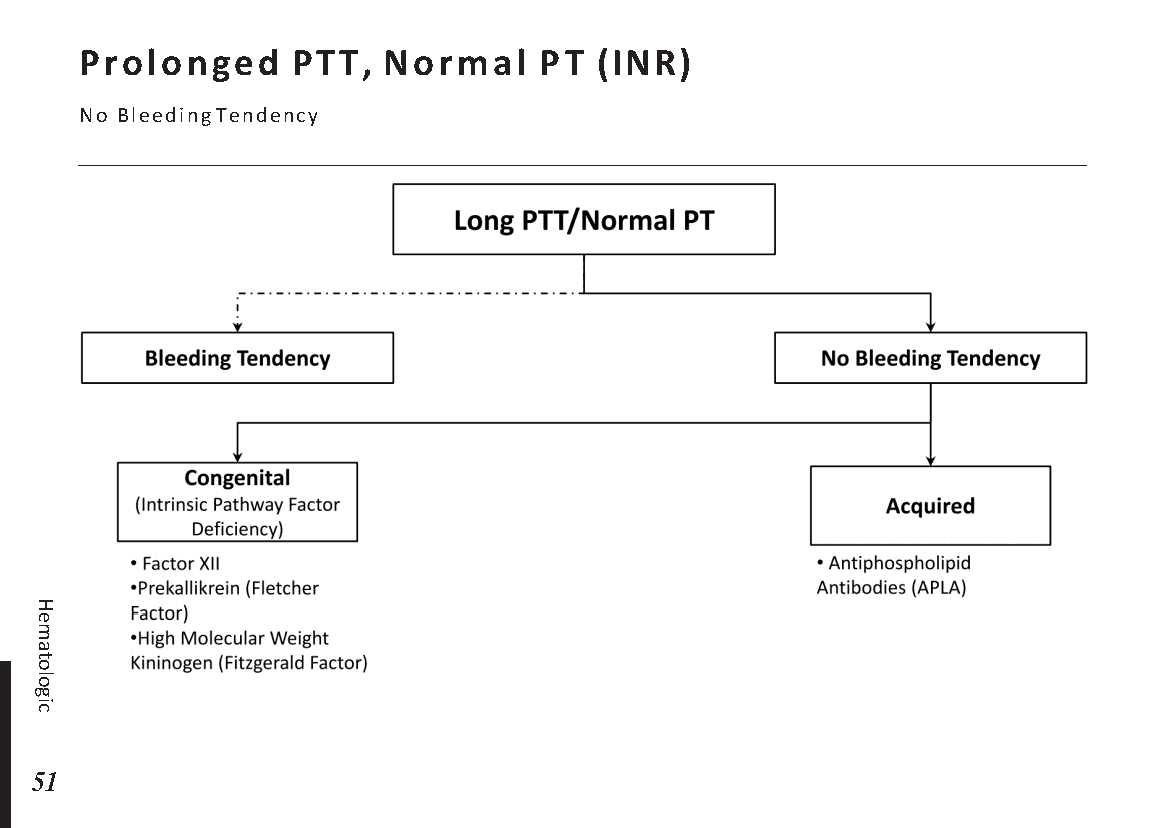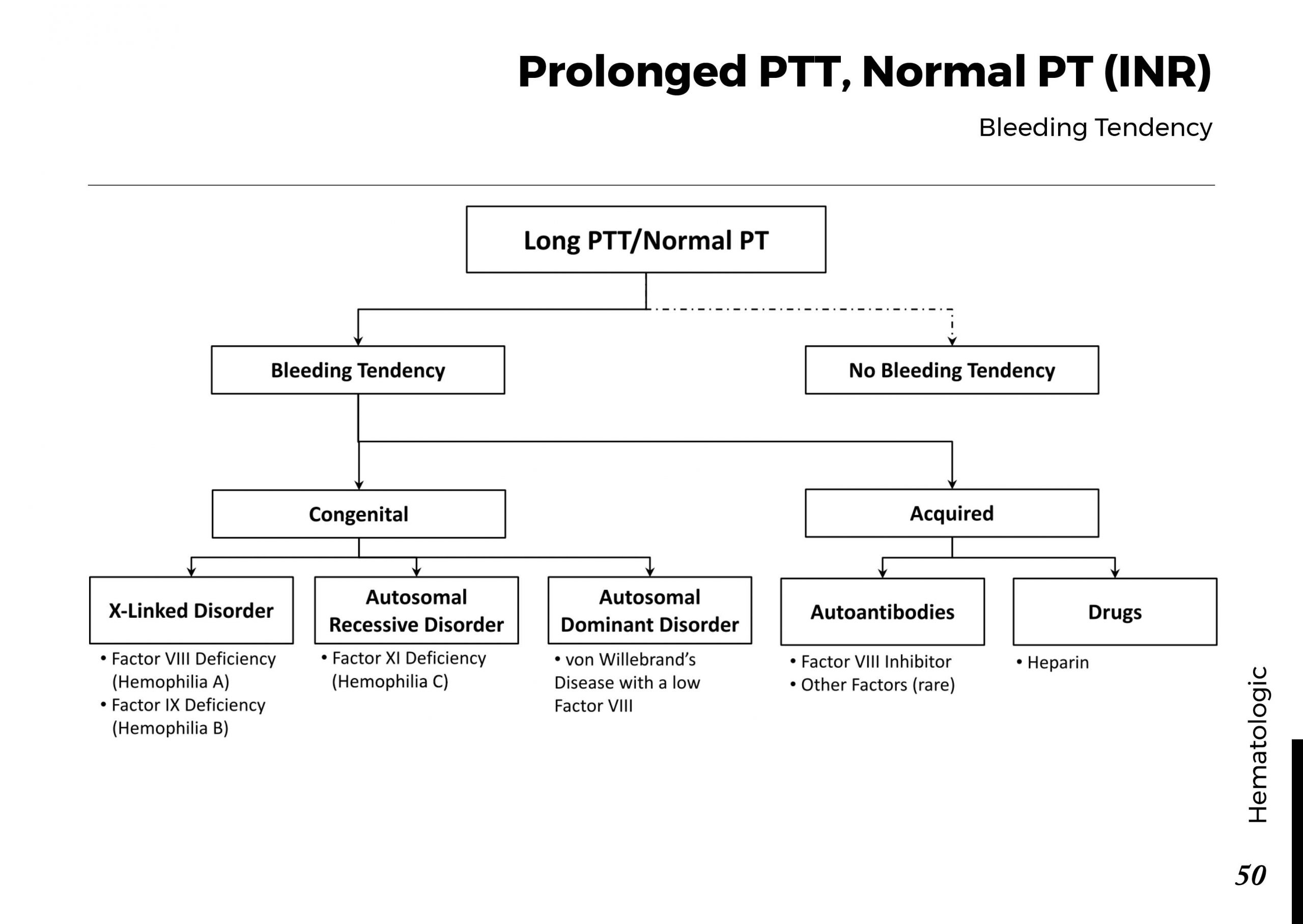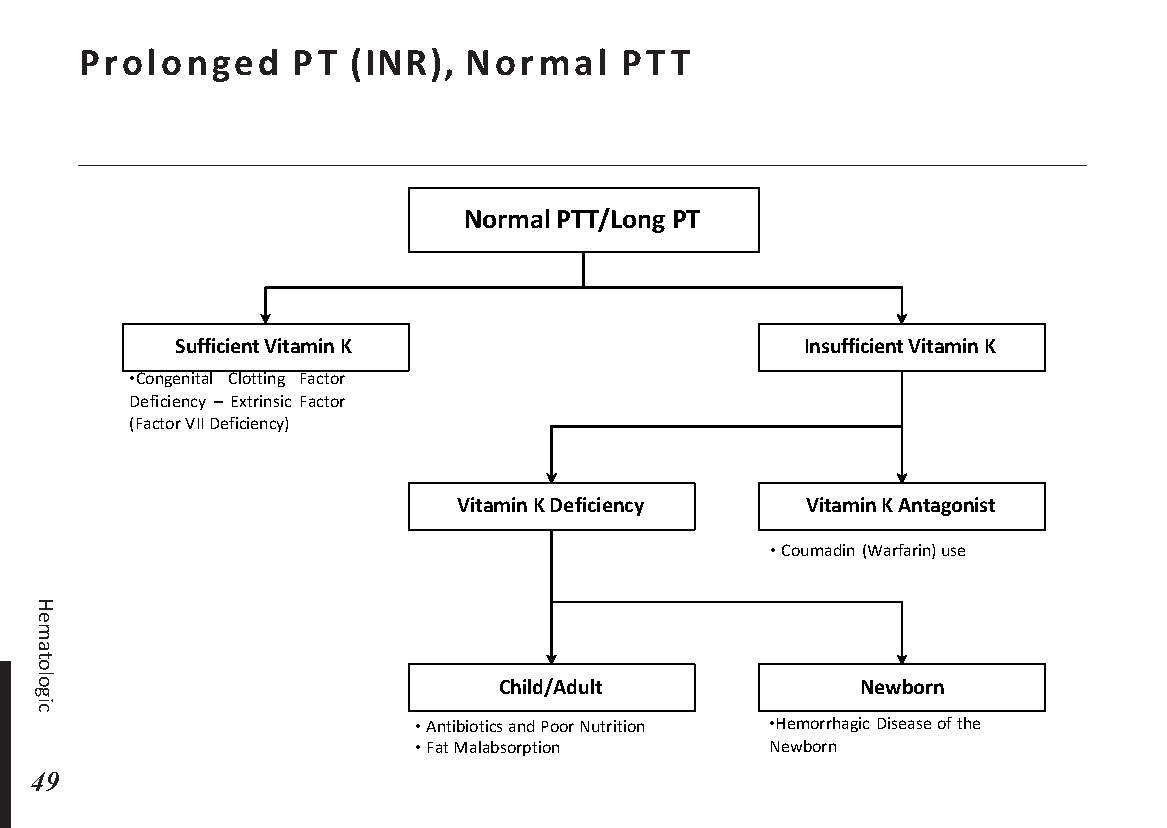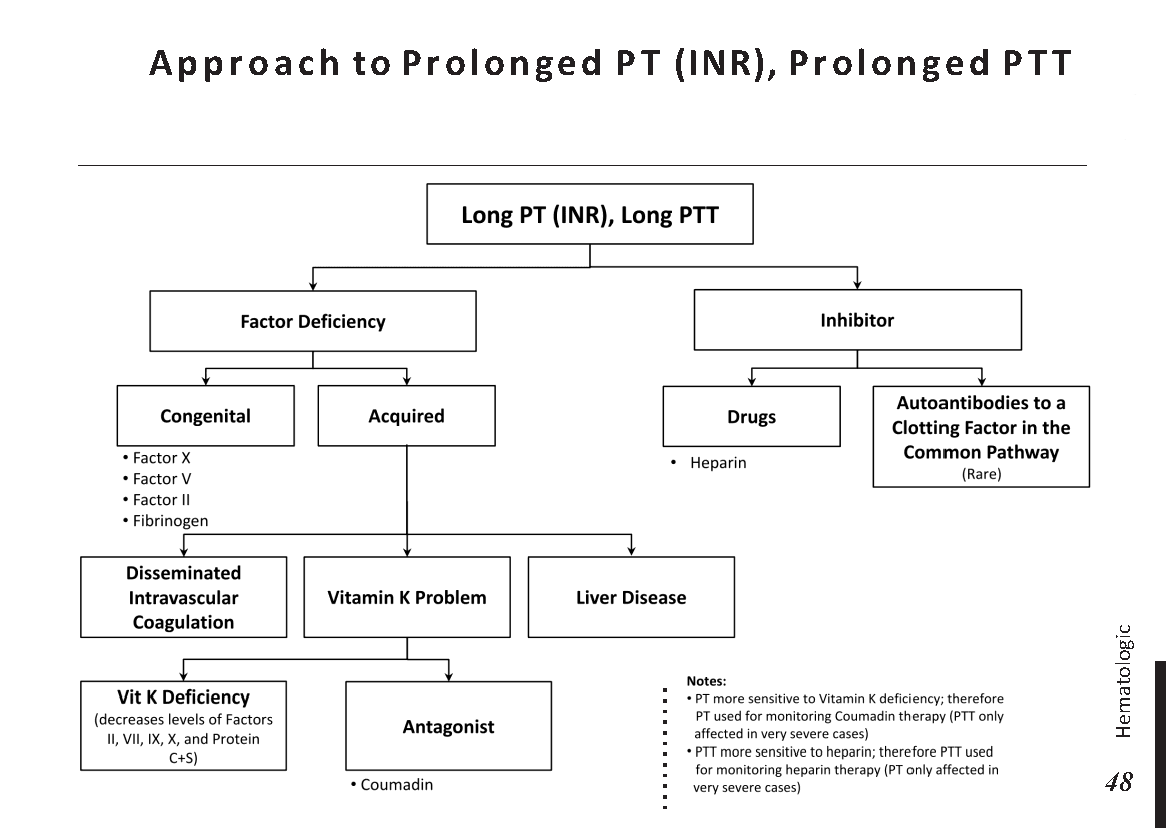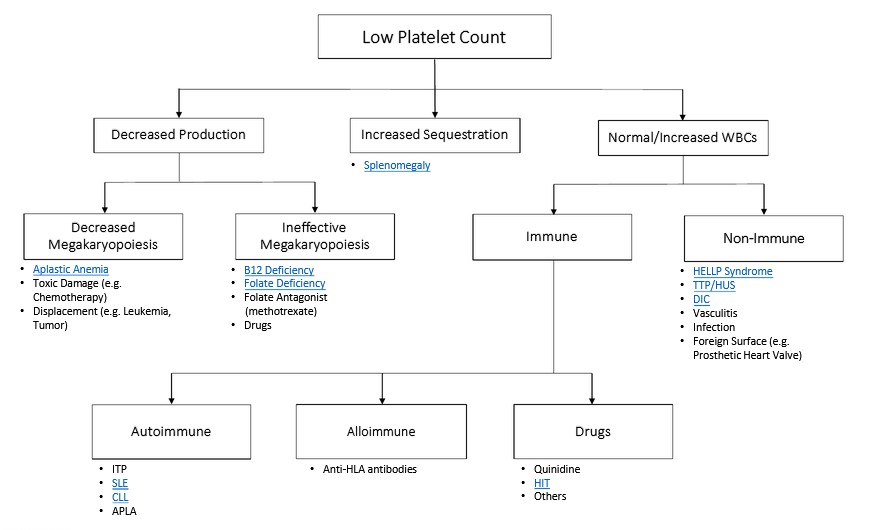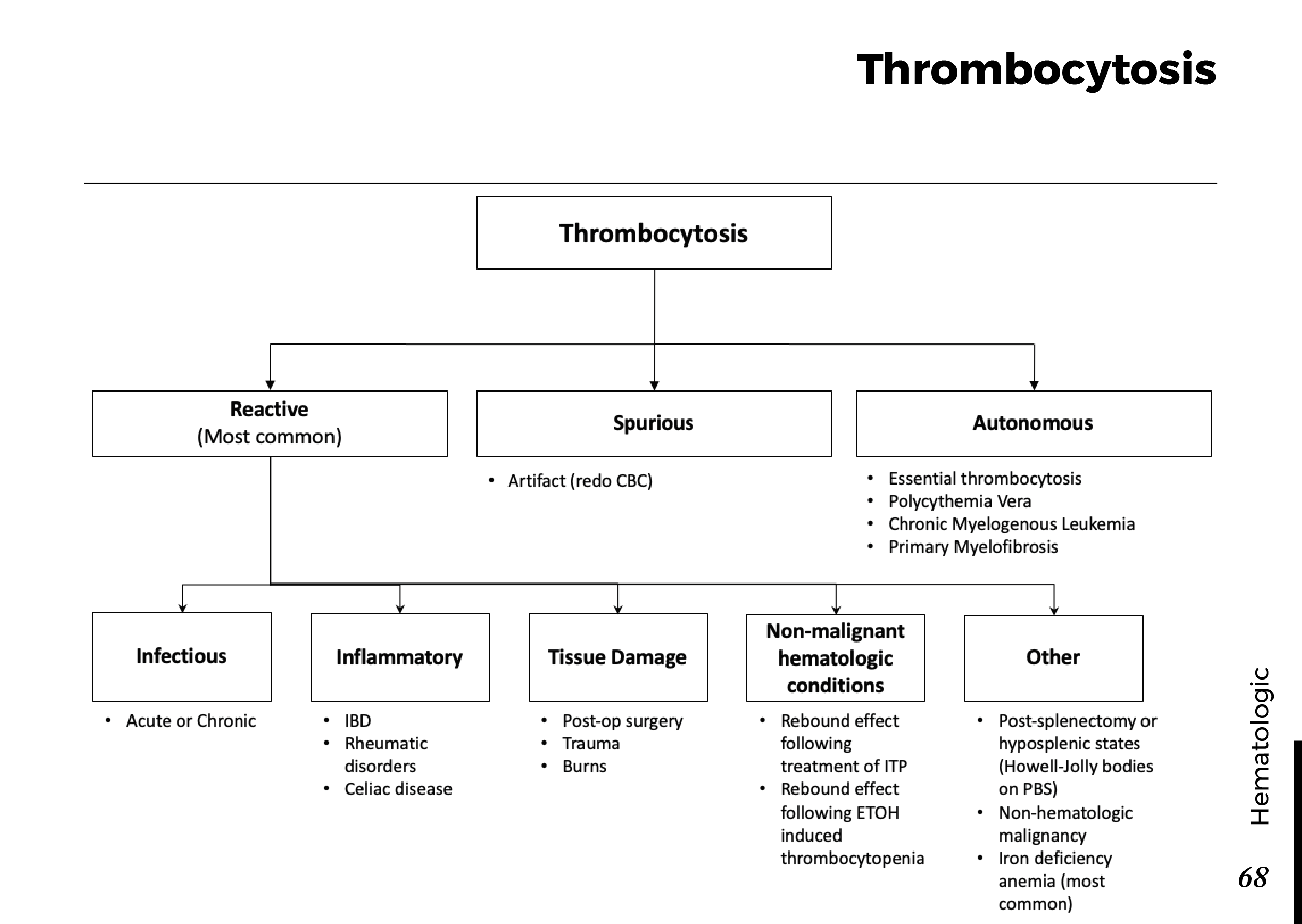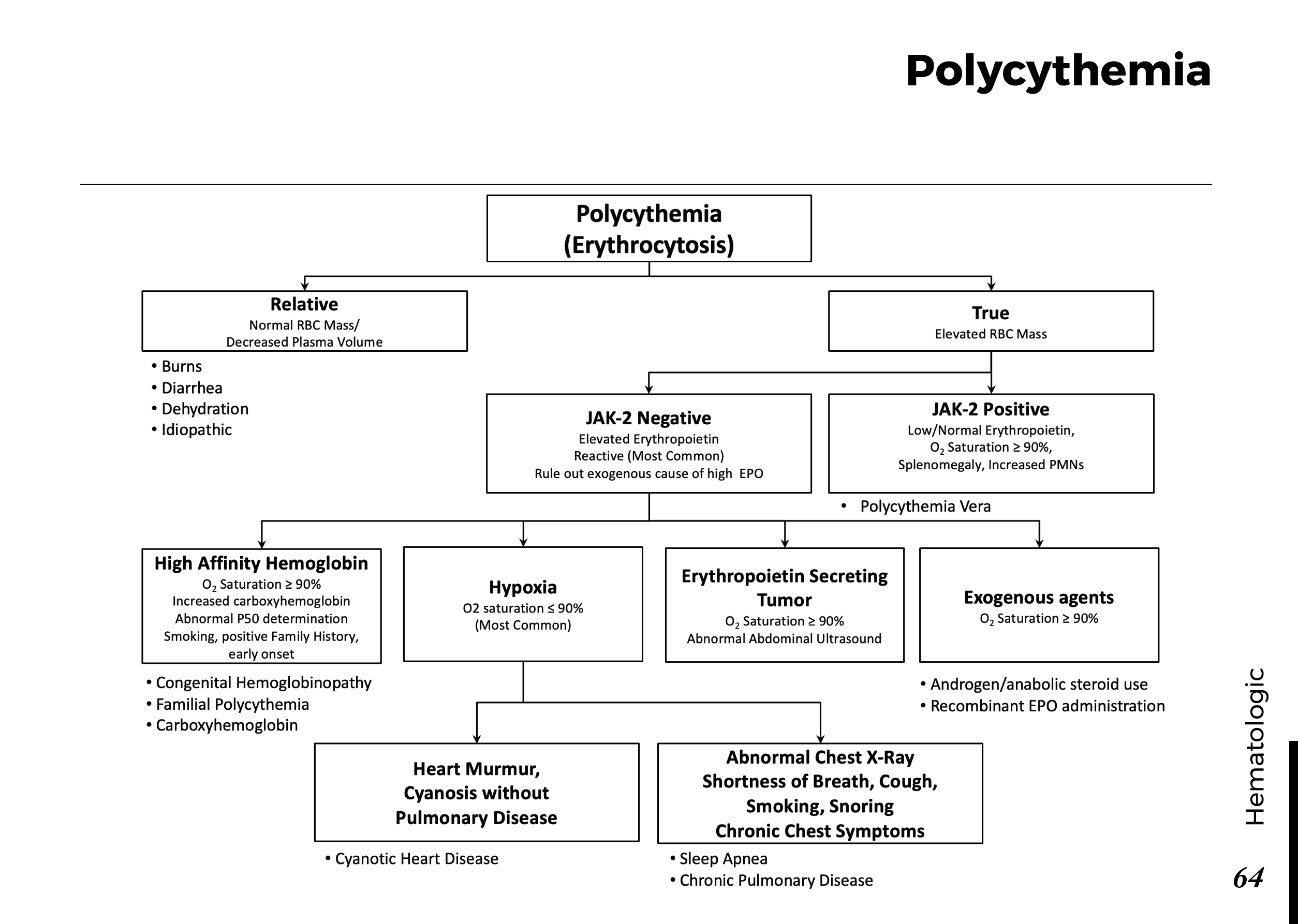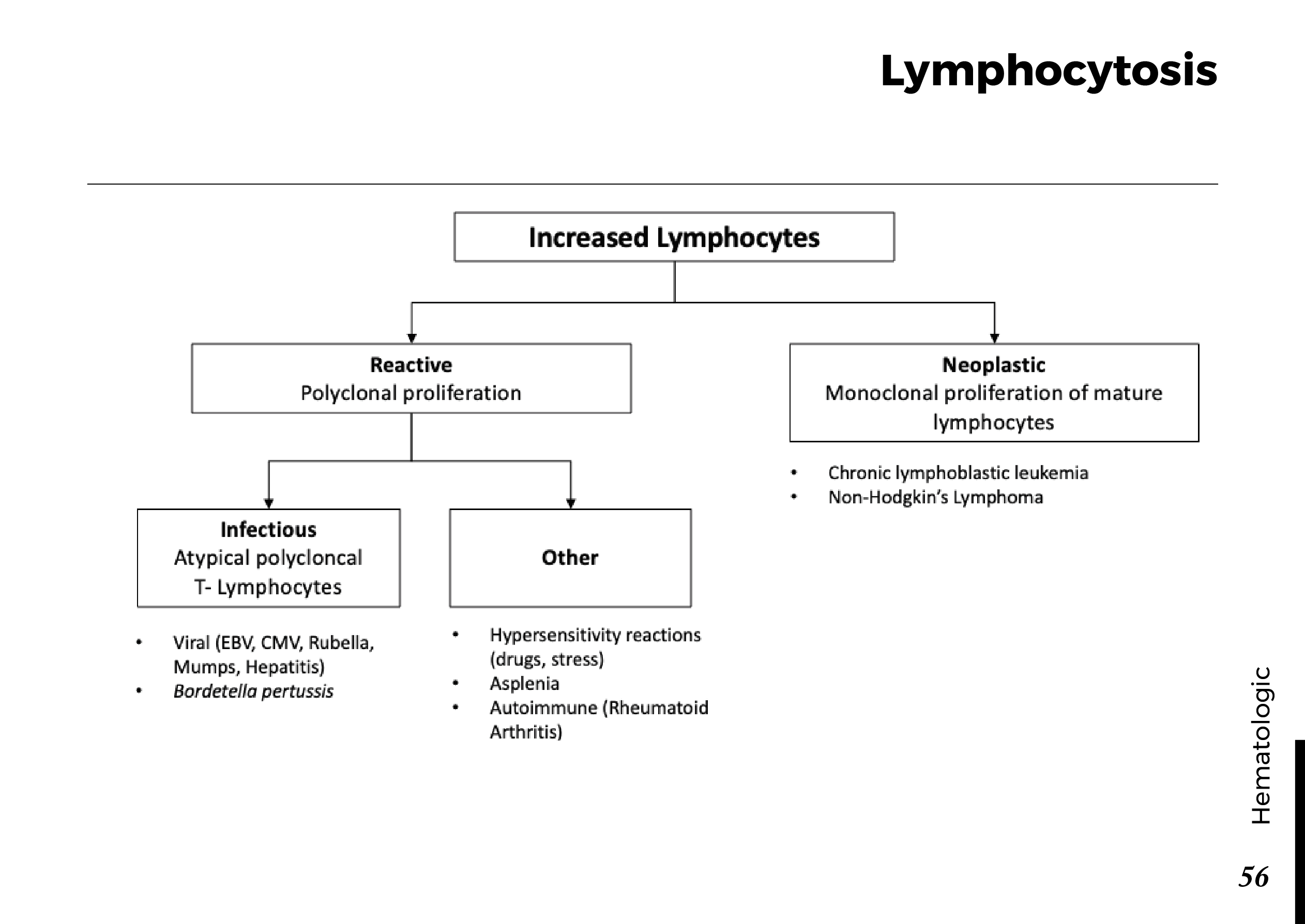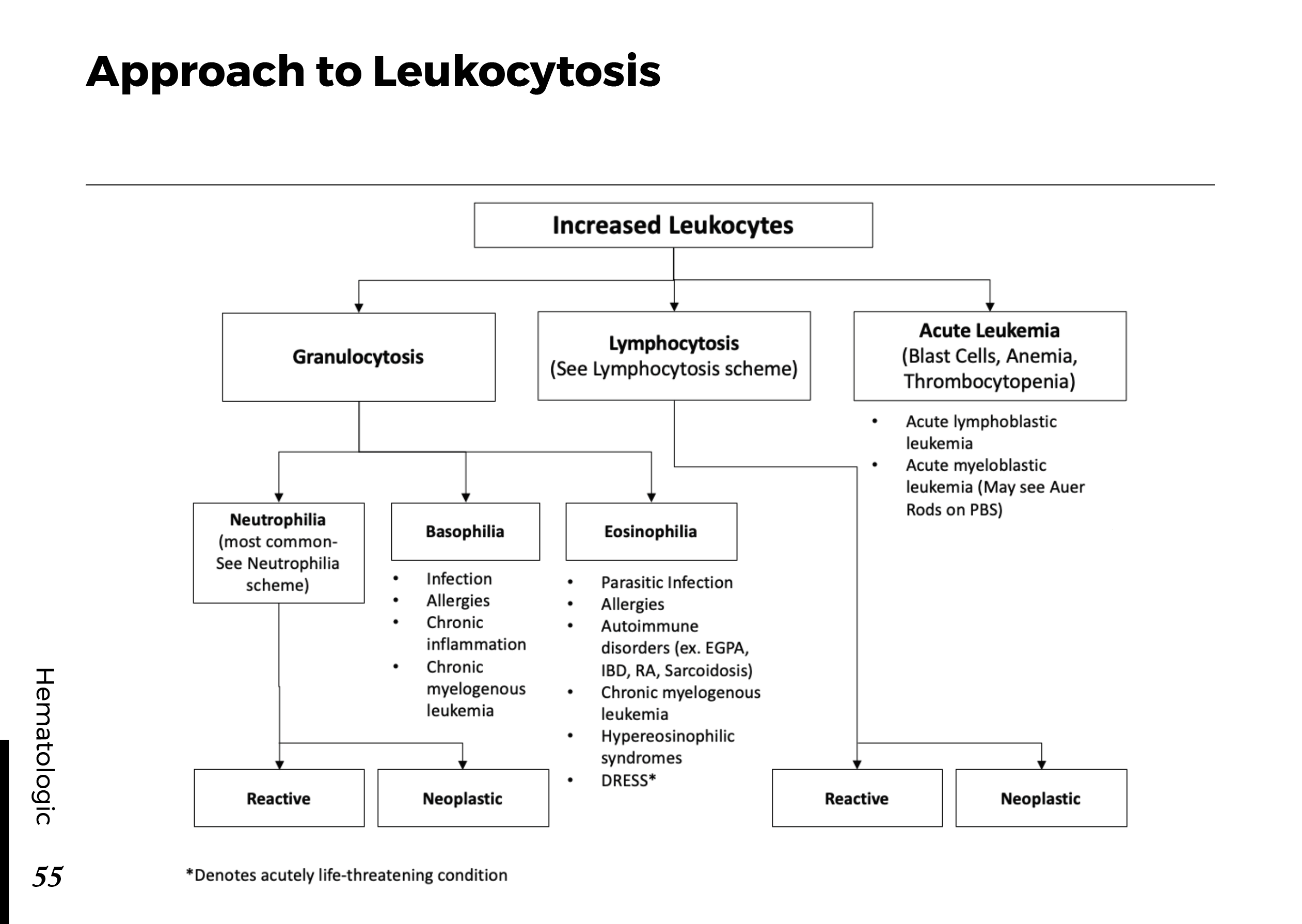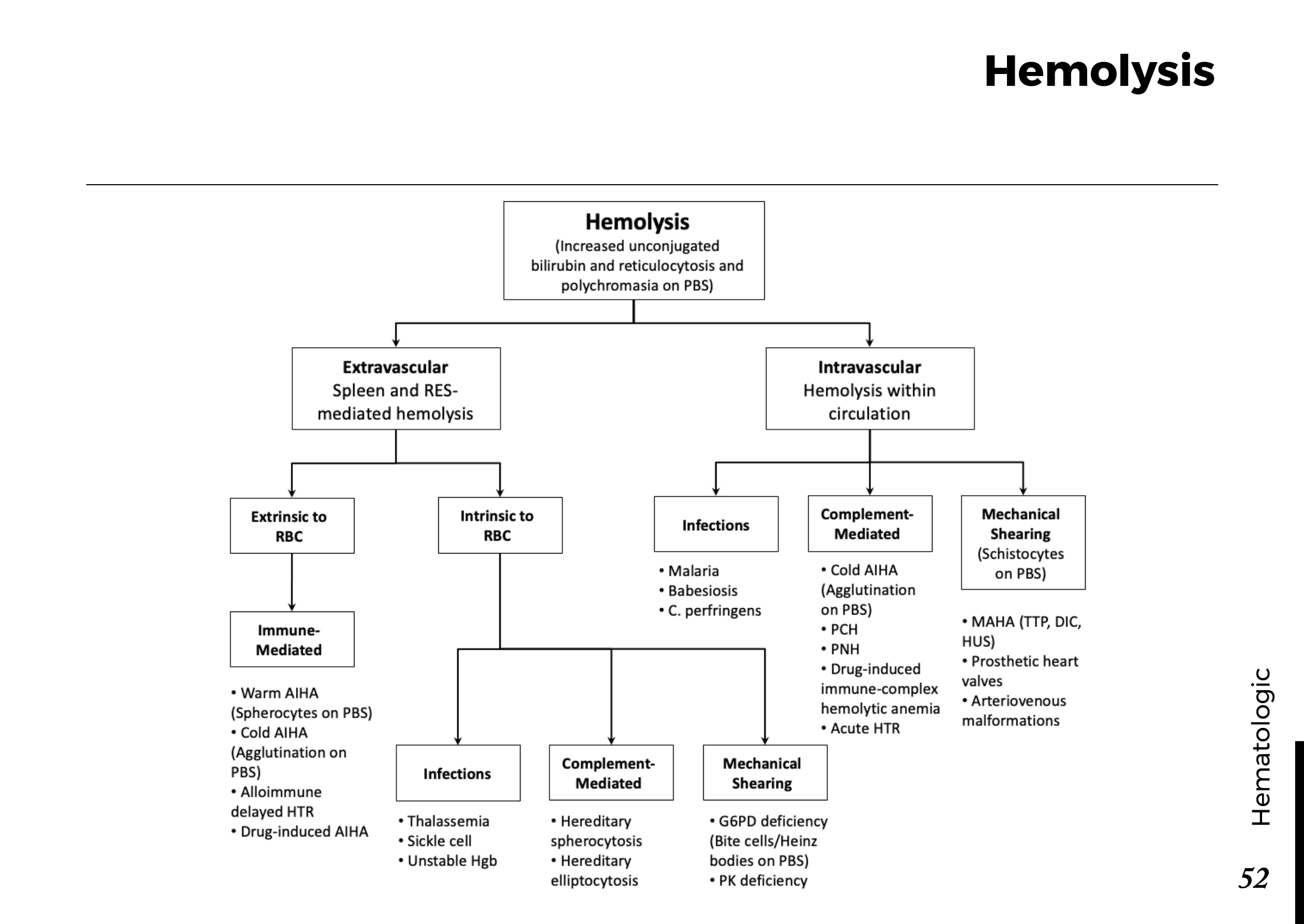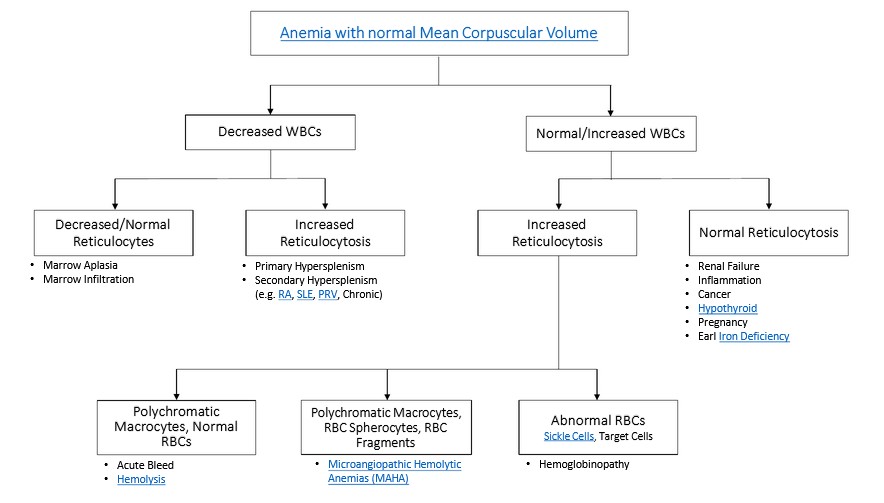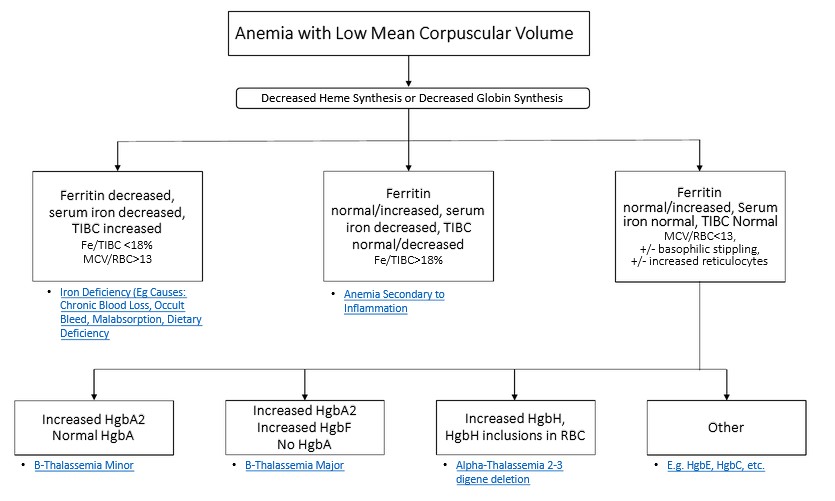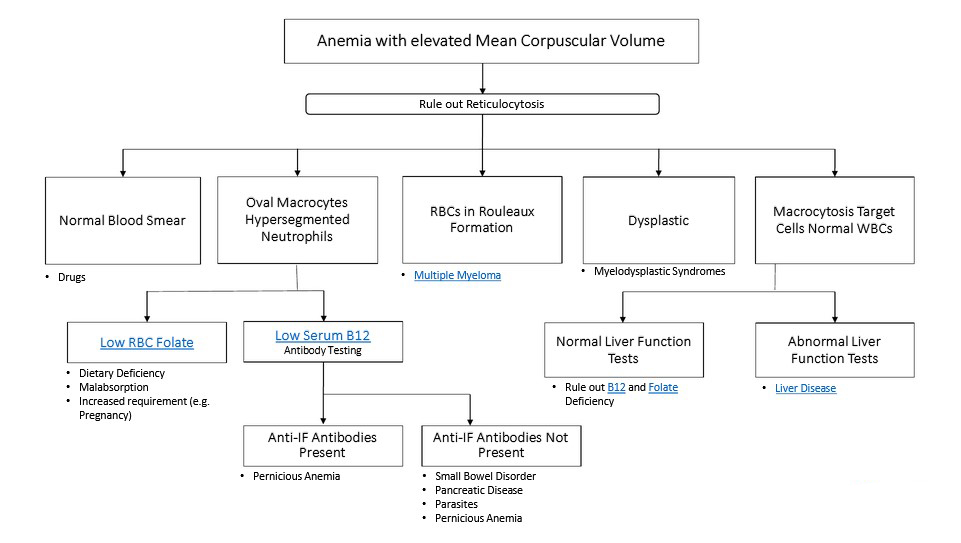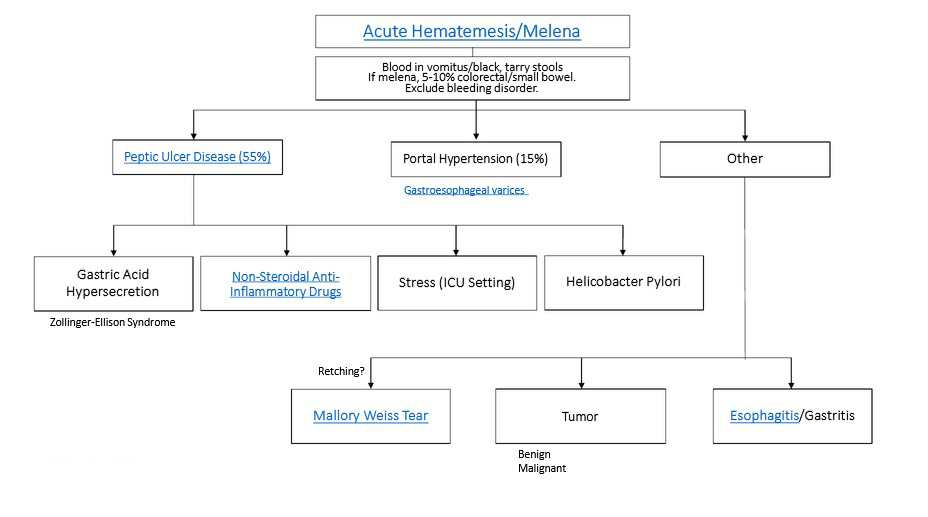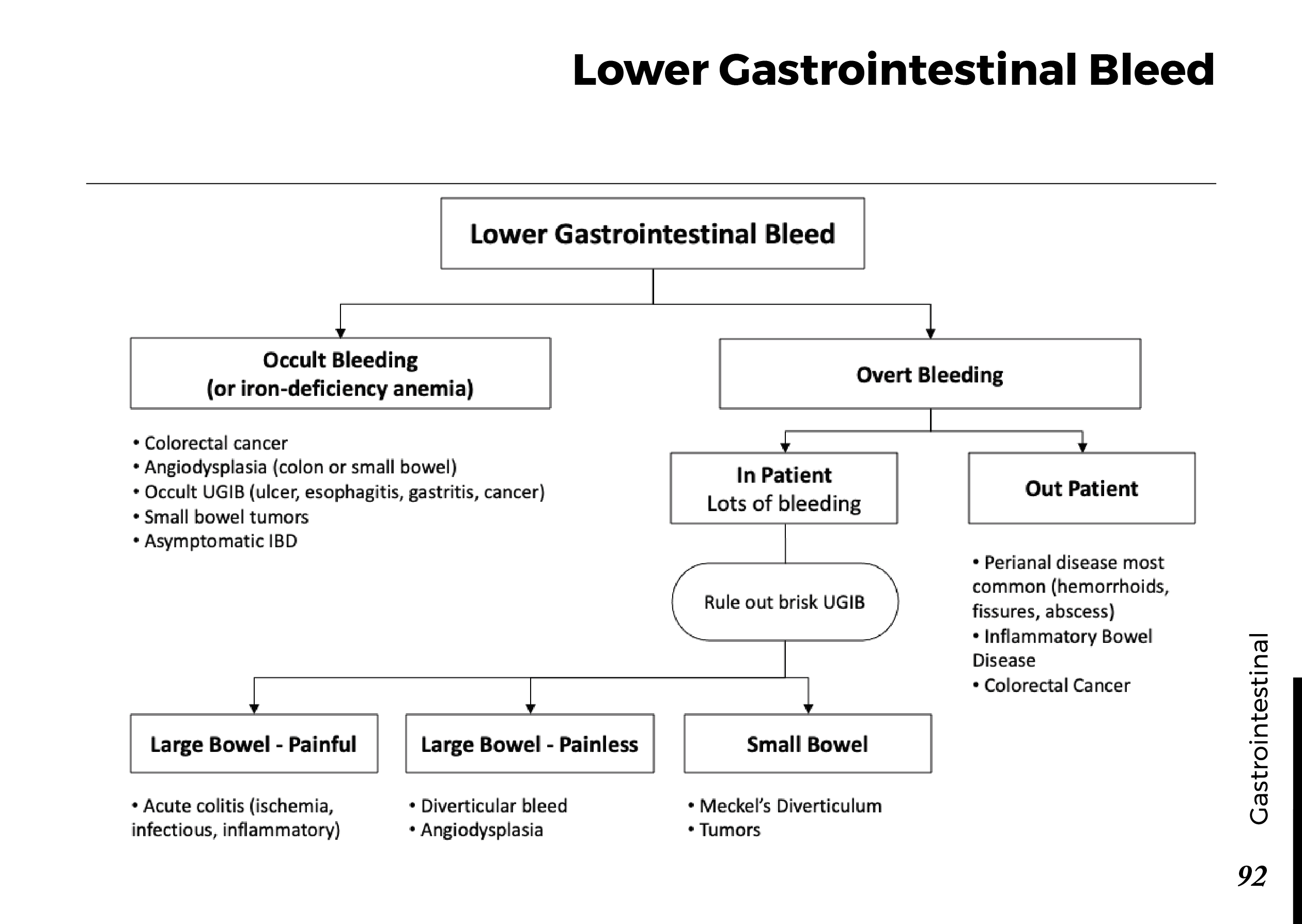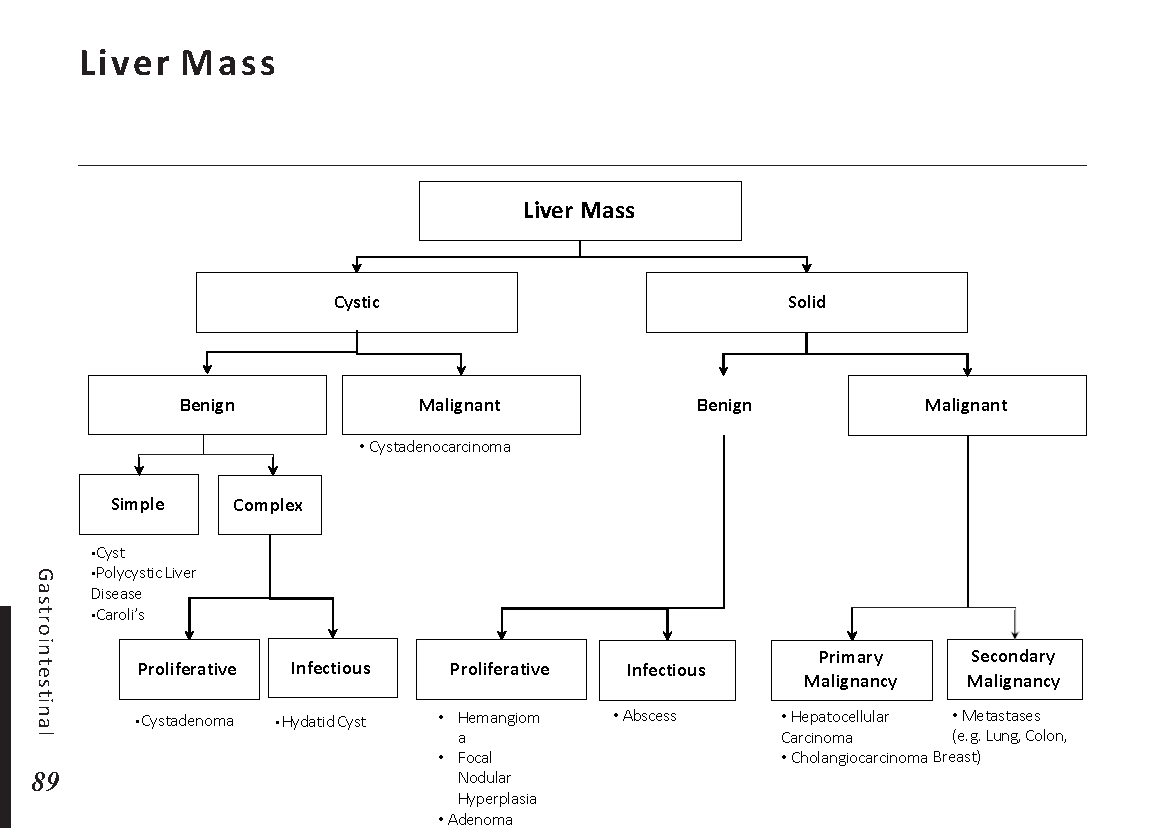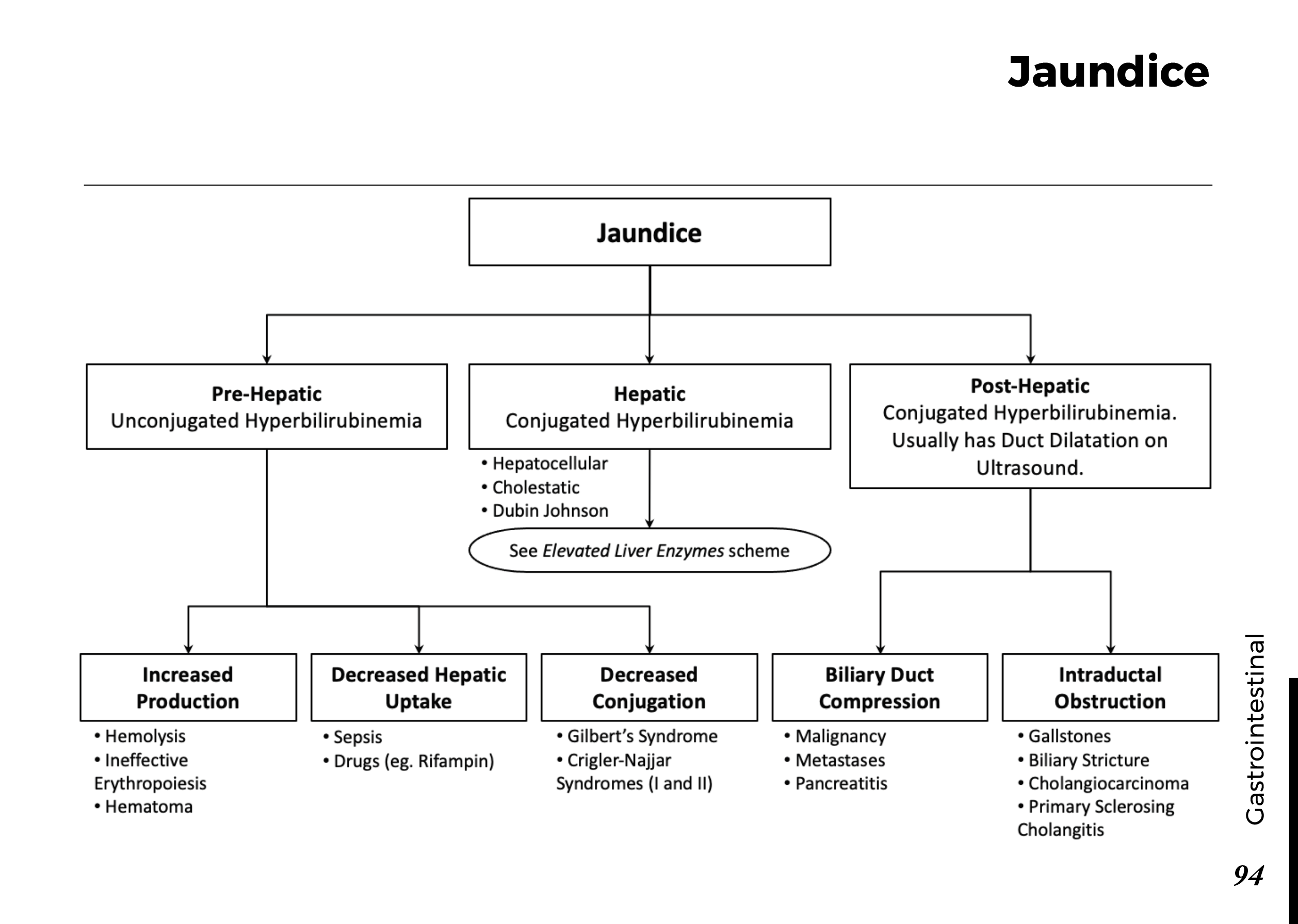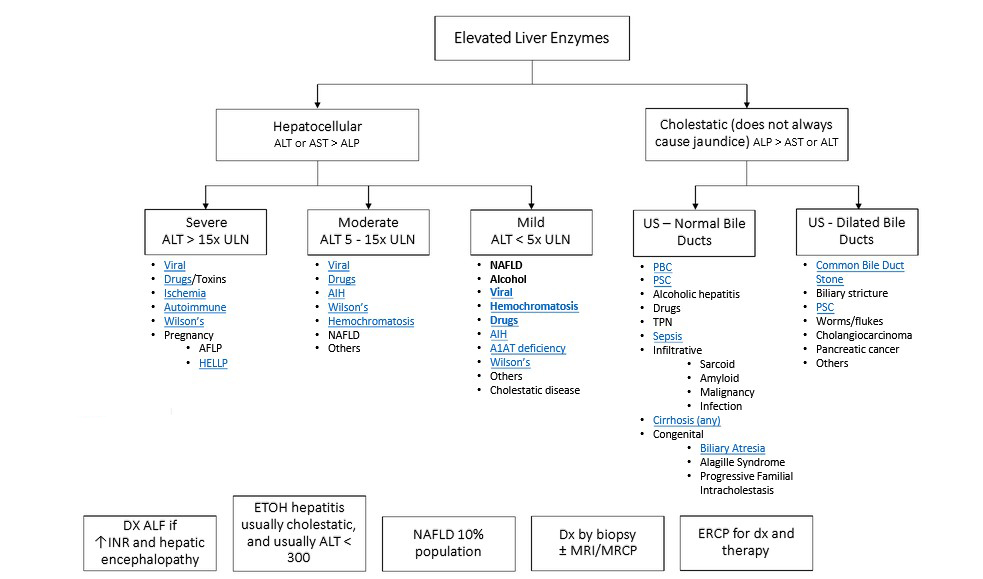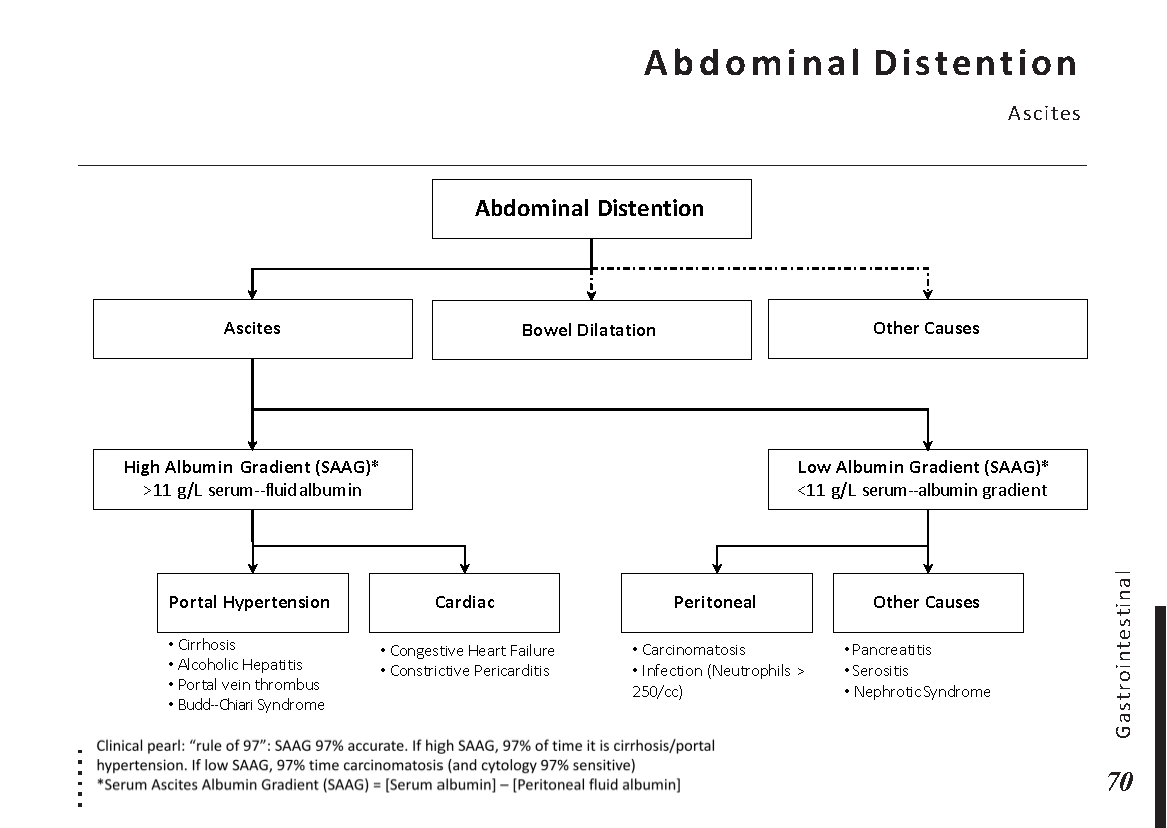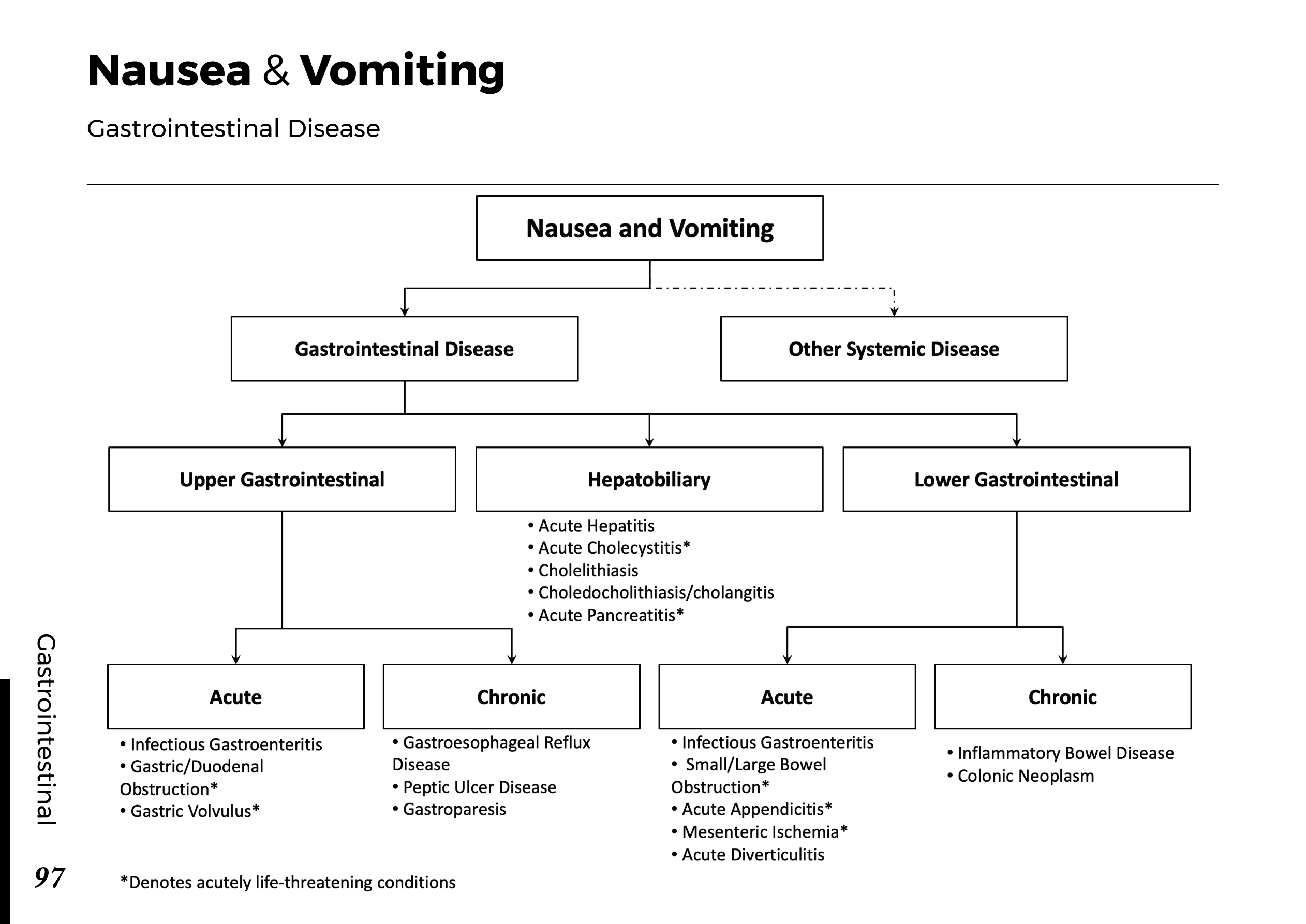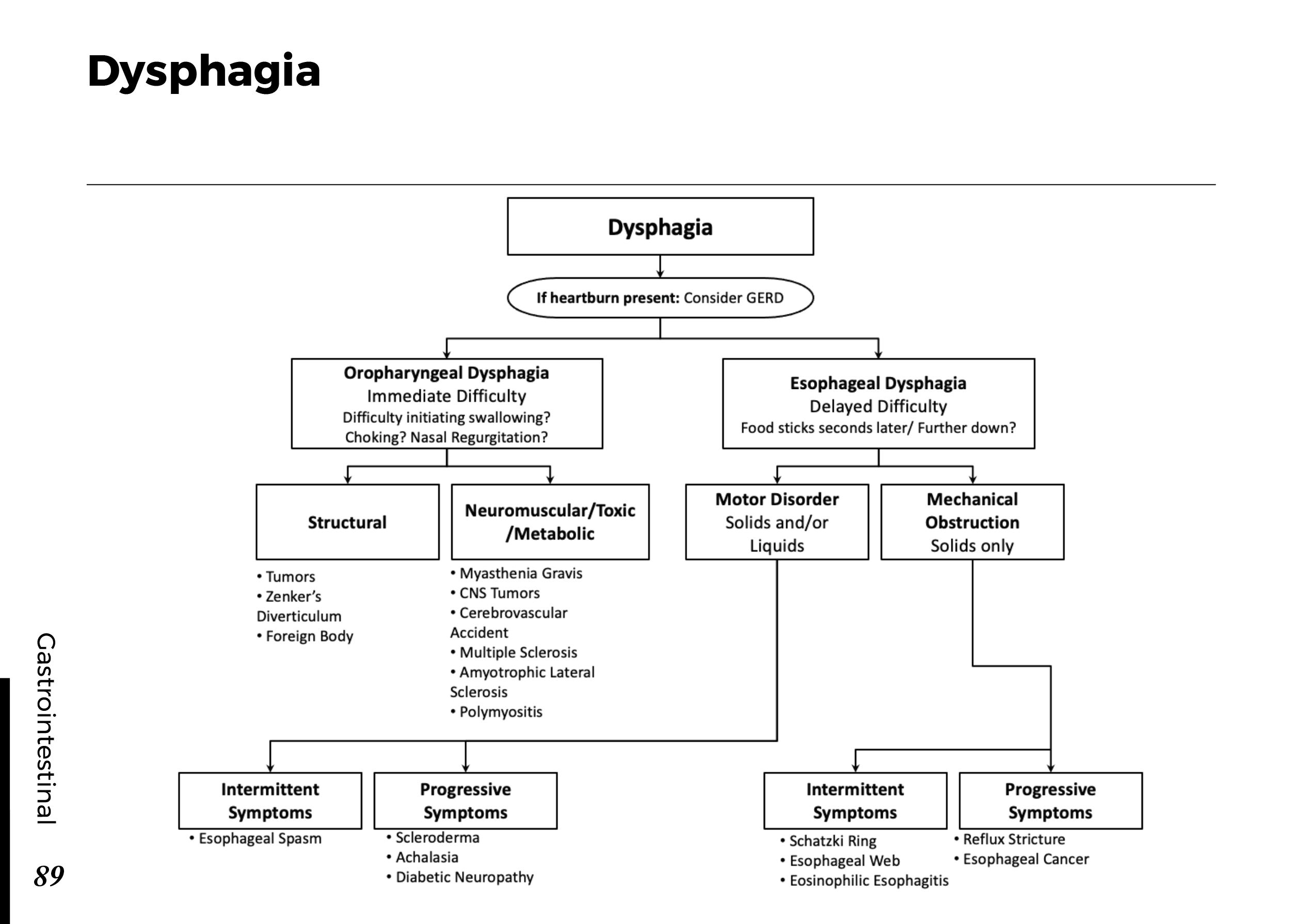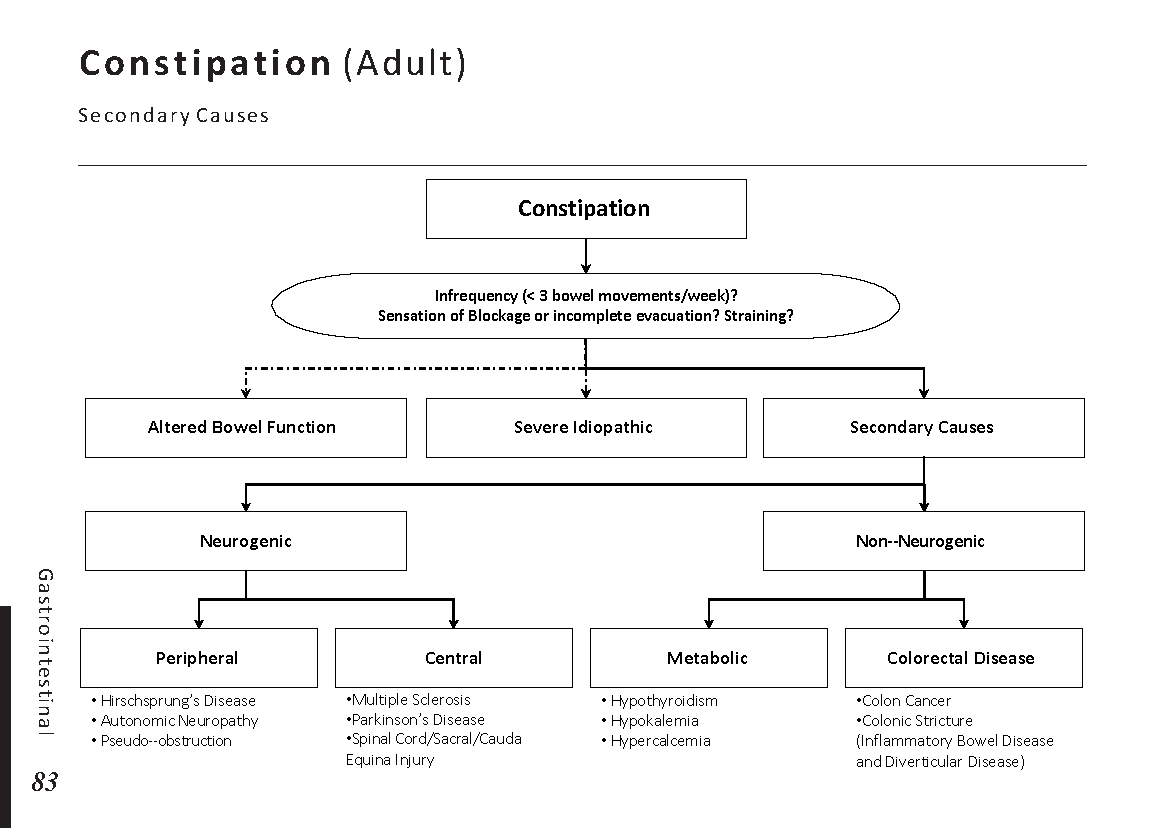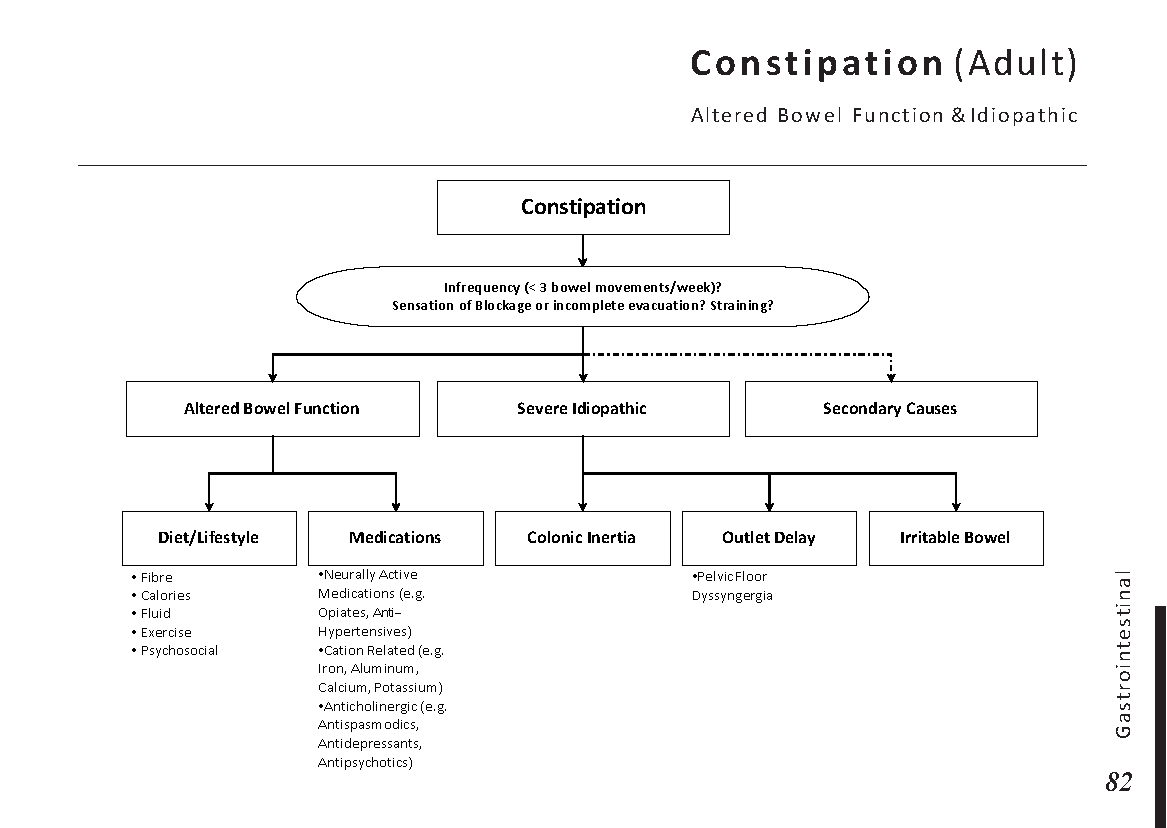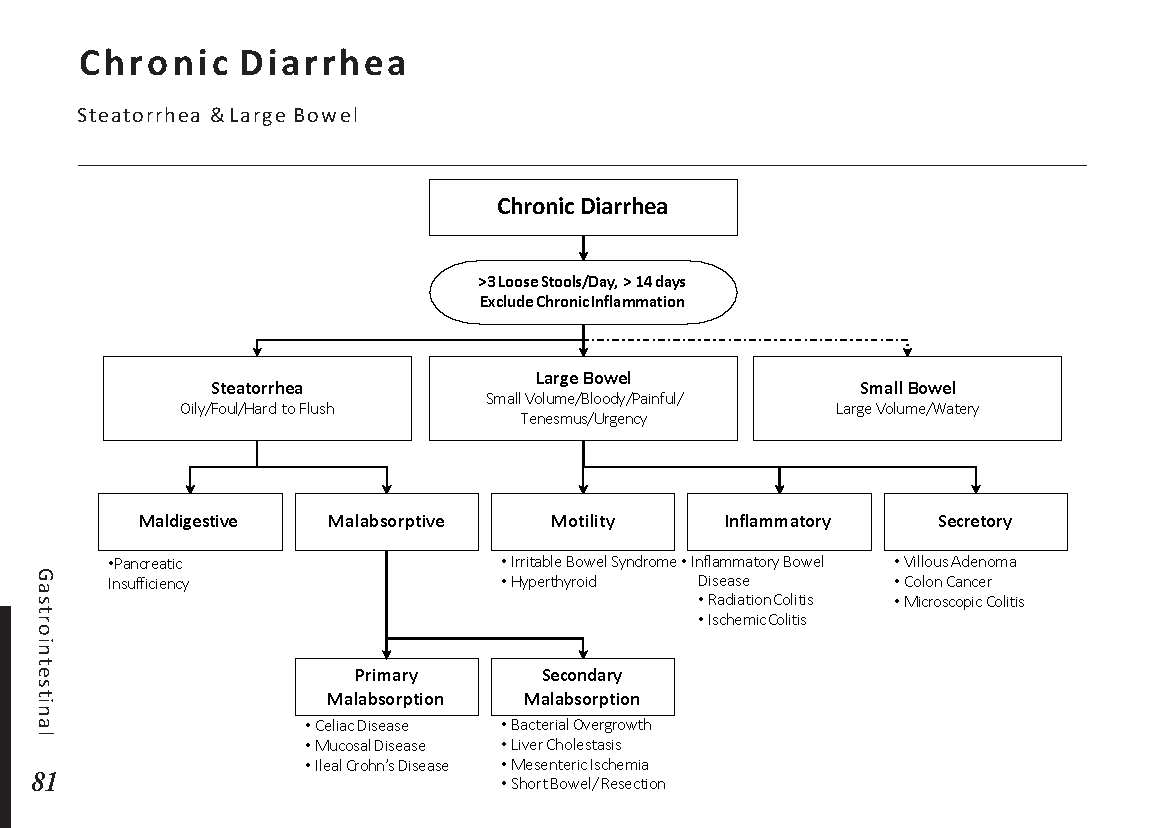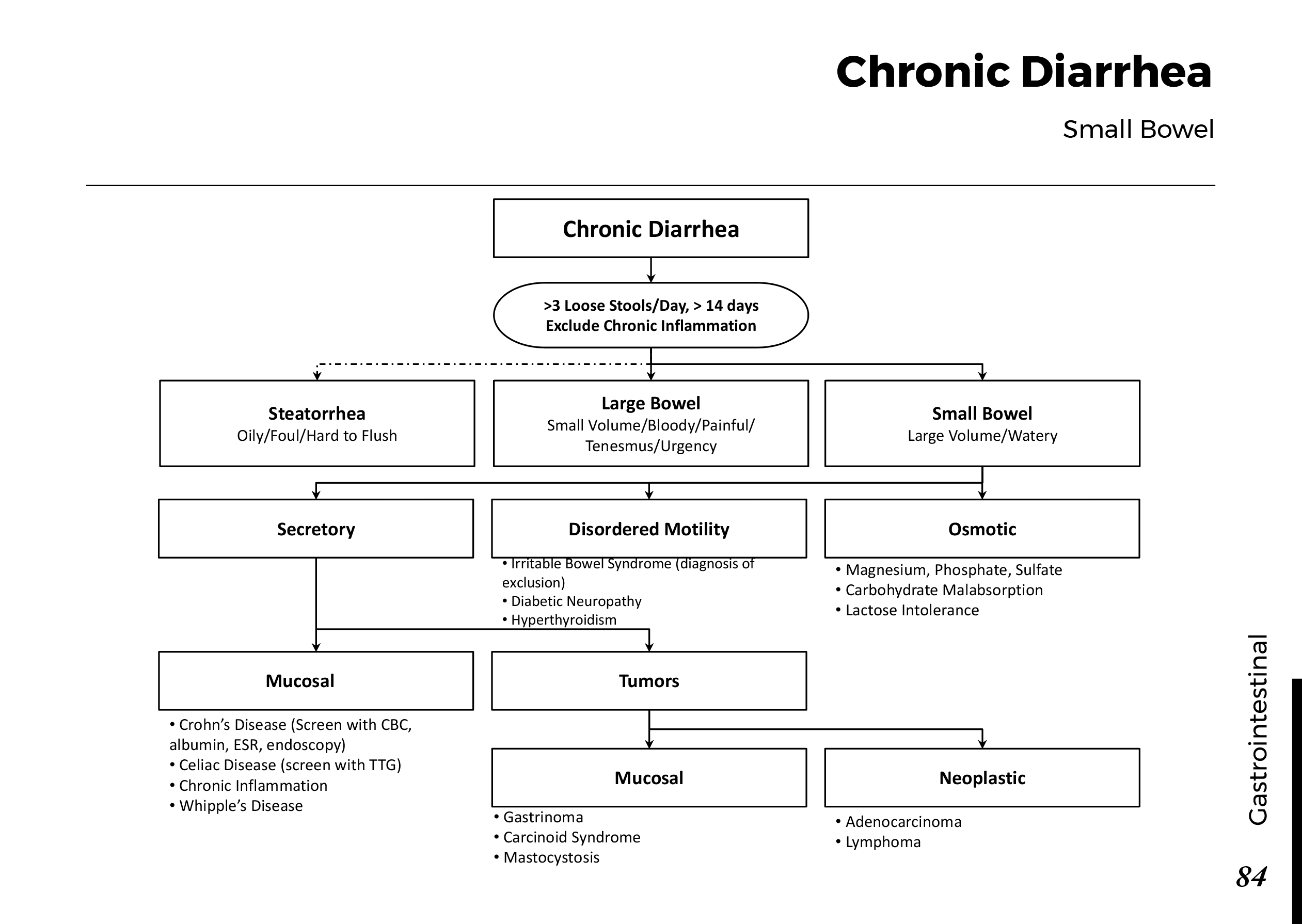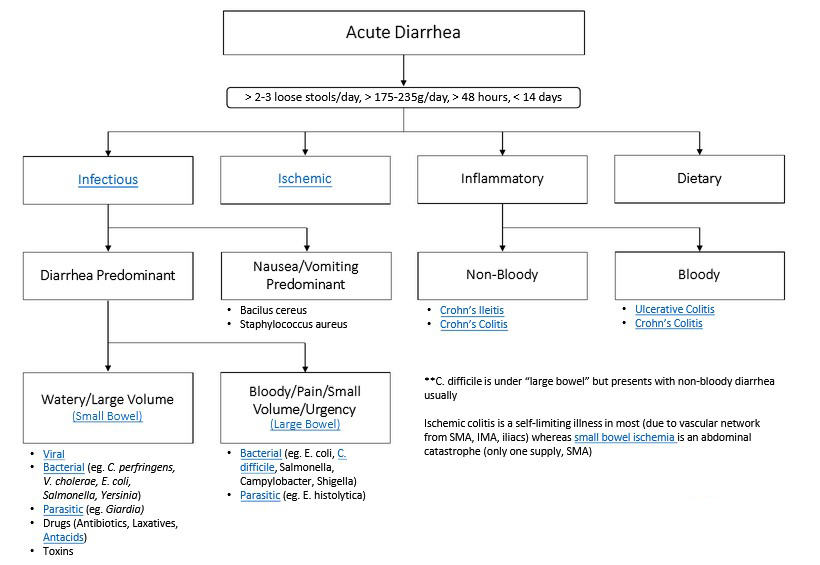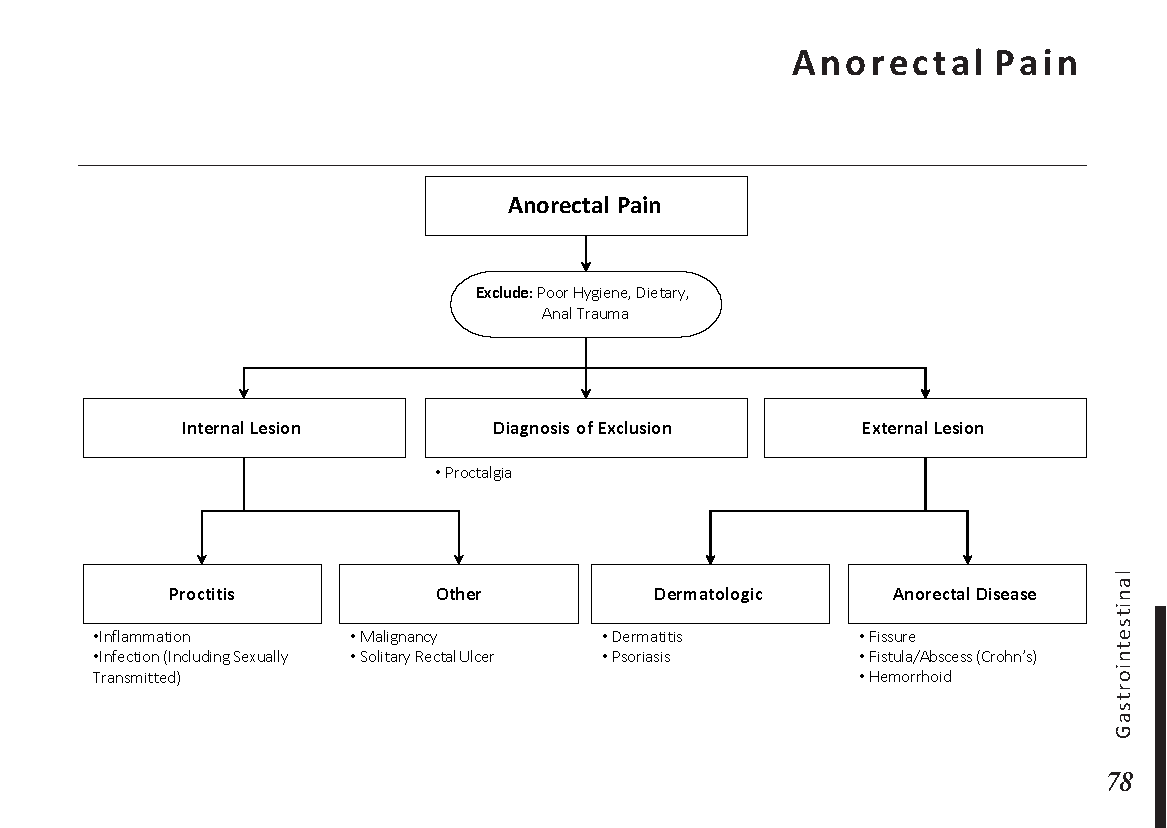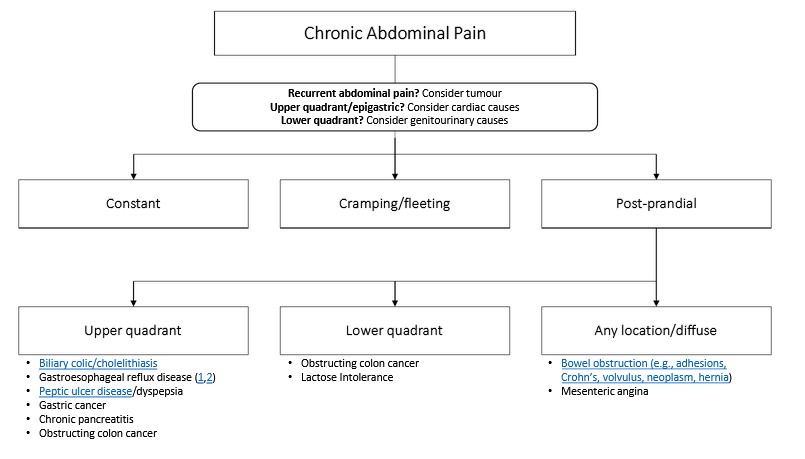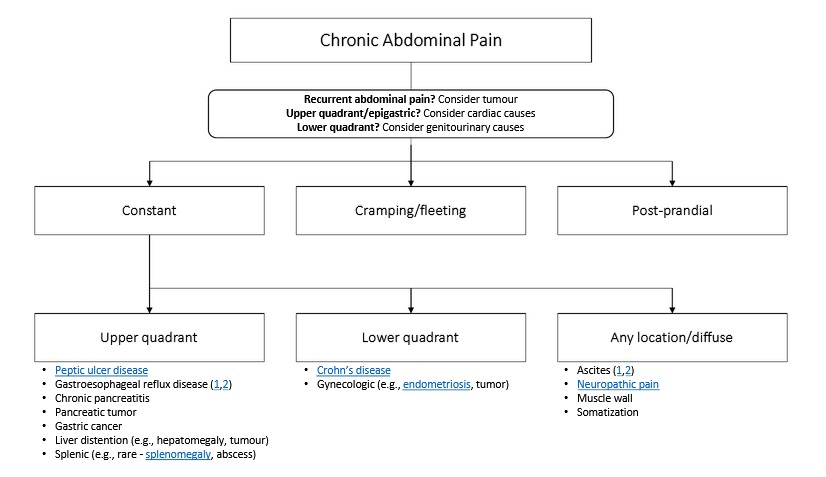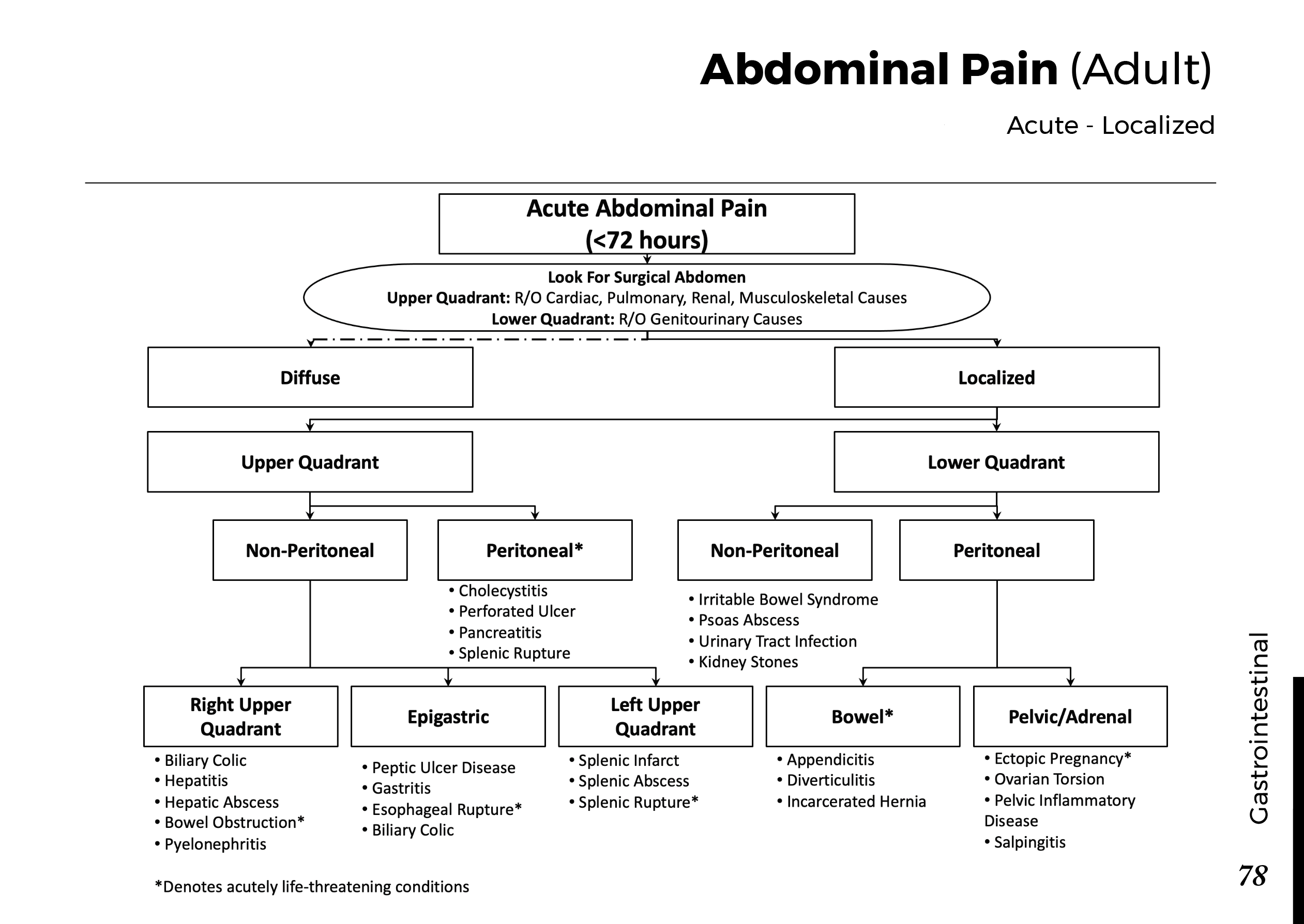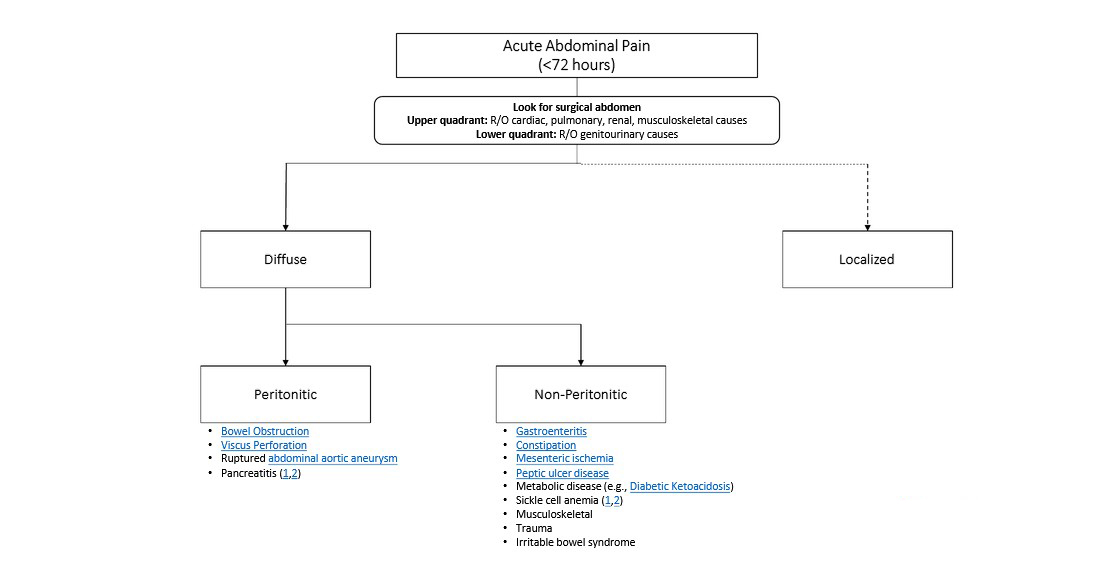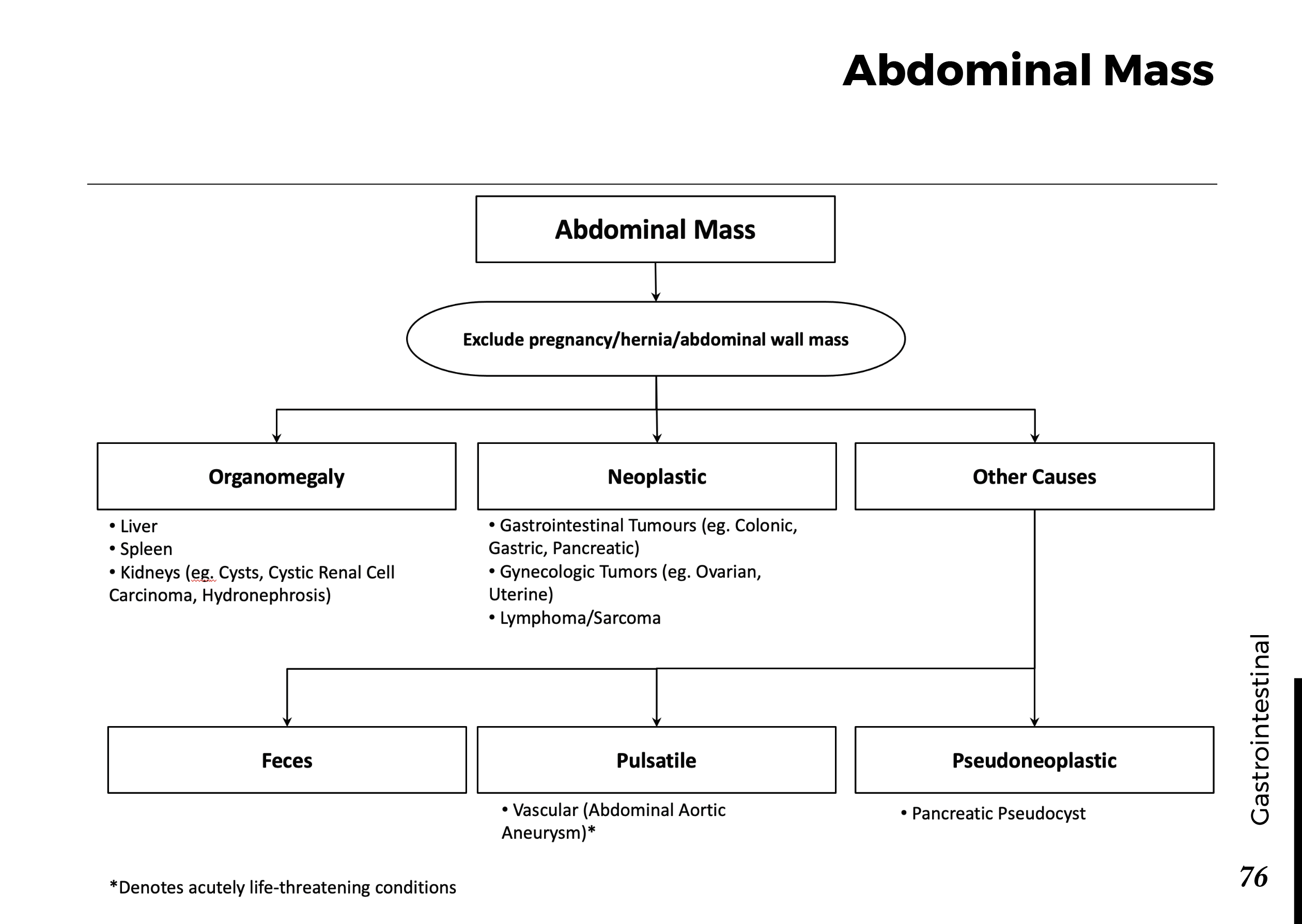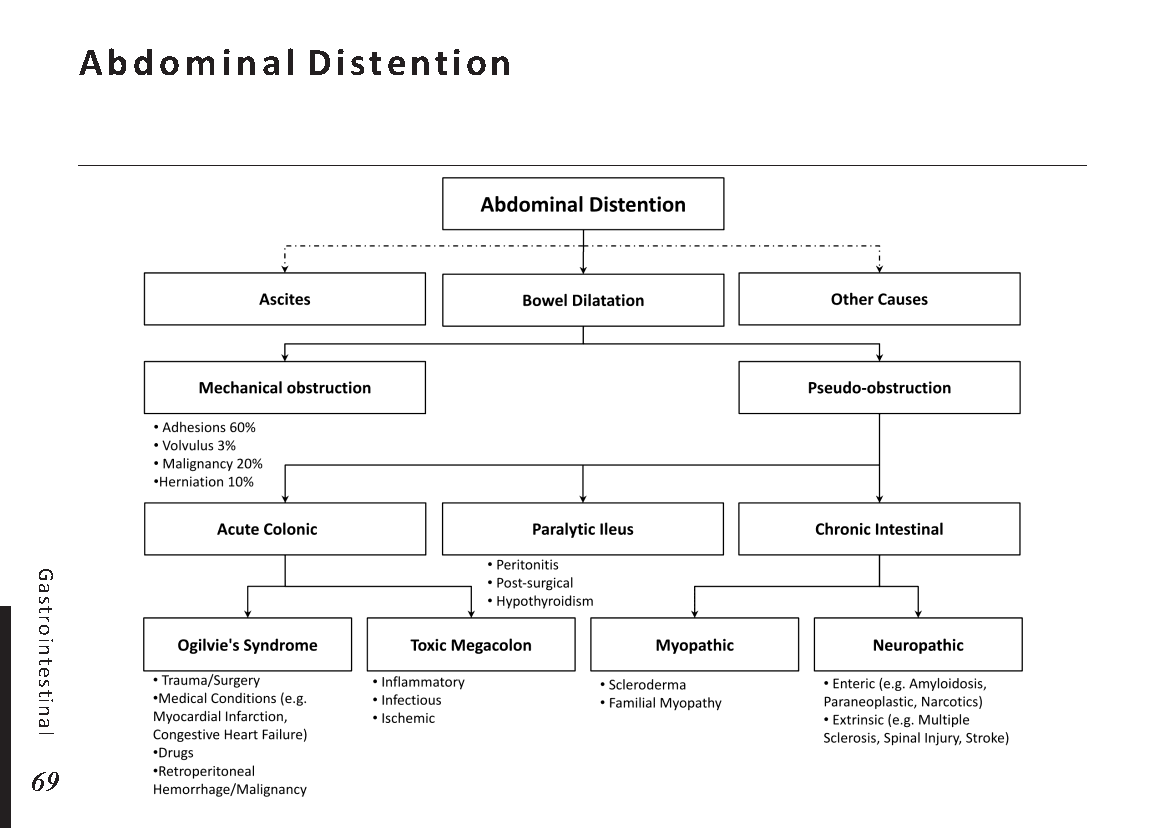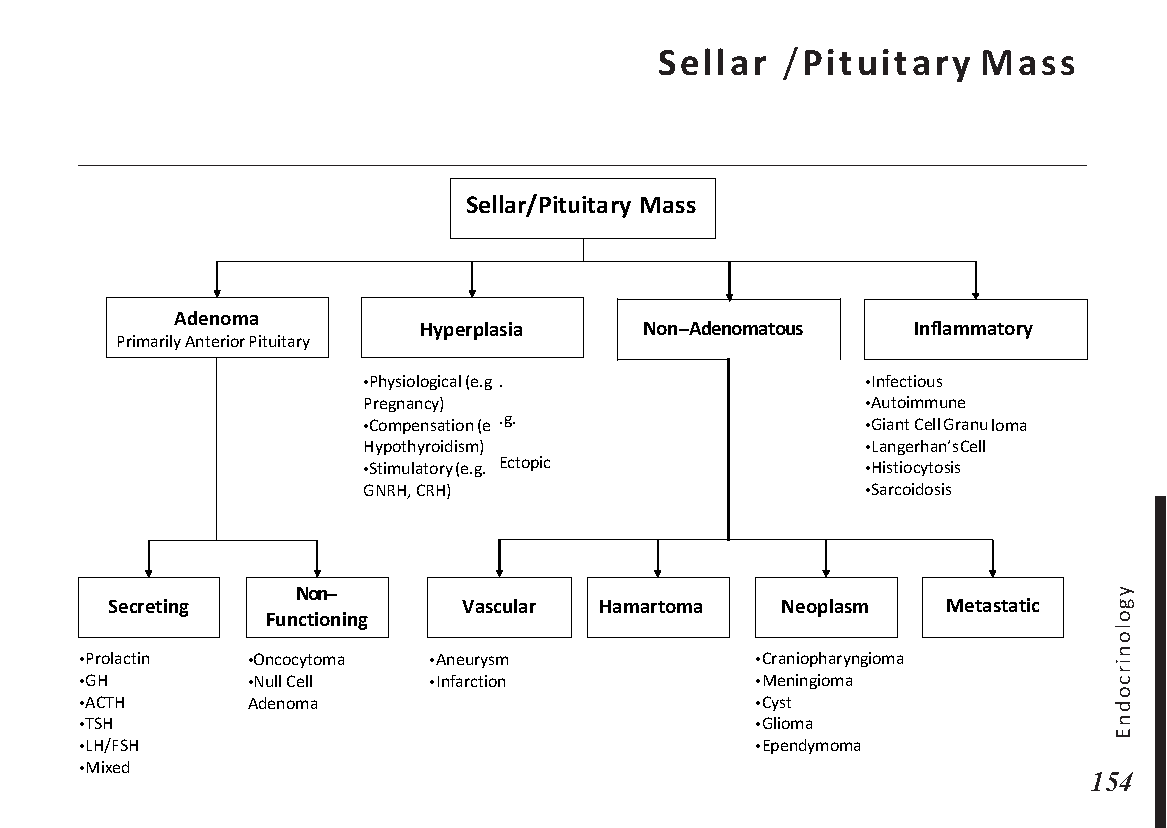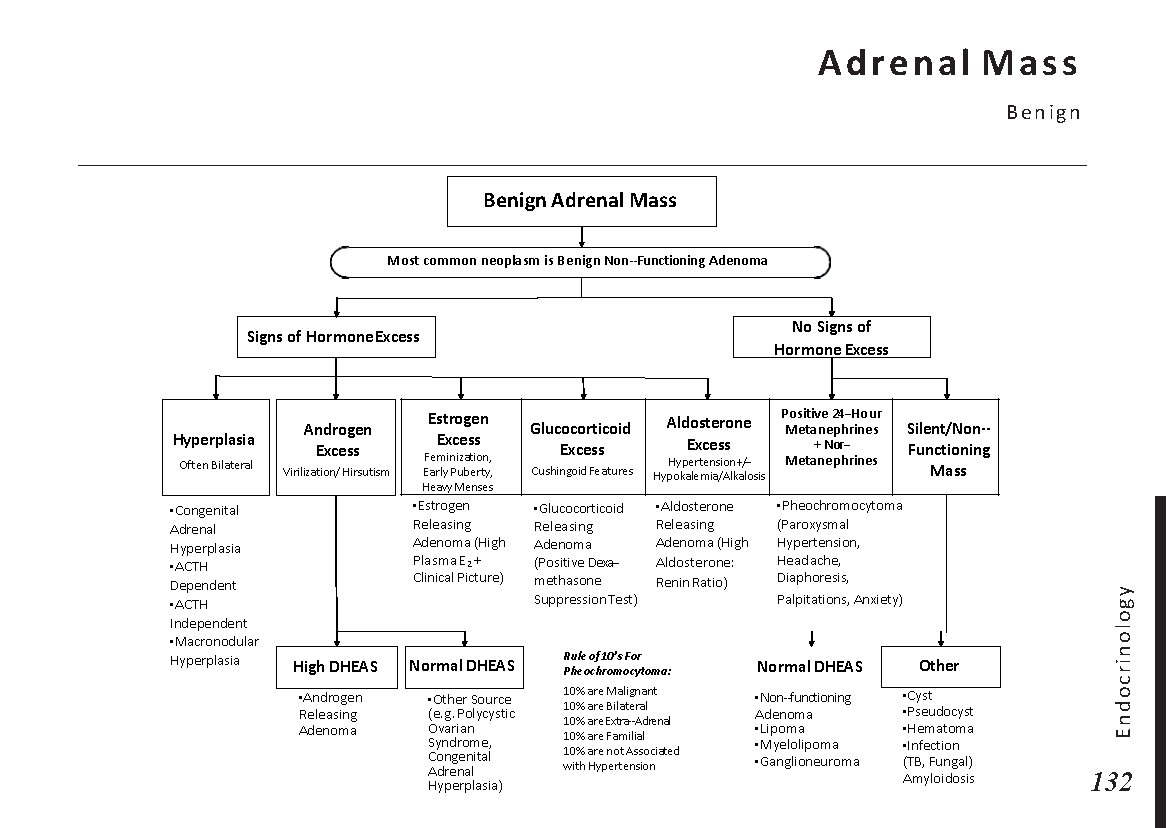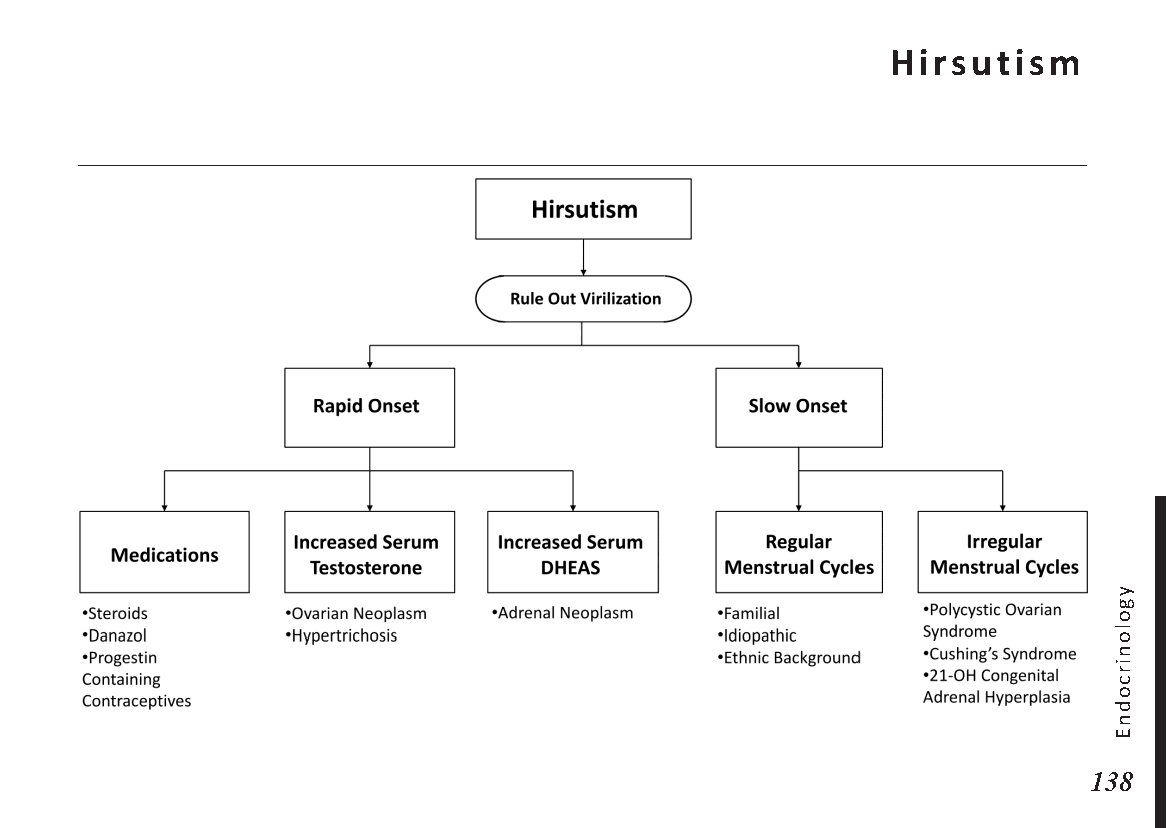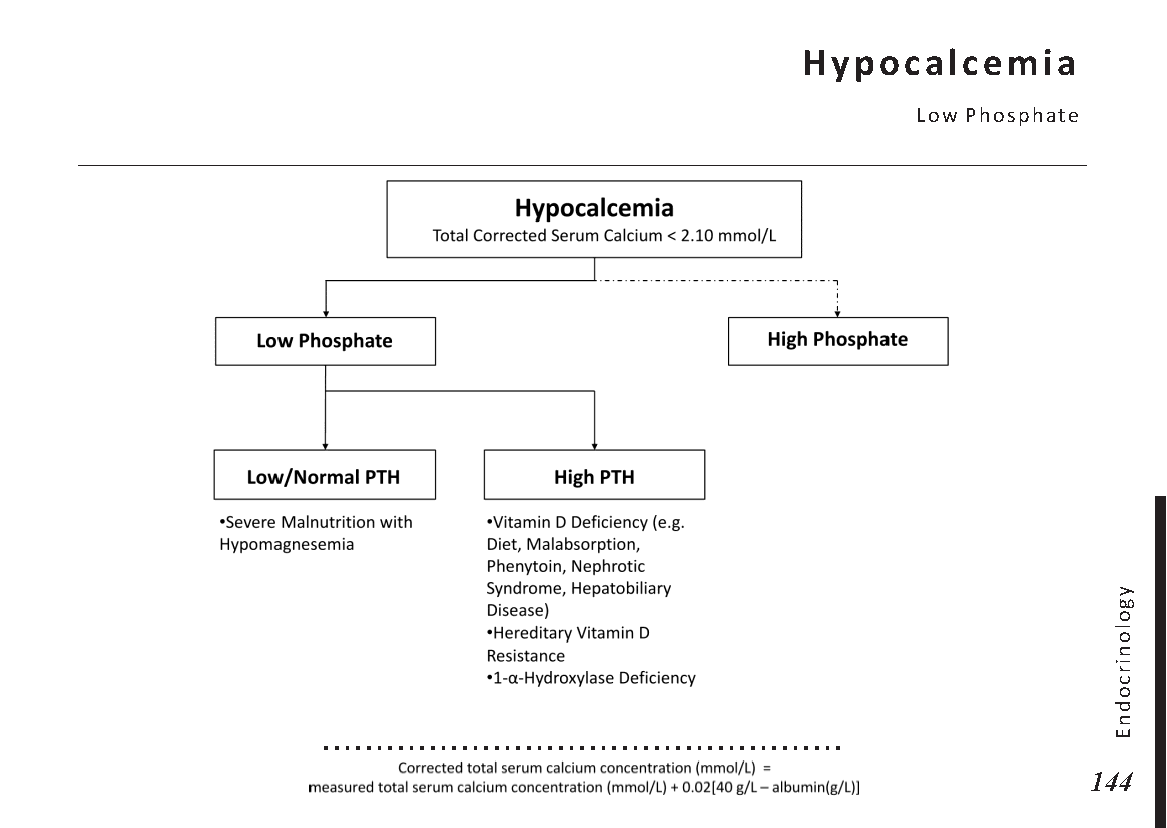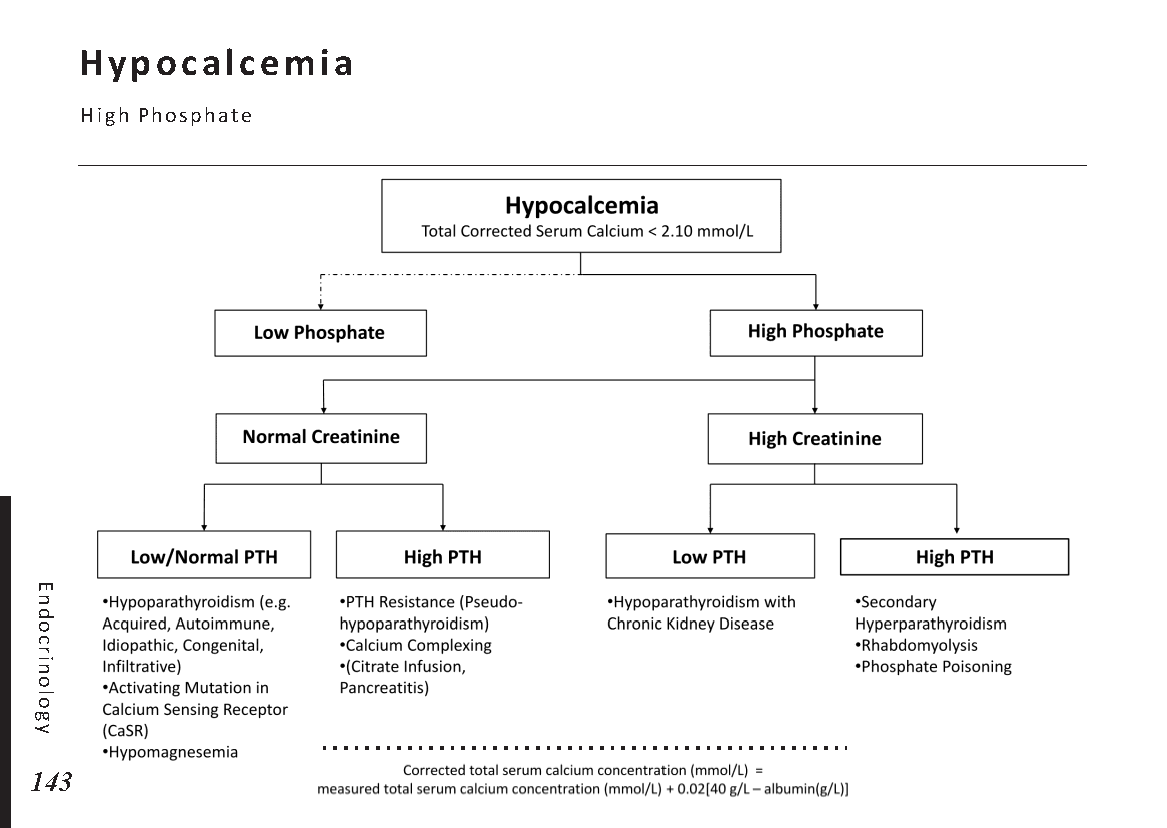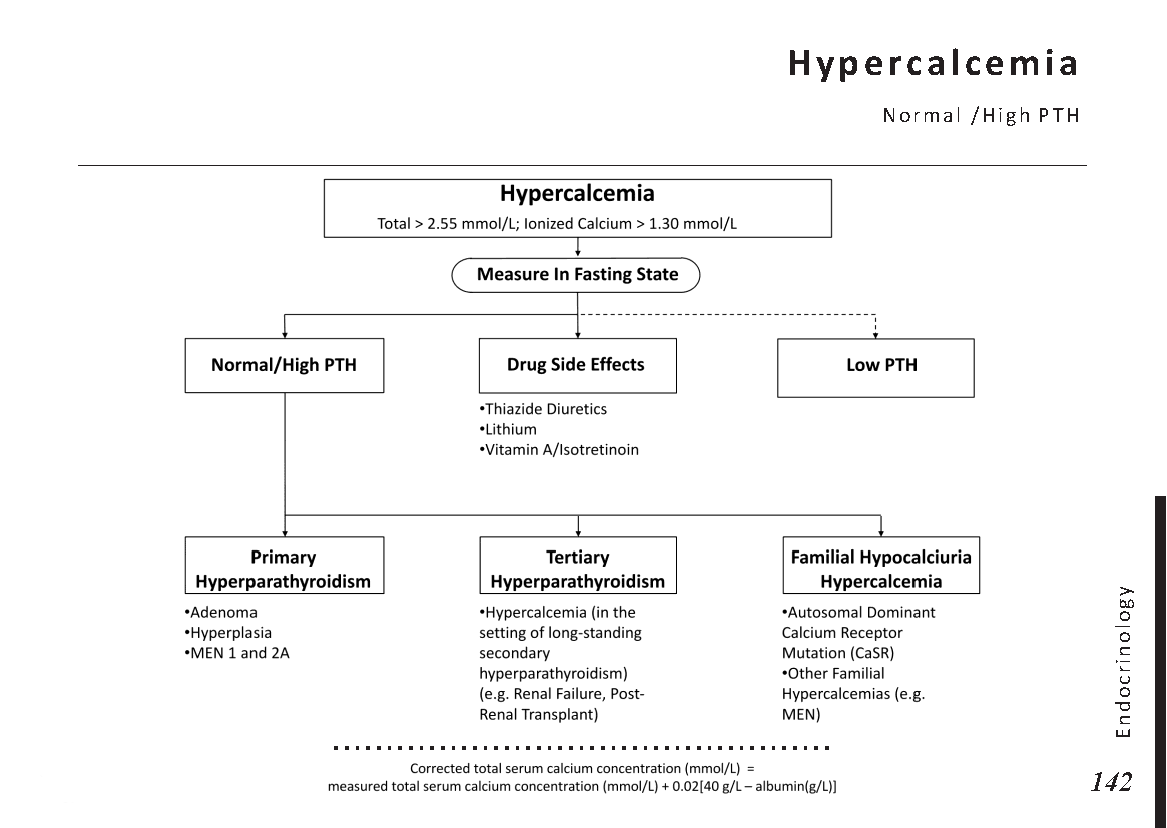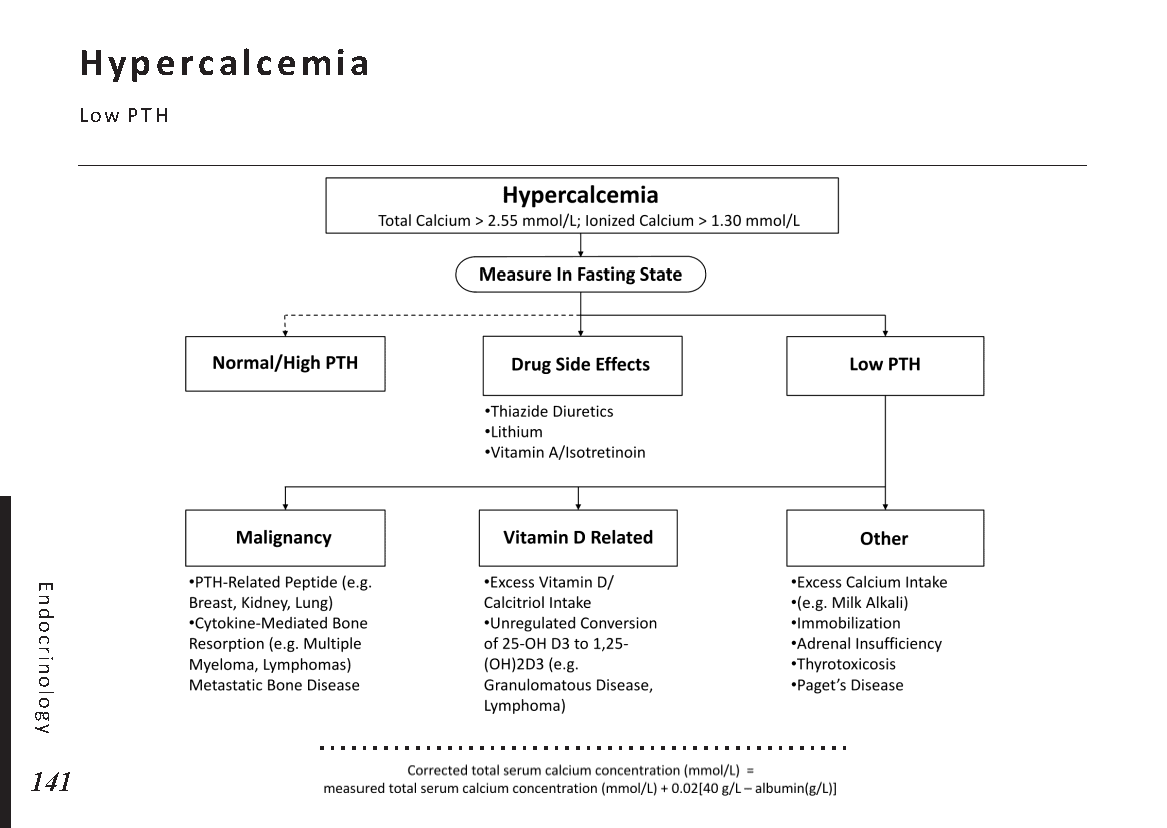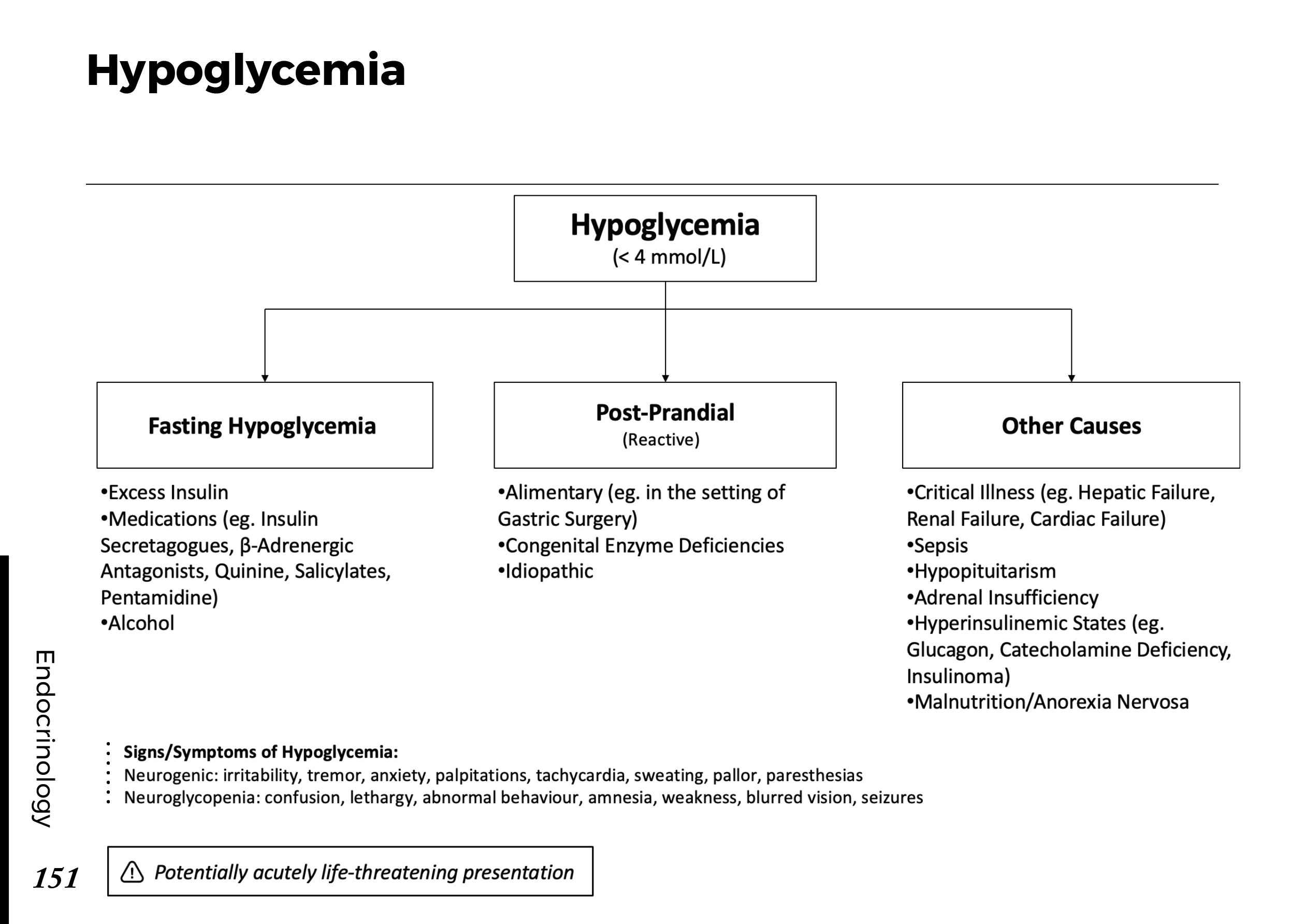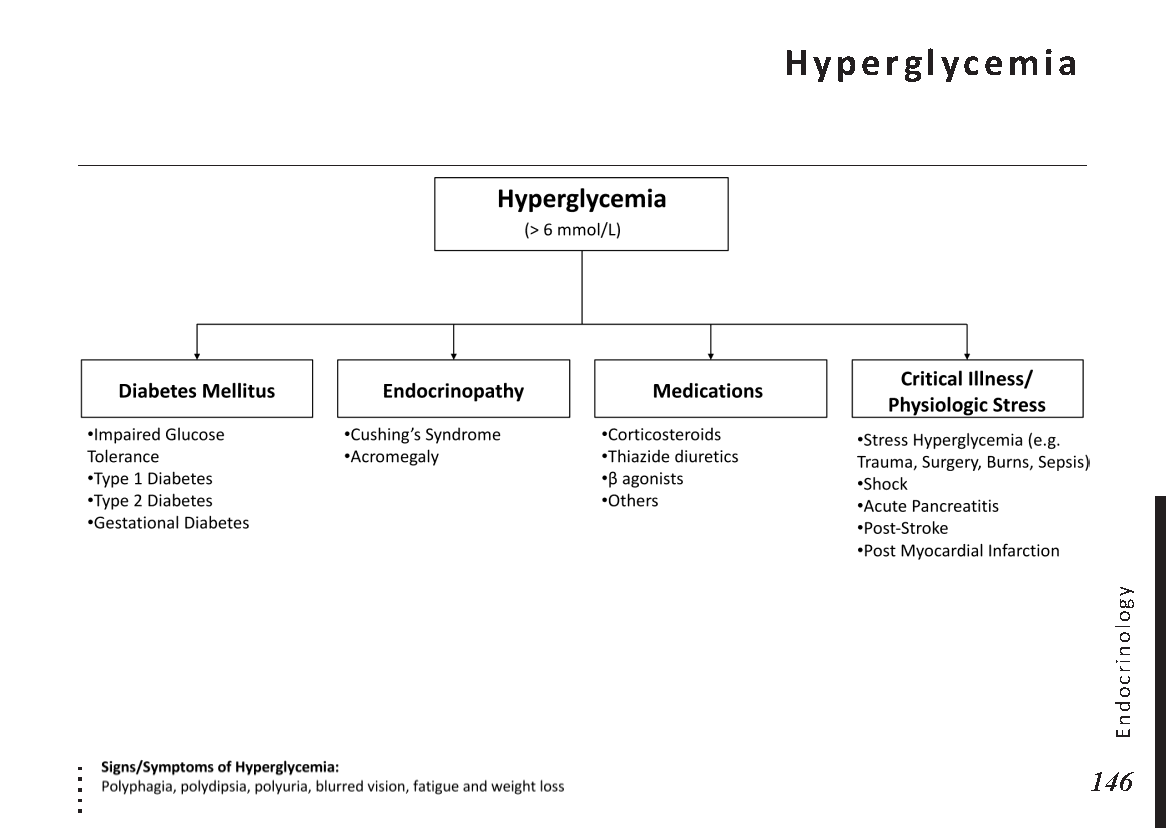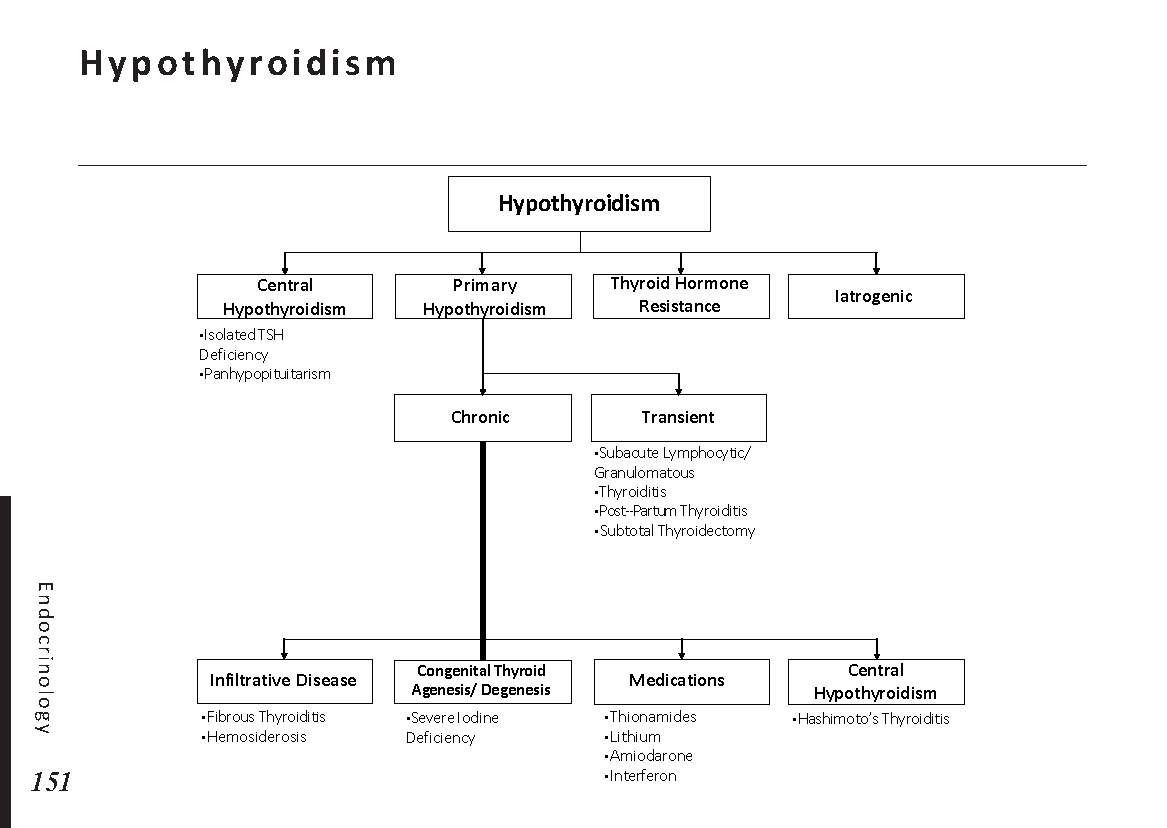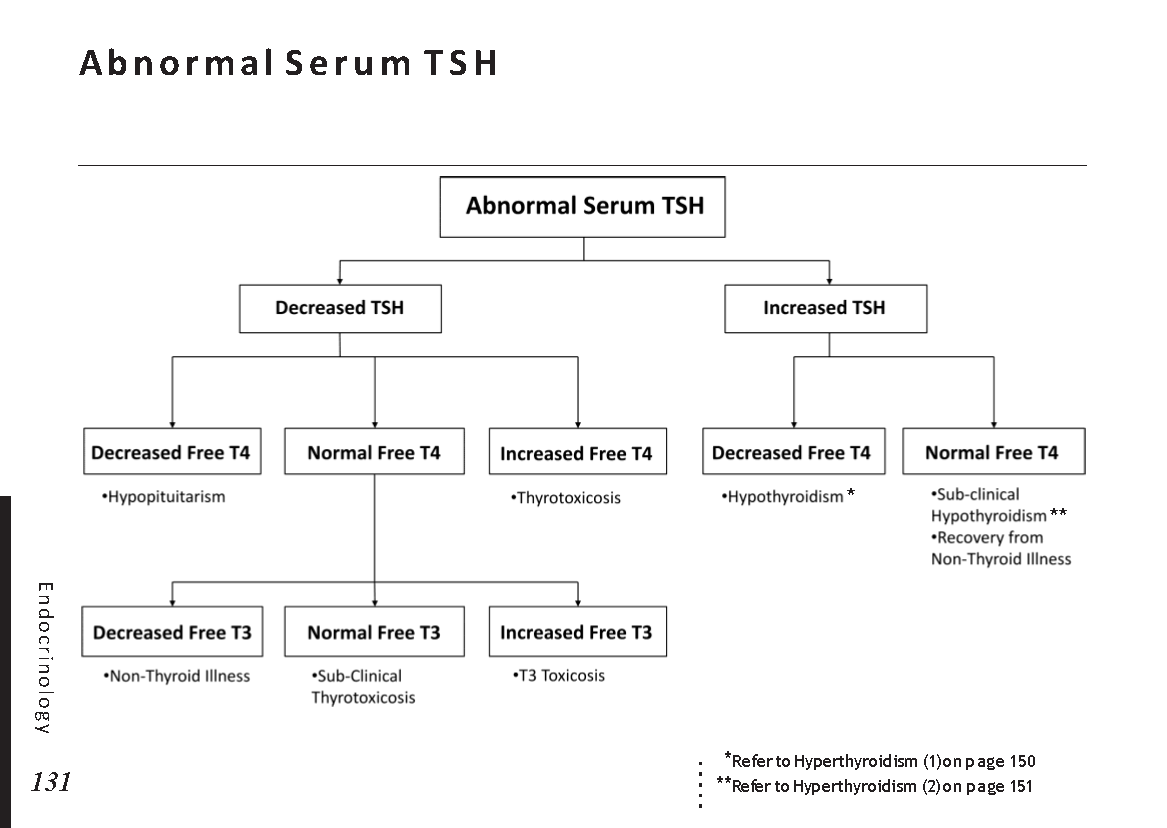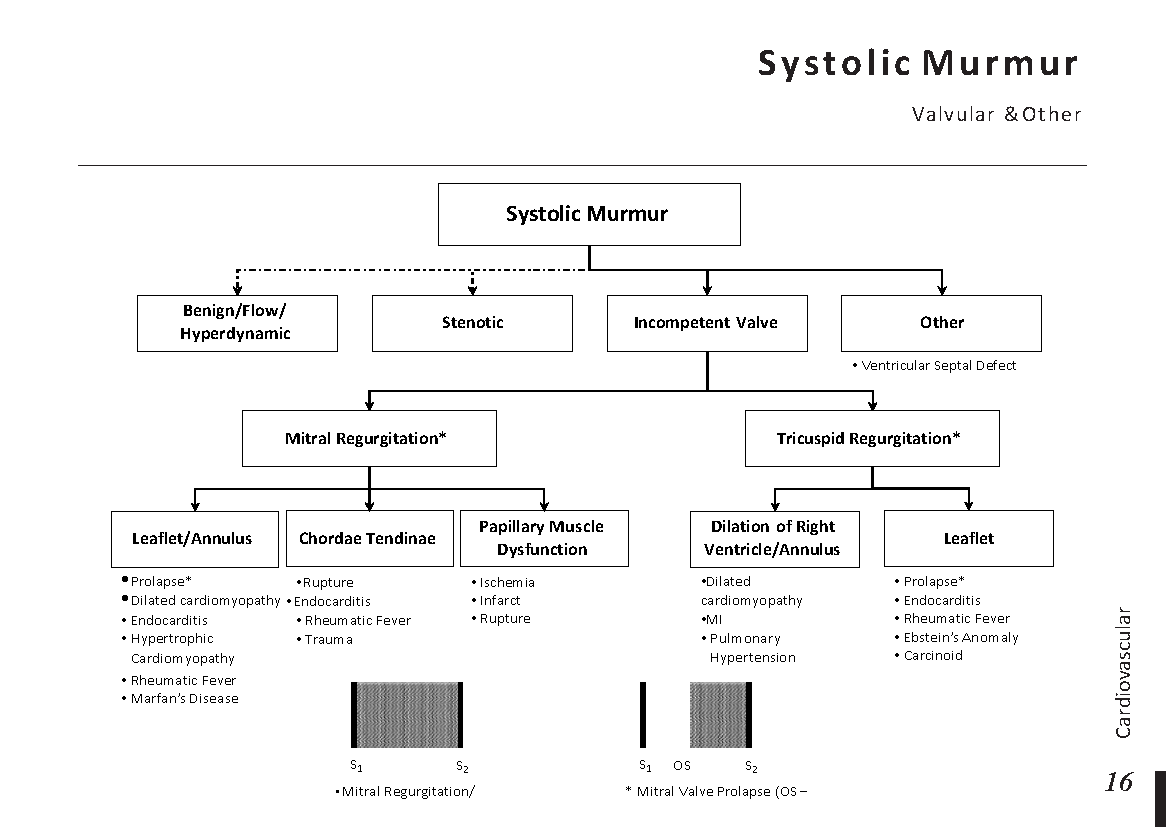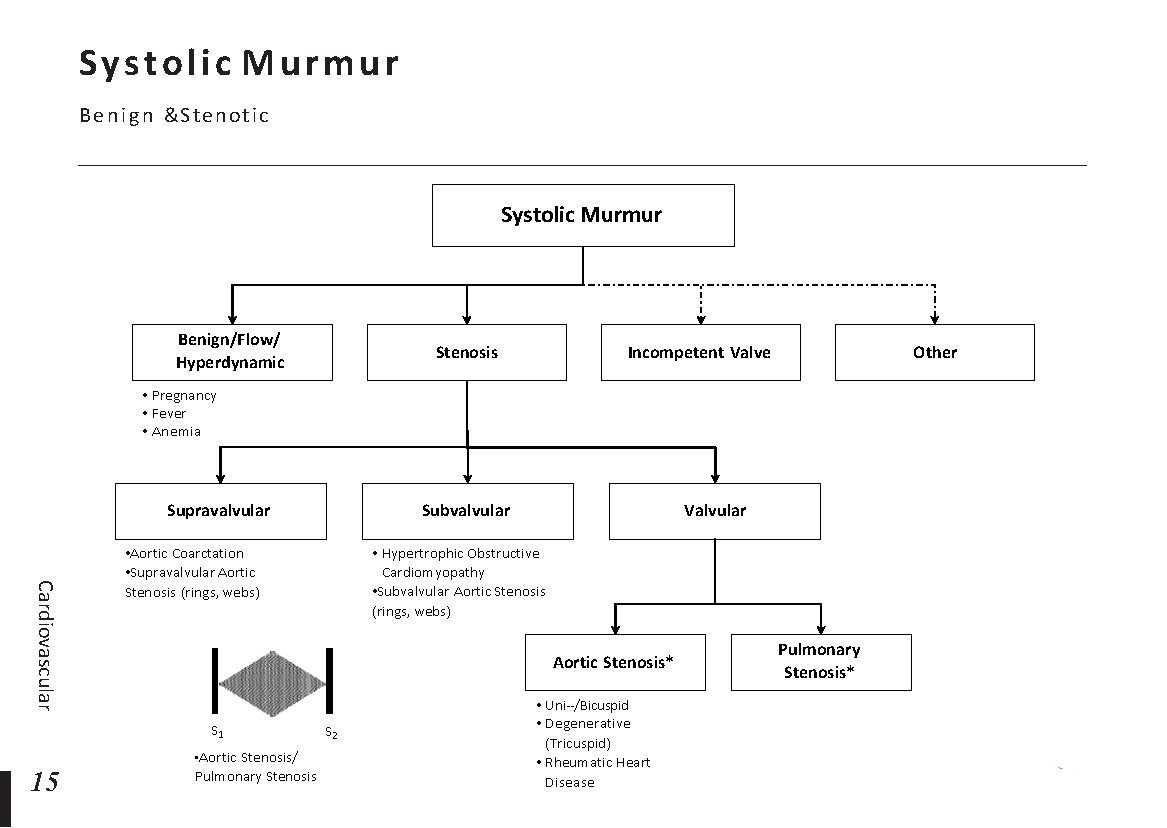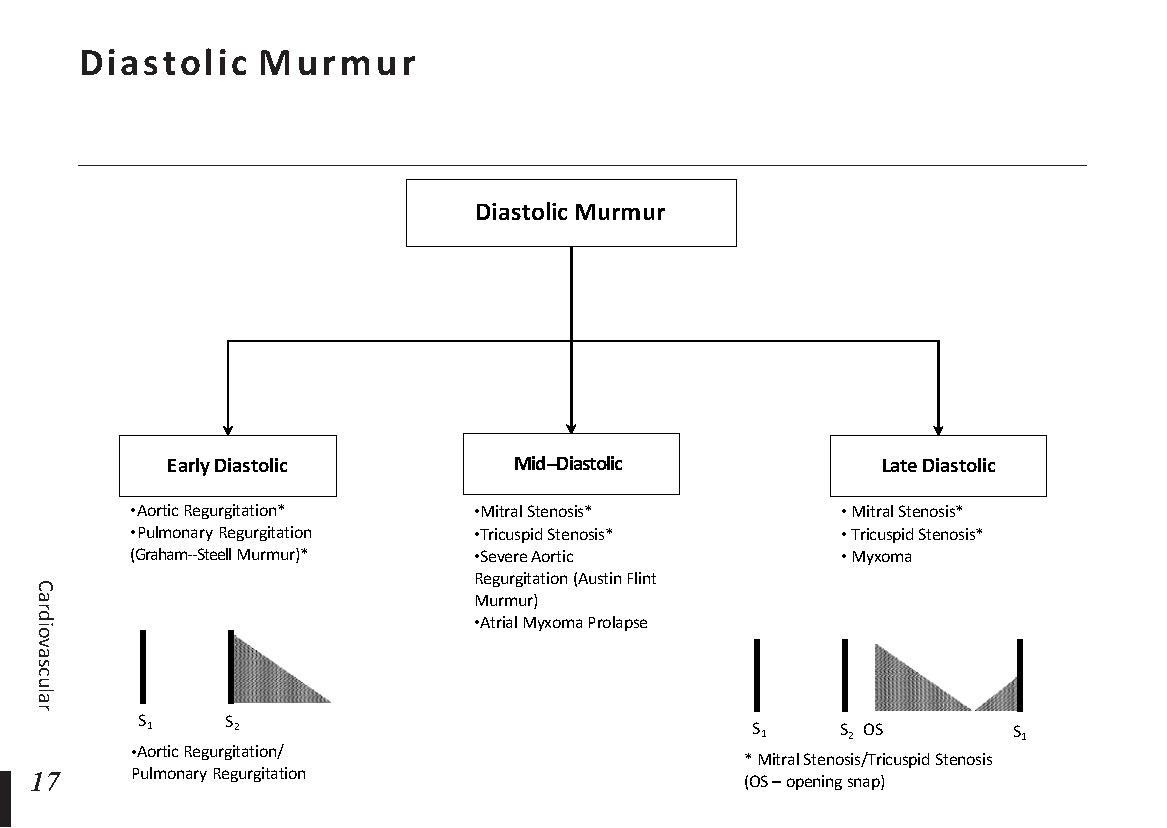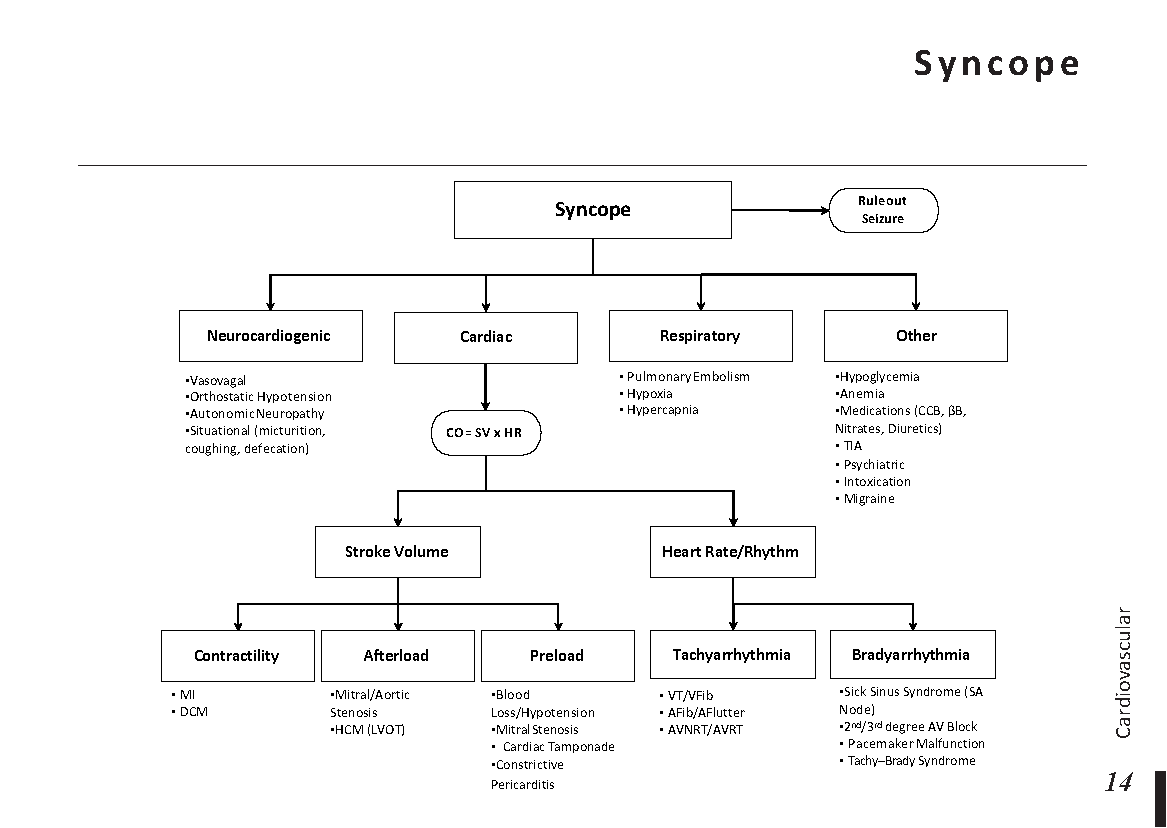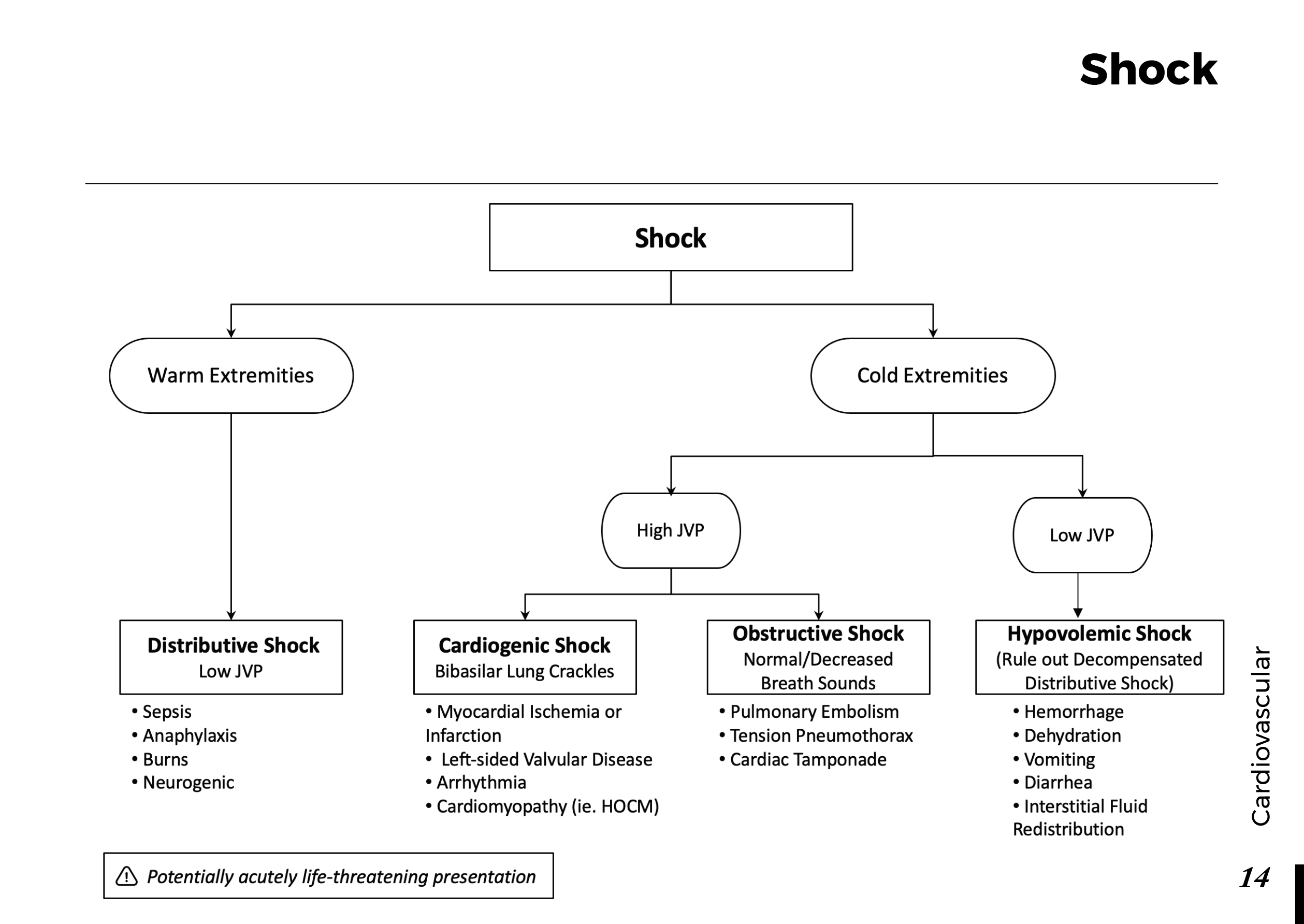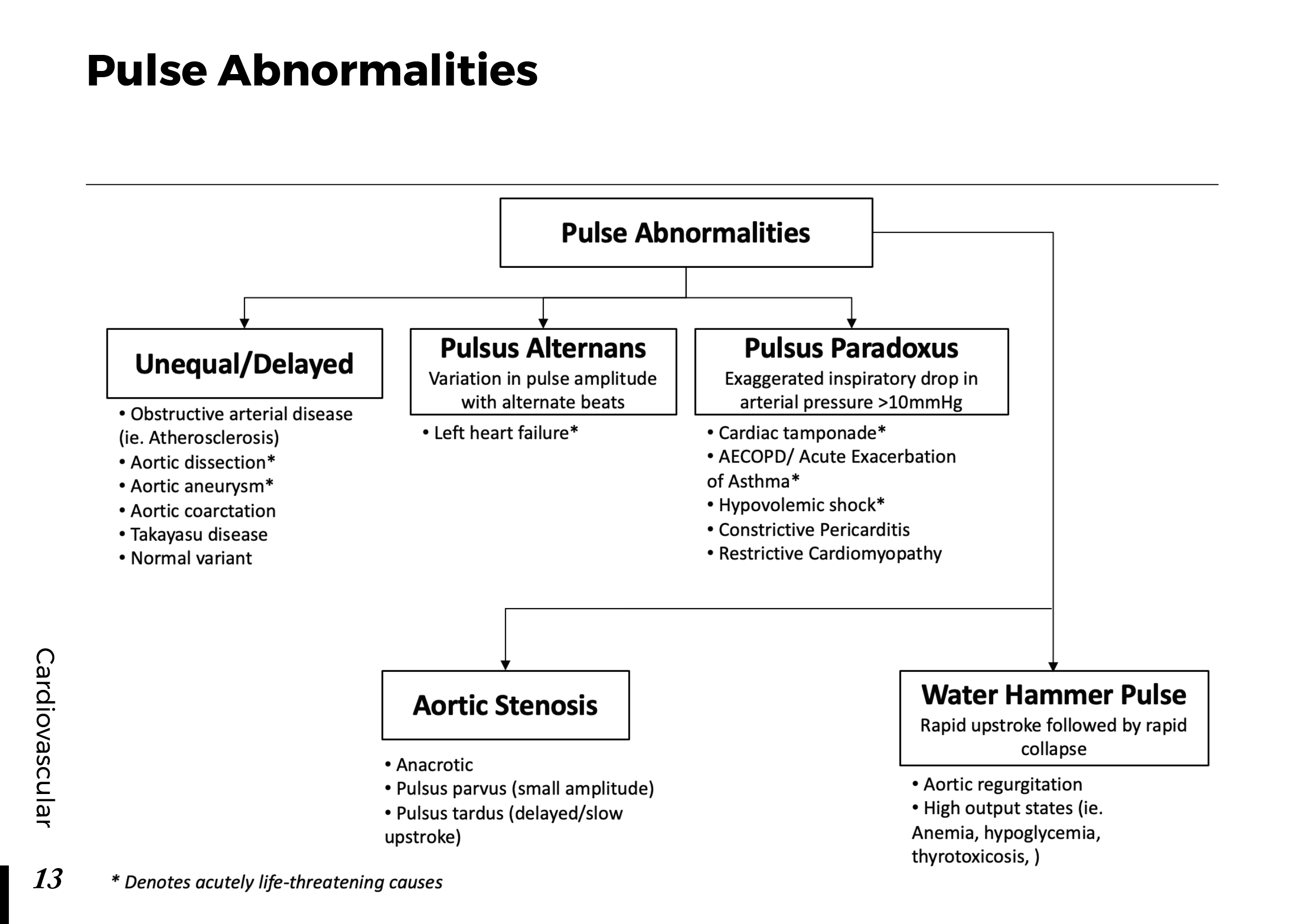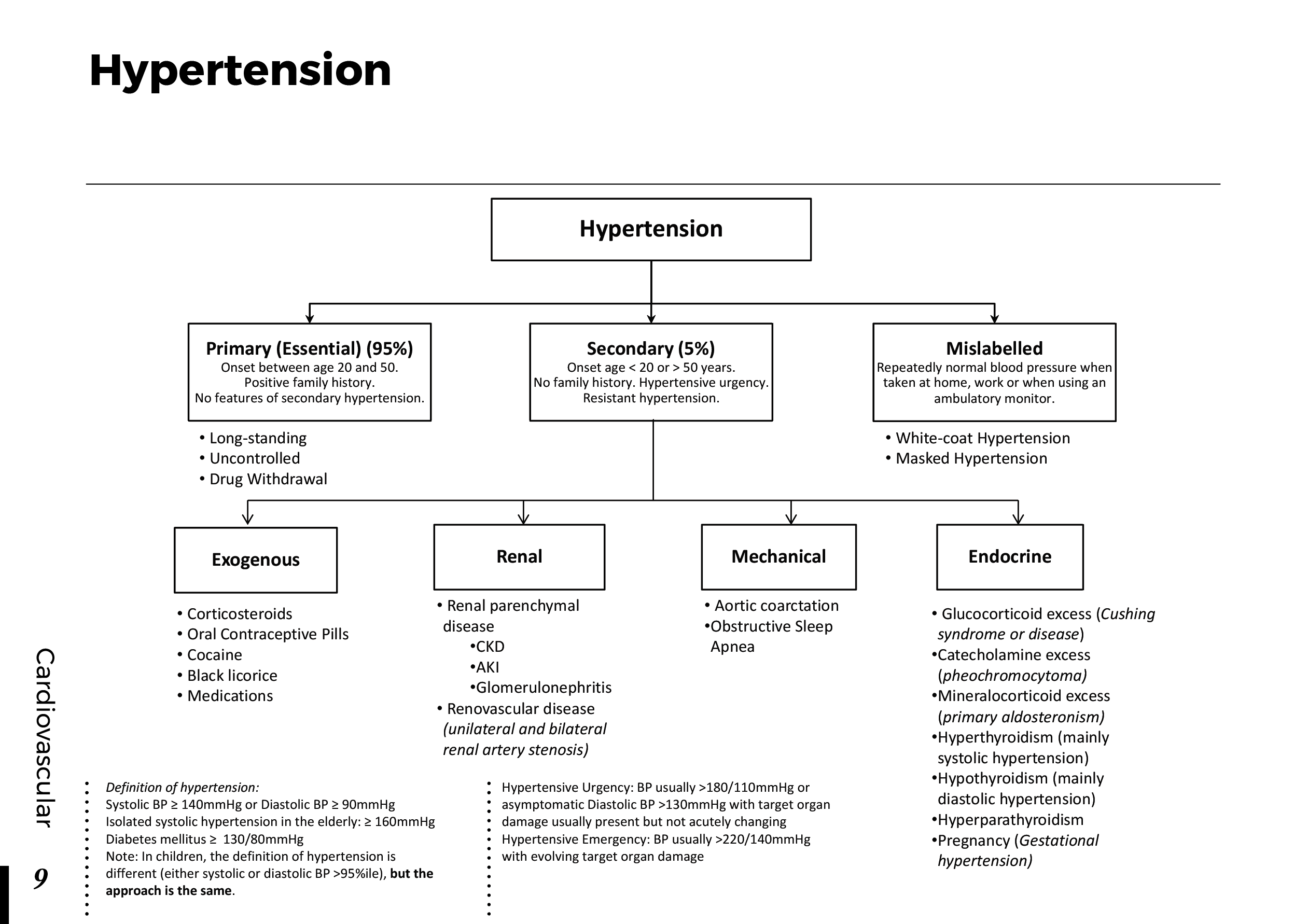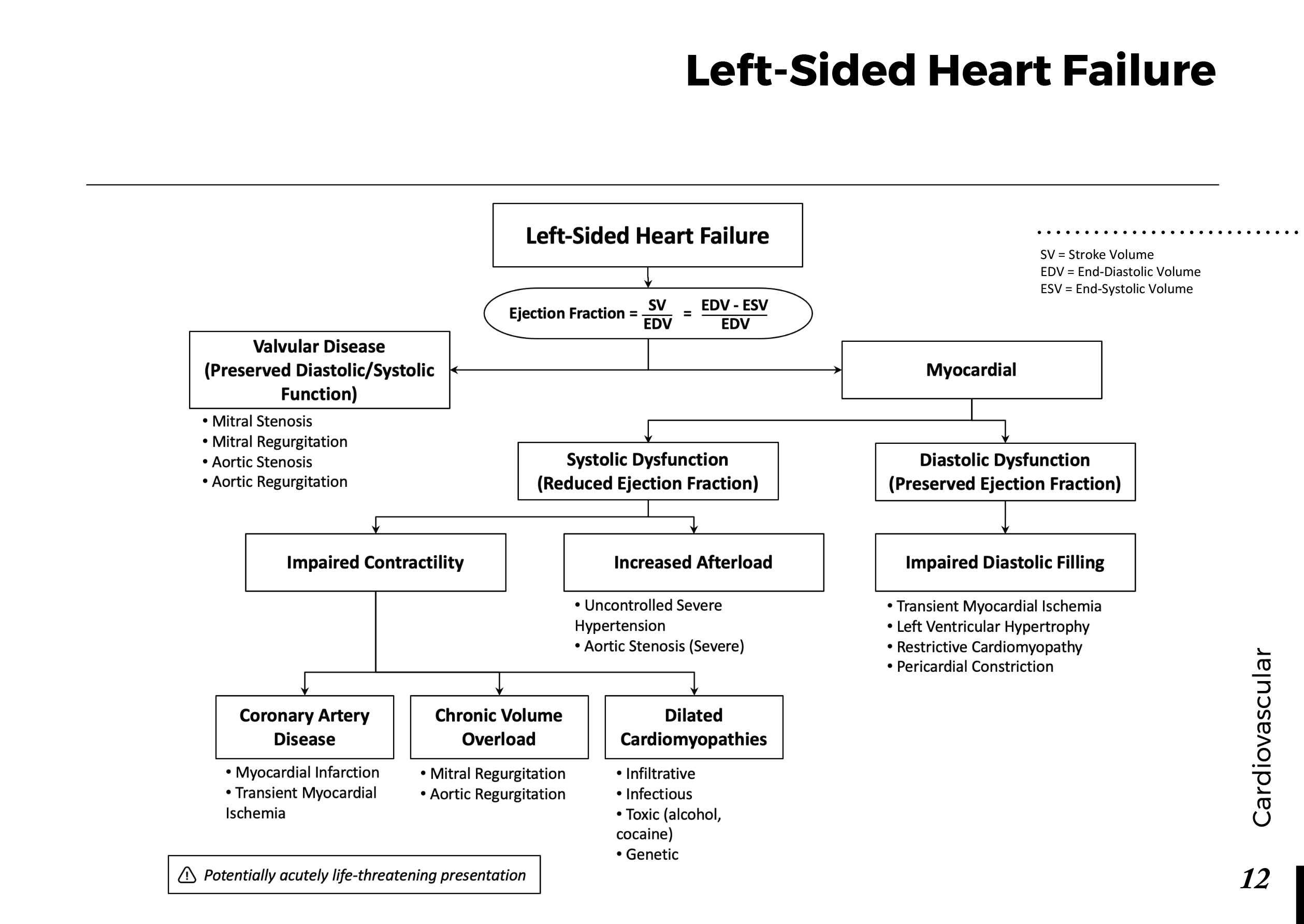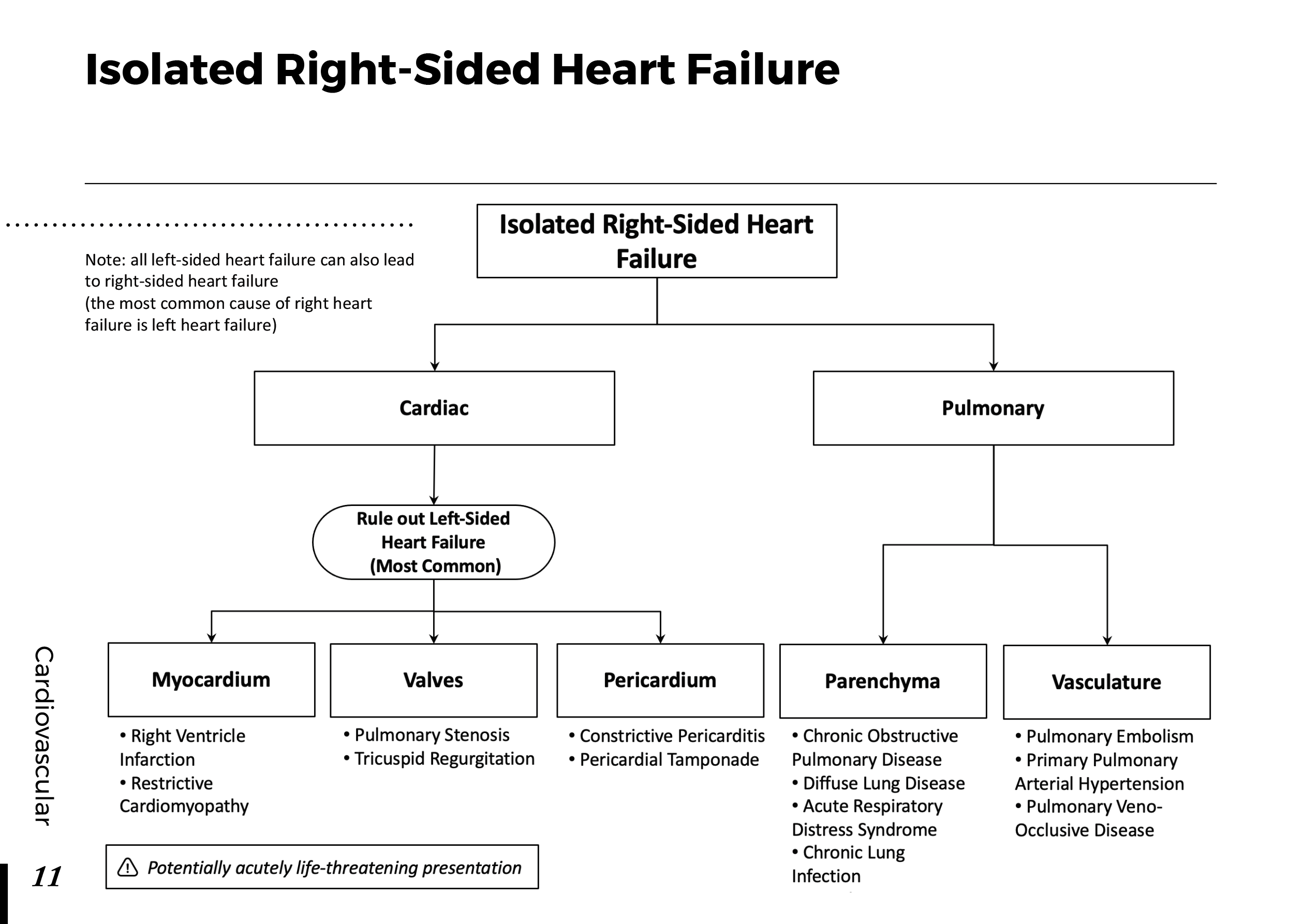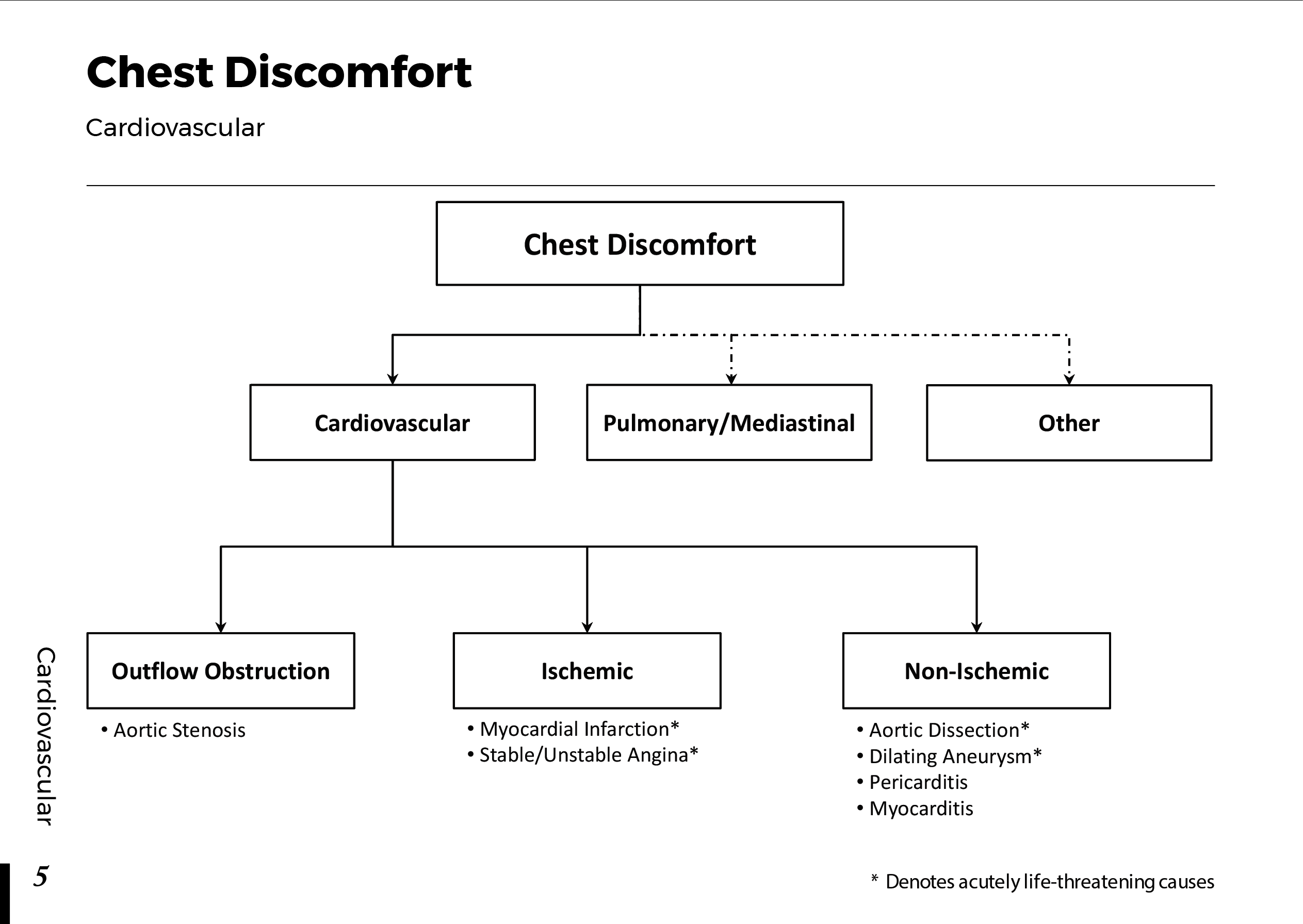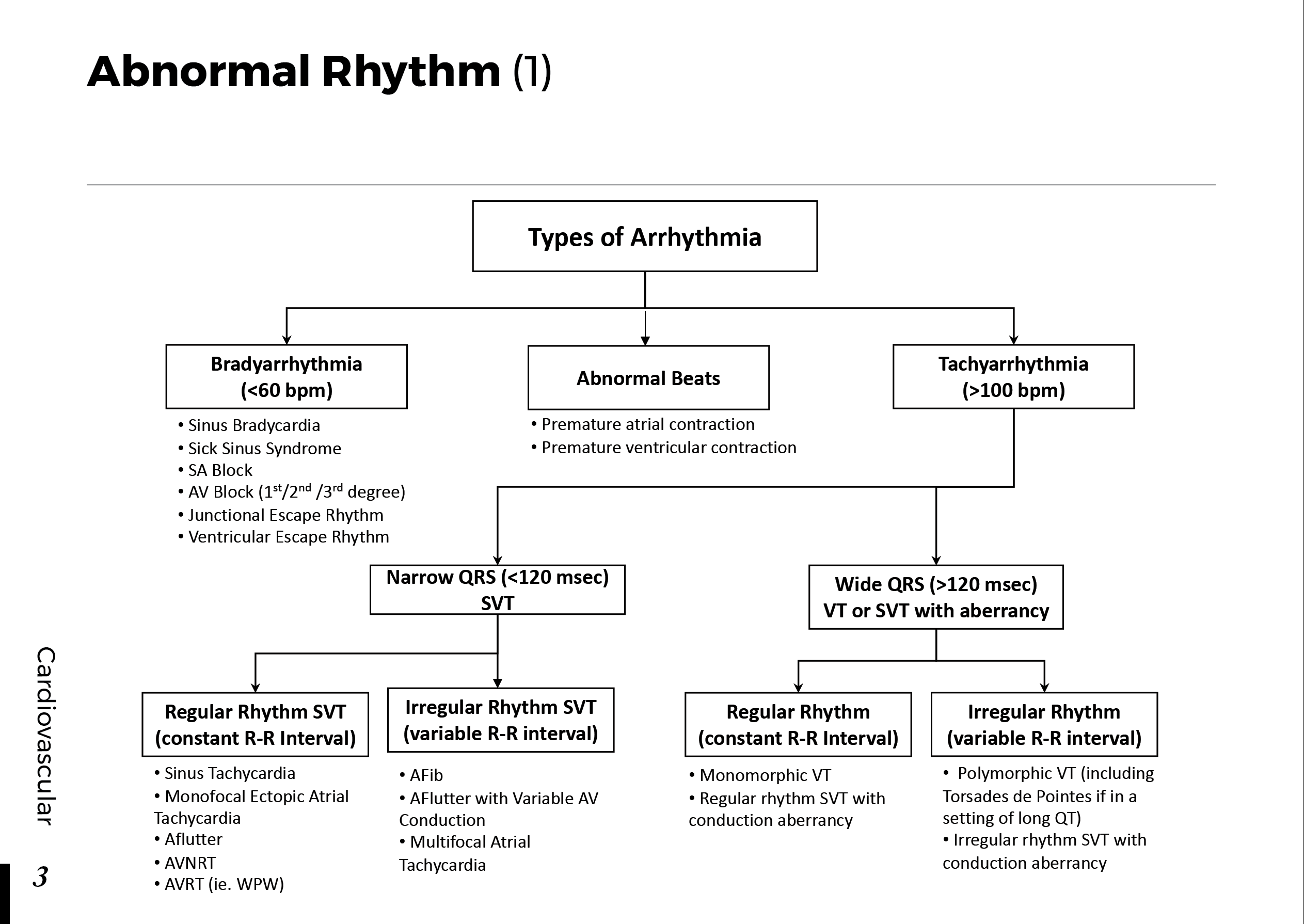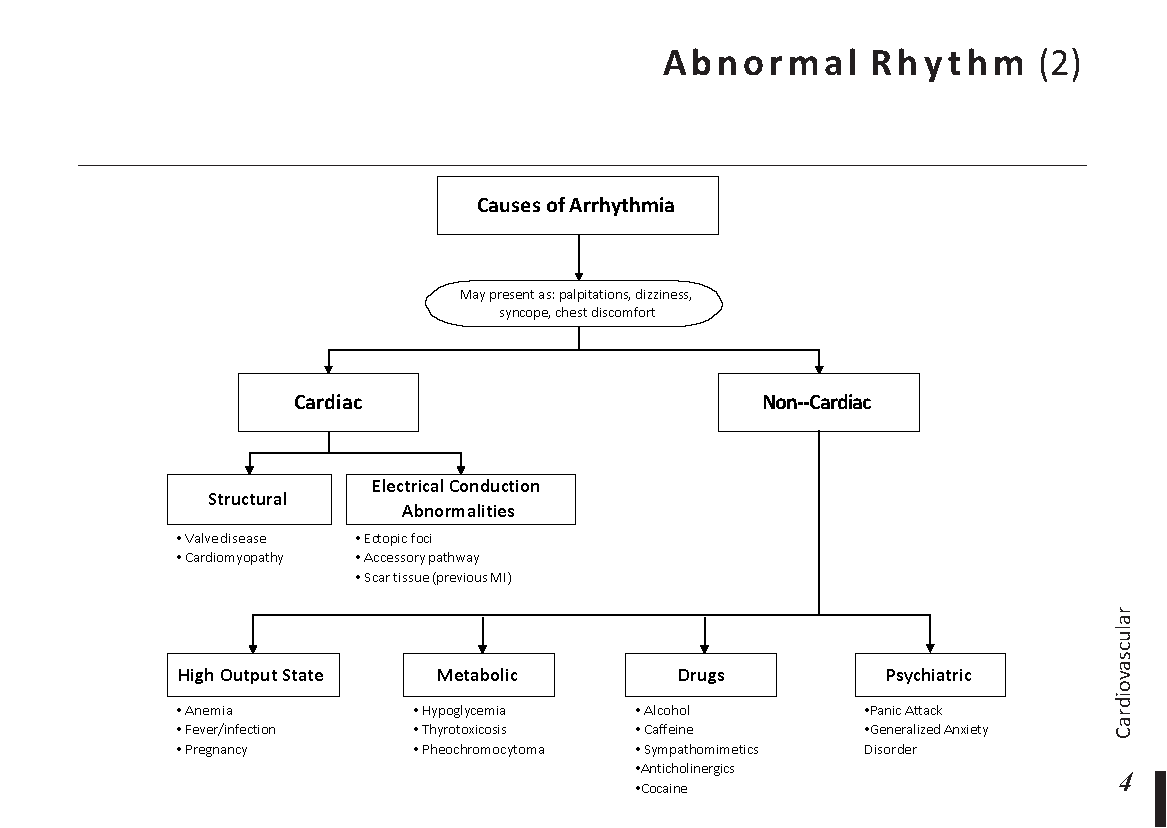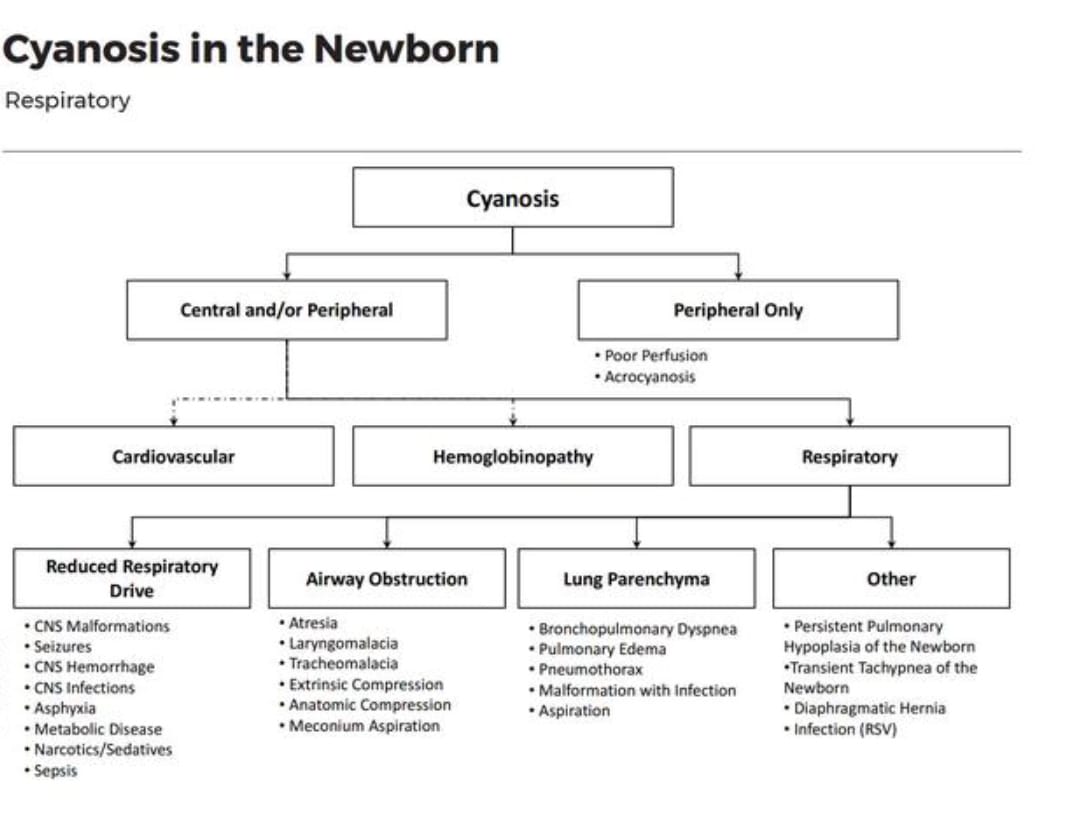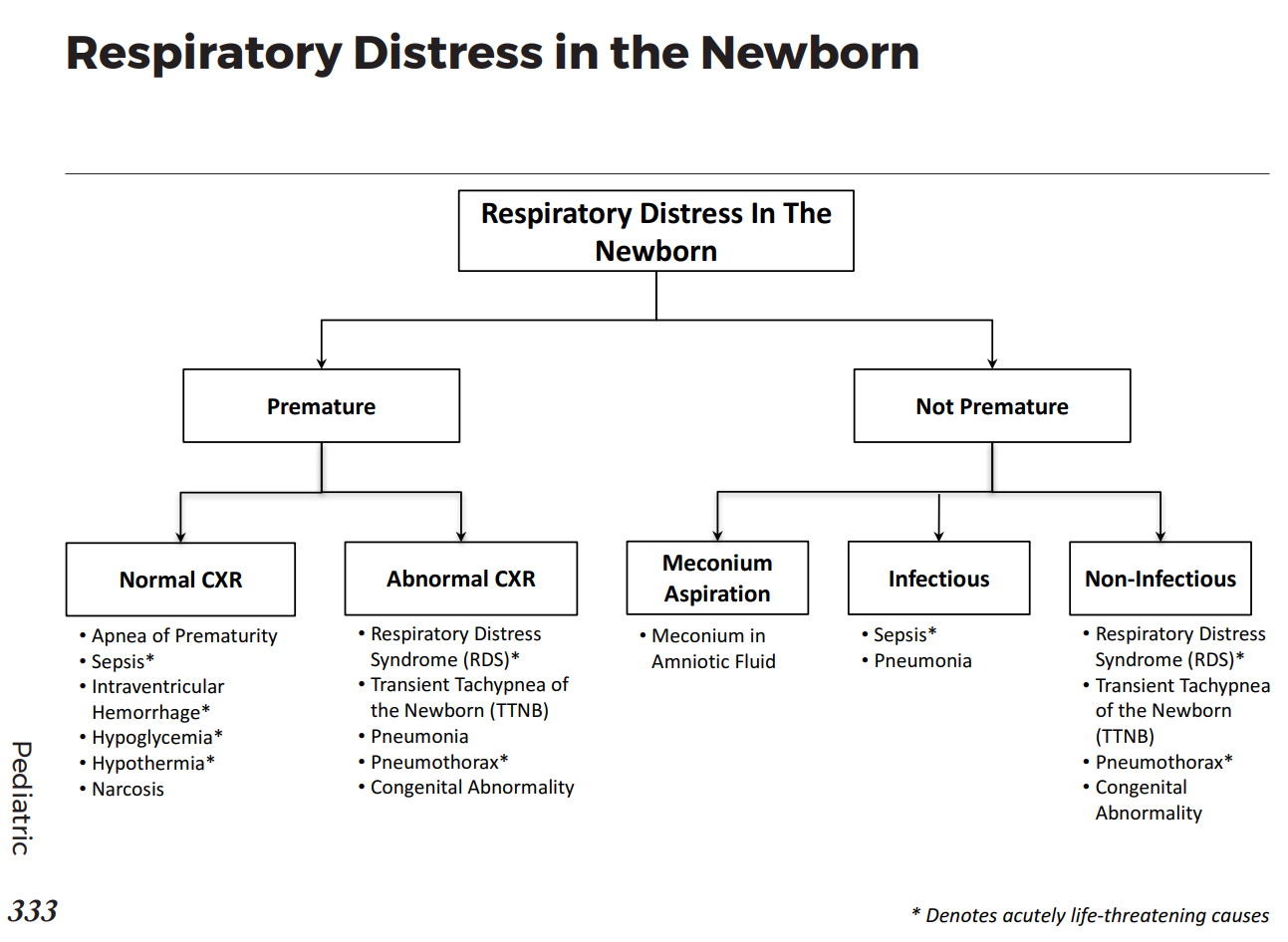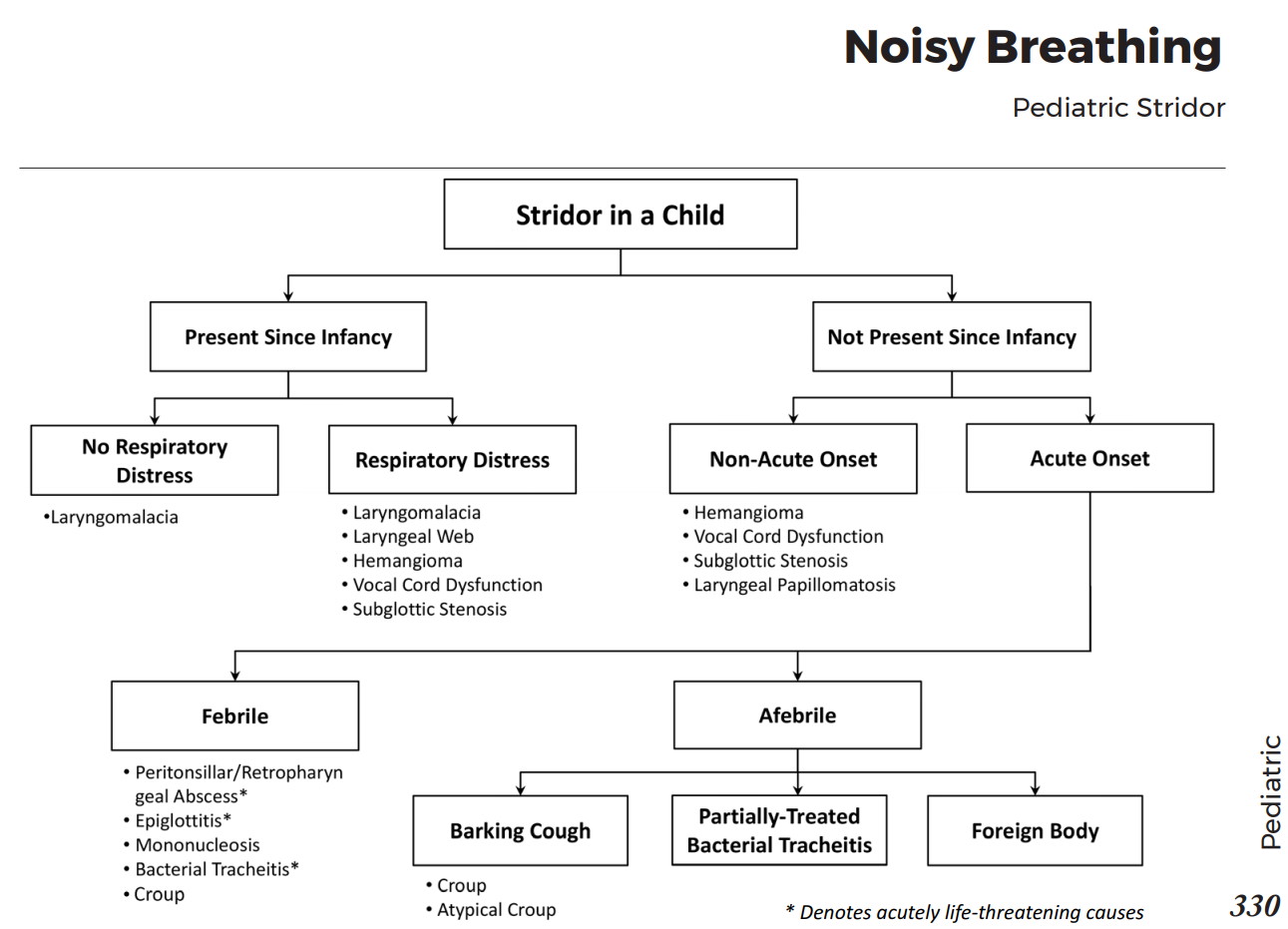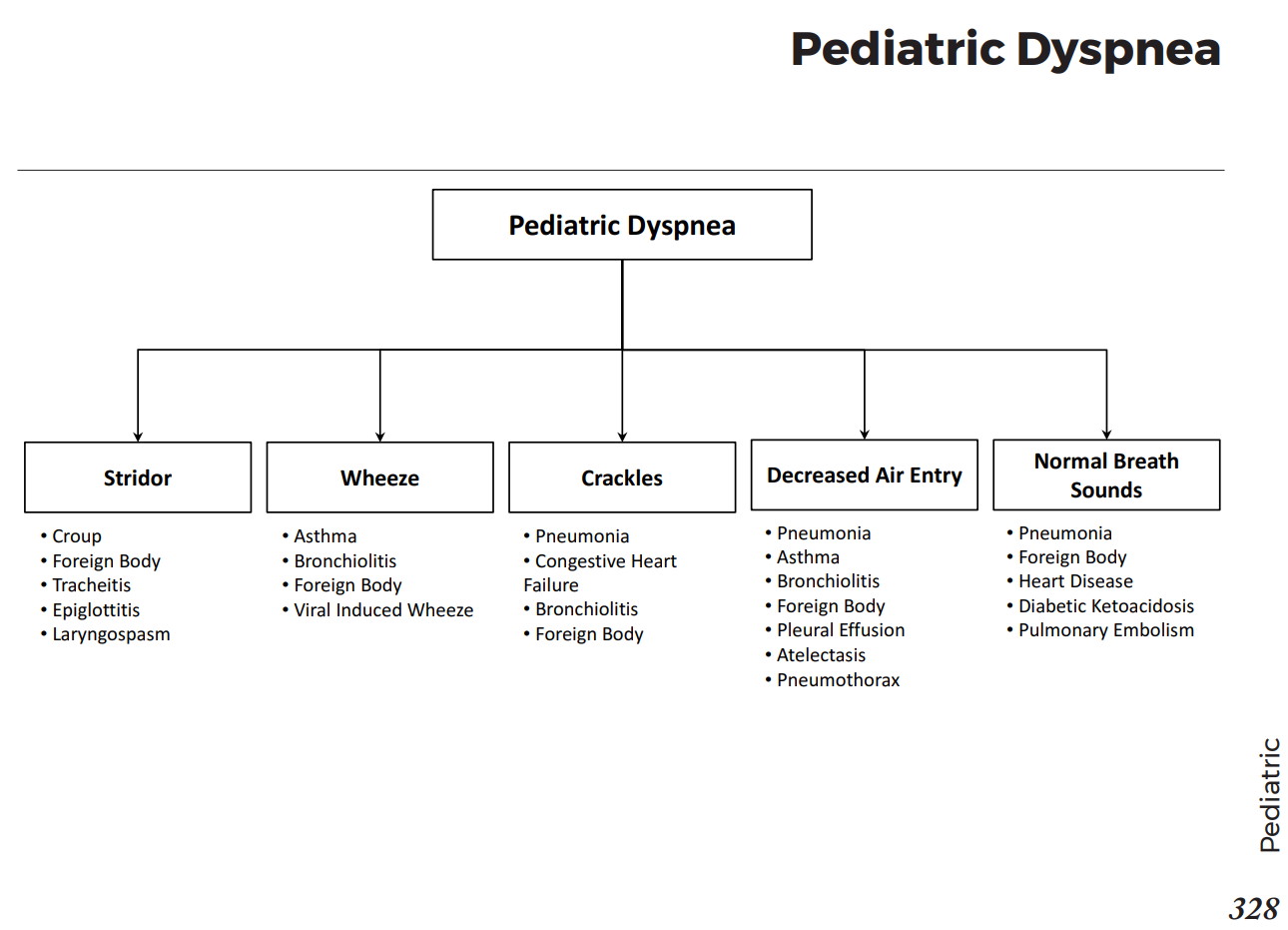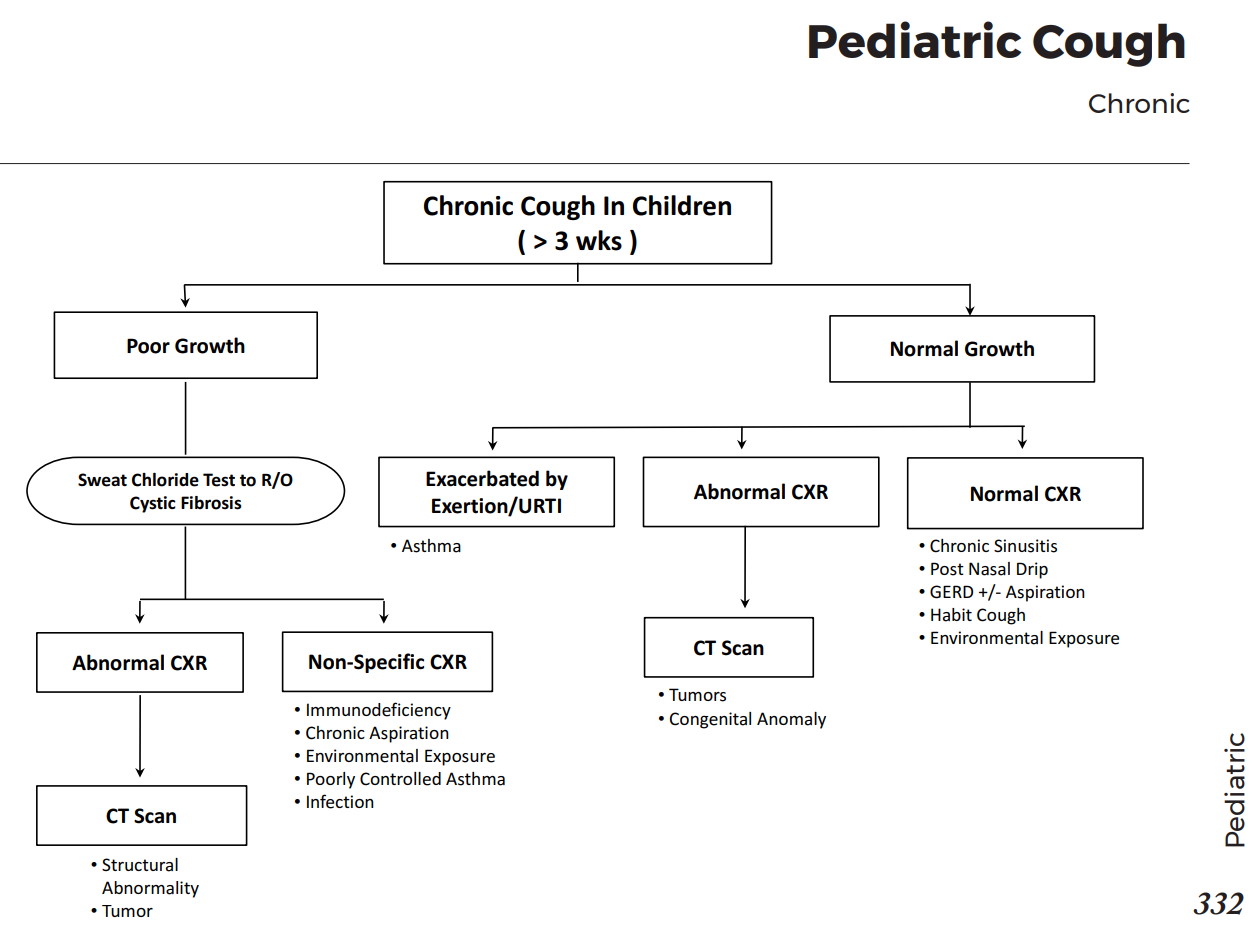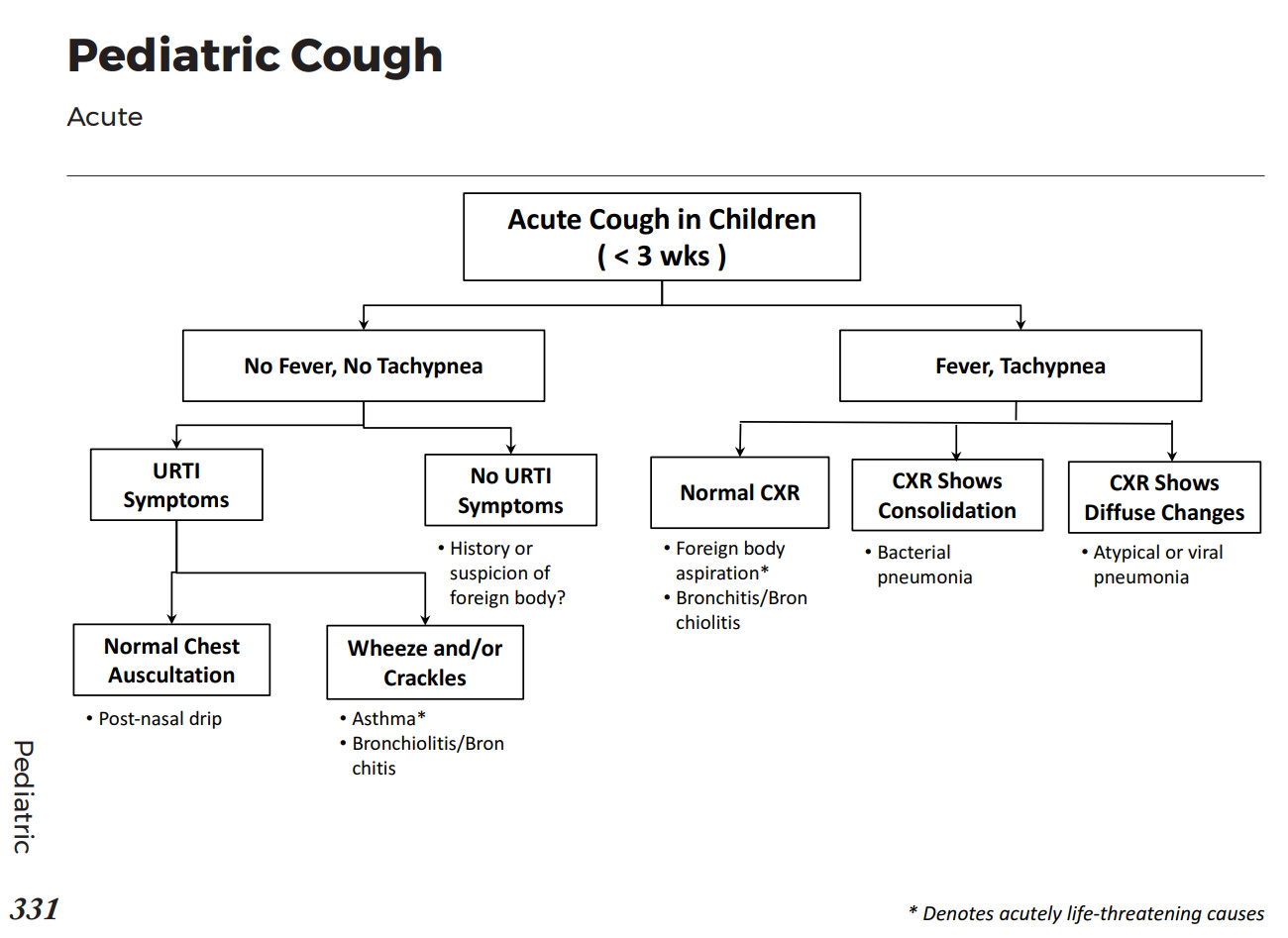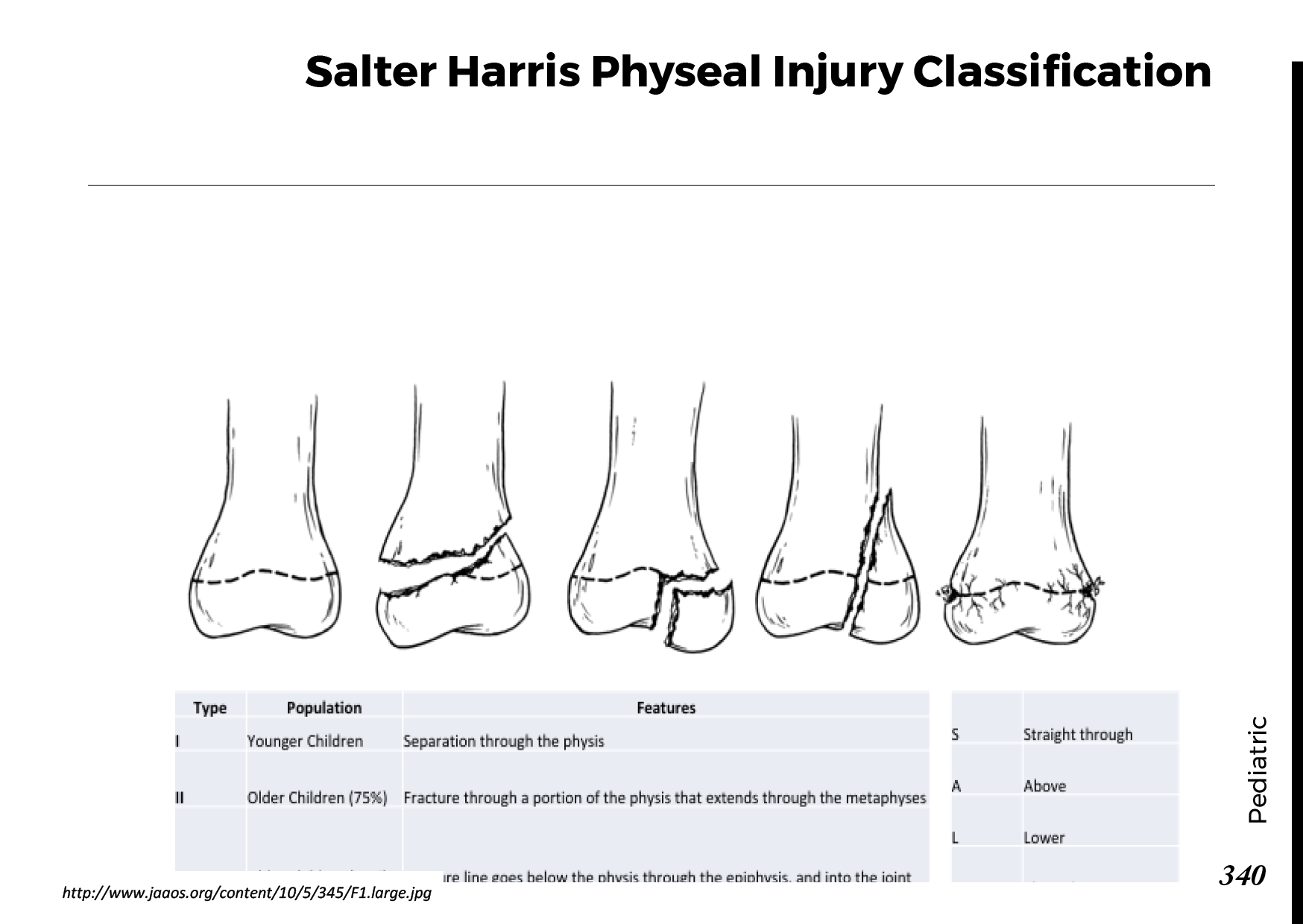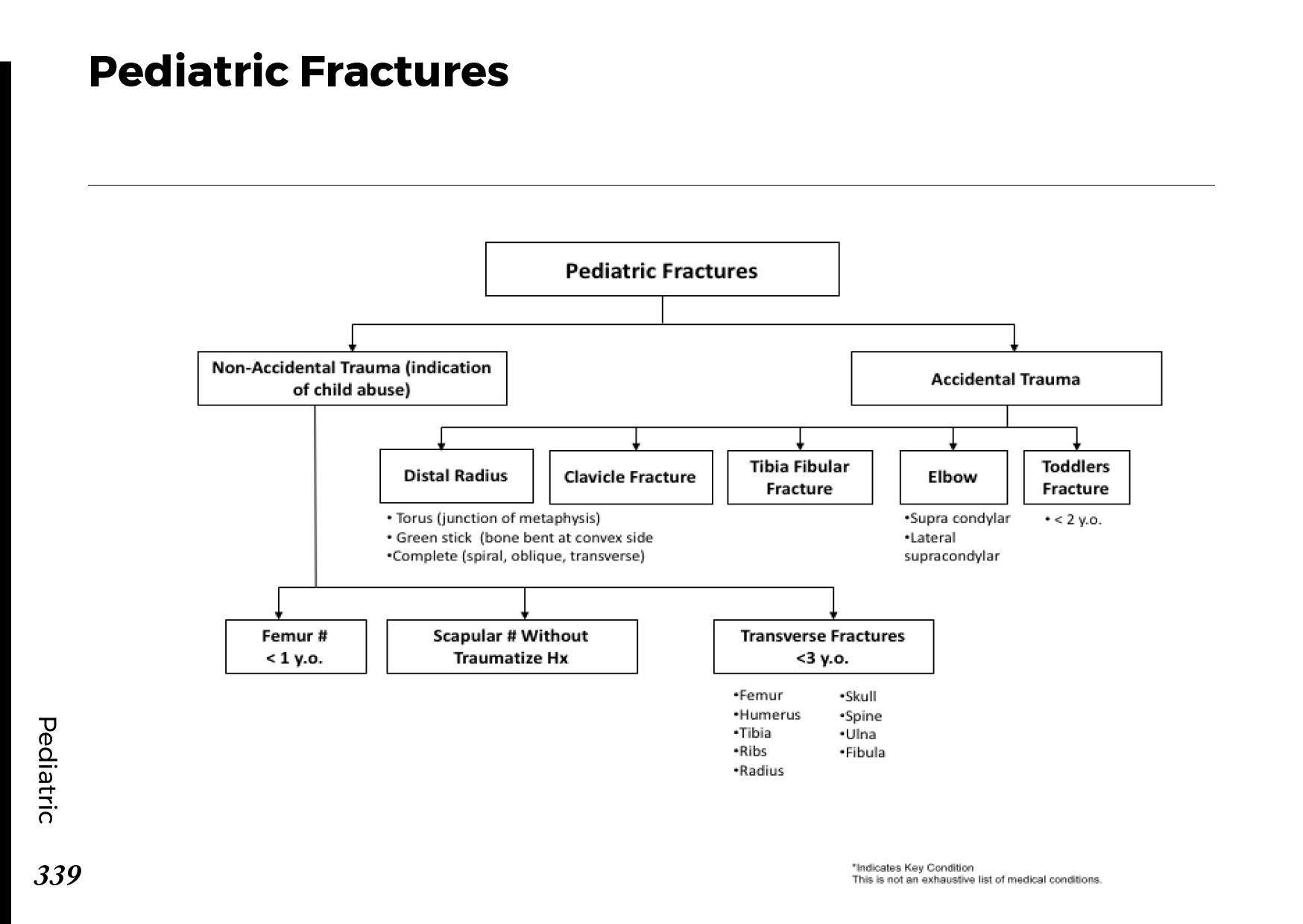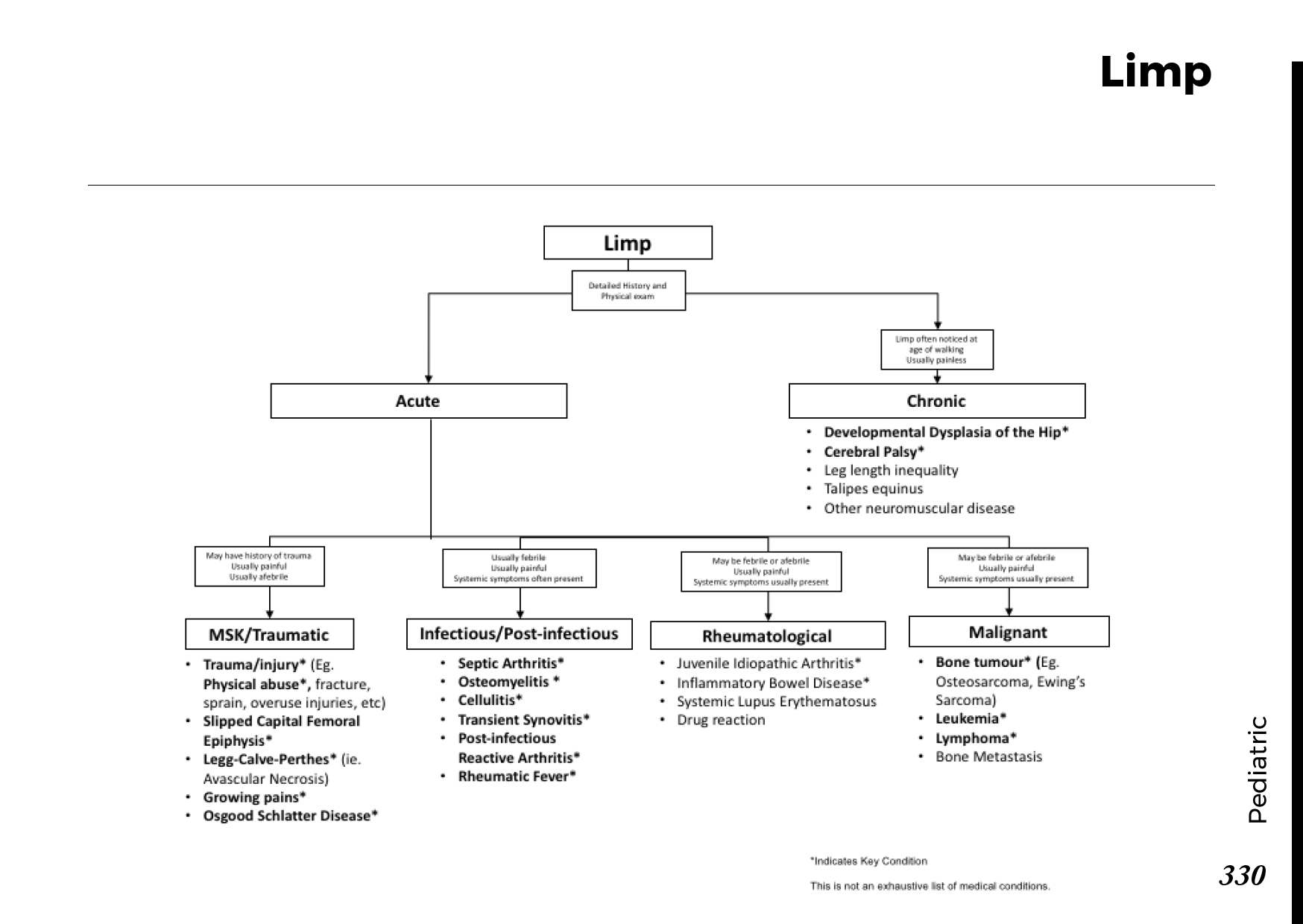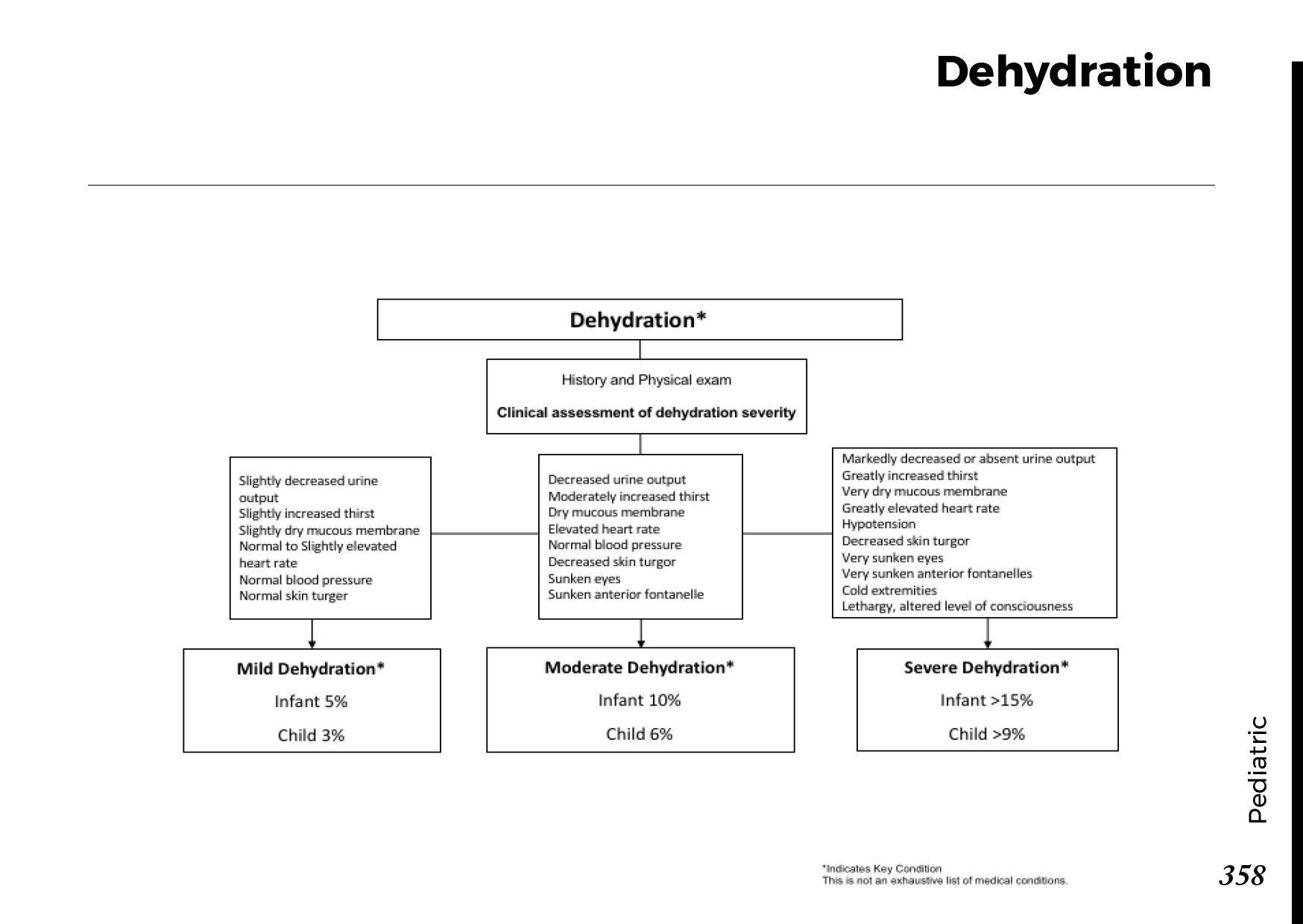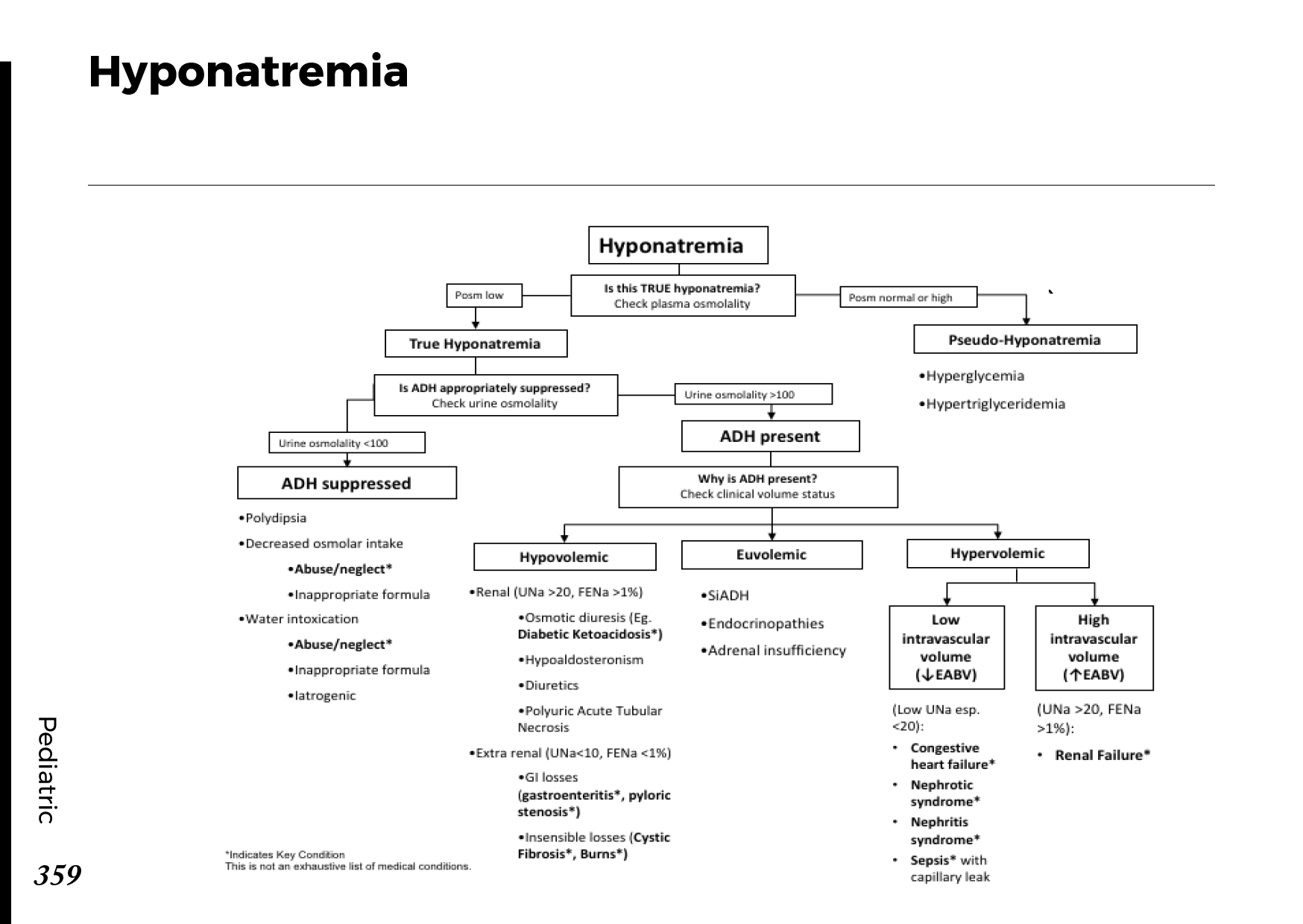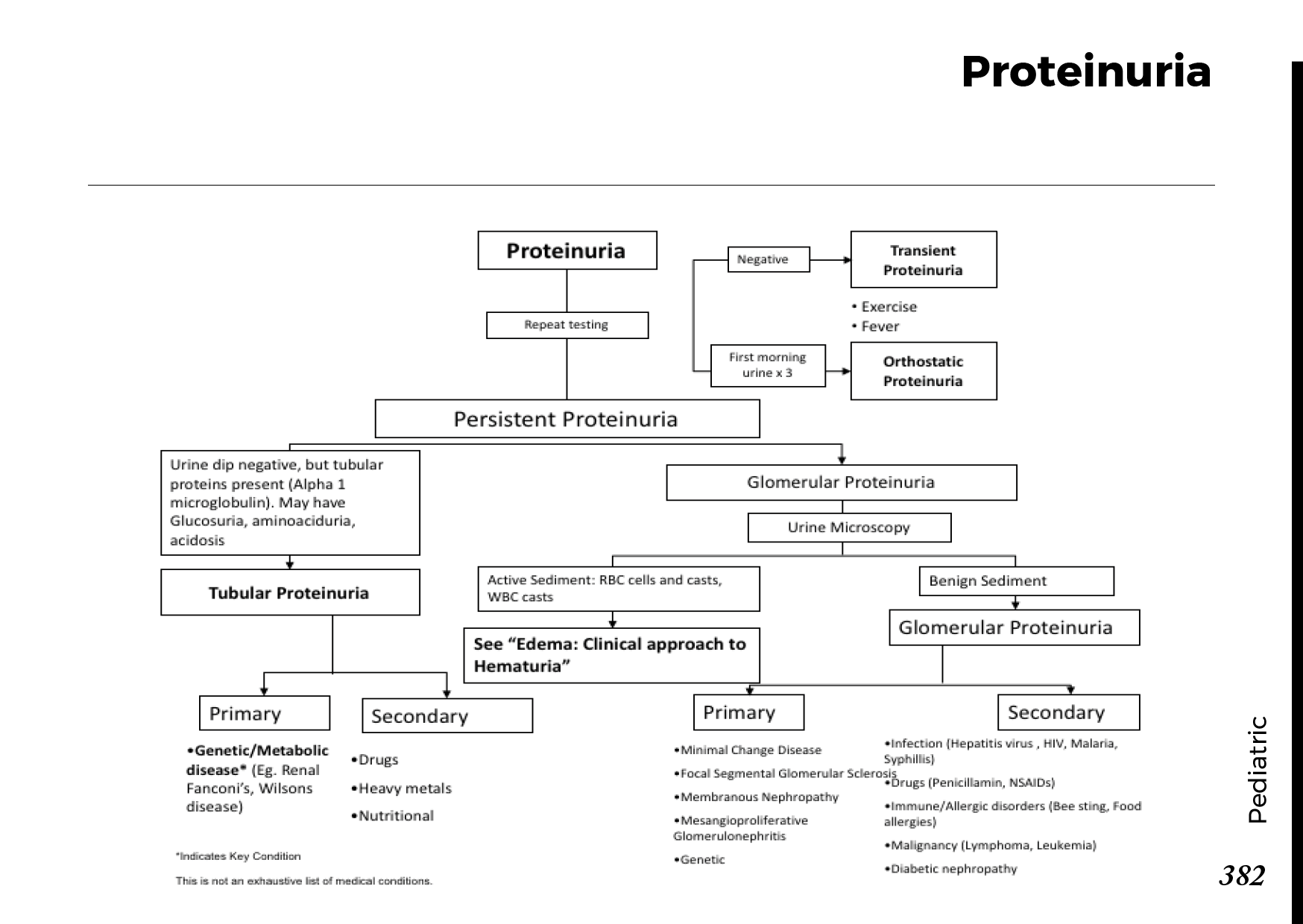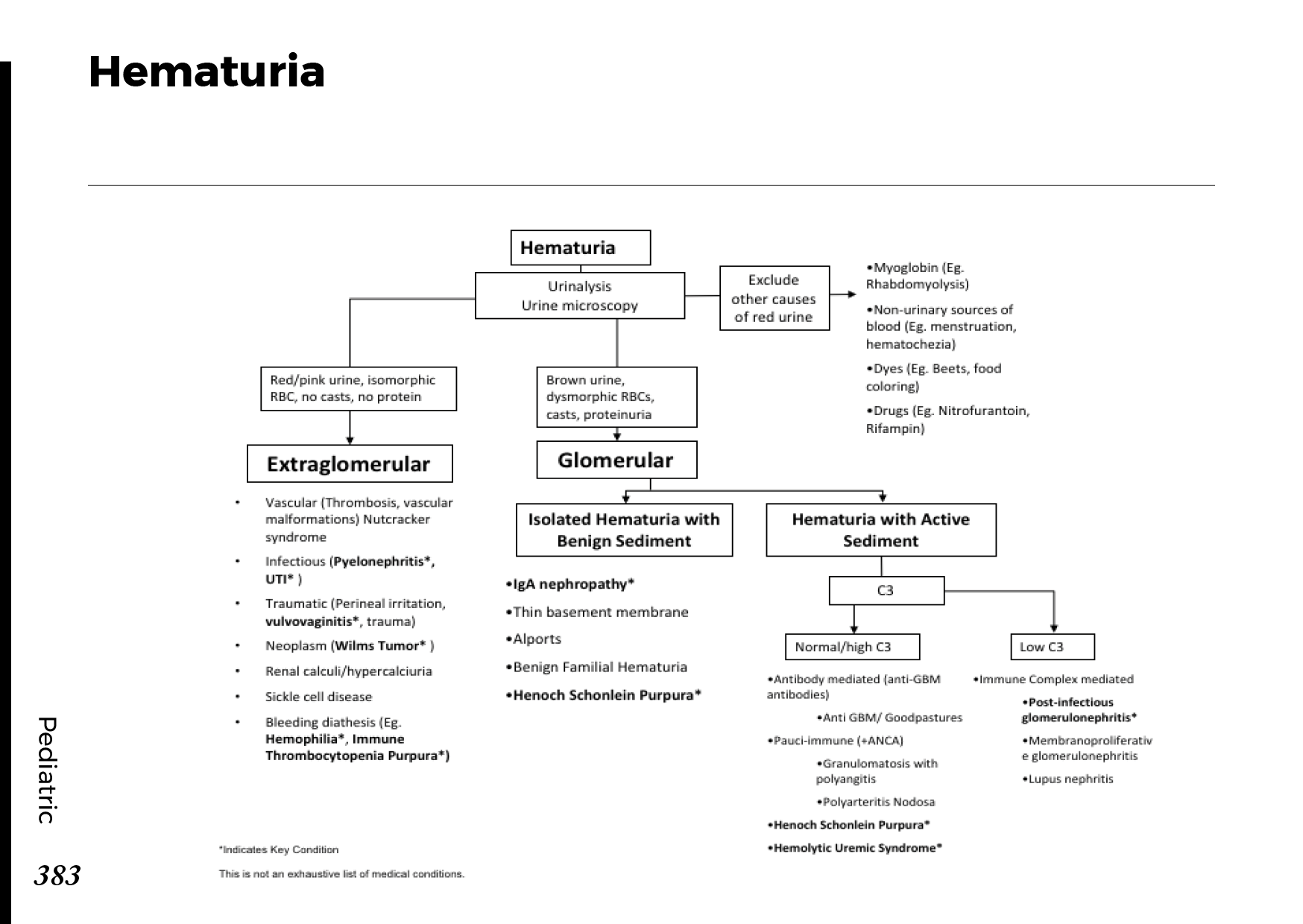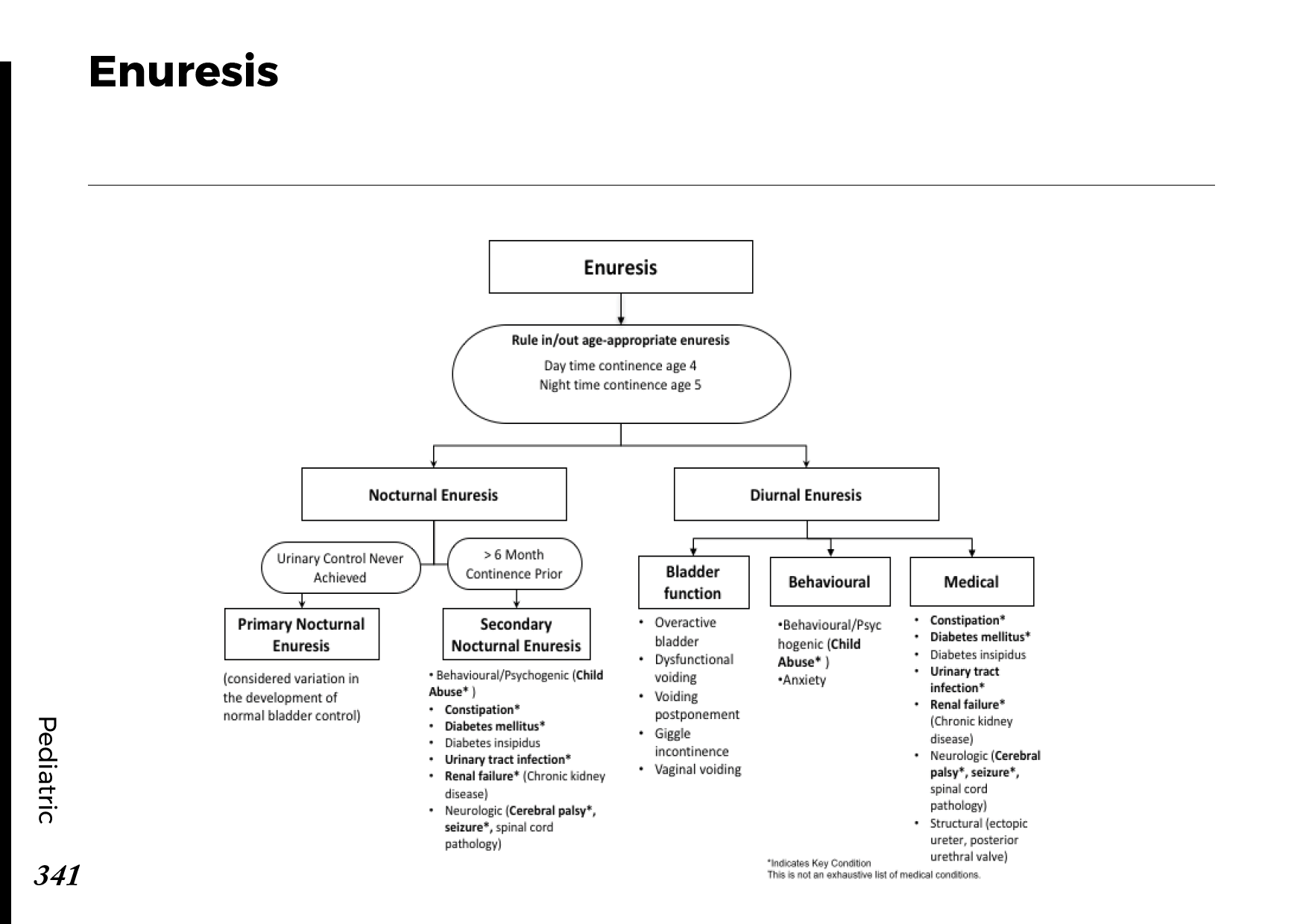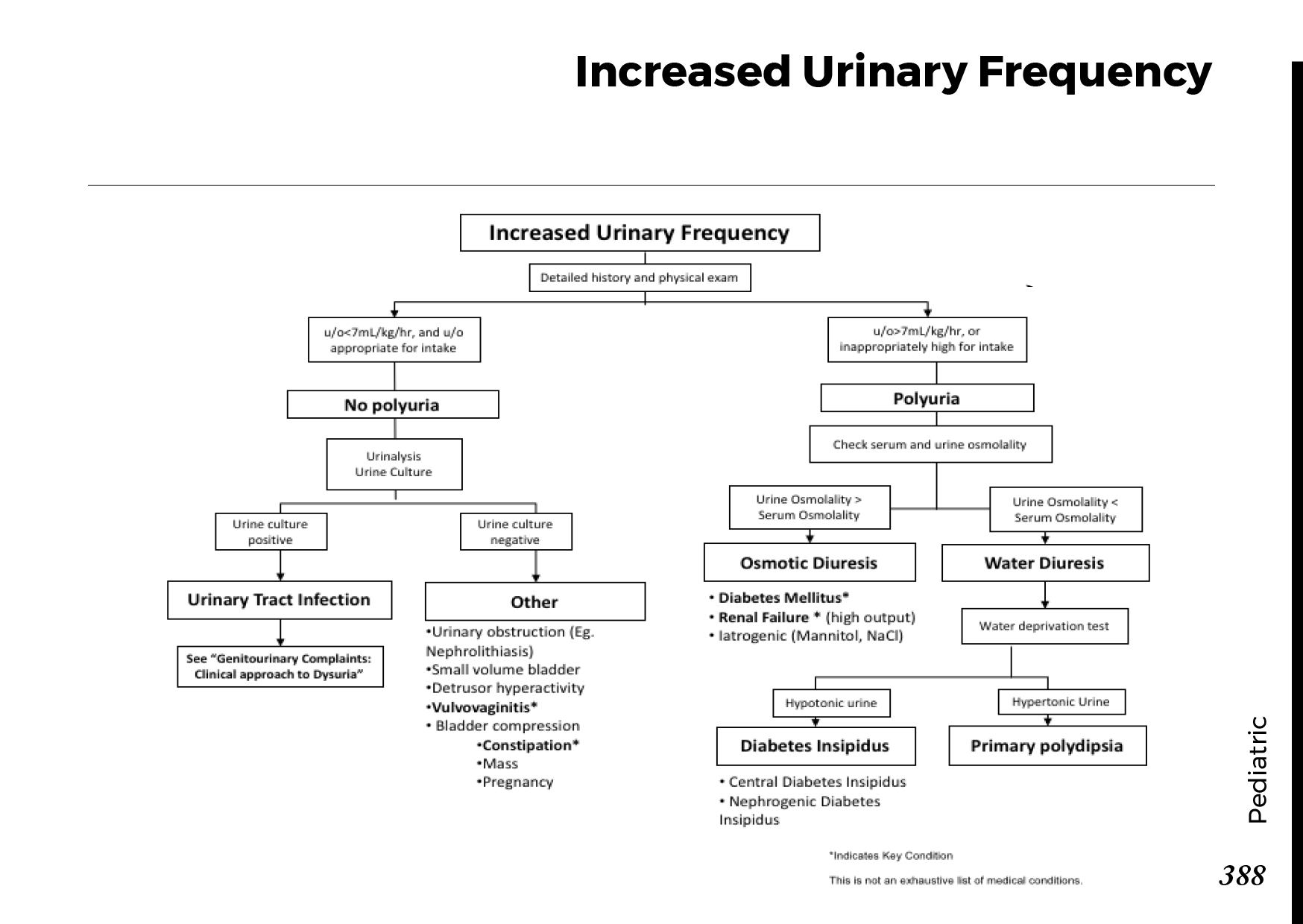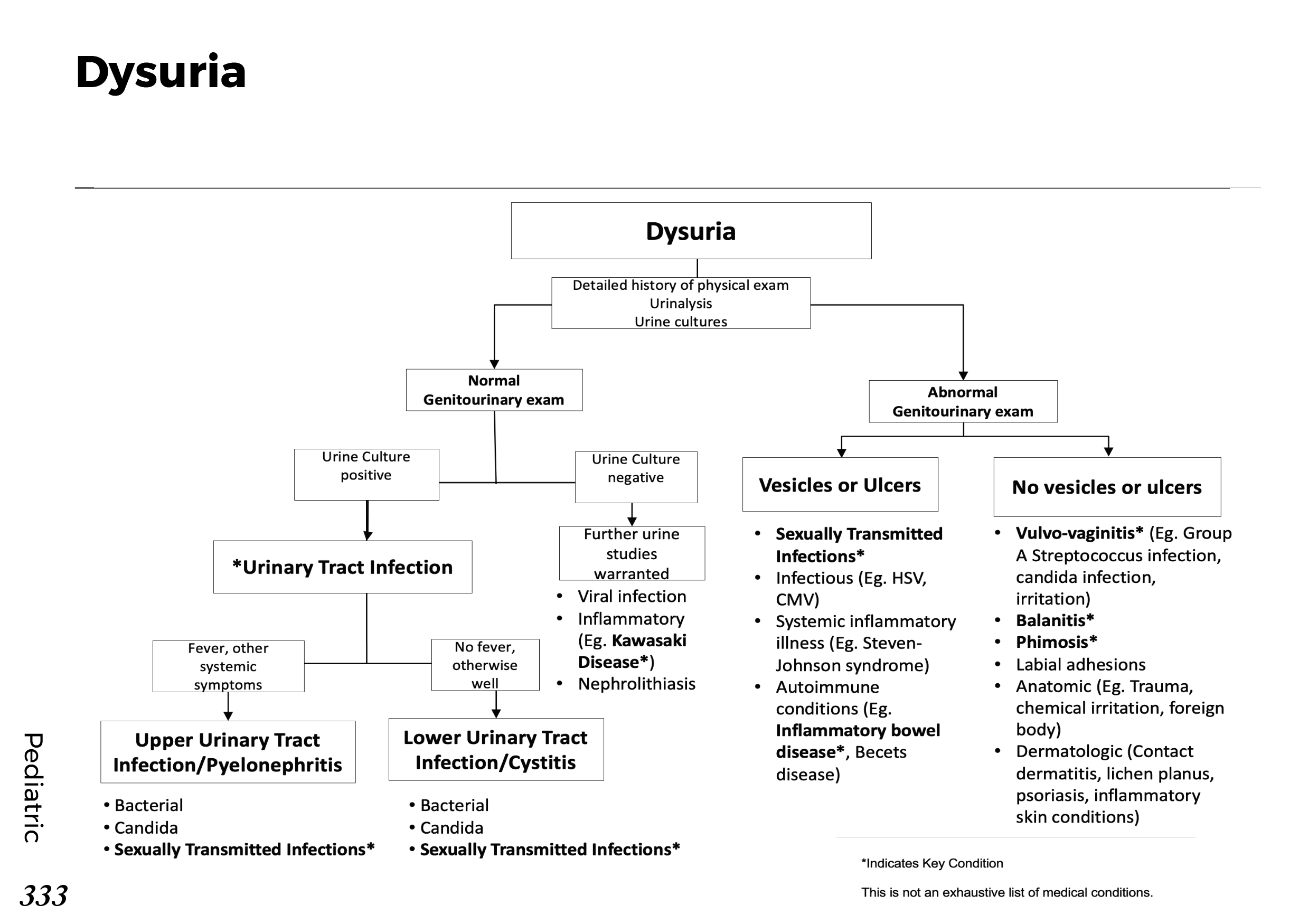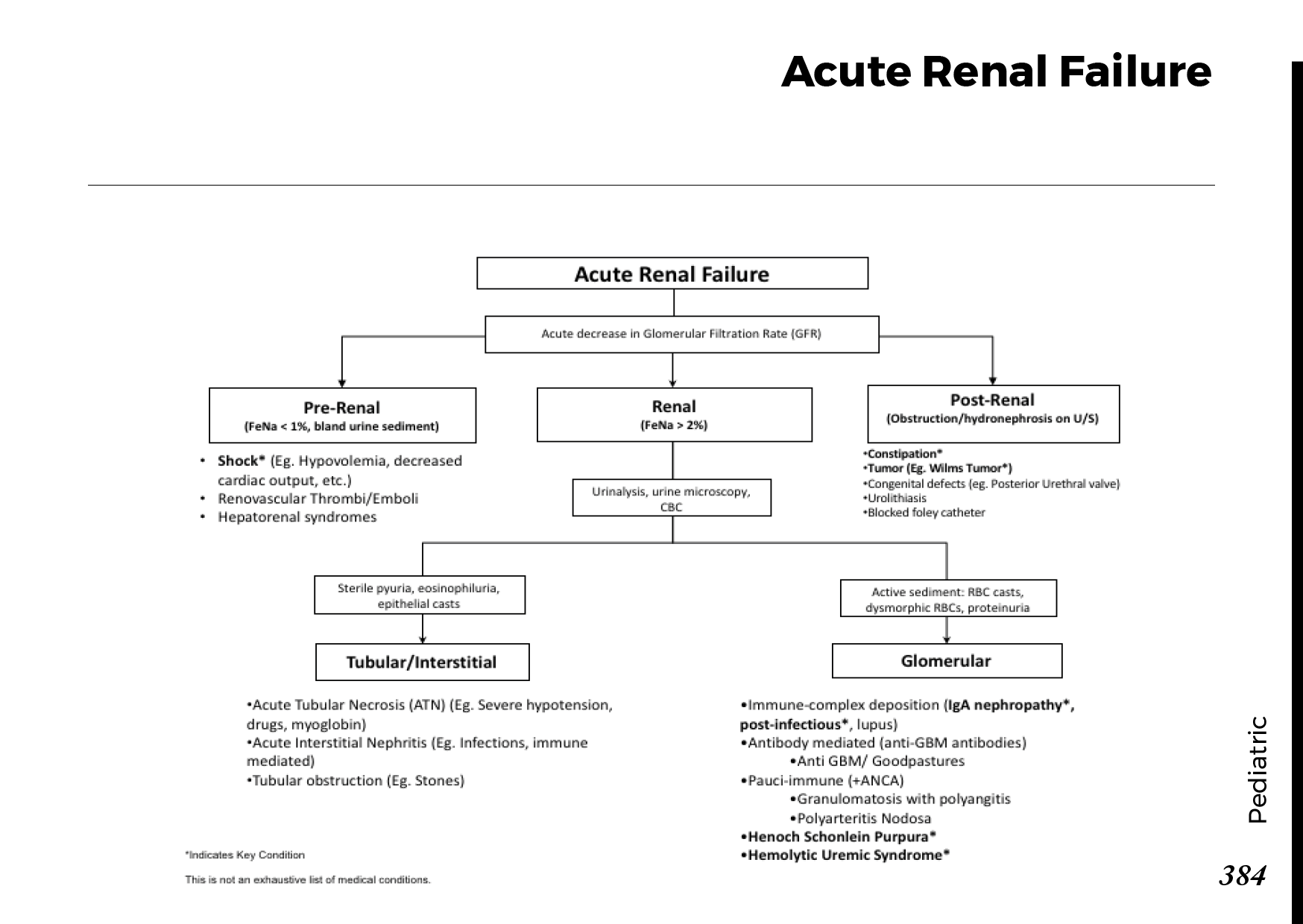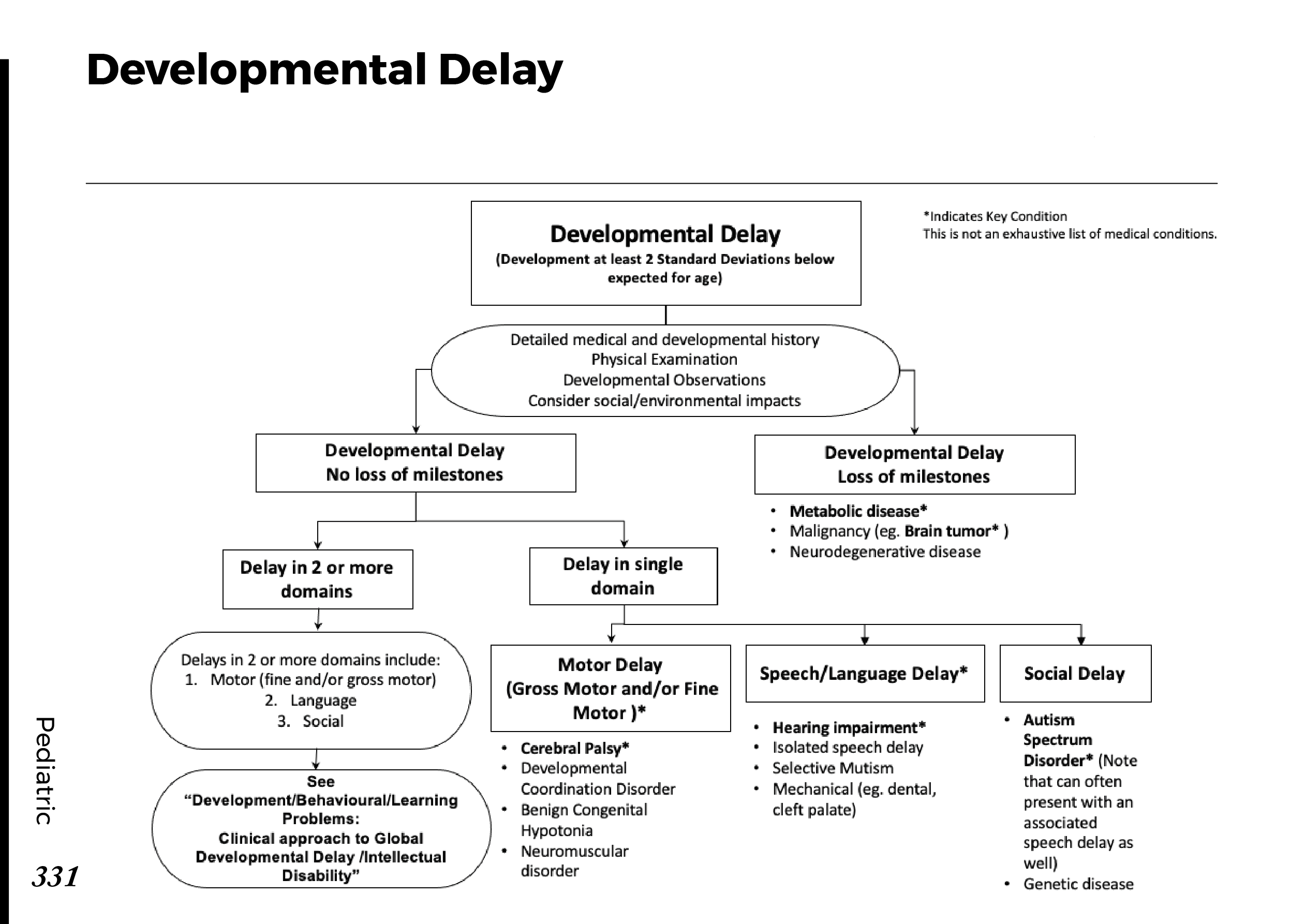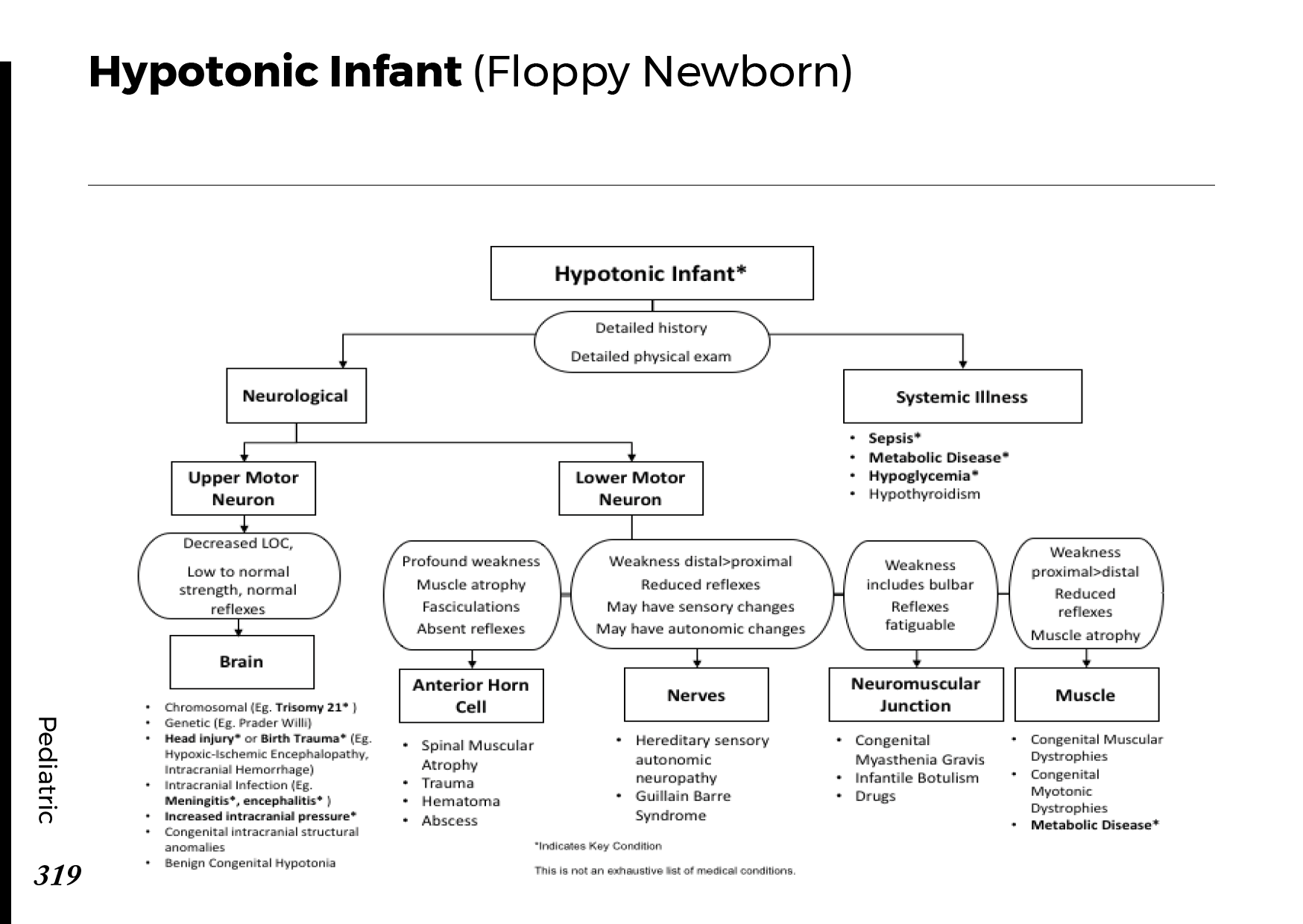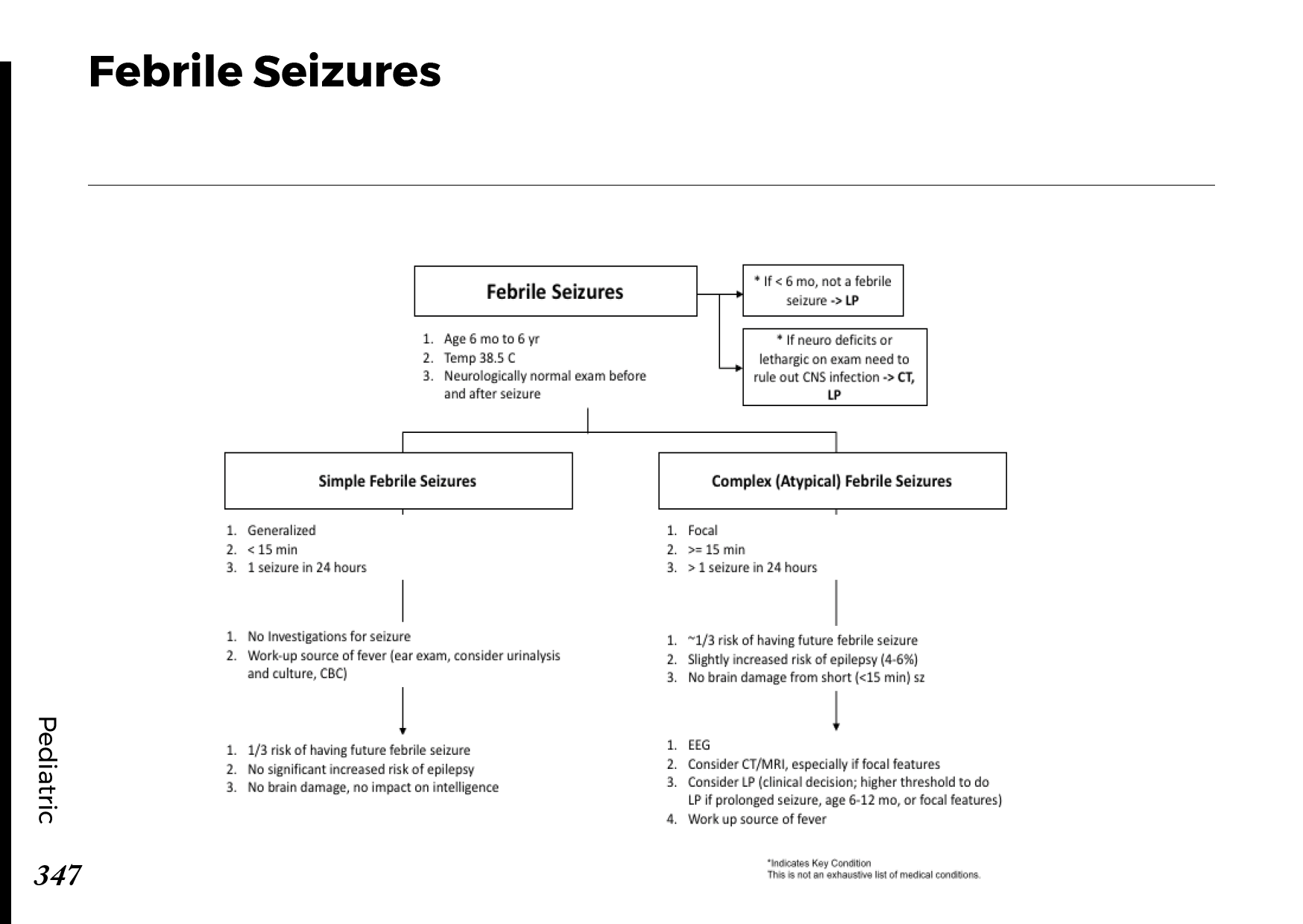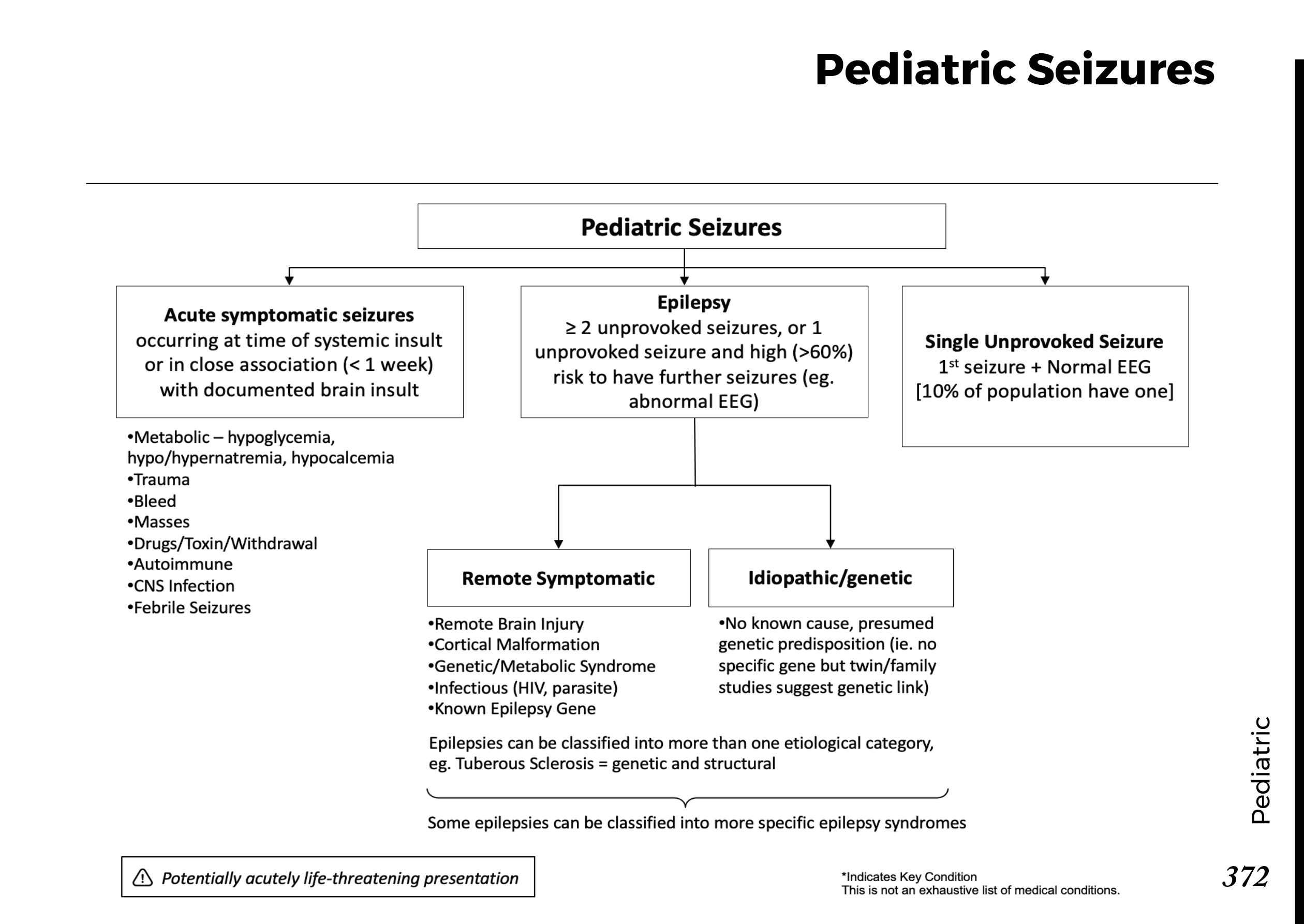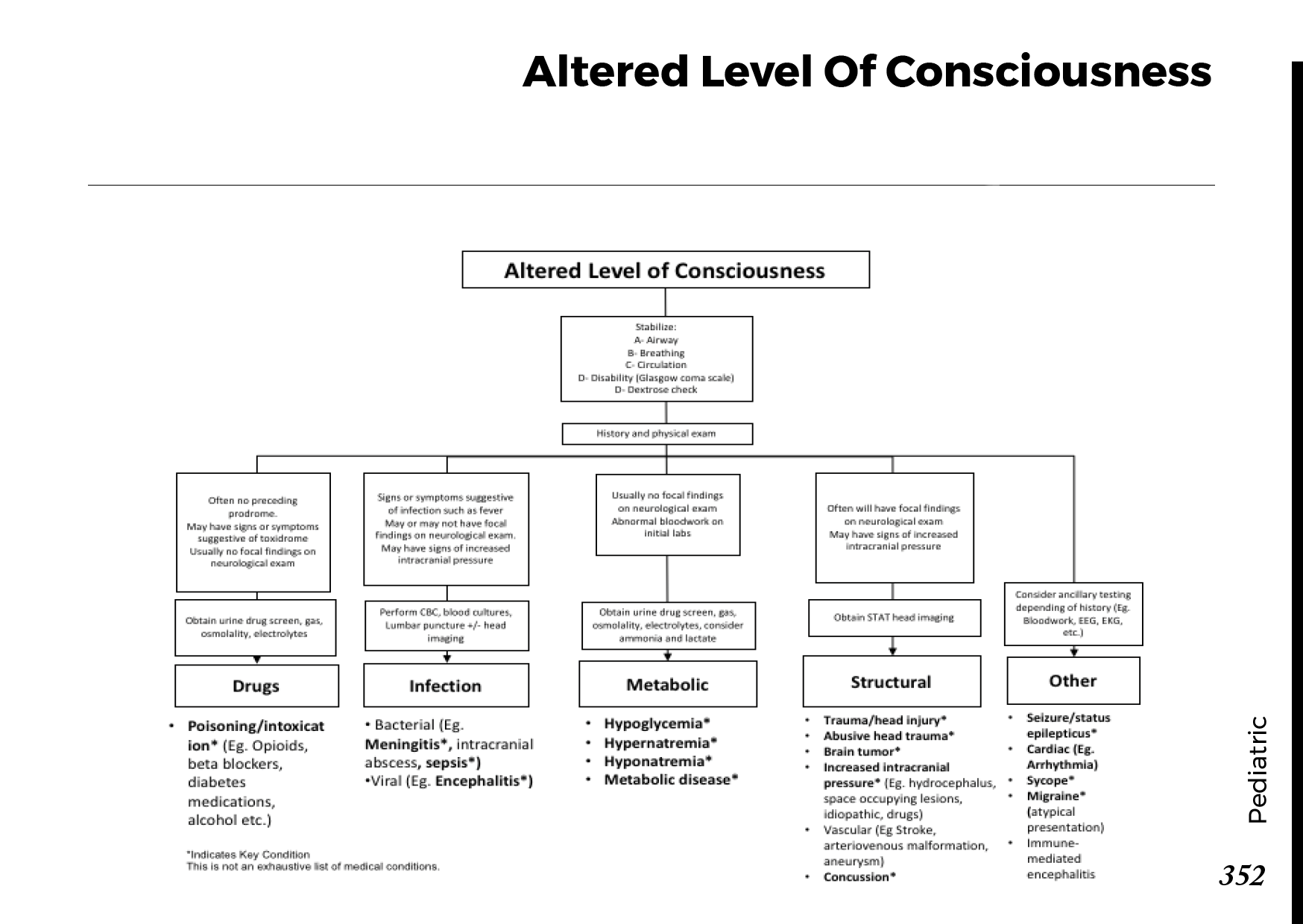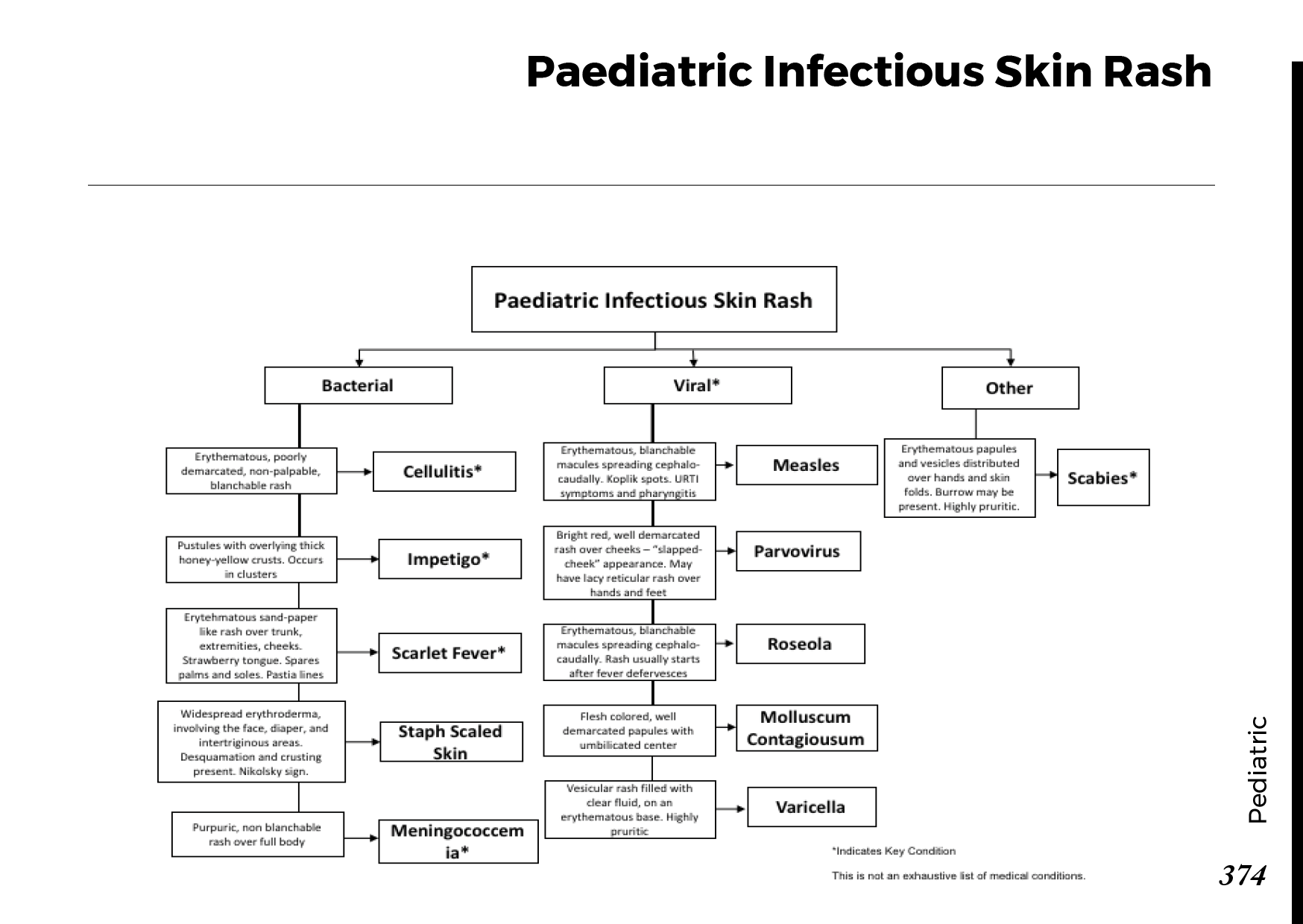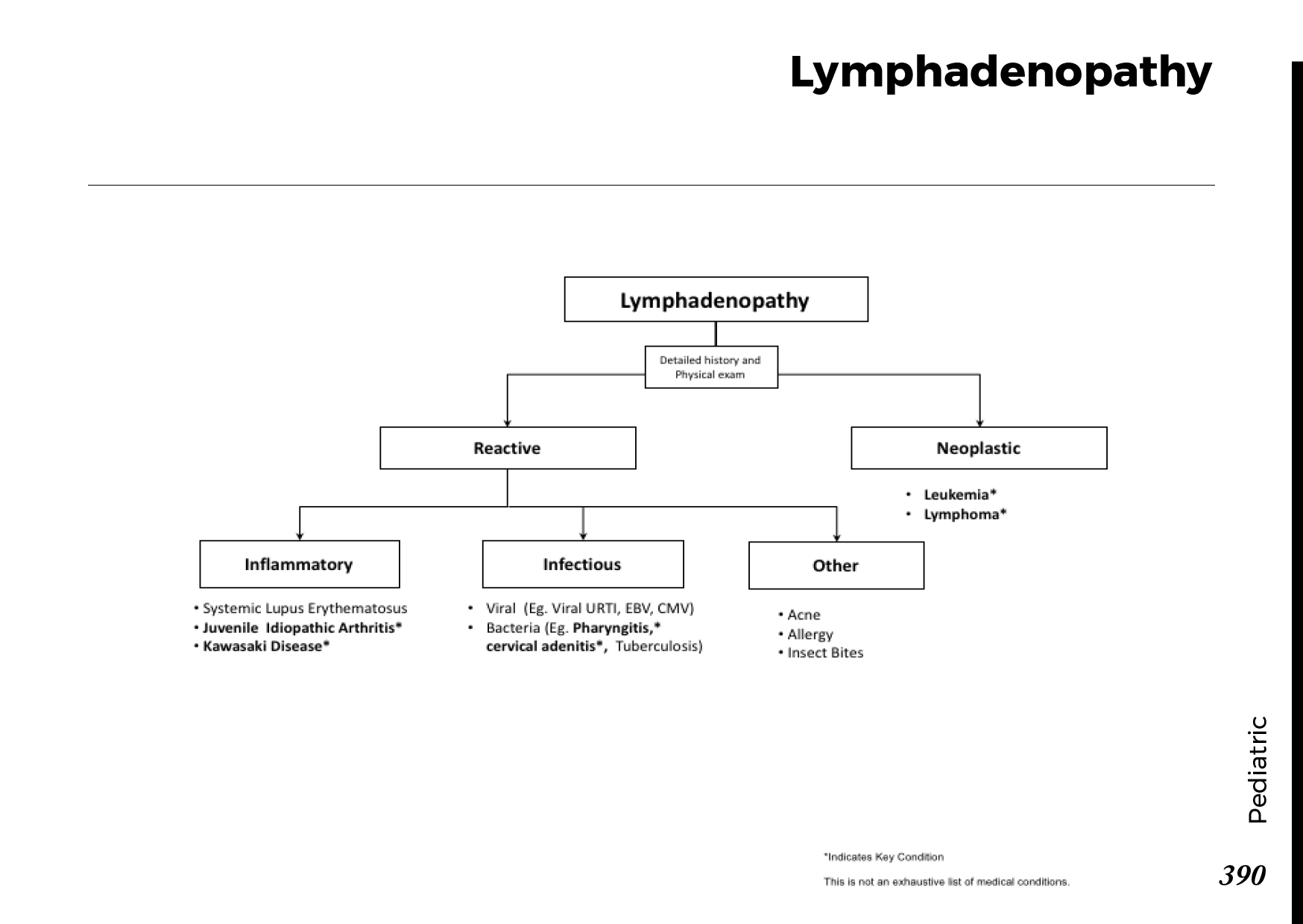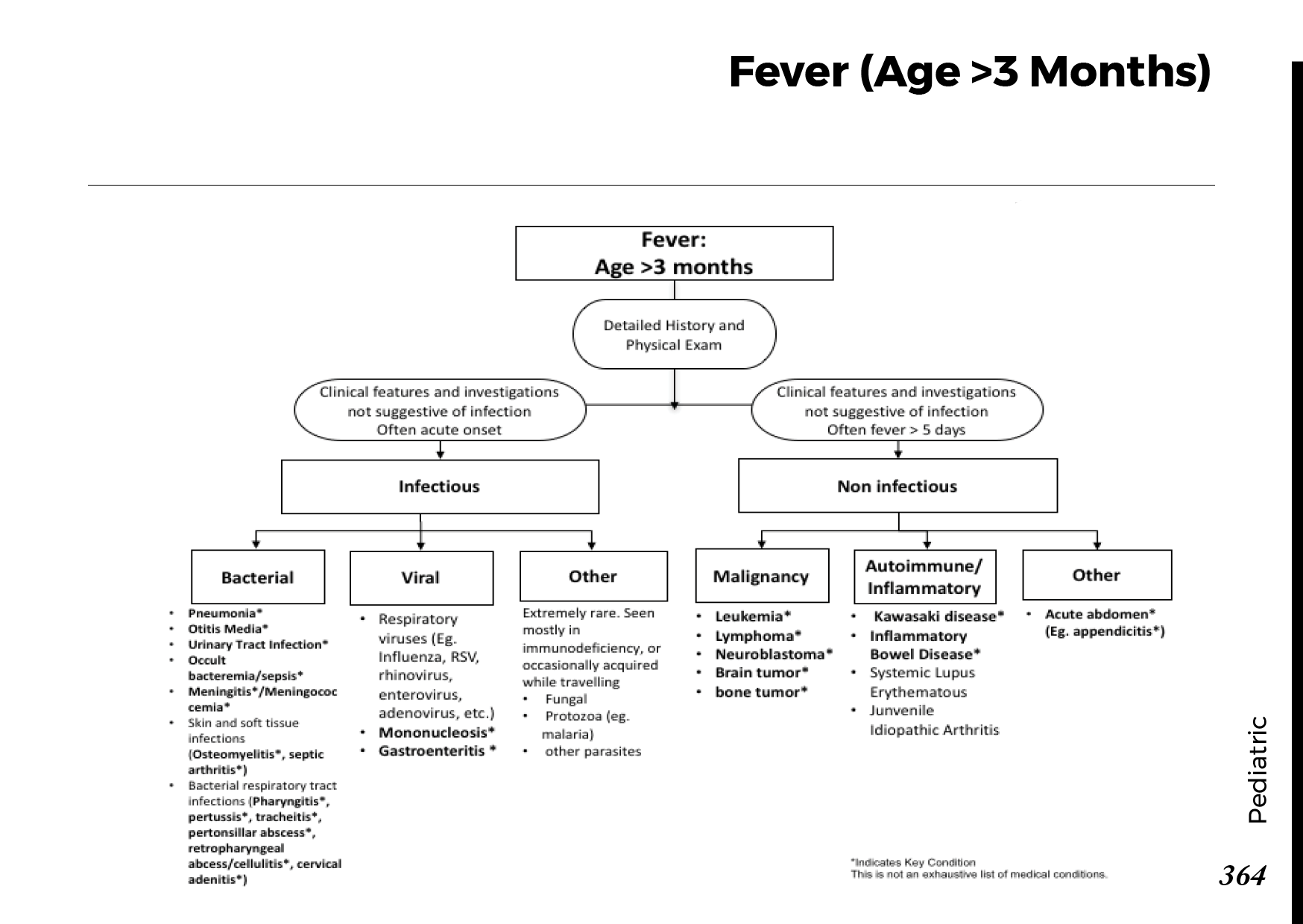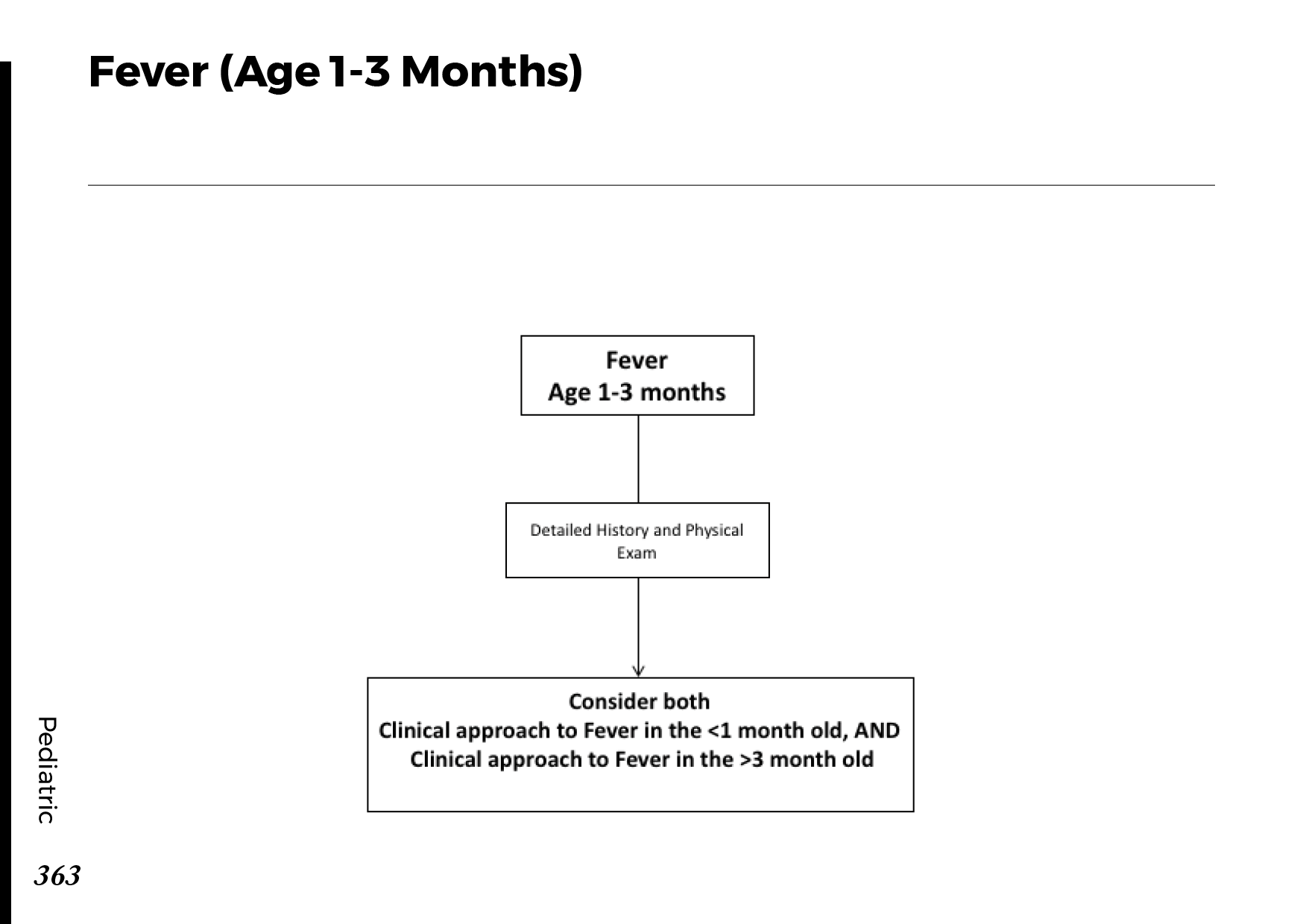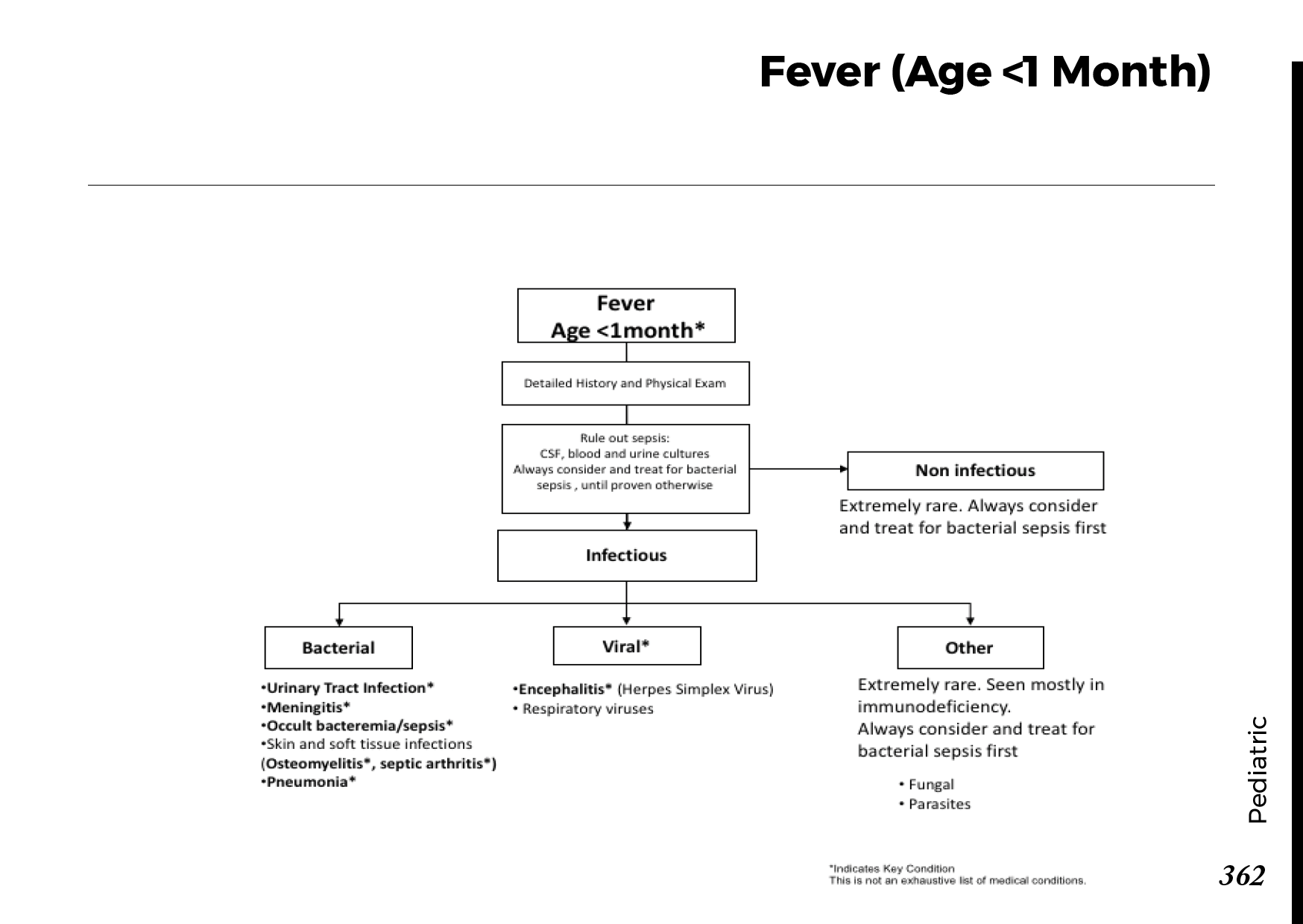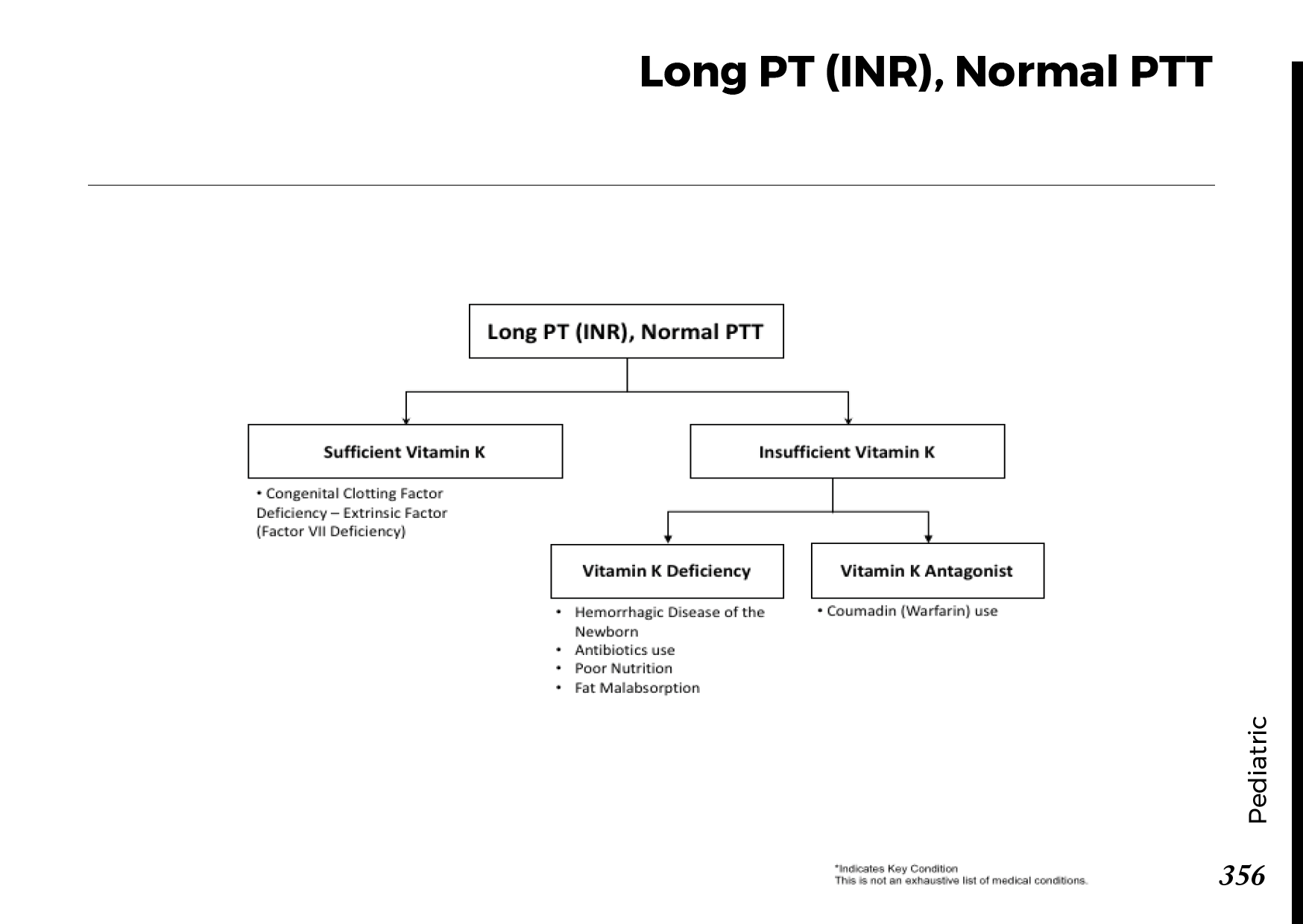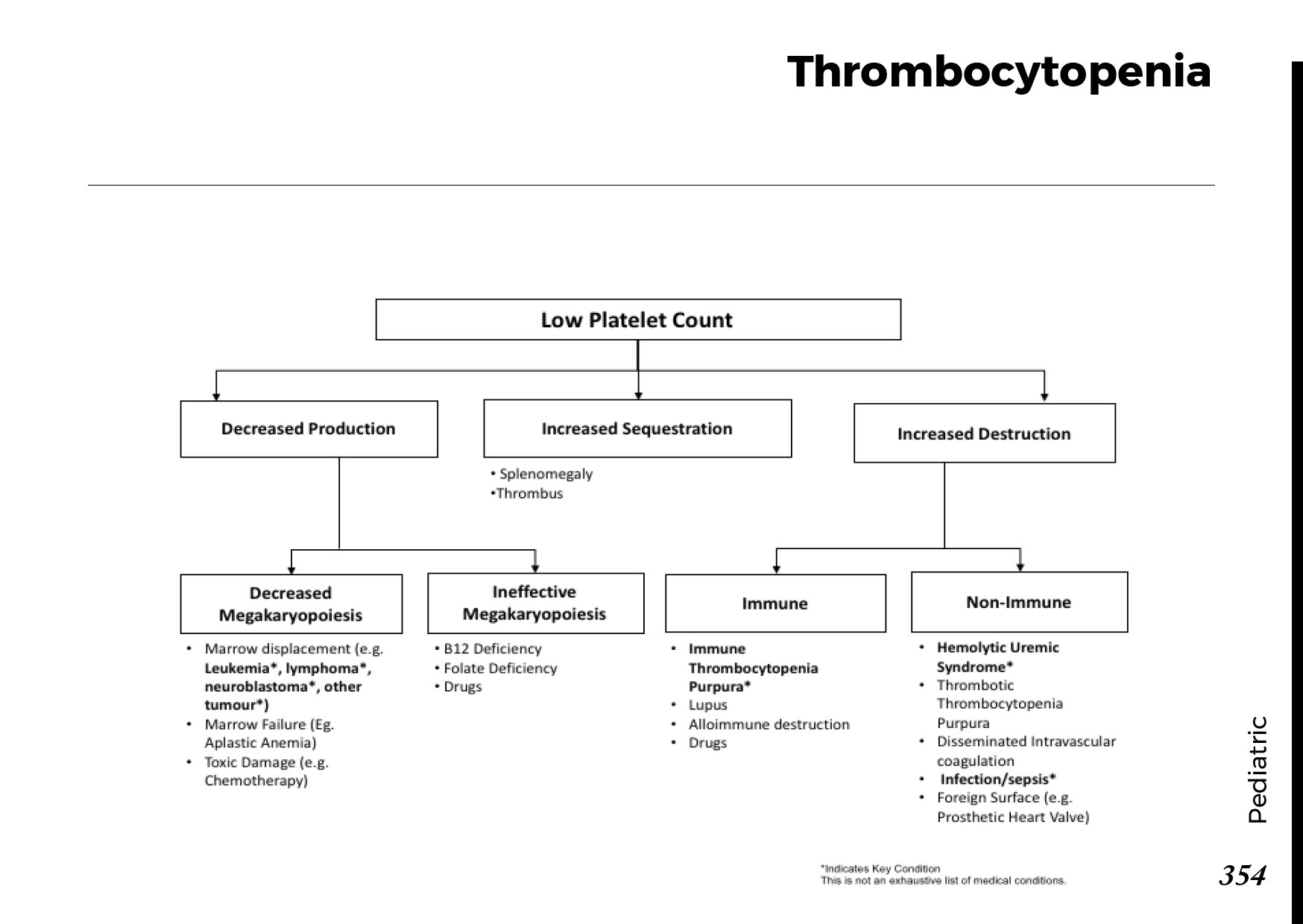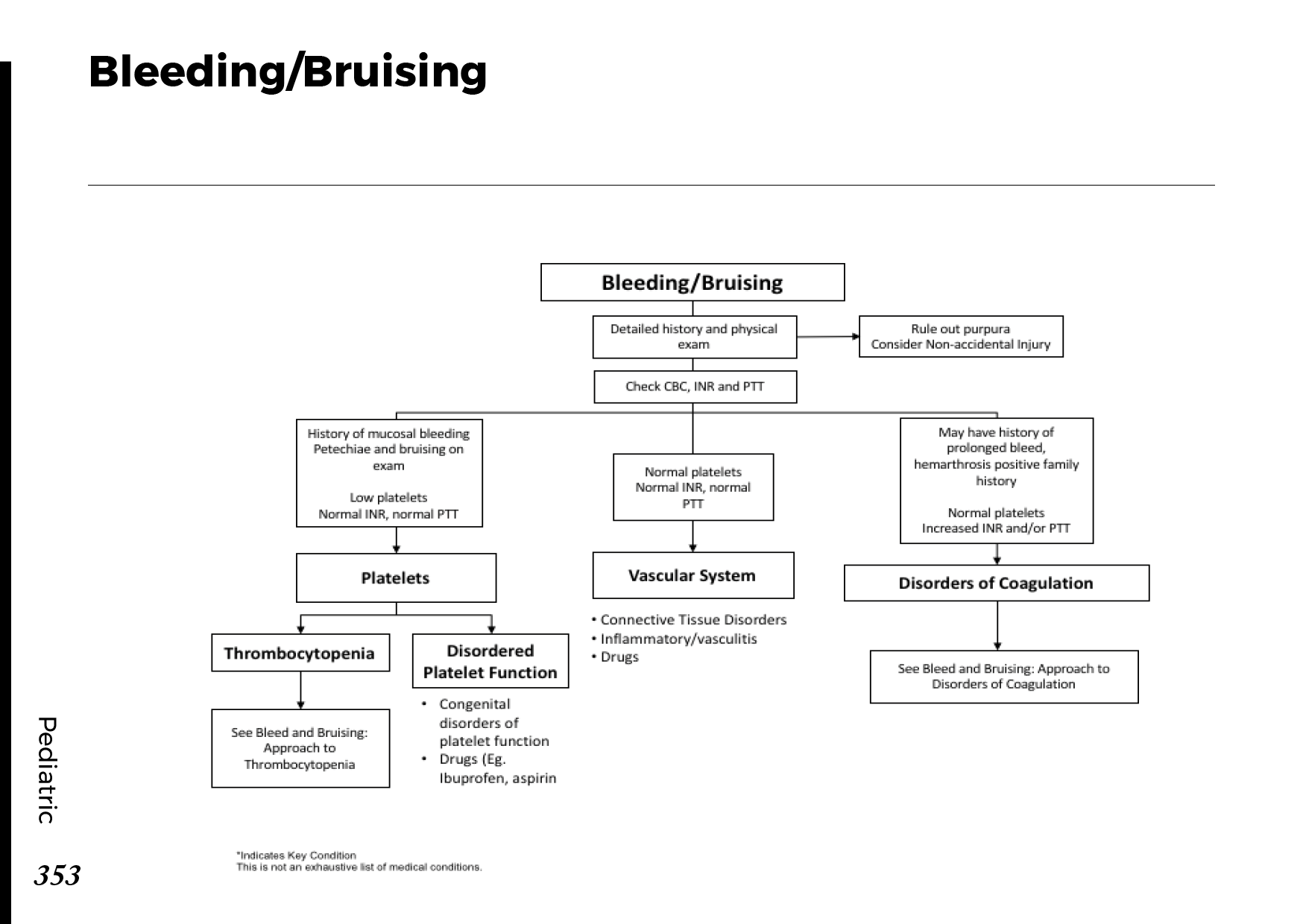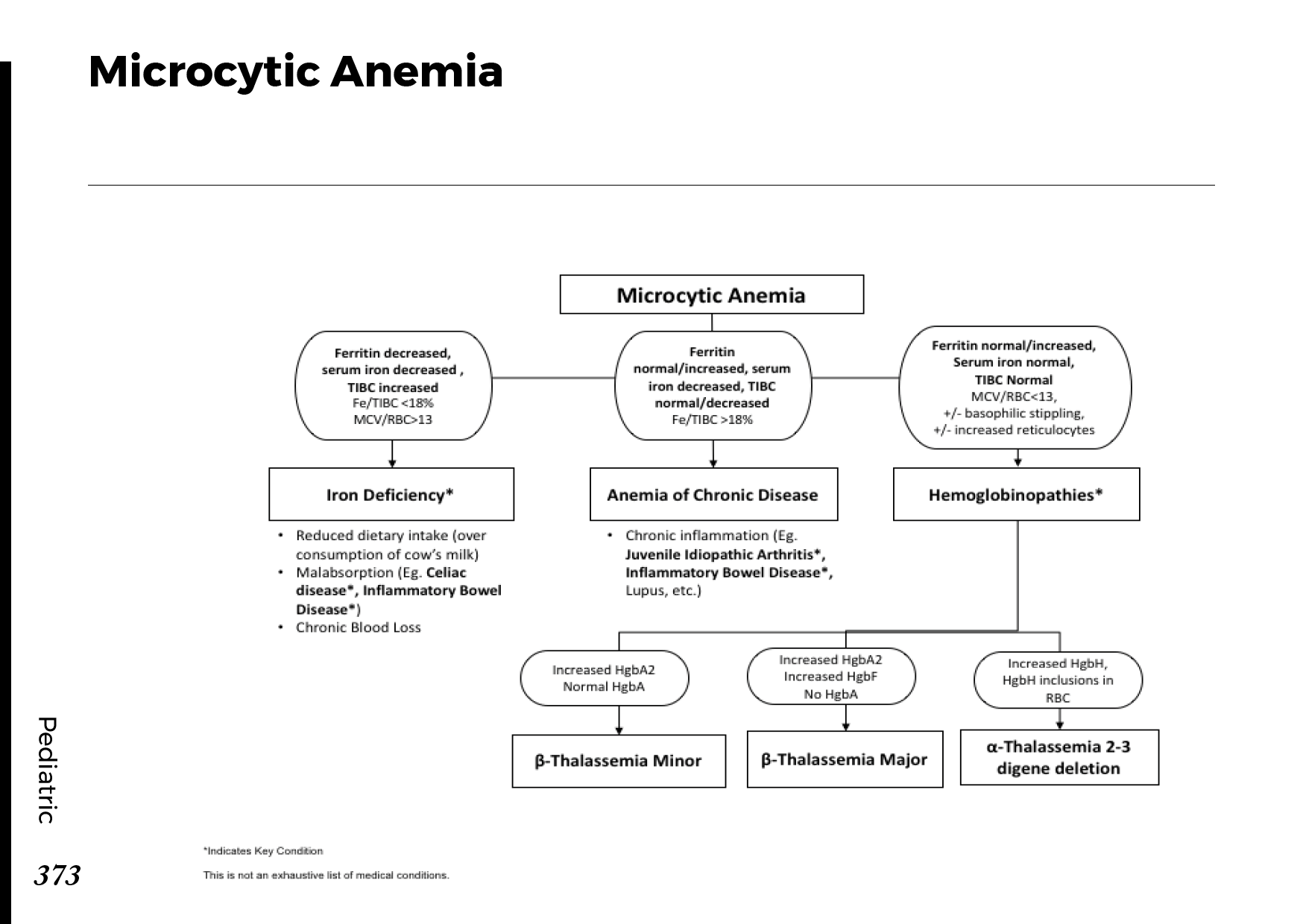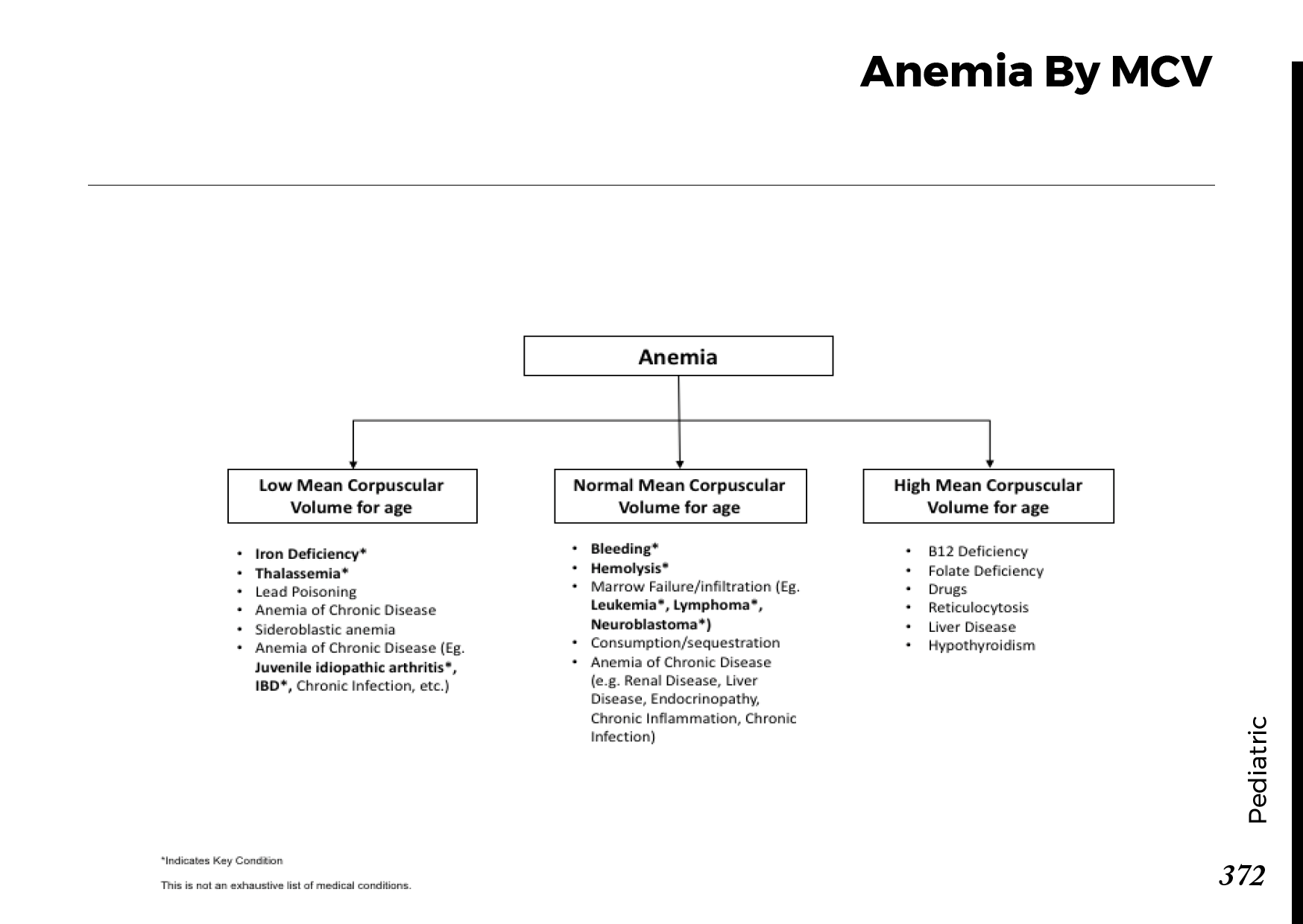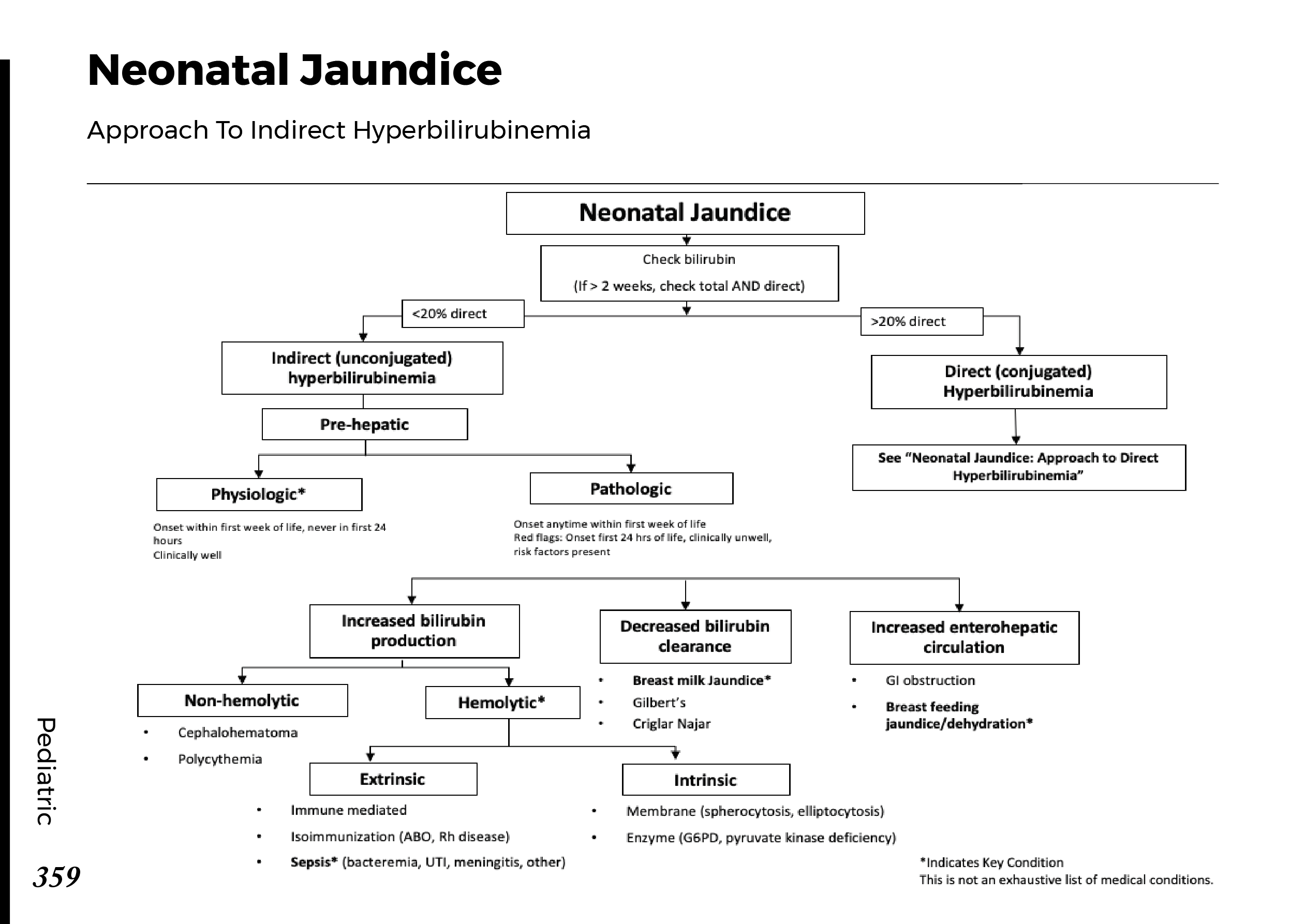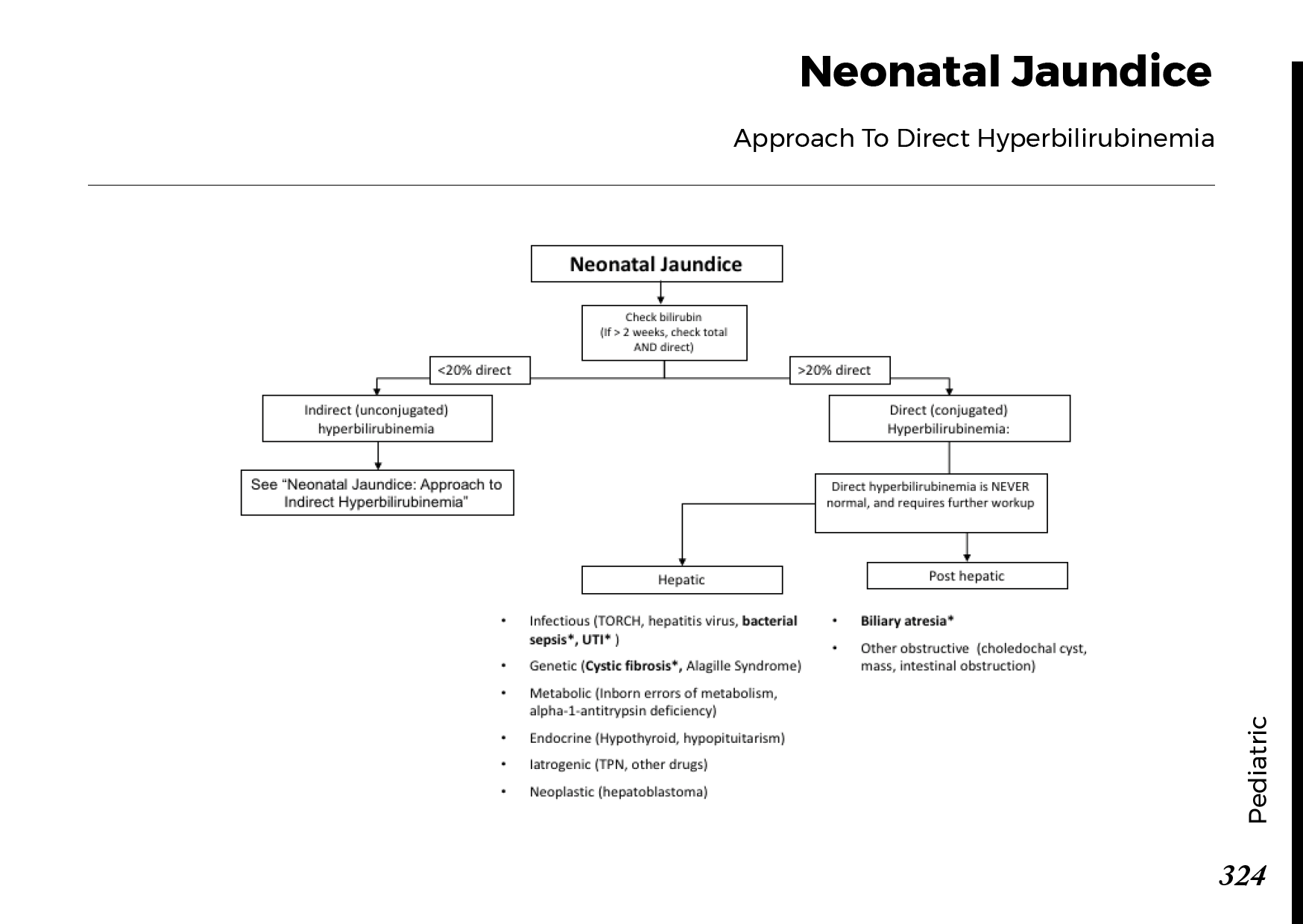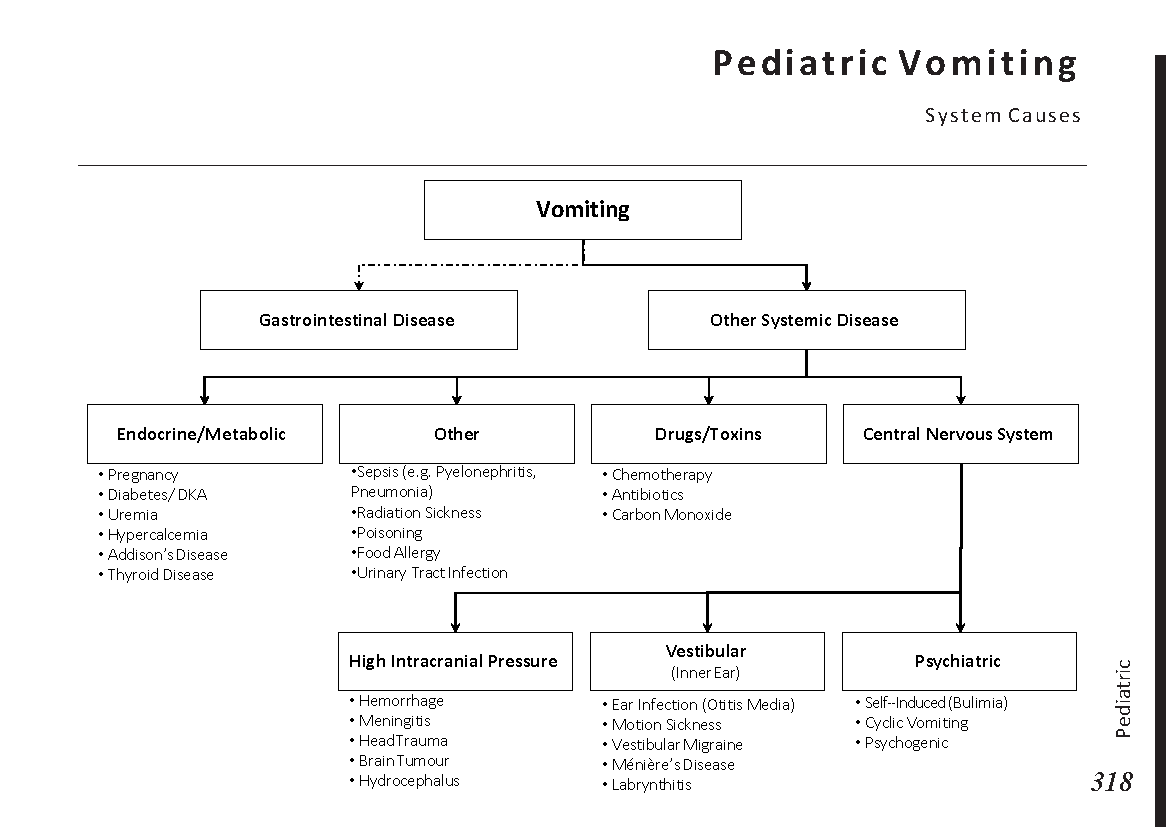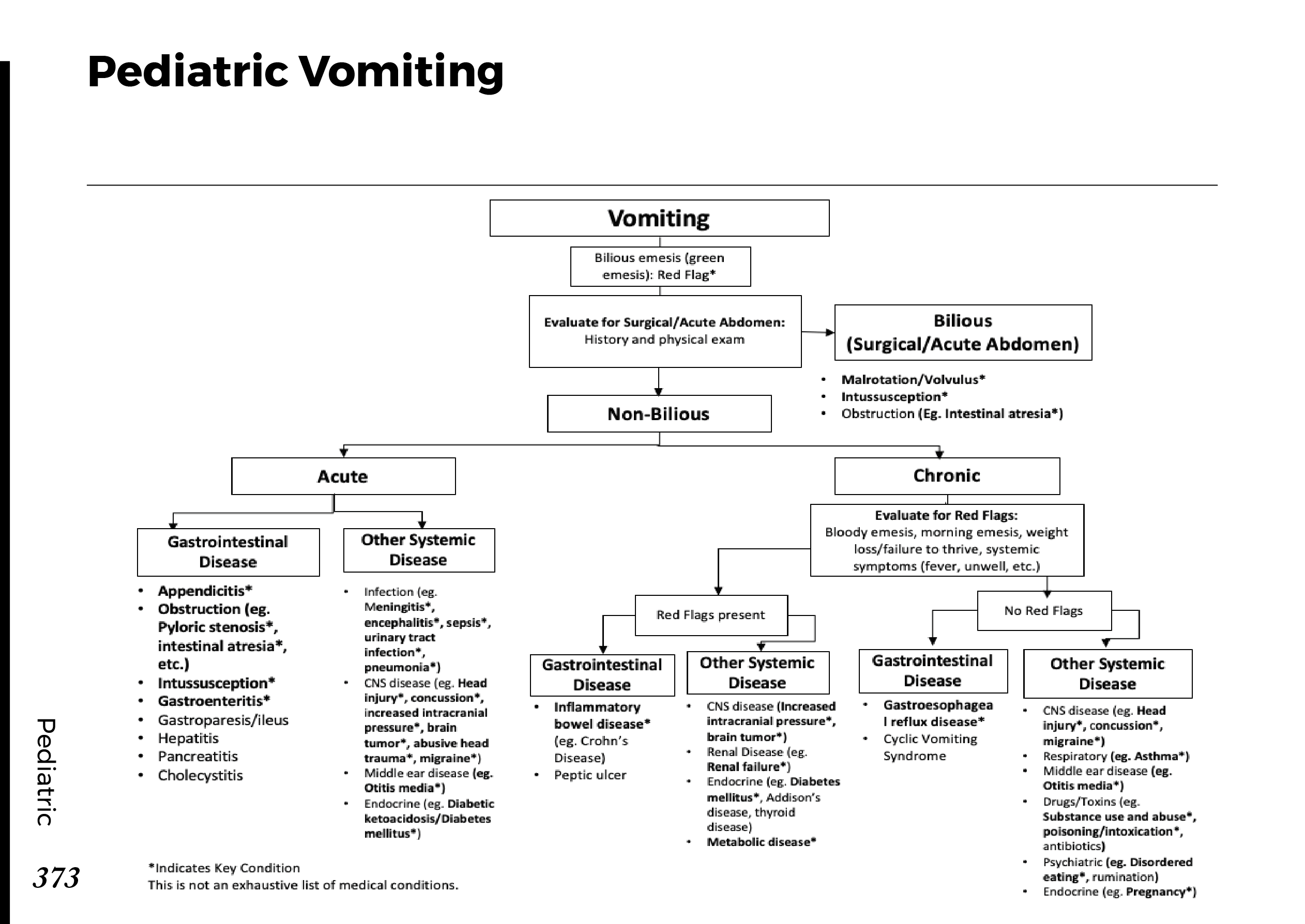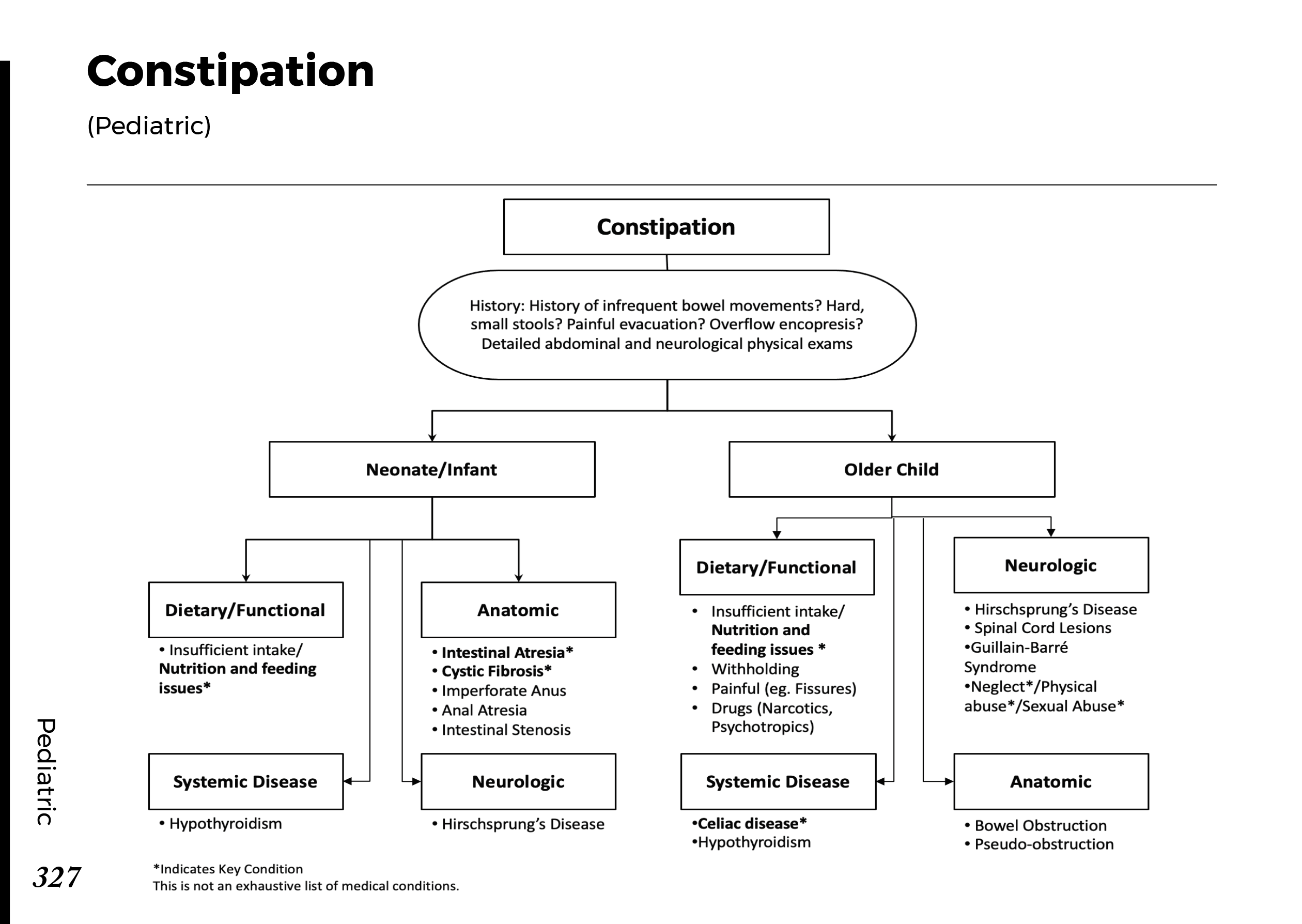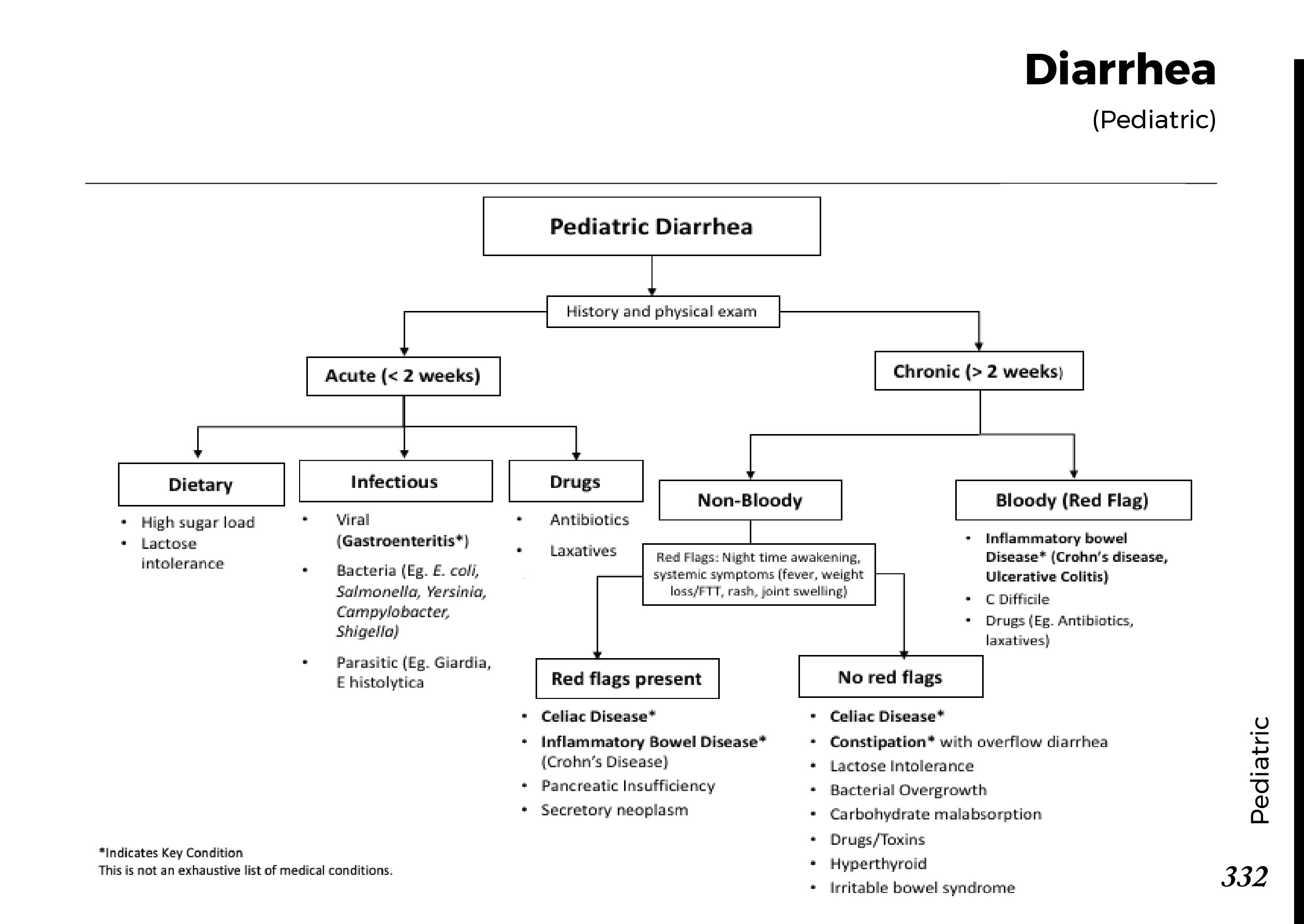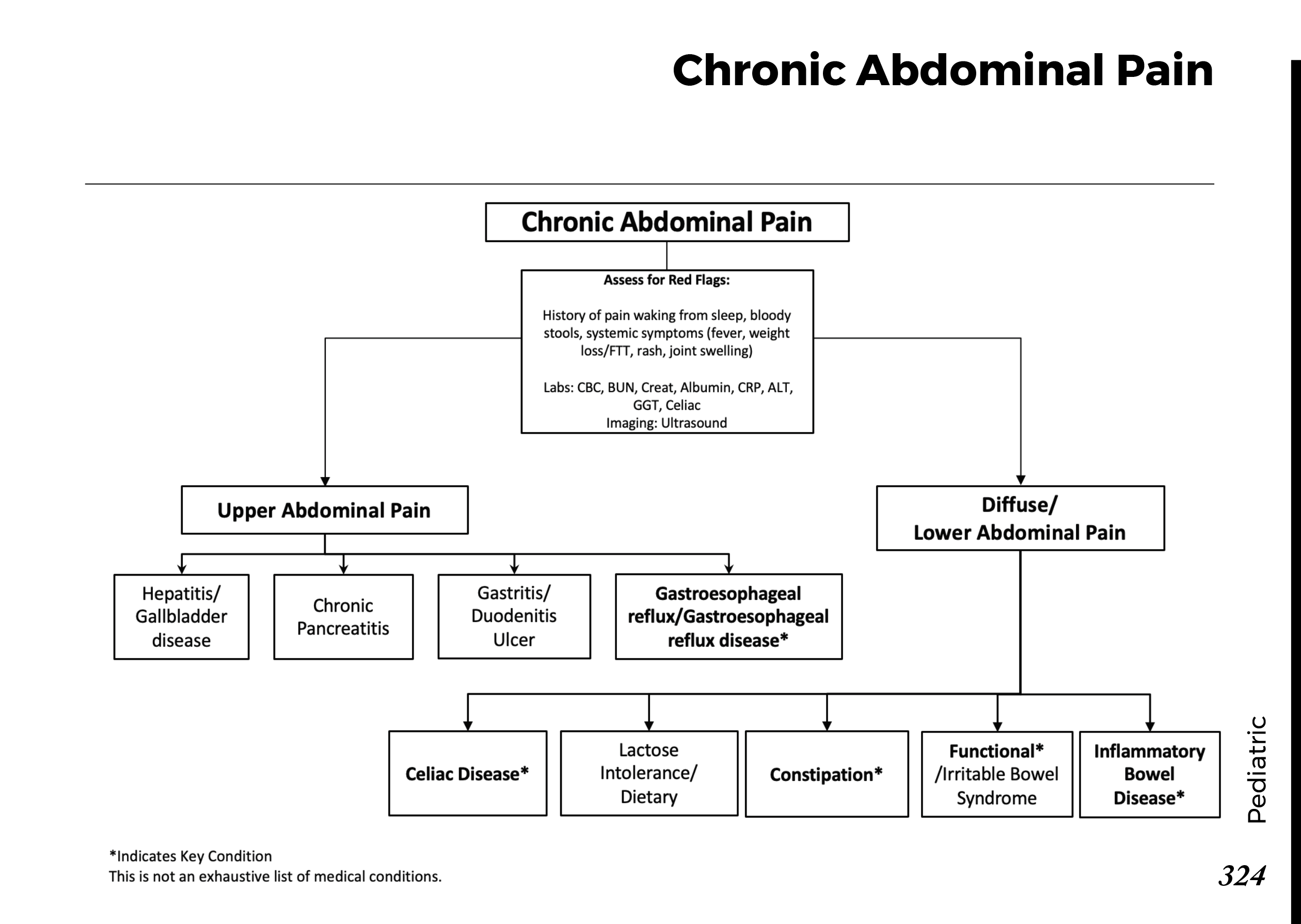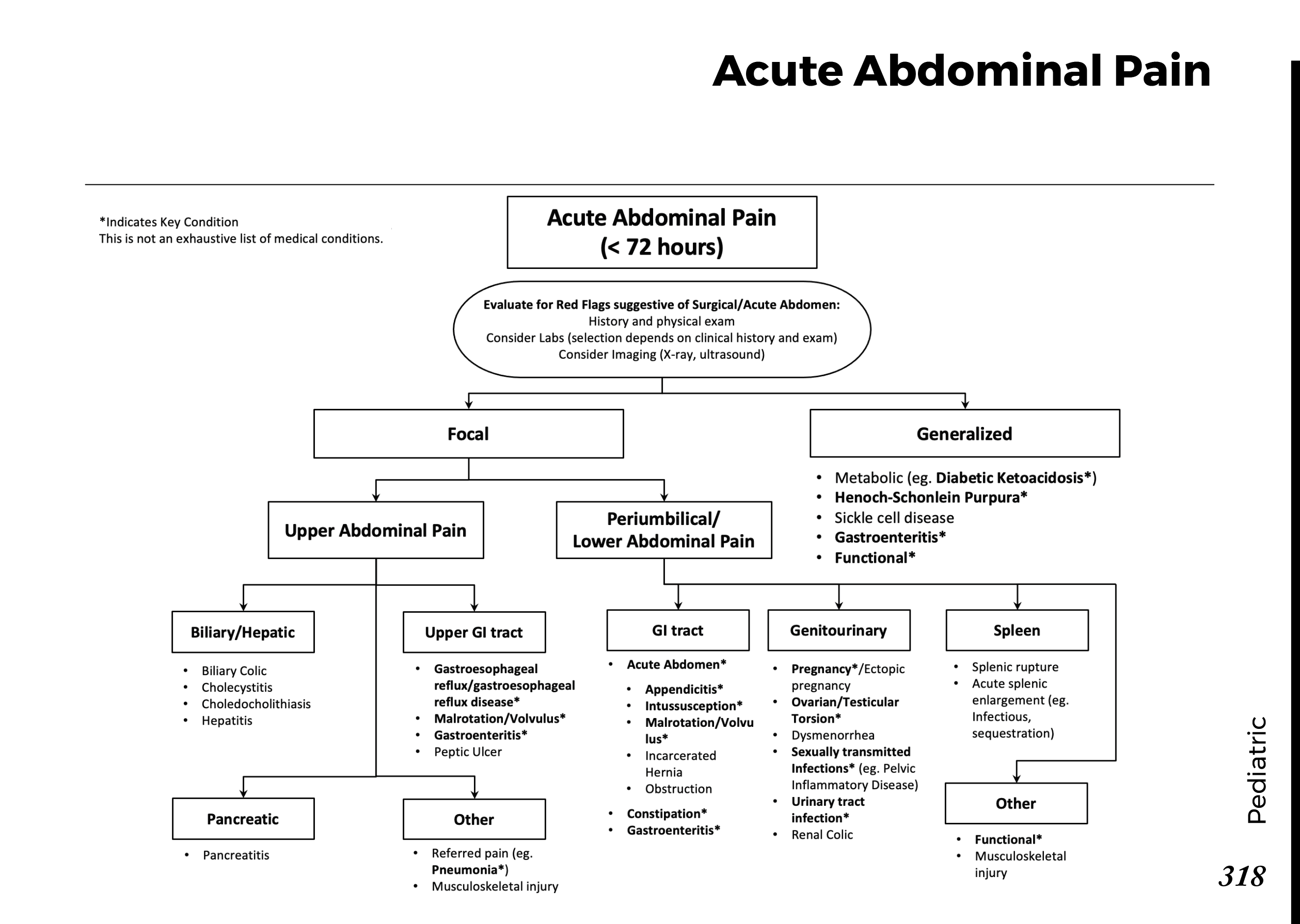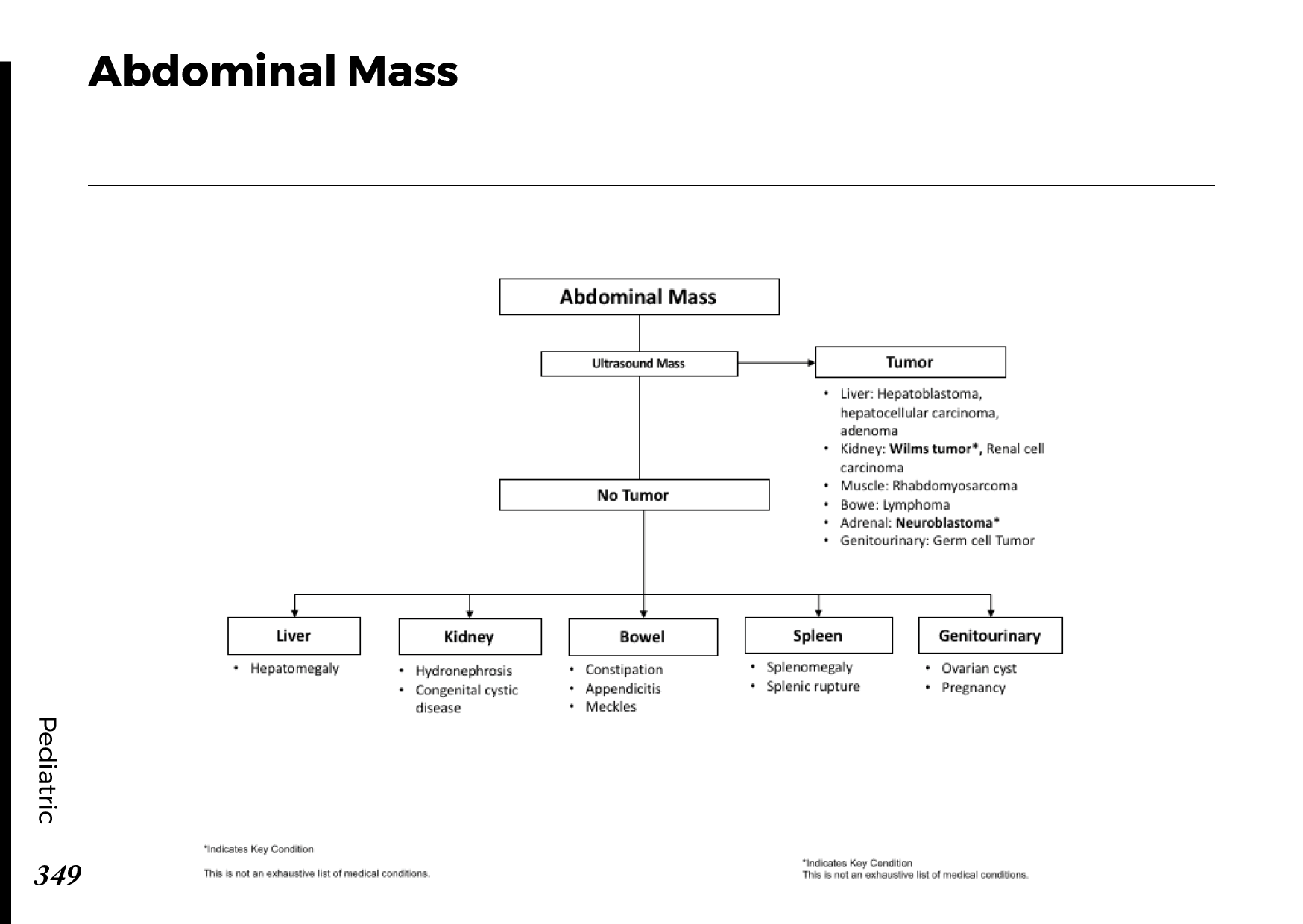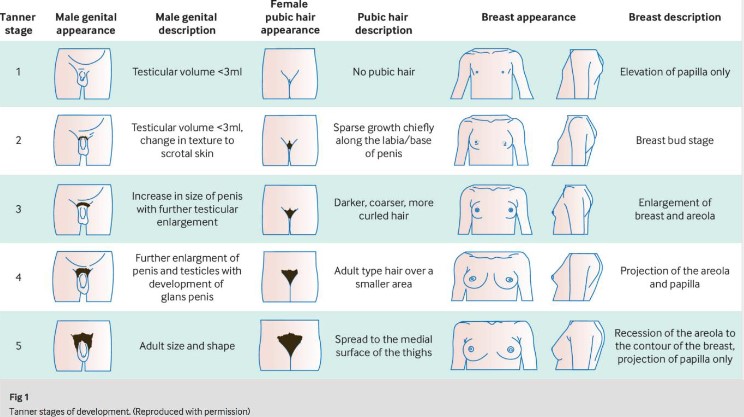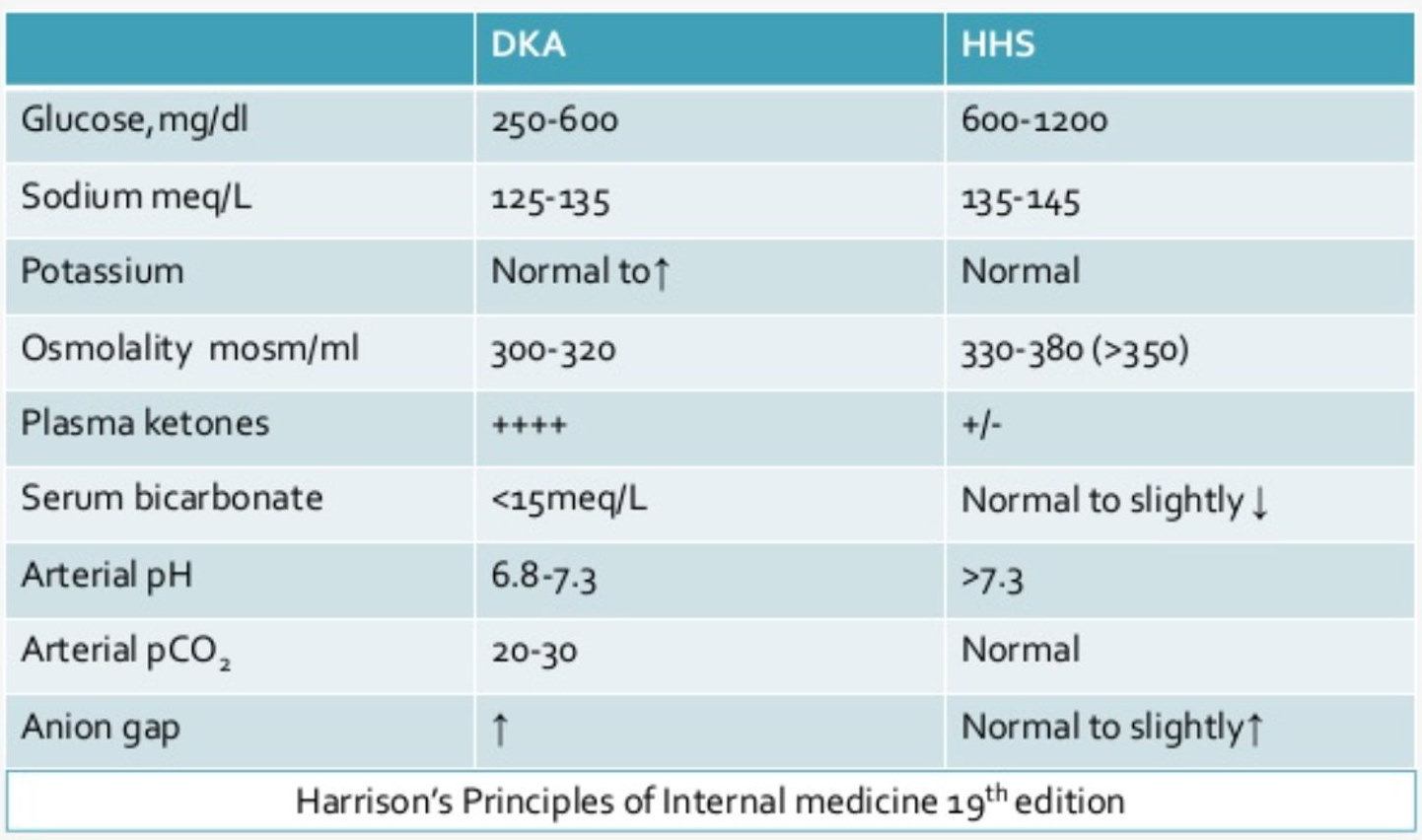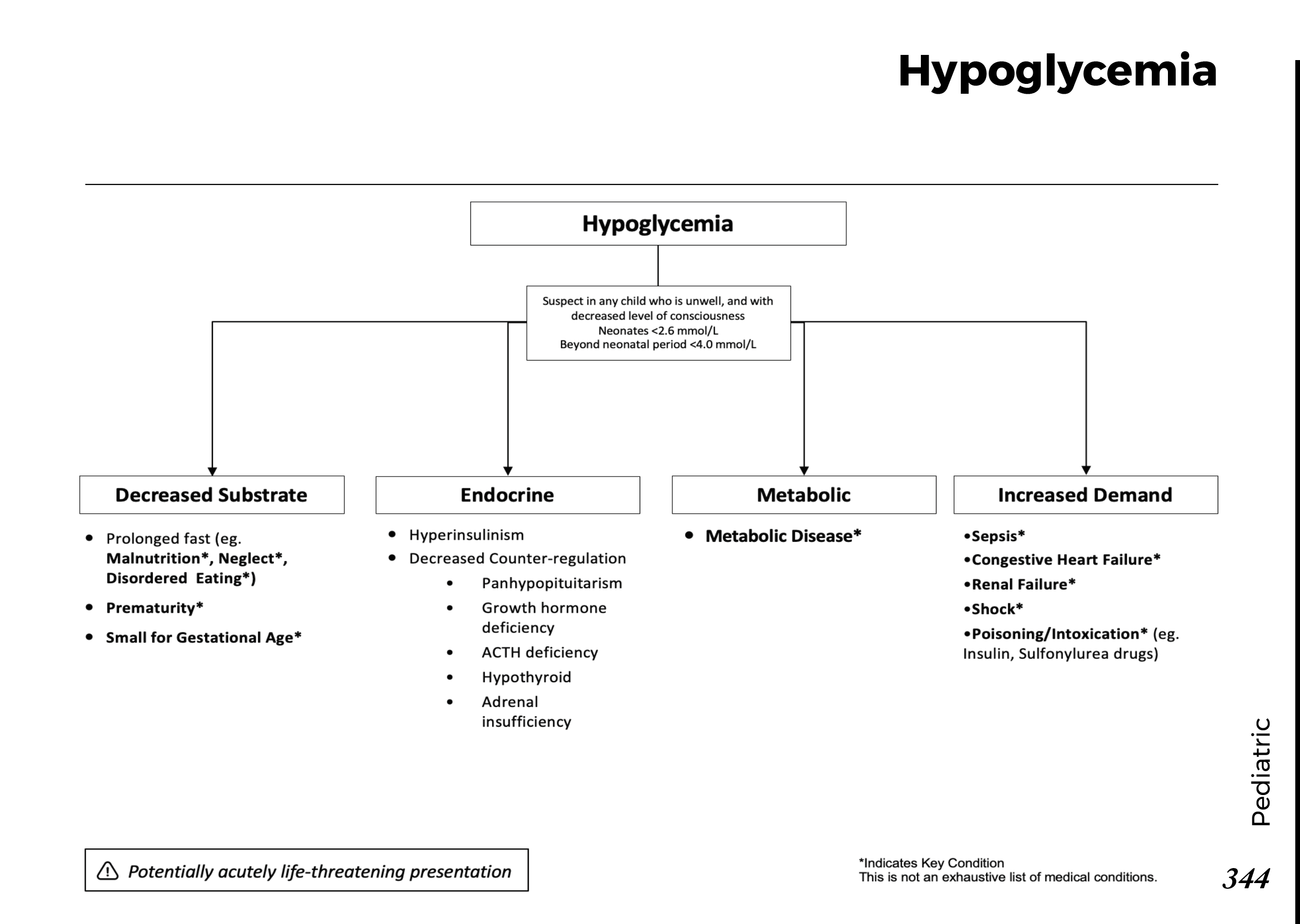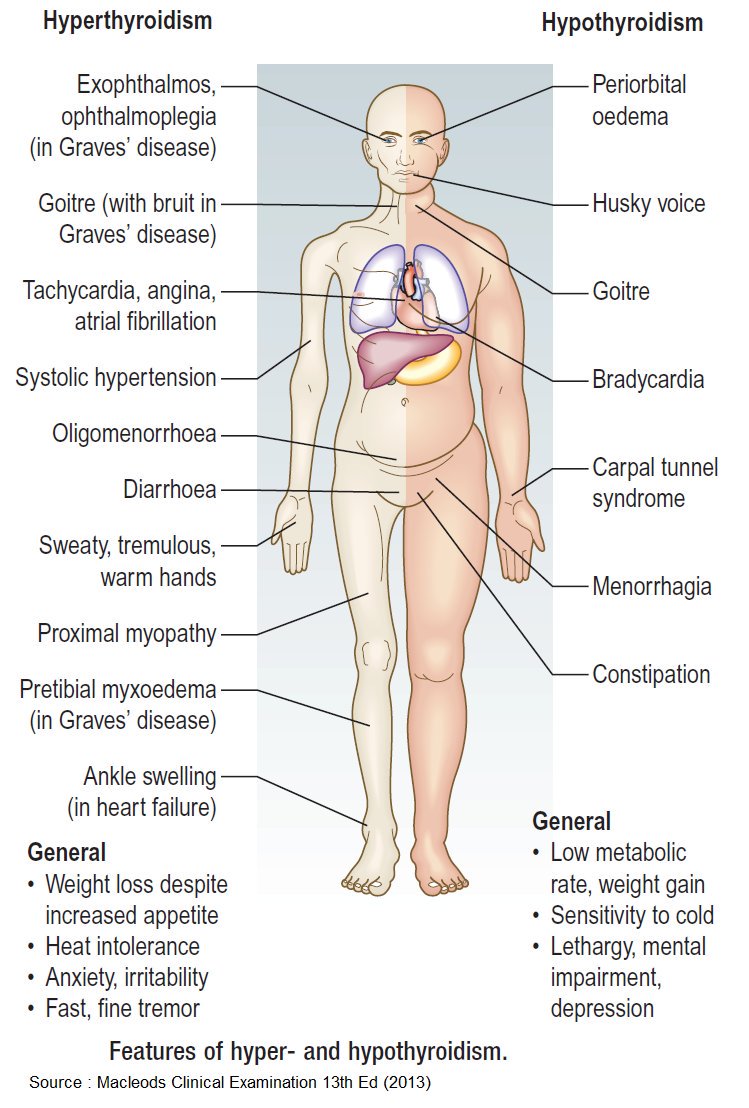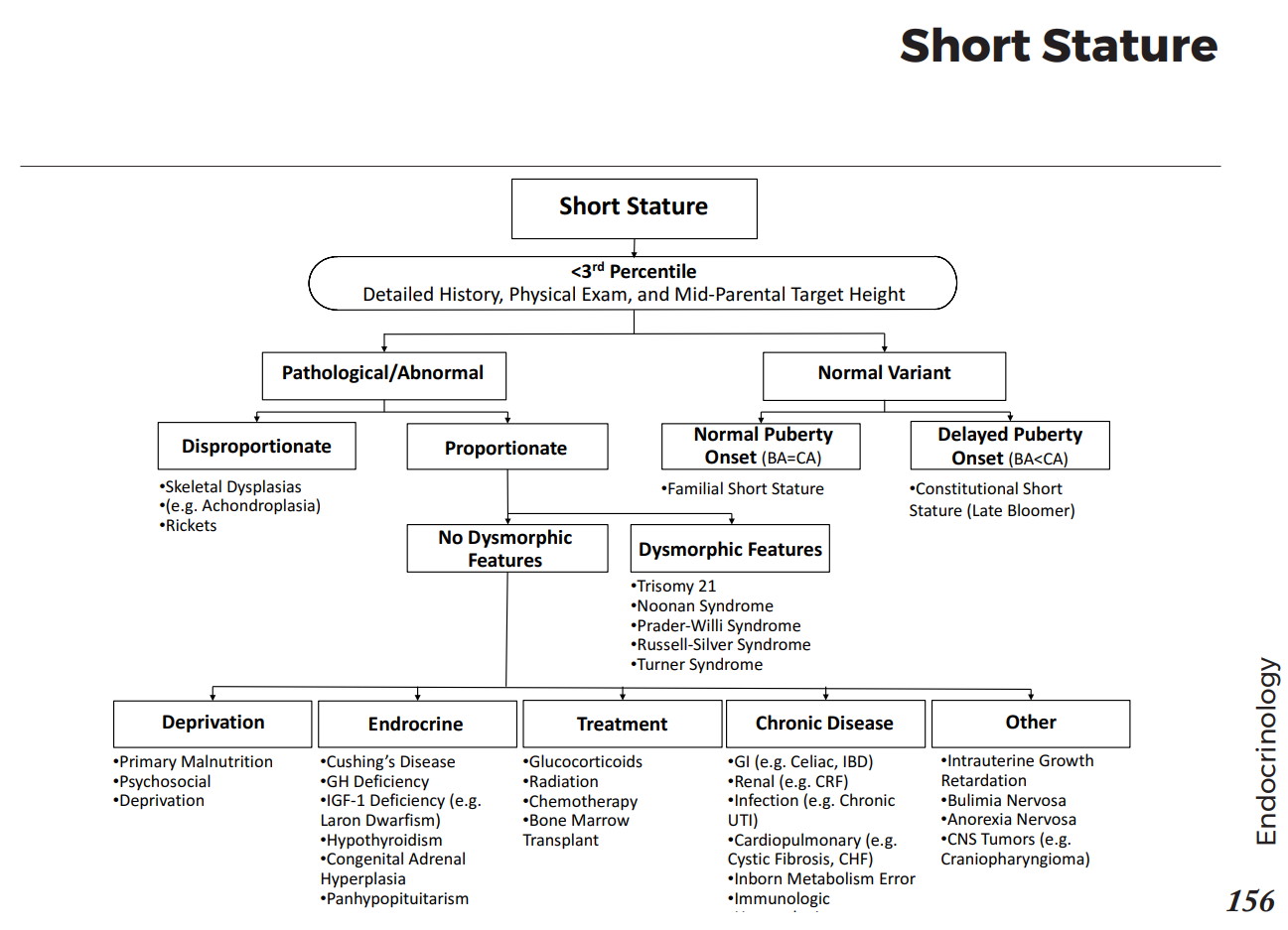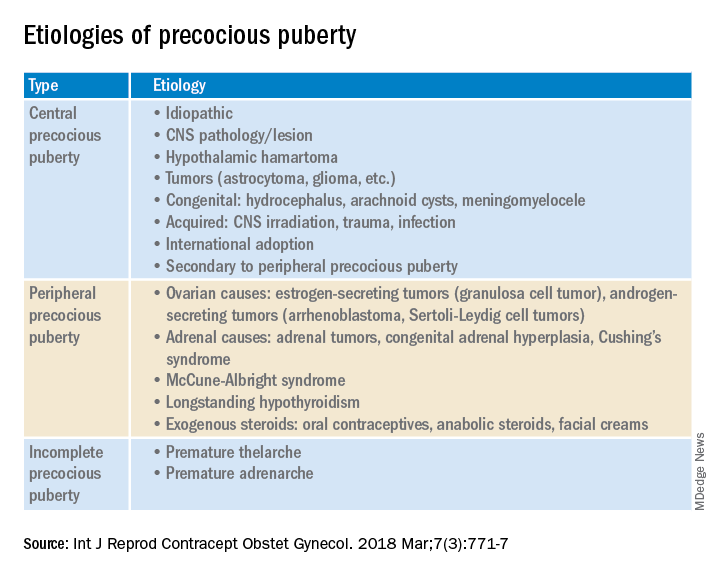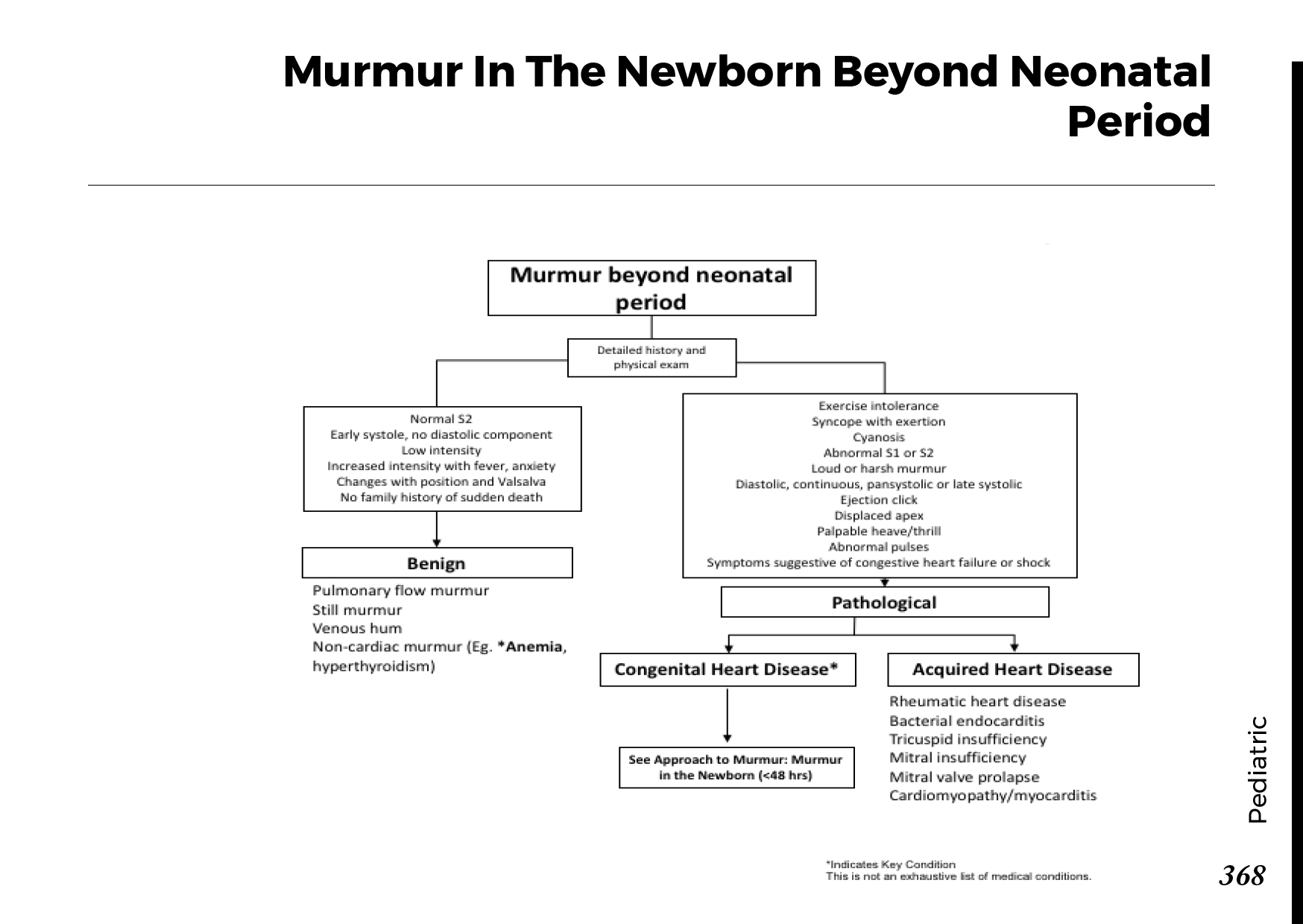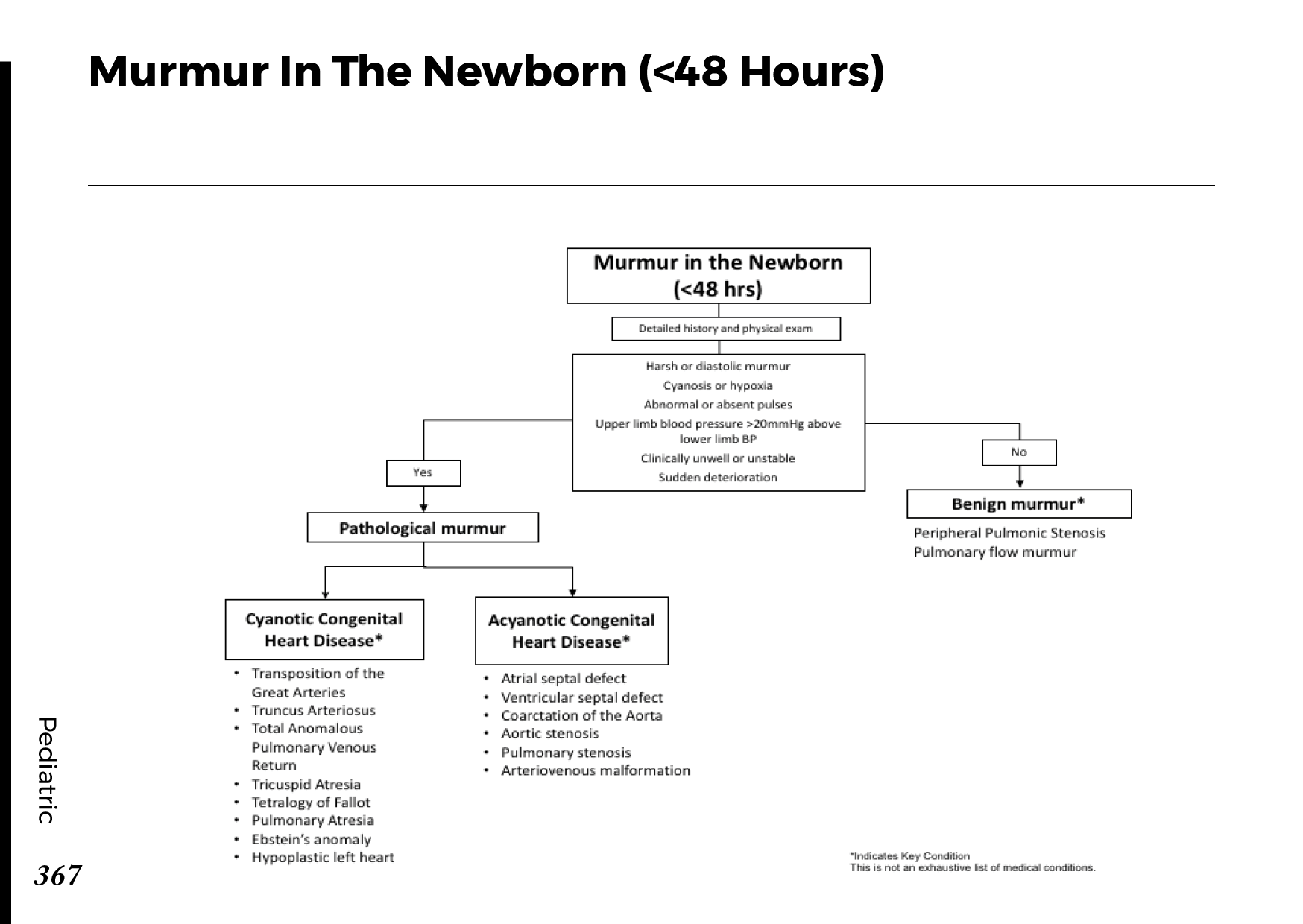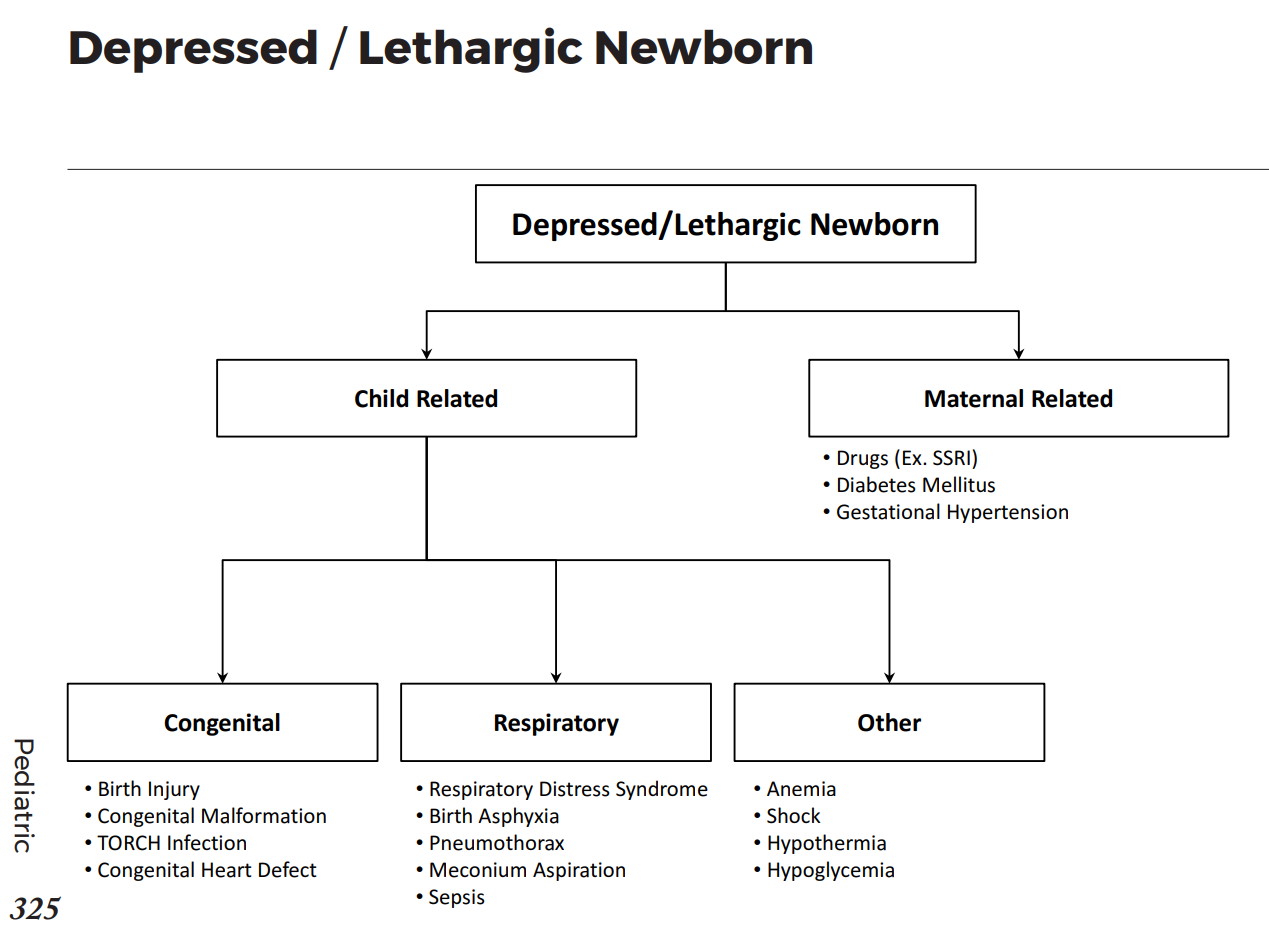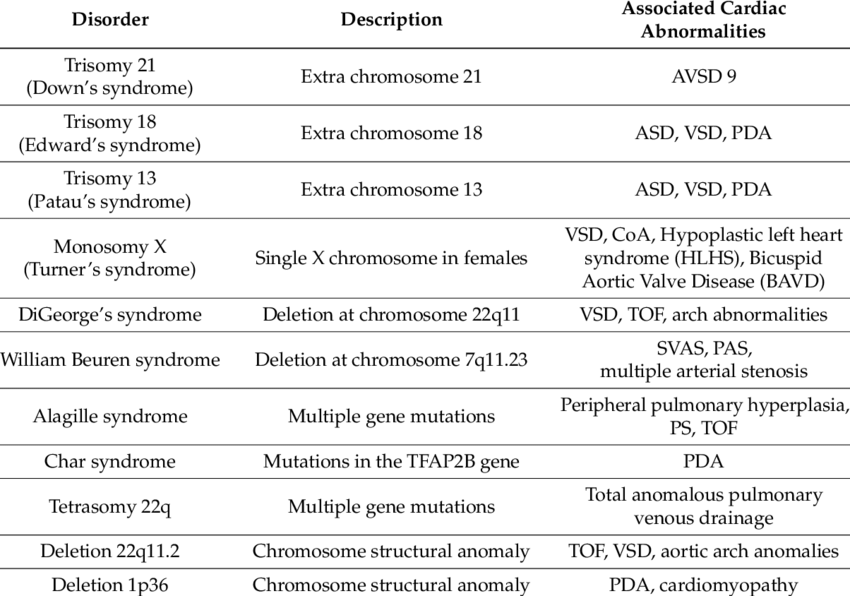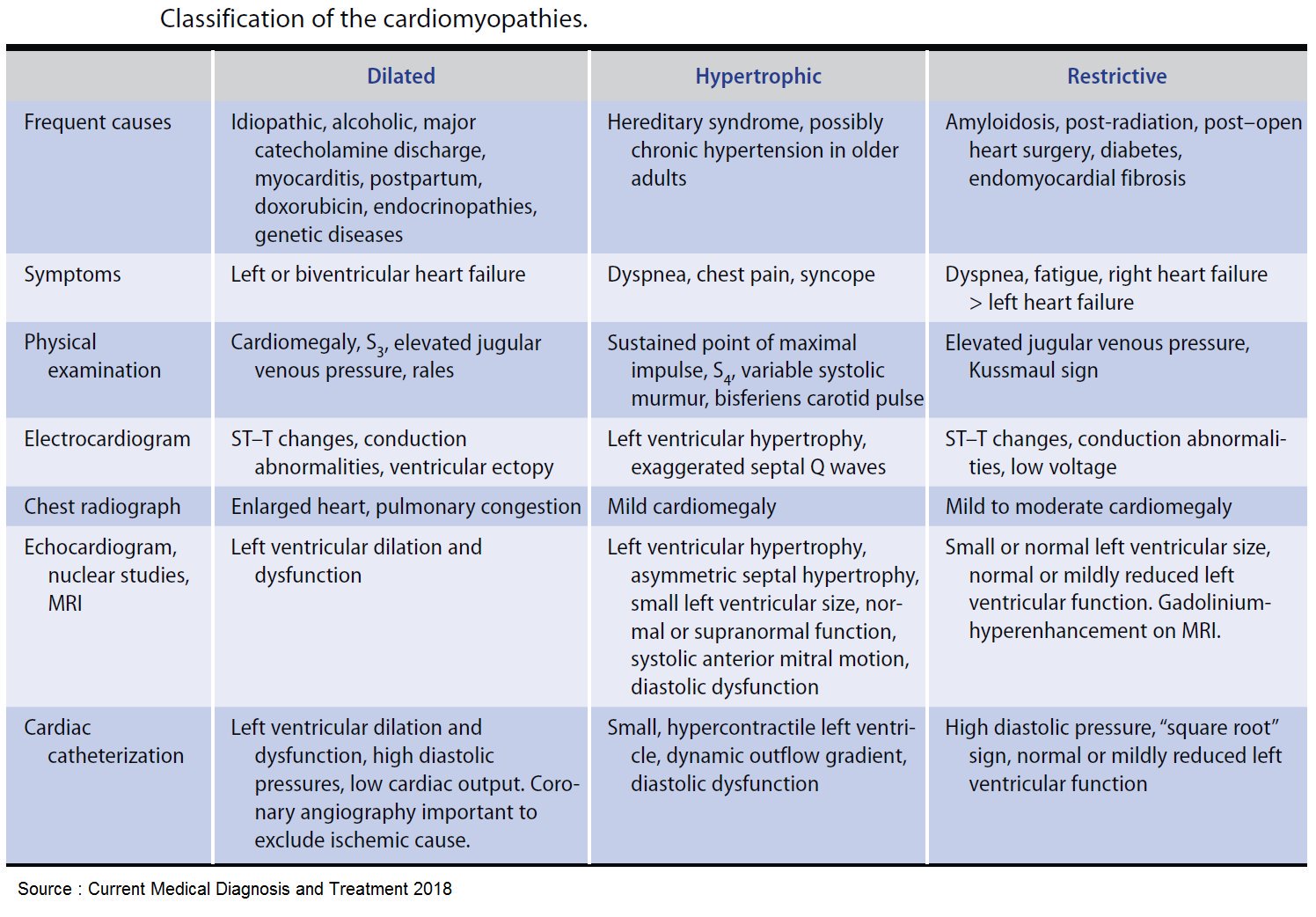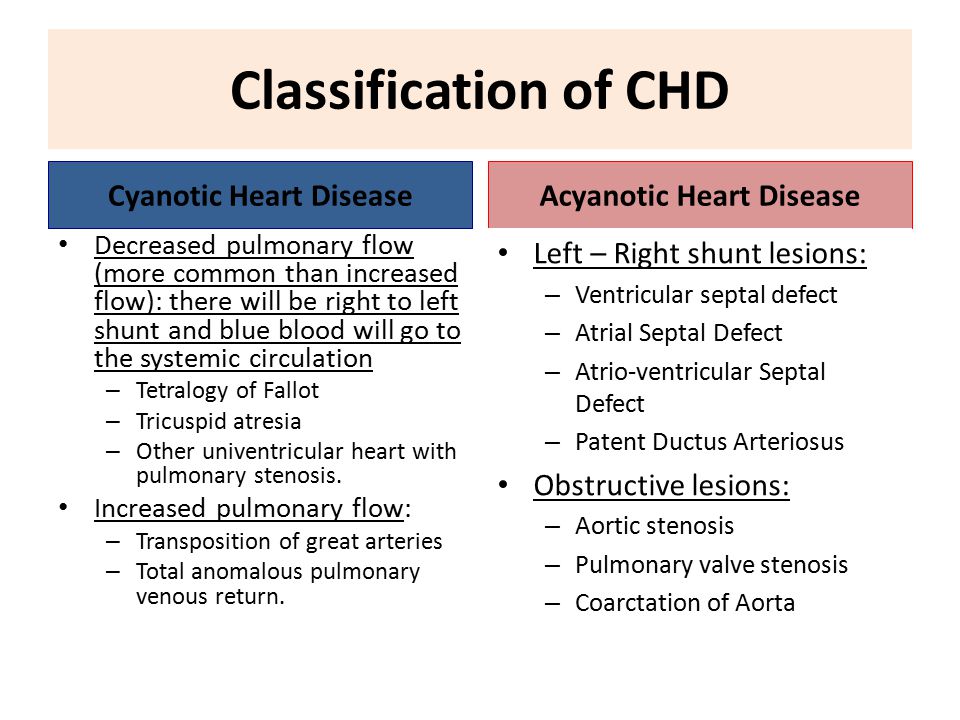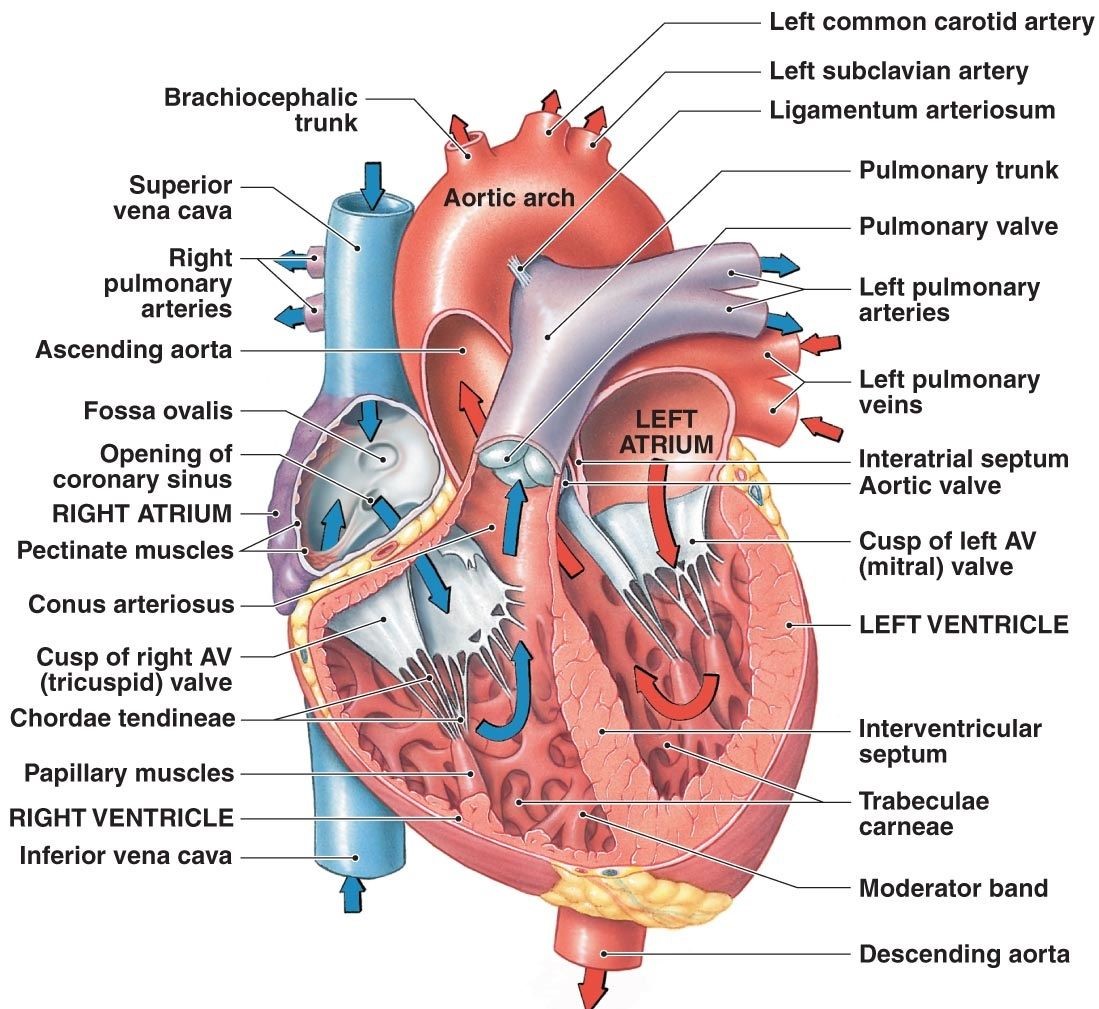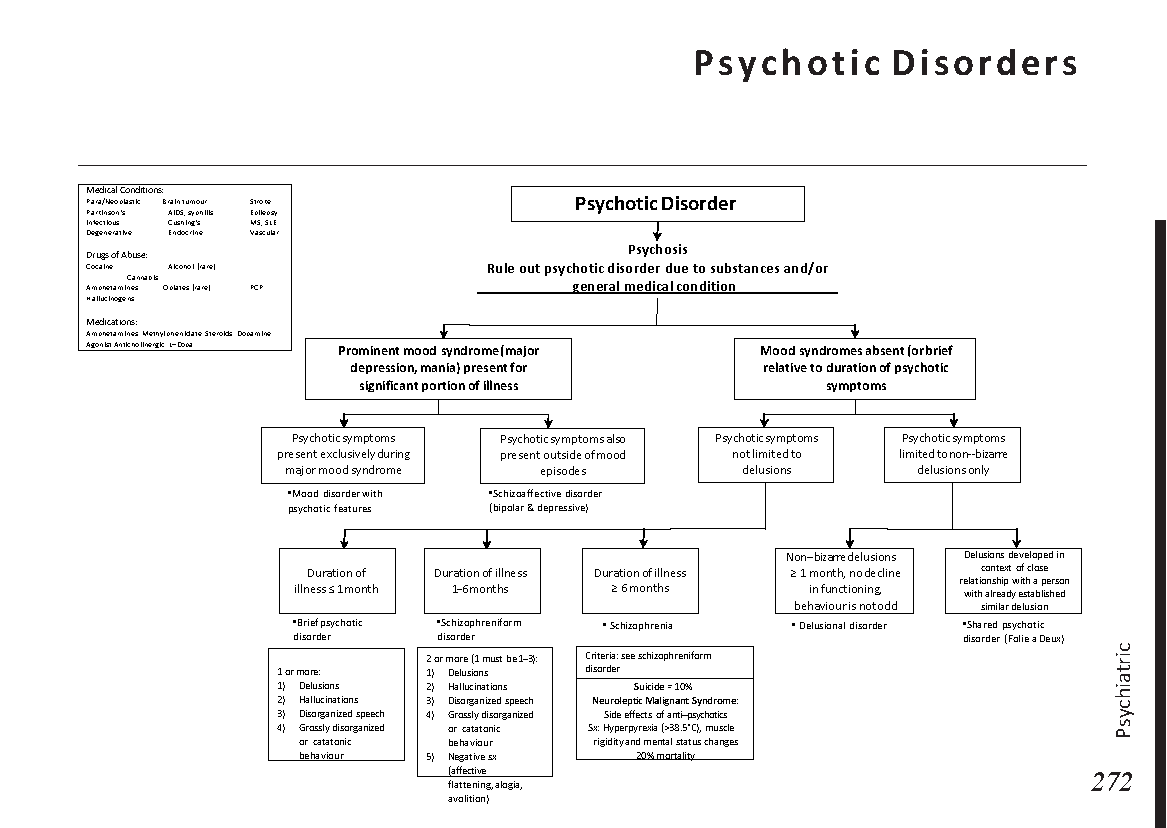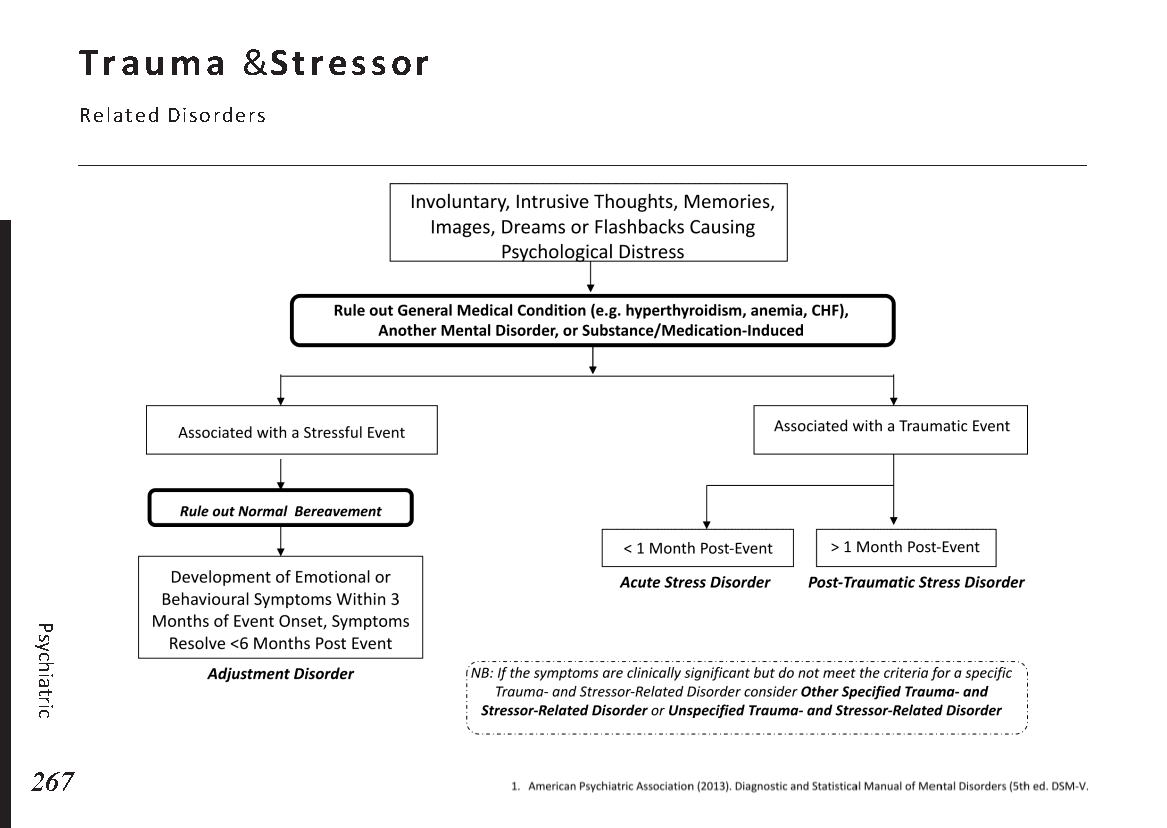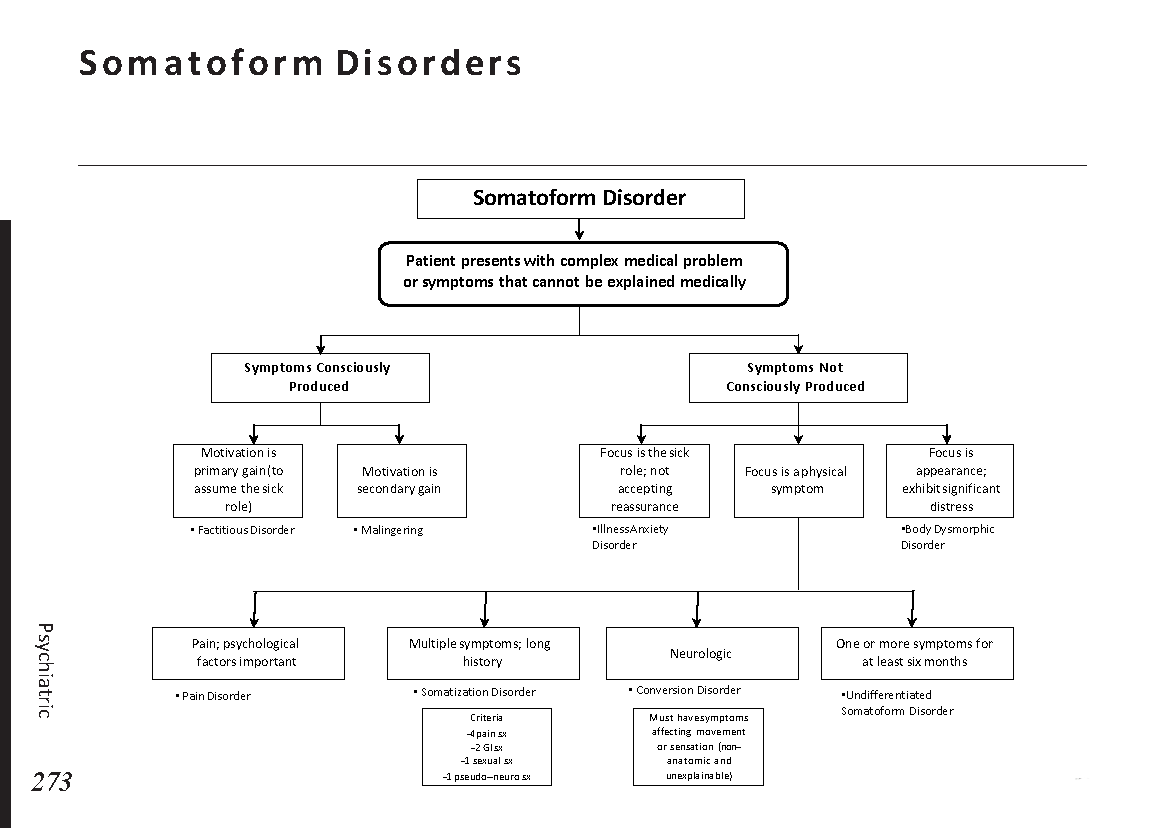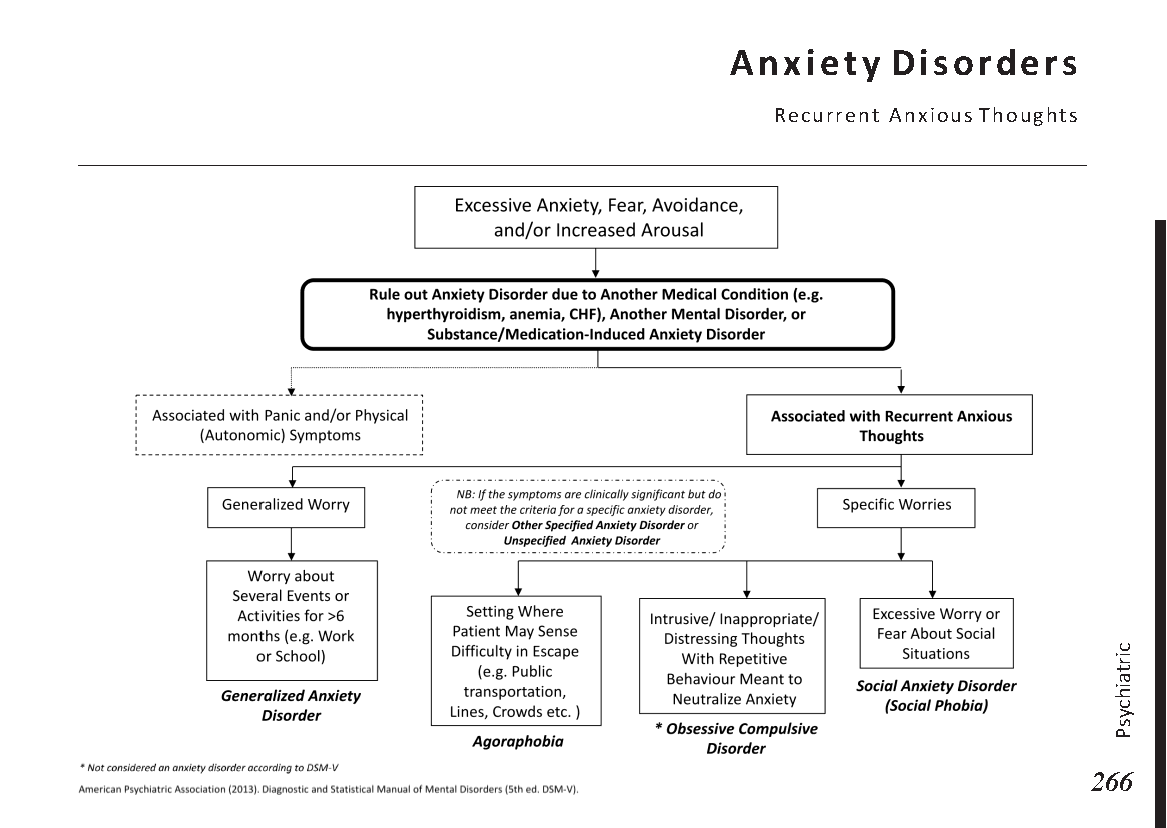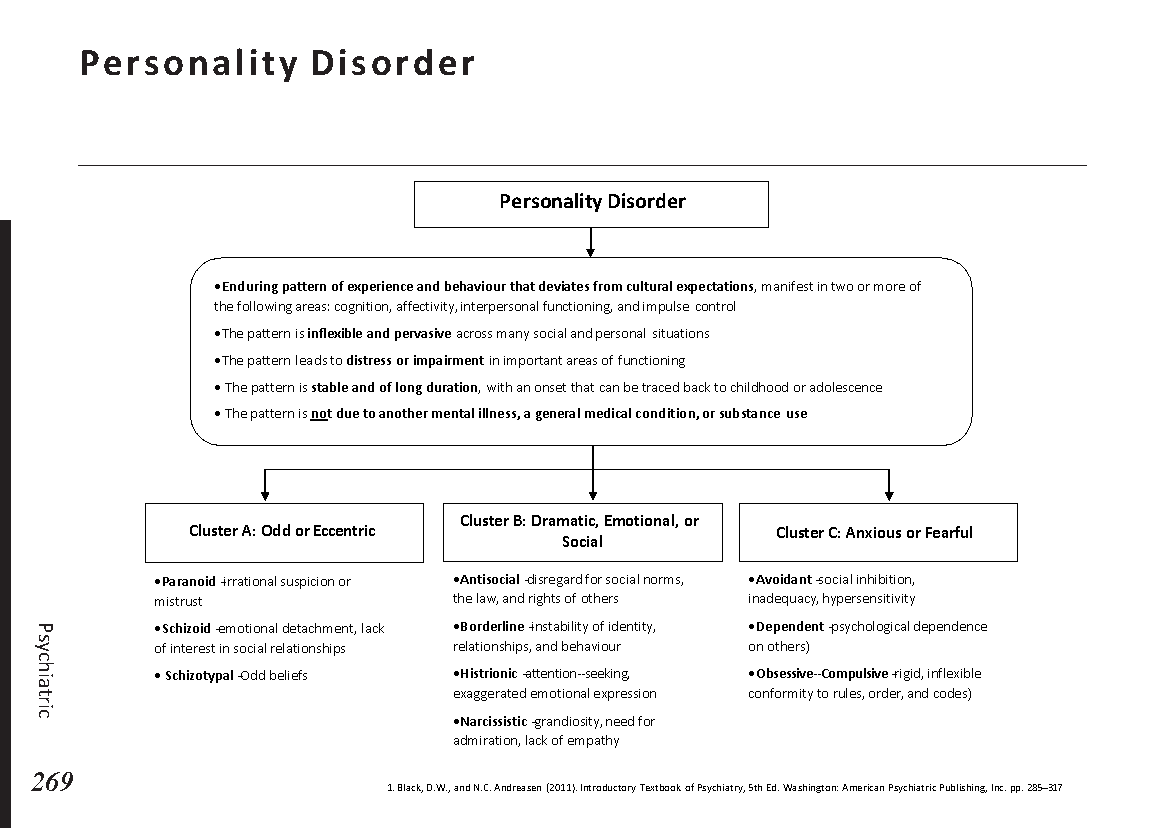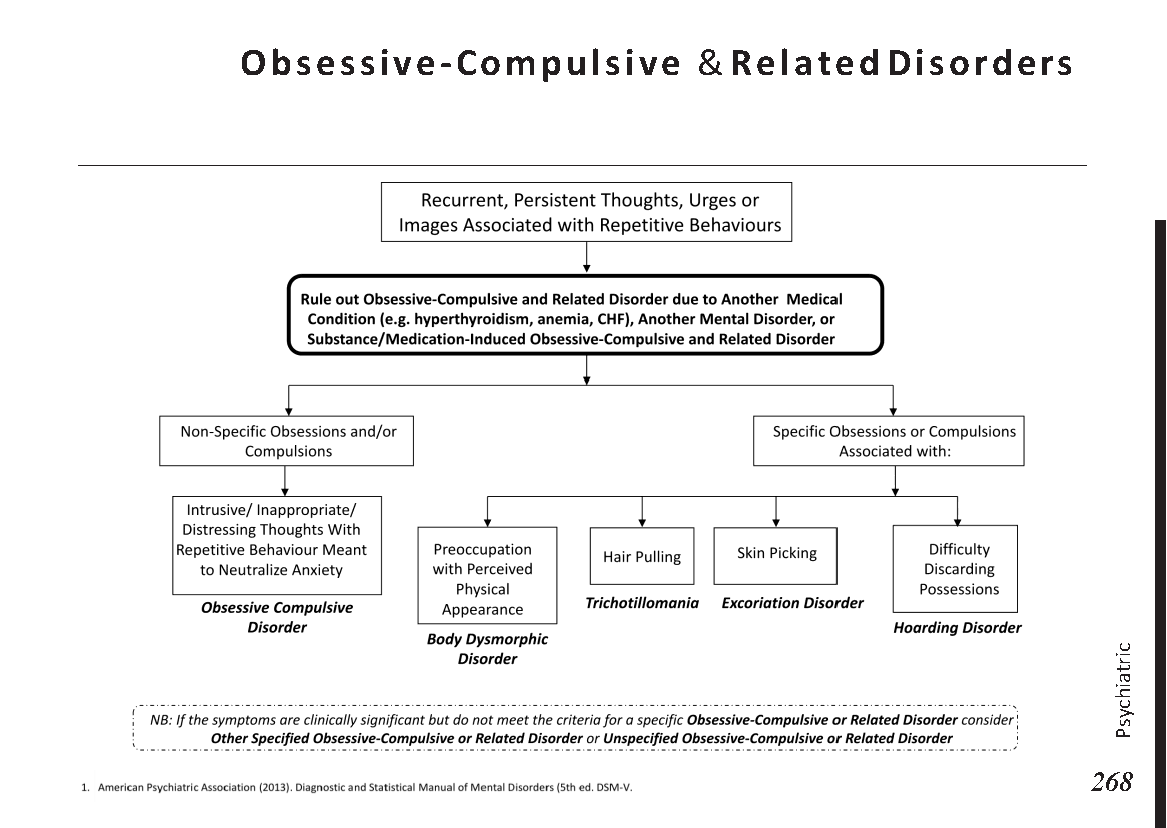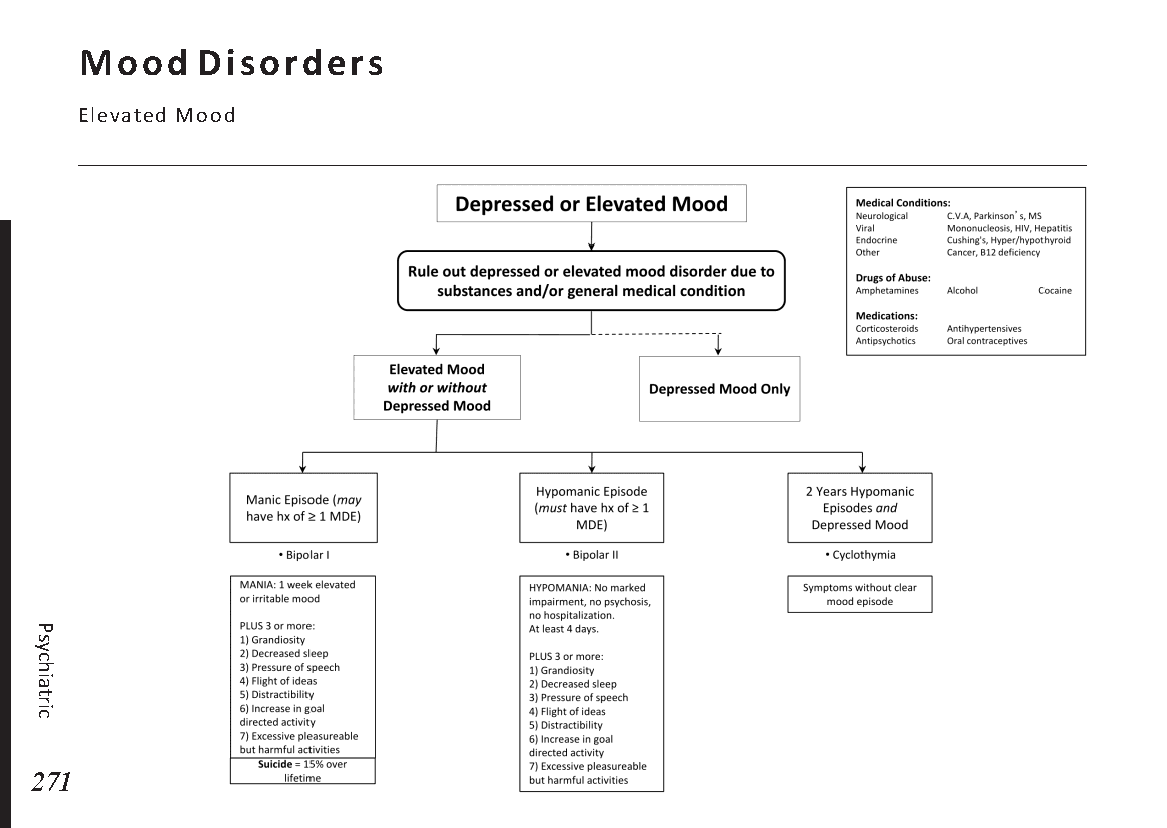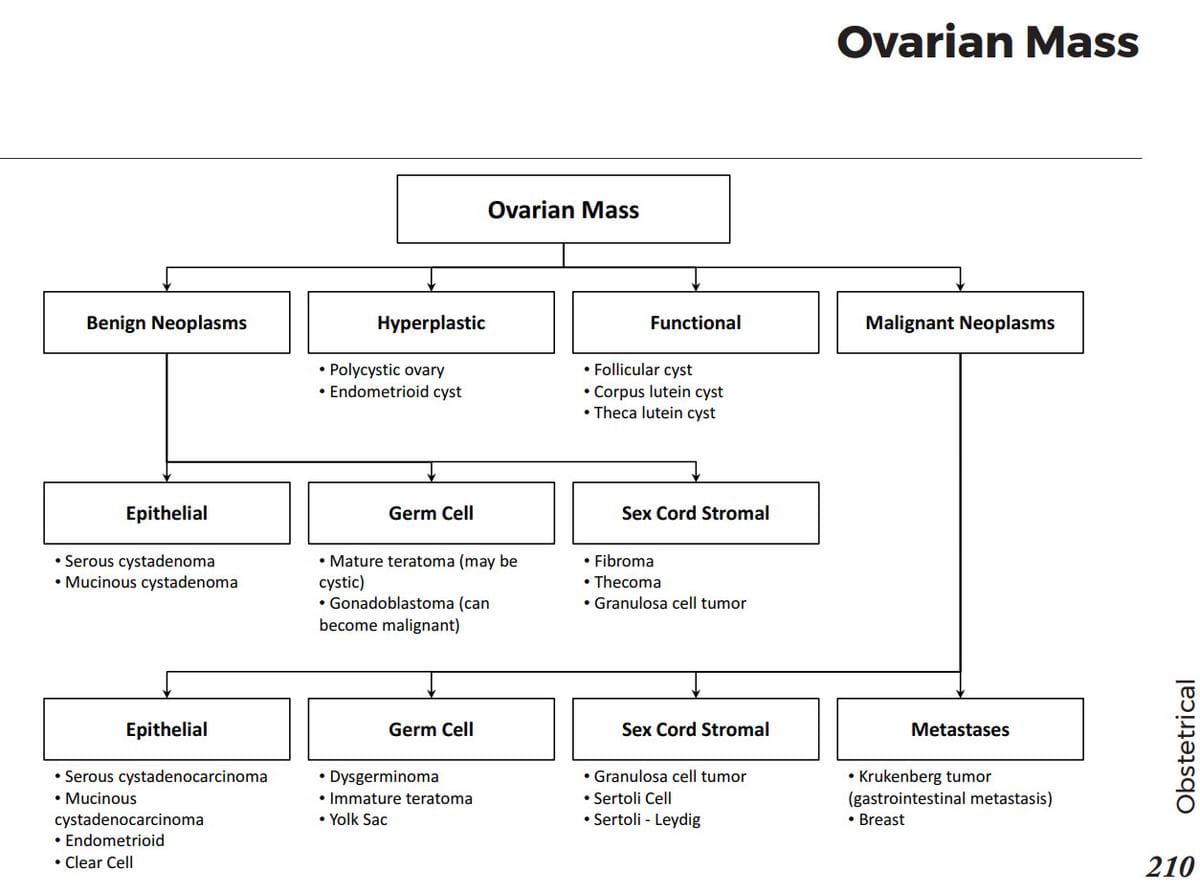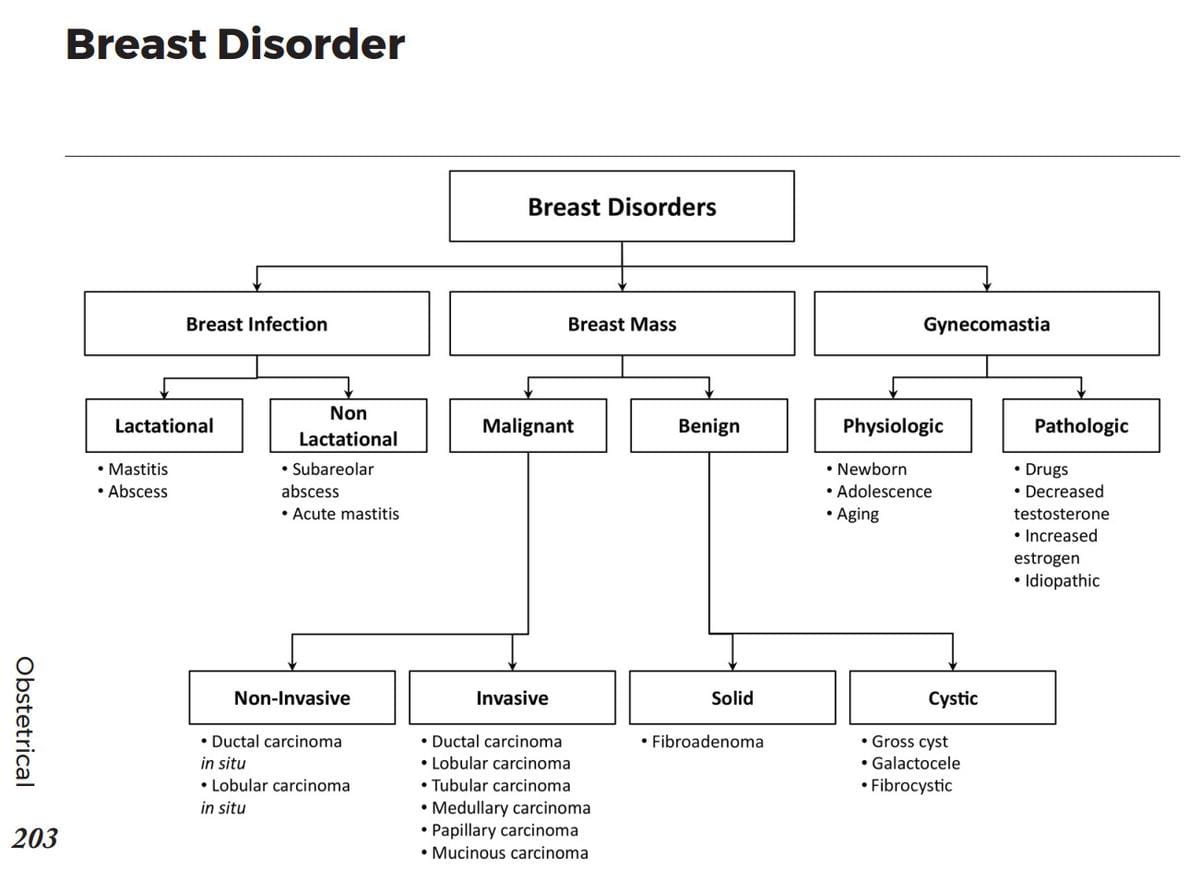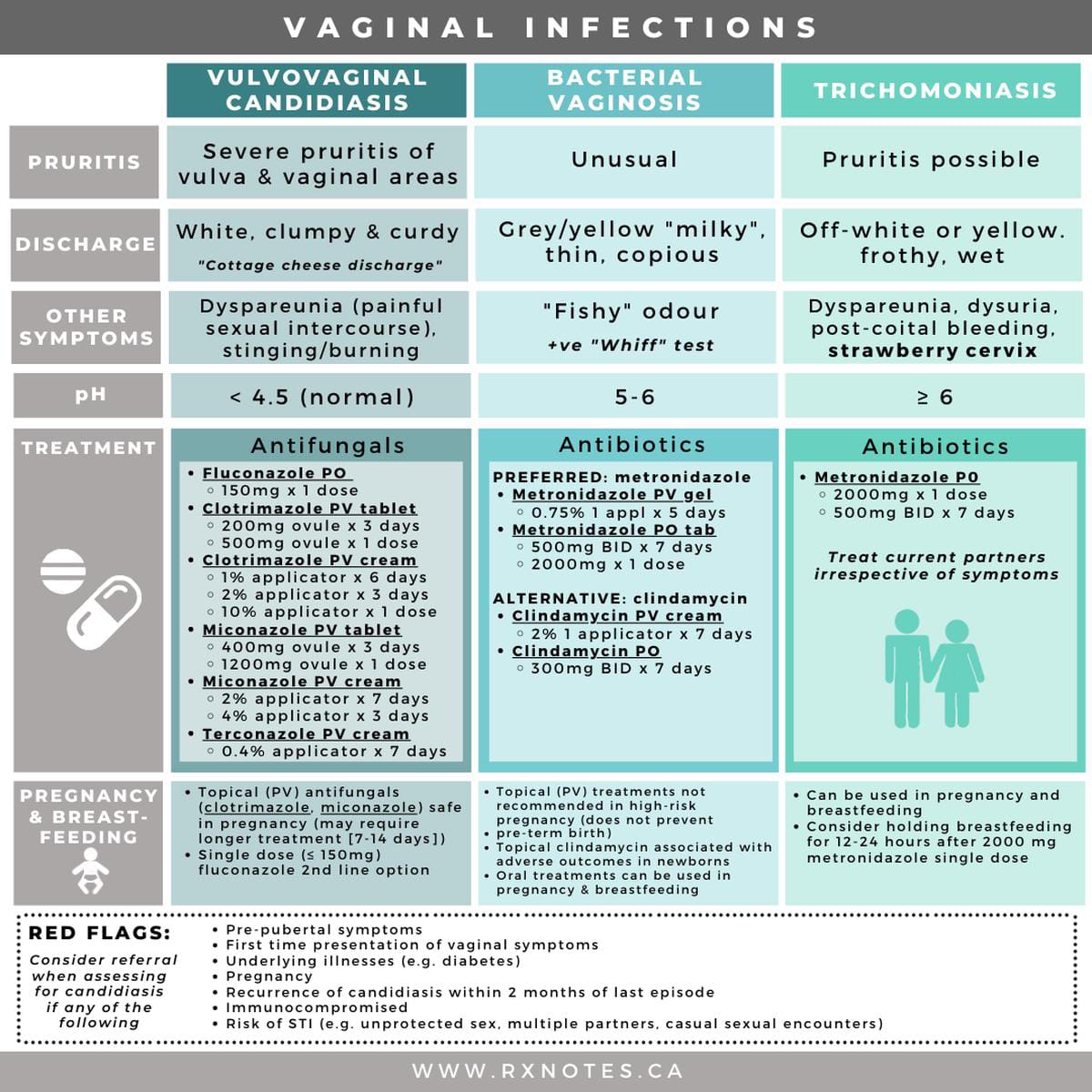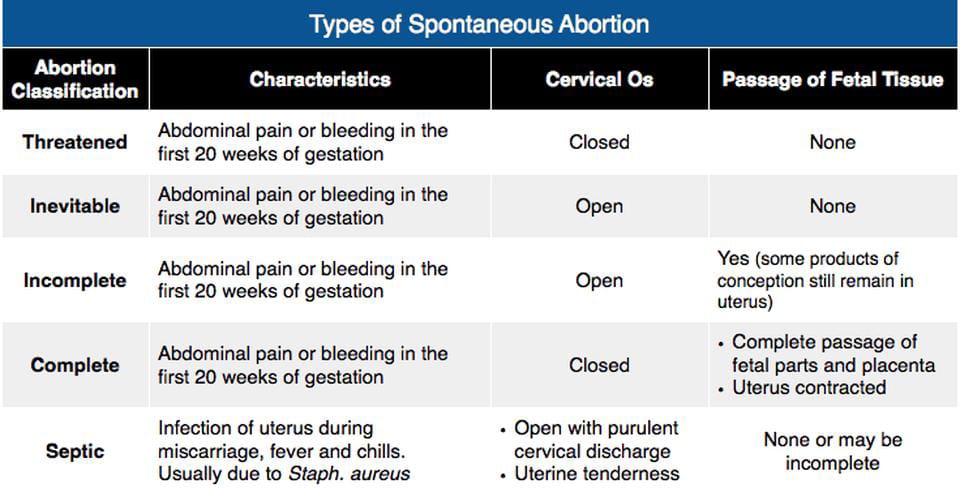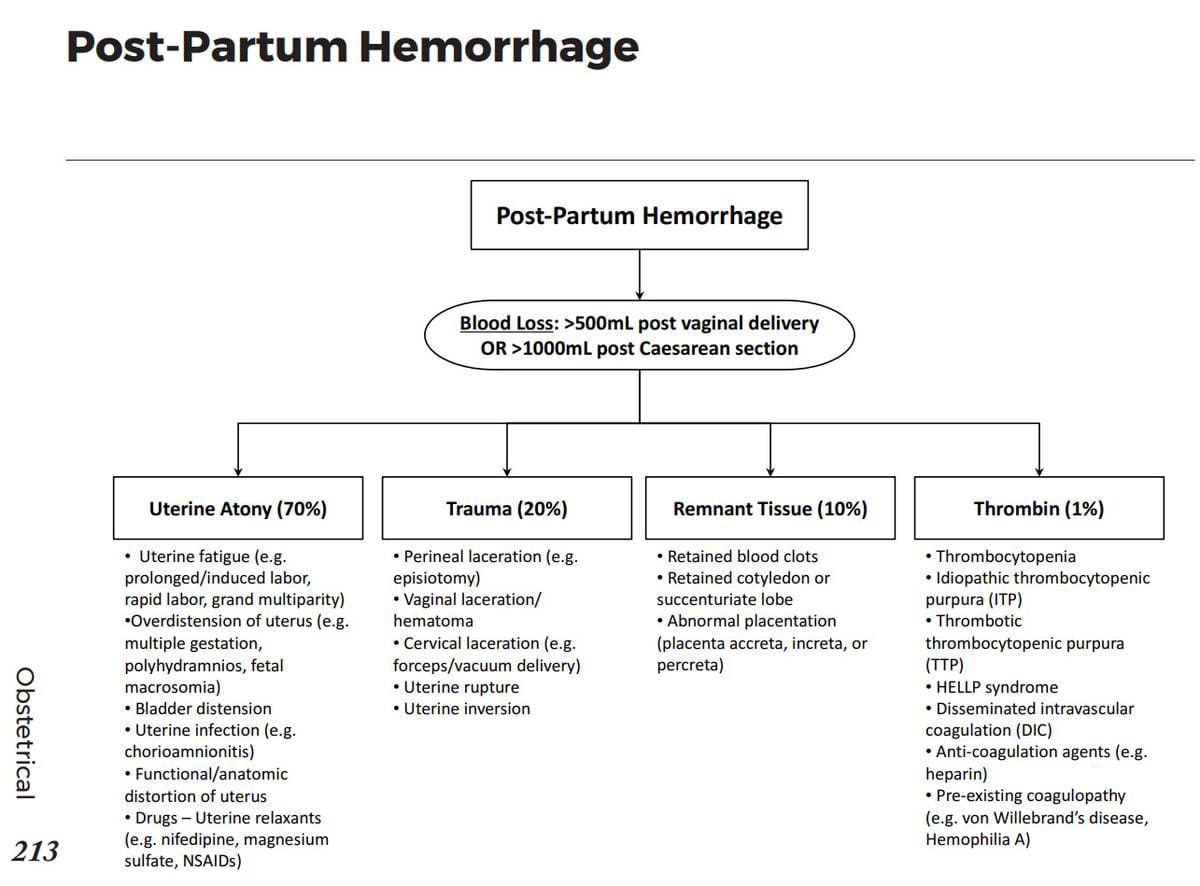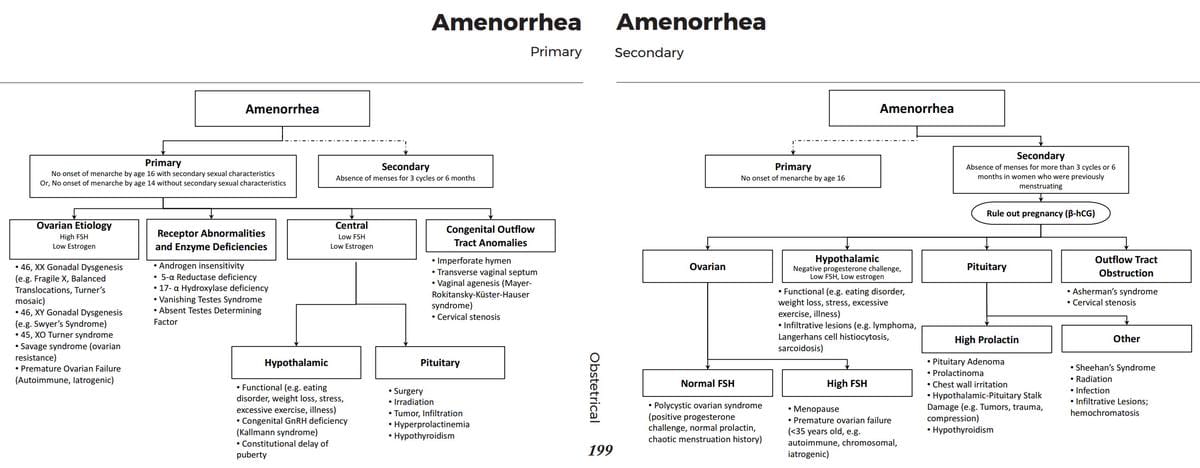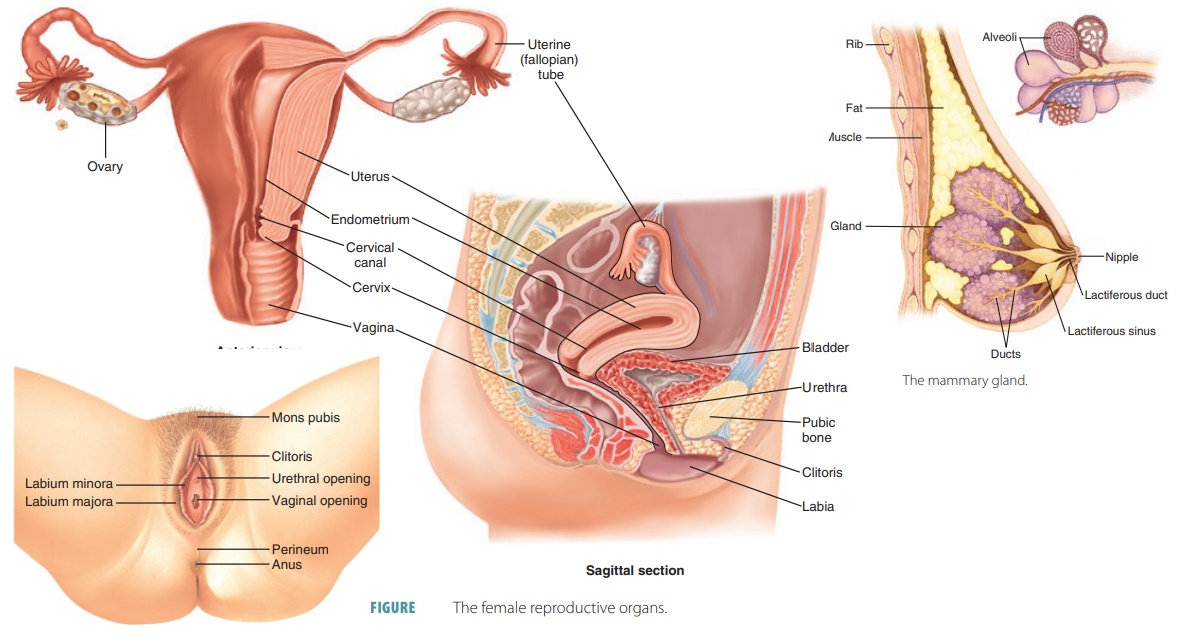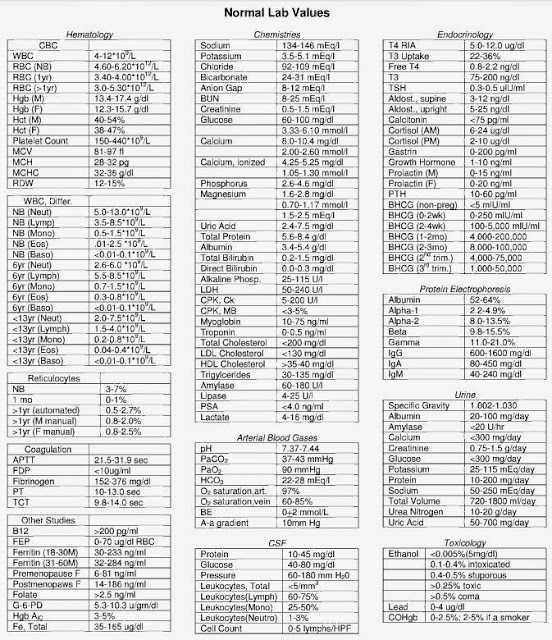Left side neck pain (modern-day issue):
One of the most frequent causes of doctor visits is left side neck pain. Problems with the musculoskeletal system—the spine, especially the backbones, or vertebrae, and the muscles and ligaments that support it—typically cause the pain. Some illnesses simply result in left side neck pain.
Neck and low back discomfort might be brought on by other conditions. Occasionally, a condition other than a musculoskeletal one—like meningitis—can cause neck pain.
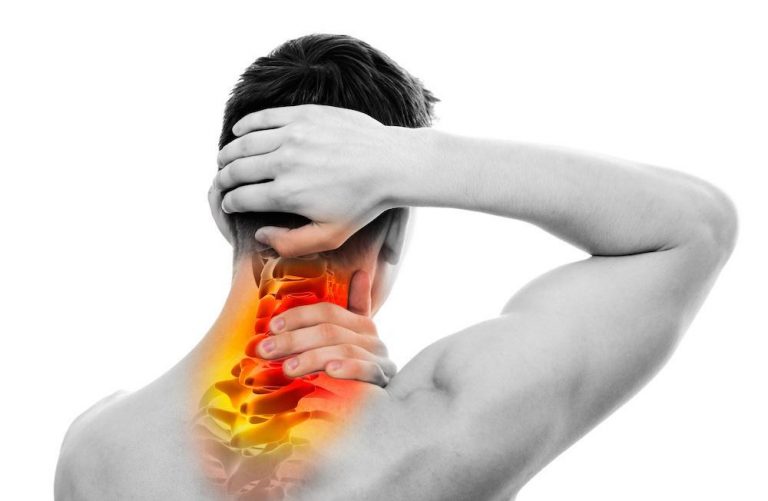
Because of its flexibility, the neck is prone to damage and accidents that cause excessive stretching, such whiplash. Additionally, the neck plays a crucial role in supporting the head upright. That task is more challenging because of poor posture. As a result, neck discomfort is frequent and gets worse as people age, just like back pain. See Sore Throat if your neck ache is at the front.
The cervical spine refers to the portion of the spine that is located in the neck. It is made up of seven back bones (vertebrae), which are divided by cartilage and jelly-like disks. The spinal cord is located in the cervical spine.
Spinal nerves emerge from gaps between the vertebrae throughout the length of the spinal cord and connect to other bodily nerves. The spinal nerve root is the portion of the spinal nerve closest to the spinal cord. The neck’s ligaments and muscles support the spine.
Damage to ligaments, muscles, disks, or bones can result in neck pain, but pain can also be brought on by harm to the spinal cord or nerves. When the spine is hurt, a spinal nerve root may be crushed, causing pain as well as occasionally arm weakness, numbness, and tingling.
The lack of bladder and bowel control (urinary incontinence) and numbness and weakness in both arms and both legs are symptoms of spinal cord compression (fecal incontinence).
Use 3D metaverse to learn more about left neck structures!
Causes of left side neck pain:
Common causes:
Muscle spasms
Arthritis (usually osteoarthritis)
Cervical spondylosis
Cervical spinal stenosis
A ruptured or herniated disk
Injuries to muscles and ligaments
Fibromyalgia
Neck muscular spasms are frequent and can happen on their own or after an injury, even a mild one.
The neck’s vertebrae and the disks between them deteriorate in cervical spondylosis, typically as a result of osteoarthritis. The nerves that come through the vertebrae may be squeezed as a result. The spinal cord can occasionally become compressed when the spinal canal becomes narrower (cervical spinal stenosis).
The disease known as cervical spinal stenosis is characterized by a narrowing of the spinal canal’s interior space. This causes compression of the spinal cord, its nerve roots, and/or the thecal sac in the cervical spine. Osteoarthritis, disk degeneration, and thickening of the soft tissues in the neck are the typical causes.
Disc herniation can result in neck pain. Each of the disks between the vertebrae has a soft, jelly-like interior and an exterior covering of cartilage (a dense, fibrous tissue). A disk’s outer layer may burst and cause discomfort if the vertebrae above and below it squeeze it frequently. Through the tear, the disk’s interior may protrude (herniate). The spinal nerve root close to the bulging disk may be pushed against or even hurt. The disk very very rarely compresses the spinal cord.
Injury-causing behaviors include lifting, exercising, and moving unexpectedly. Traumatic events like a fall or automobile accident can also result in injuries. Imaging studies frequently fail to reveal any specific injured structures, but clinicians still believe that certain muscles and/or ligaments have been impacted.
A prevalent source of discomfort, which can occasionally include neck pain, is fibromyalgia. Other than the neck, this condition can cause chronic, widespread discomfort in muscles and other soft tissues.
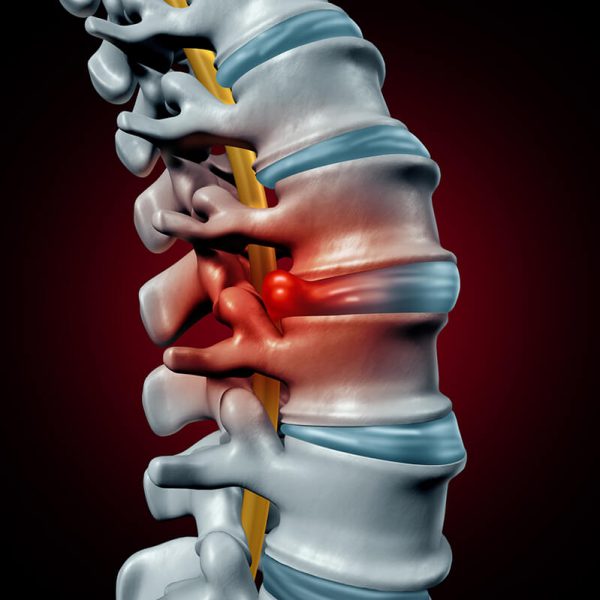
Less common causes:
A tear in the lining of a neck artery (dissection)
Meningitis
A spinal tumor or infection
A heart attack or angina (chest pain due to an inadequate blood supply to the heart muscle )
evaluation of left side neck pain:
People experiencing left side neck pain may find the following material useful in determining if they require a medical evaluation as well as in preparing them for the evaluation itself. First, during the evaluation, specialists look for significant illnesses.
Warning signs
In people with left side neck pain, certain signs are cause for concern. They include:
Loss of strength or sensation in the arms and legs—possibly a symptom of nerve damage
Fever
Night sweats
Headache
Lethargy or confusion
Chest discomfort
Sudden sweating or difficulty breathing
Pain that is triggered by exertion or worsens during exertion
When to see a doctor
People should consult a doctor right away if they experience any warning signals, such as trouble swallowing or pain.
People should consult a doctor within a day or two if they experience significant pain without any prior symptoms, especially if it is not eased by acetaminophen or an NSAID.
Other patients can decide how quickly they need to be seen by calling their doctor or waiting a few days.
Treatment of left side neck pain:
General measures for neck pain:
Taking drugs that relieve pain
Applying heat or cold to the painful area
Modifying activities
Light exercise as tolerated
left side Neck pain is typically caused by a sprain, muscular spasm, or other musculoskeletal injury, and all that is required to treat it is an over-the-counter painkiller like acetaminophen or an NSAID. In most cases, symptoms go entirely.
Acetaminophen can be used since it is believed to be safer than NSAIDs if inflammation is not a factor in the pain (as is the case with sprains, spasms, and other injuries). Heat or ice could be beneficial.
Opioid analgesics may be prescribed by doctors if additional pain relief is required, but they should only be taken for a brief period of time because prolonged use of these drugs can actually make people more sensitive to pain, cause side effects like drowsiness, confusion, and constipation, and increase the risk of developing a substance use disorder.
The effectiveness of muscle relaxants such carisoprodol, cyclobenzaprine, diazepam, metaxalone, or methocarbamol is debatable. Since elderly persons are more likely to experience negative effects, muscle relaxants are not advised for them.
Avoiding irritating activities like prolonged sitting (especially when using a computer, phone, or other electronic device) may be beneficial. When standing, sitting, lying down, or engaging in any activity, it’s critical to maintain proper body mechanics and posture.
People are instructed on proper neck-friendly methods to stand, sit, and sleep. Use a pillow if you sleep on your side to keep your head and neck in a neutral position (not tilted down toward the bed or up toward the ceiling). When sleeping on their backs, people should use a pillow to support their head and neck but not to elevate them. Avoid sleeping on your stomach at all costs.
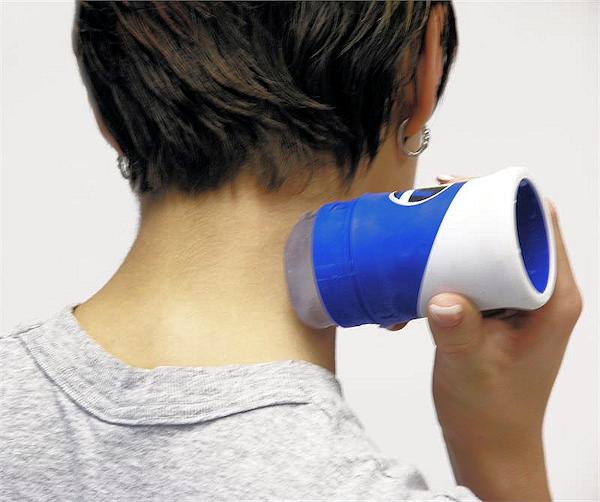
Other measures to reduce neck pain:
People who have discomfort in one arm and have arm or leg weakness or other signs of nerve injury may benefit from more rigorous therapy. Traction may be useful. Corticosteroids have been used to lessen symptoms, both orally and sporadically by epidural injection.
Surgery for neck pain:
People who have severe weakness or discomfort and have a compressed spinal cord or spinal nerve as a result of a herniated disk in the neck may need surgery.
The most common treatments involve surgically removing the disk (diskectomy) and fusing the vertebrae together (cervical or spinal fusion). However, success rates are roughly the same for patients who receive surgical or nonsurgical treatment. Depending on the underlying condition, surgery may or may not be useful for treating neck discomfort.
Article writer
This article was written by Hashem Khdour, Medical Doctor and the founder of Medicogenic medicine learning & health website

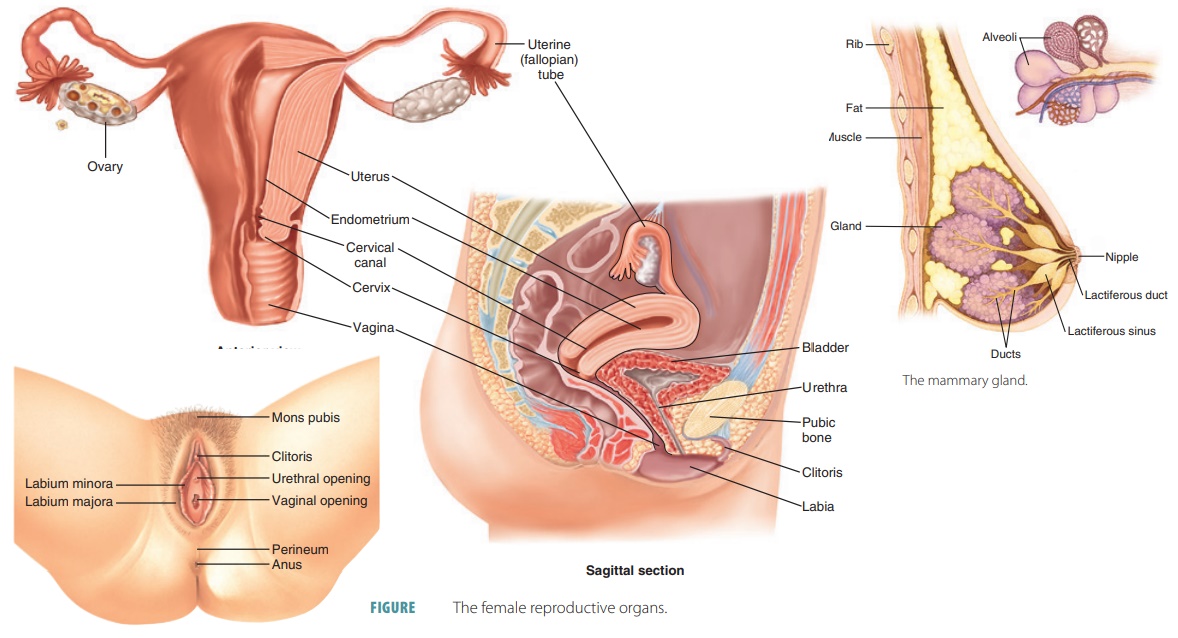 Menstrual cycle physiology:
Menstrual cycle physiology:

